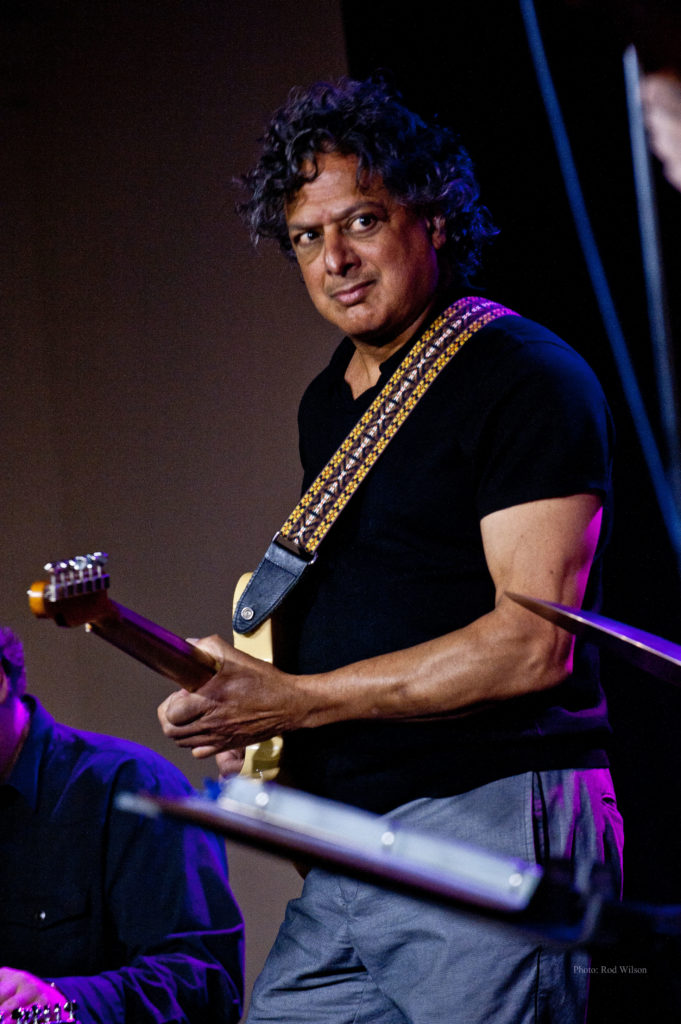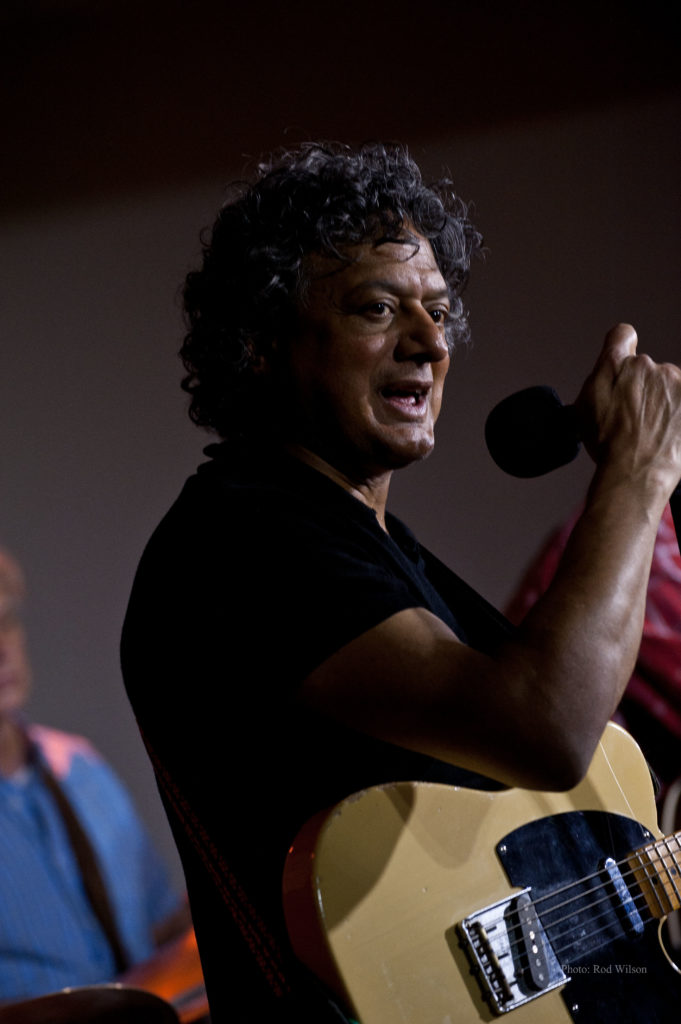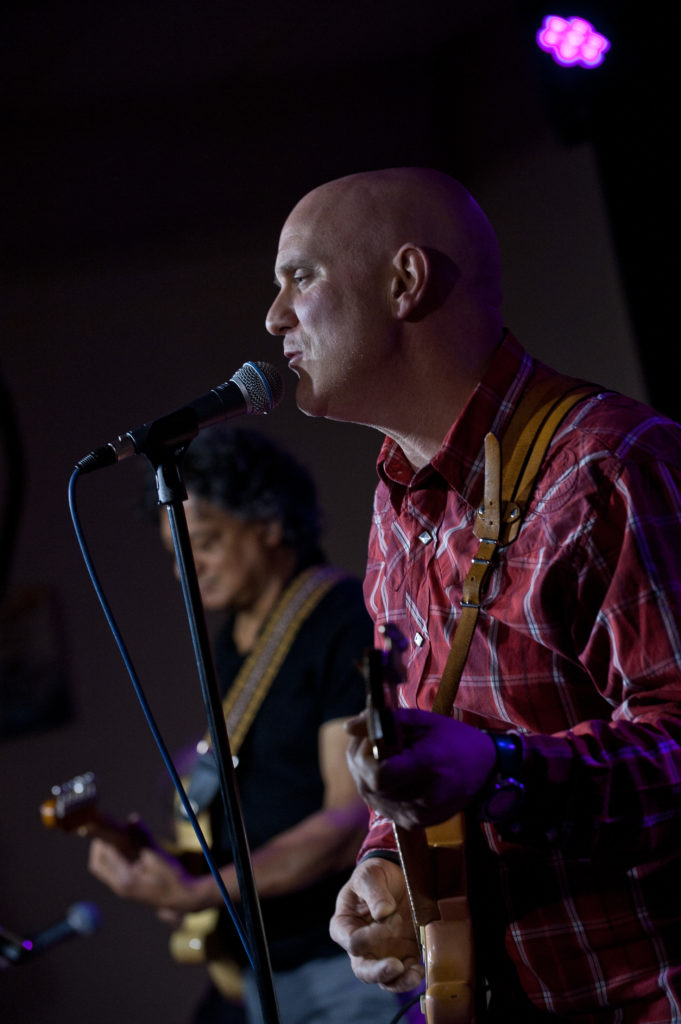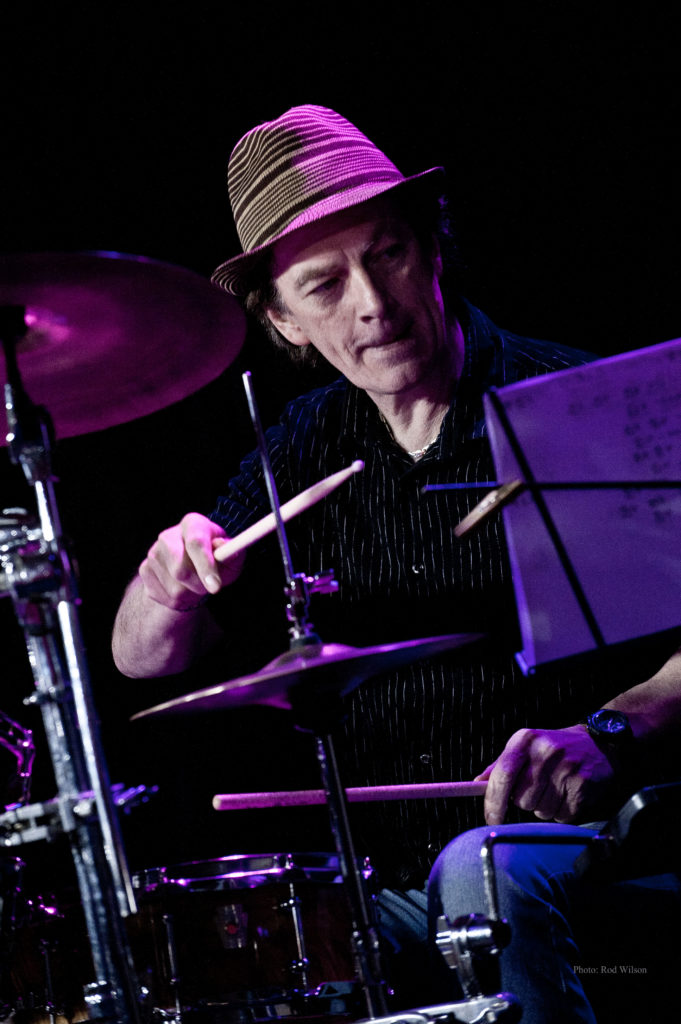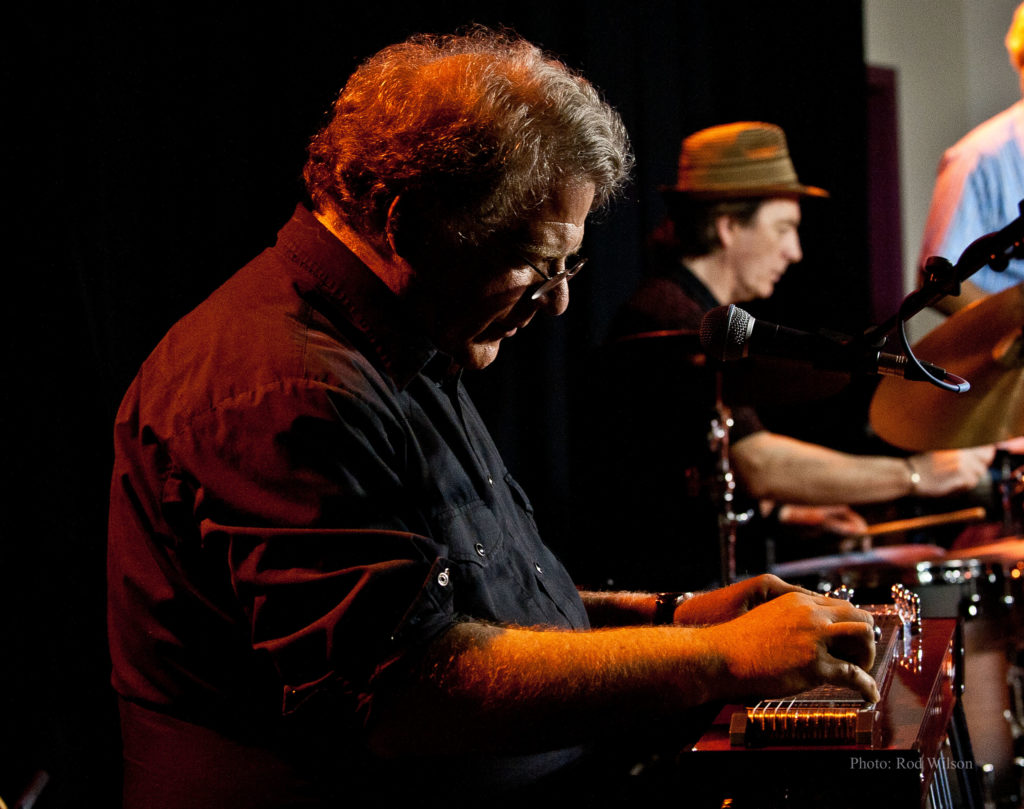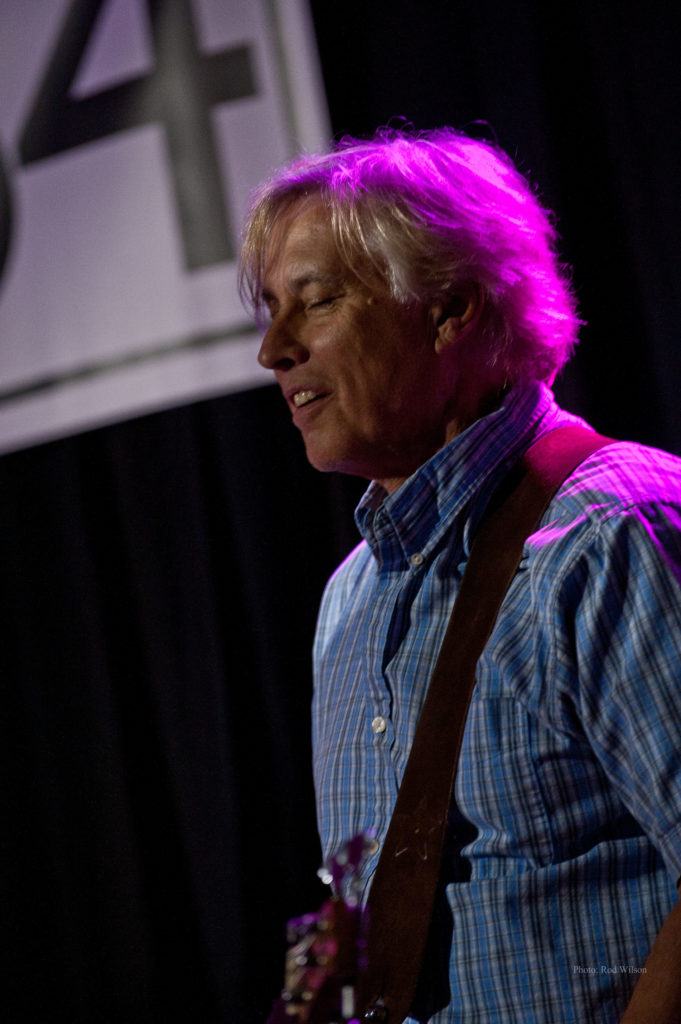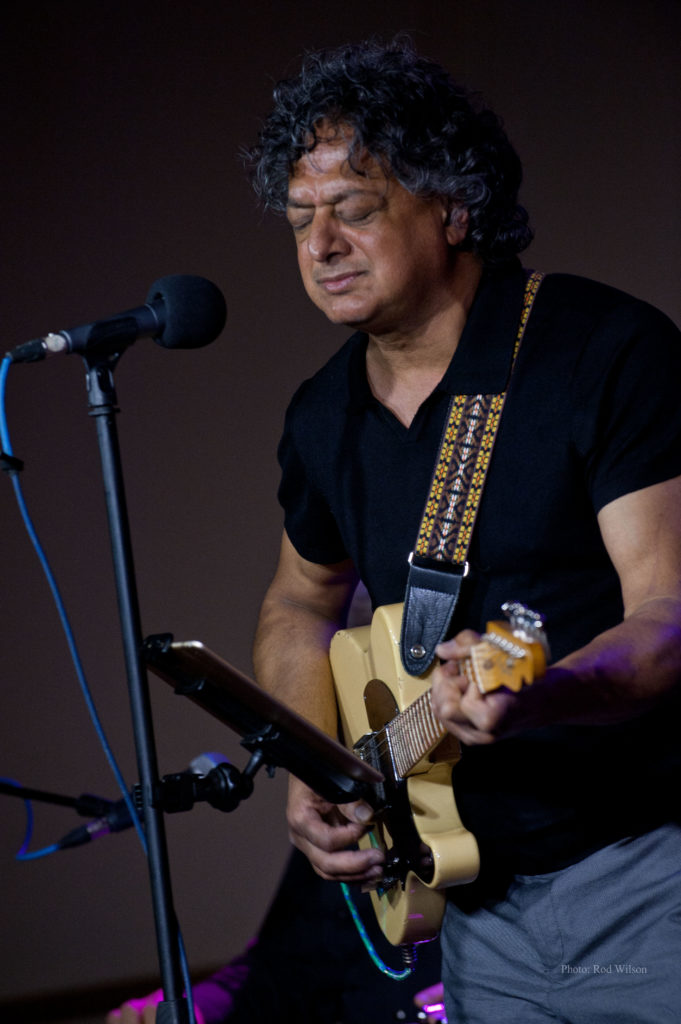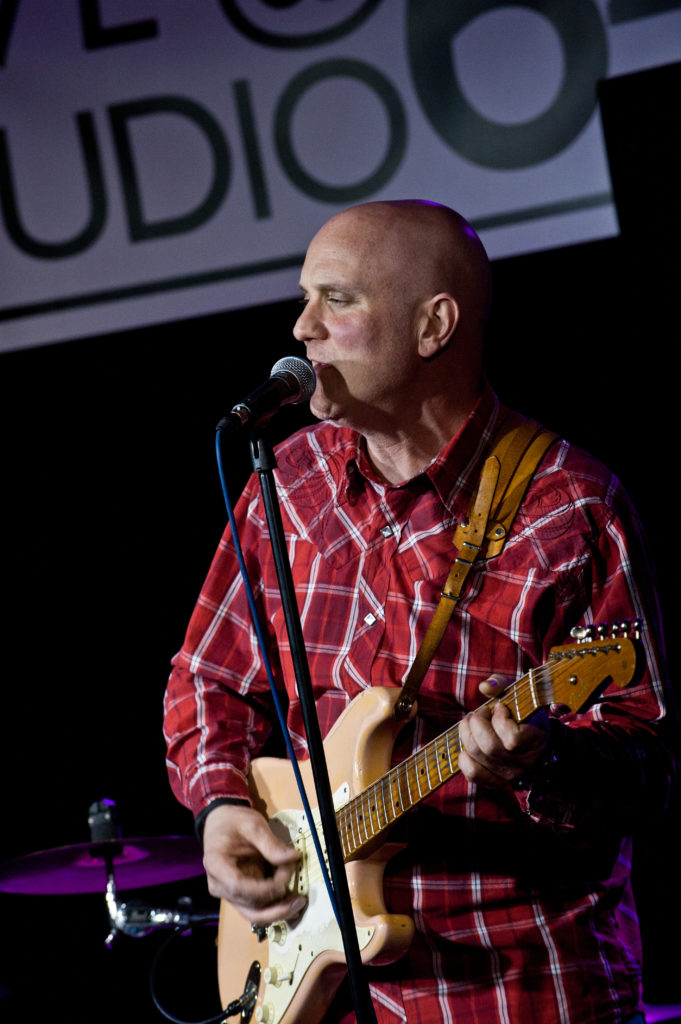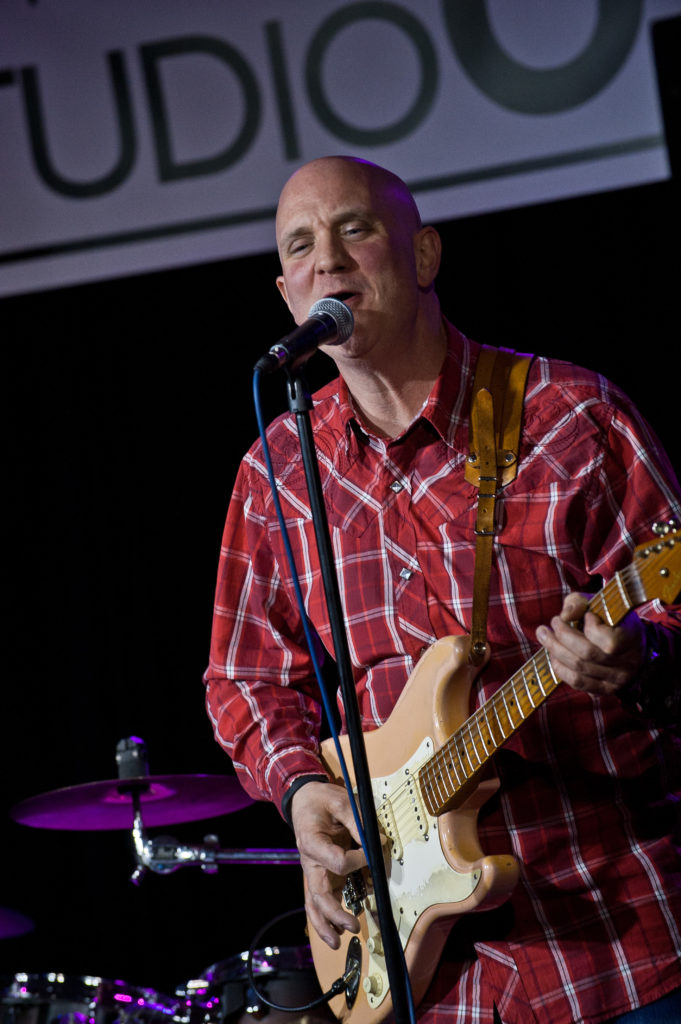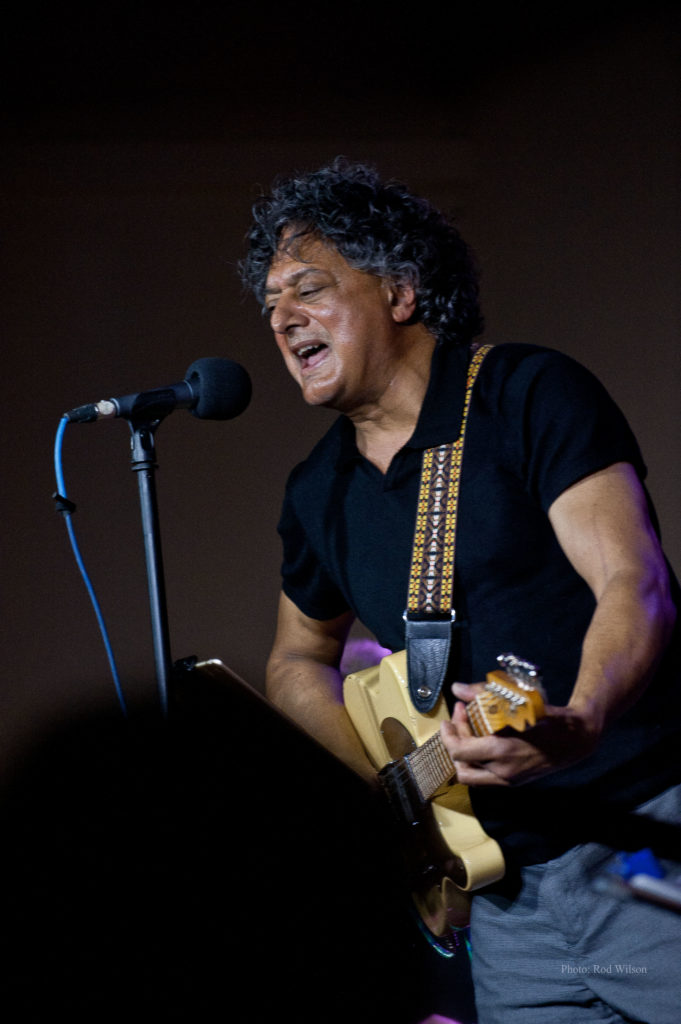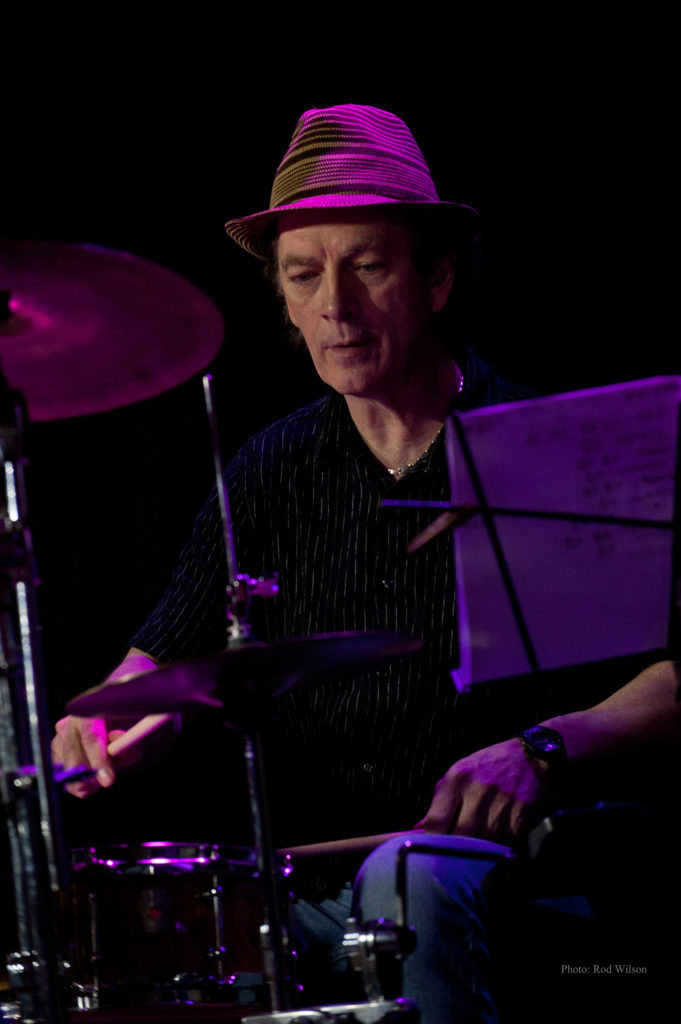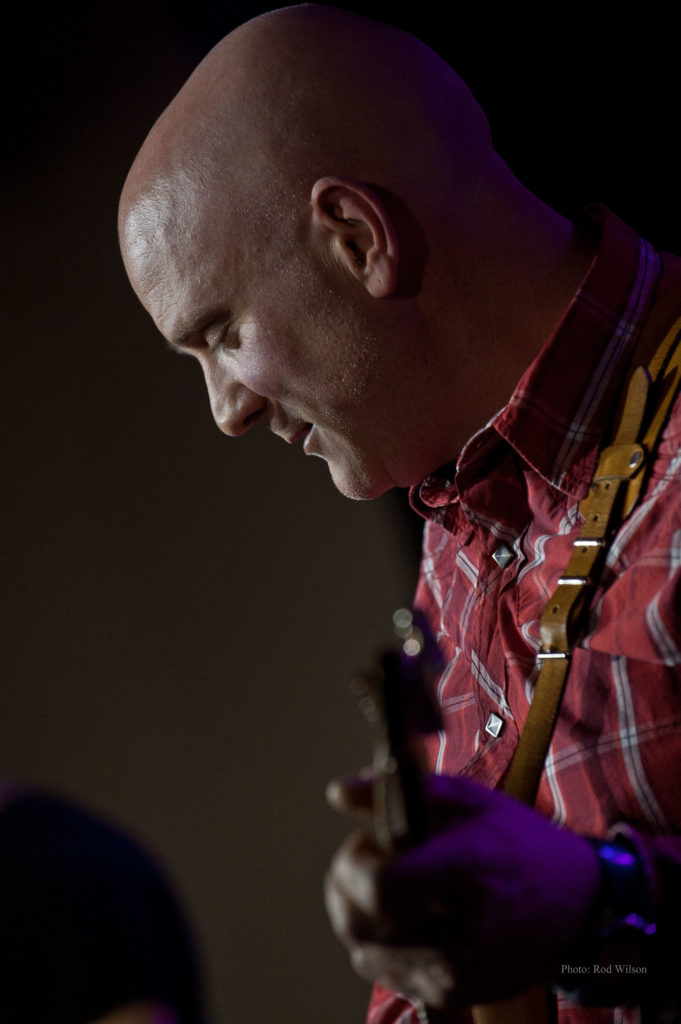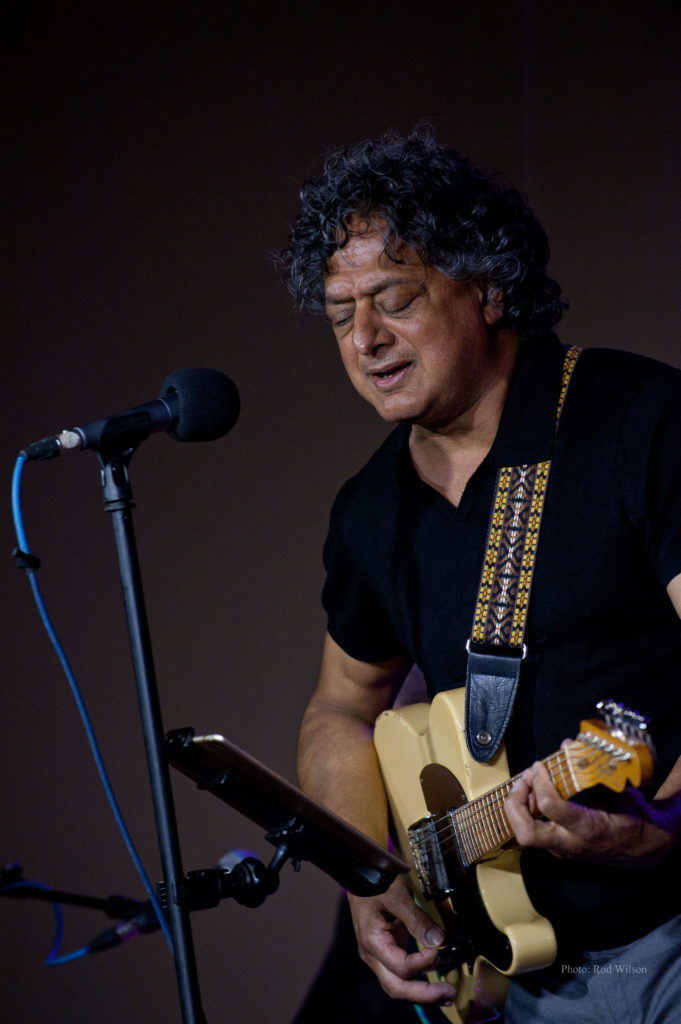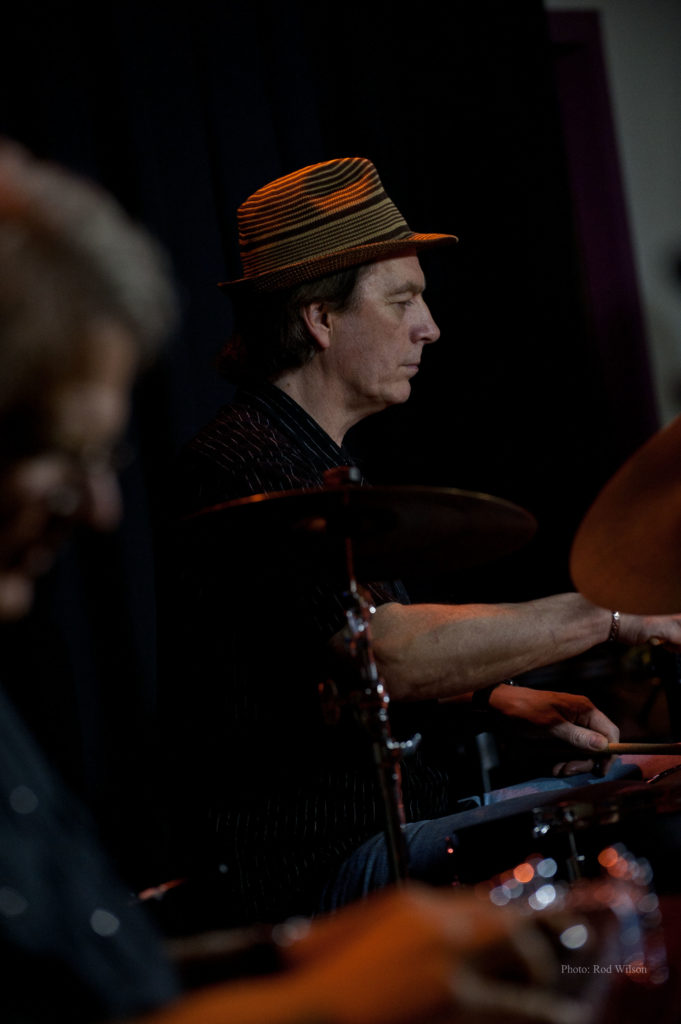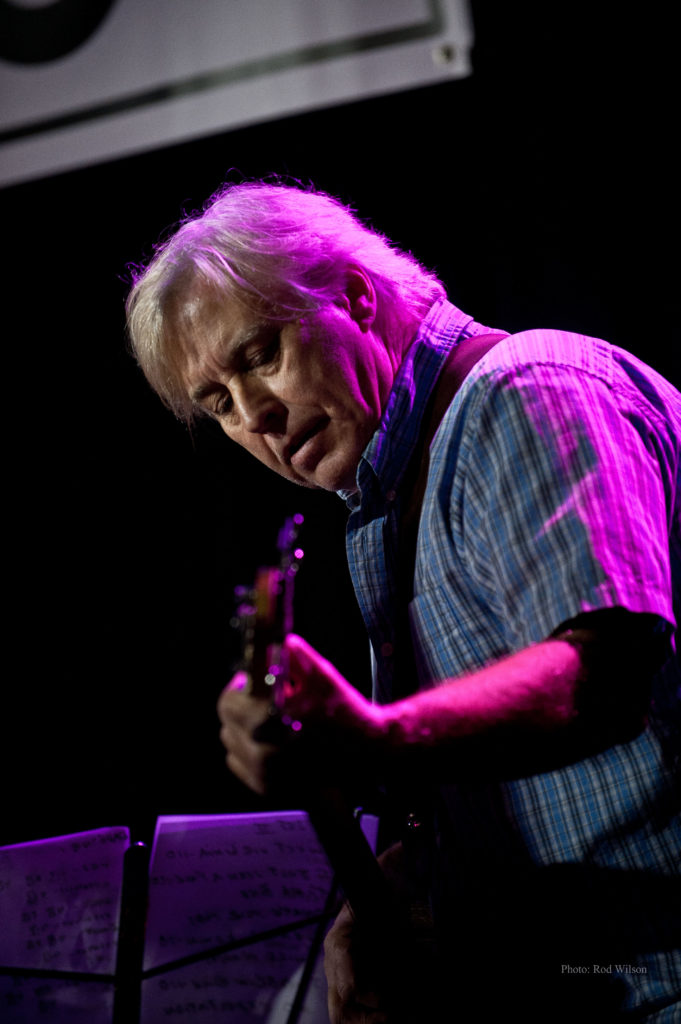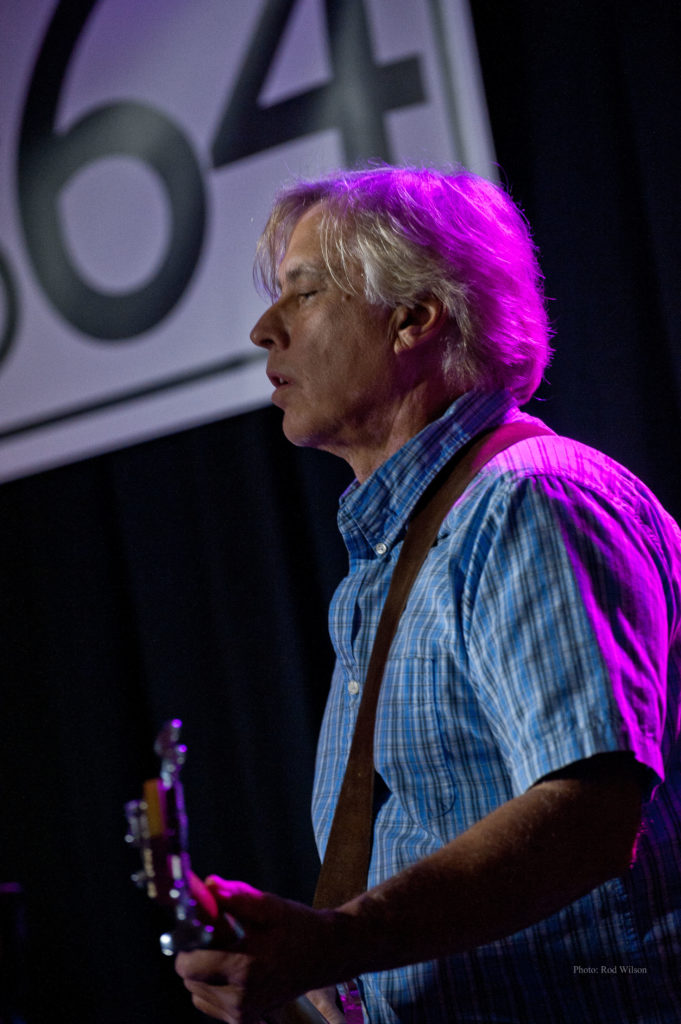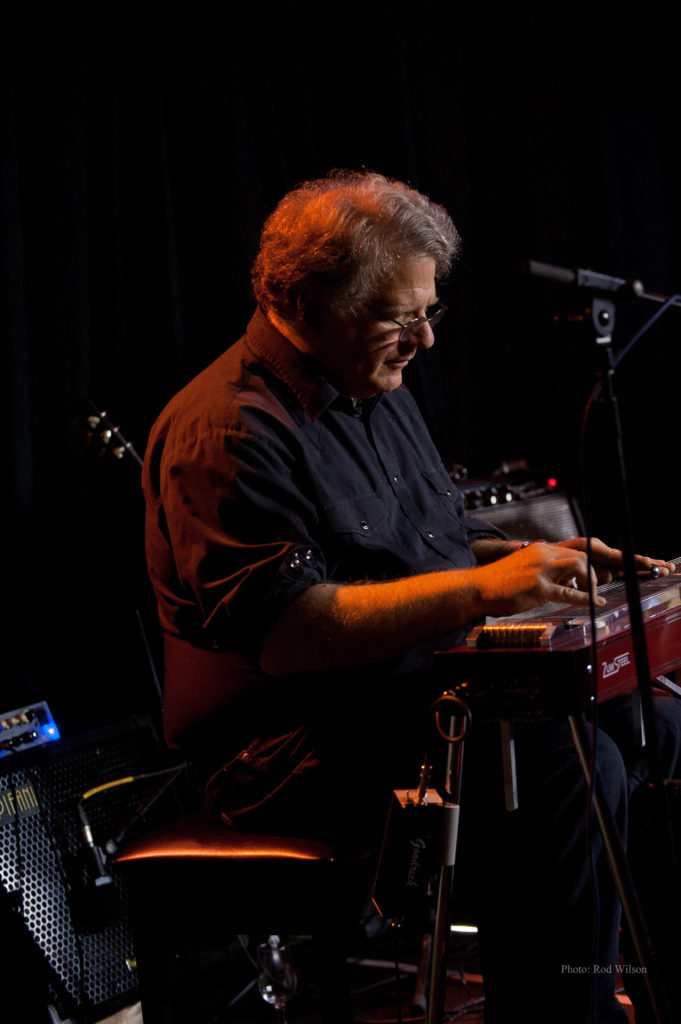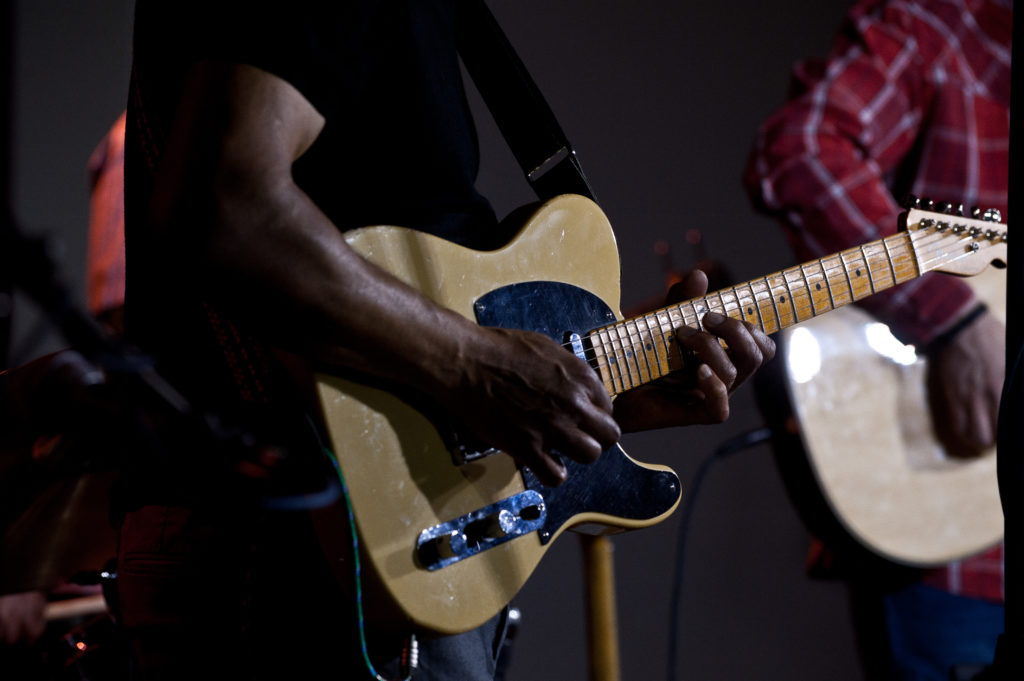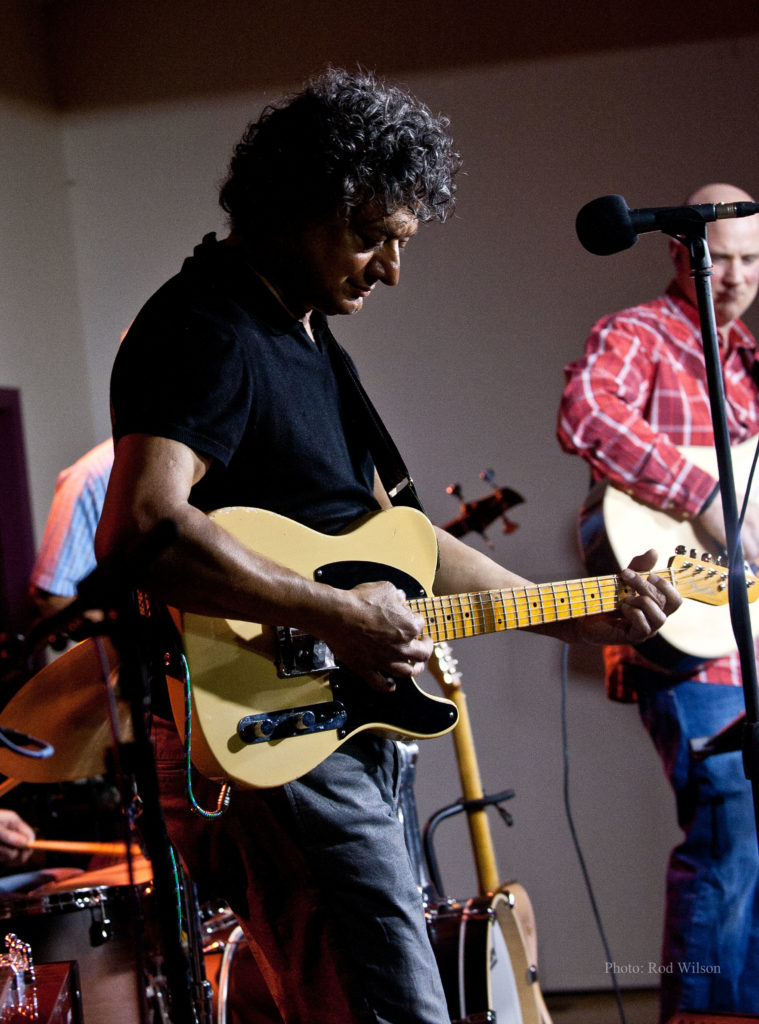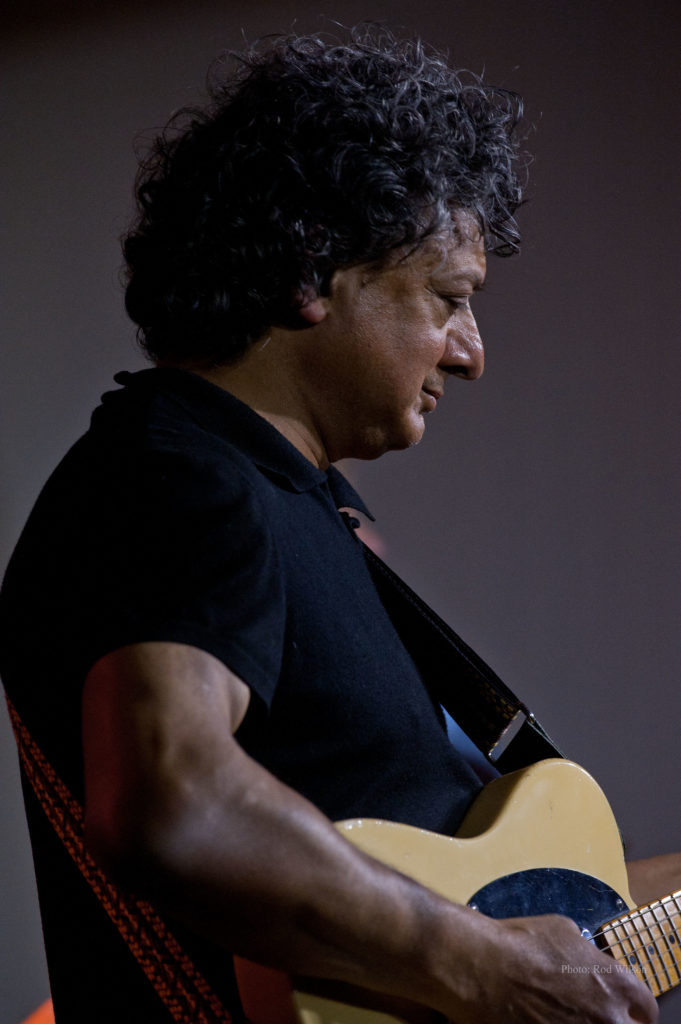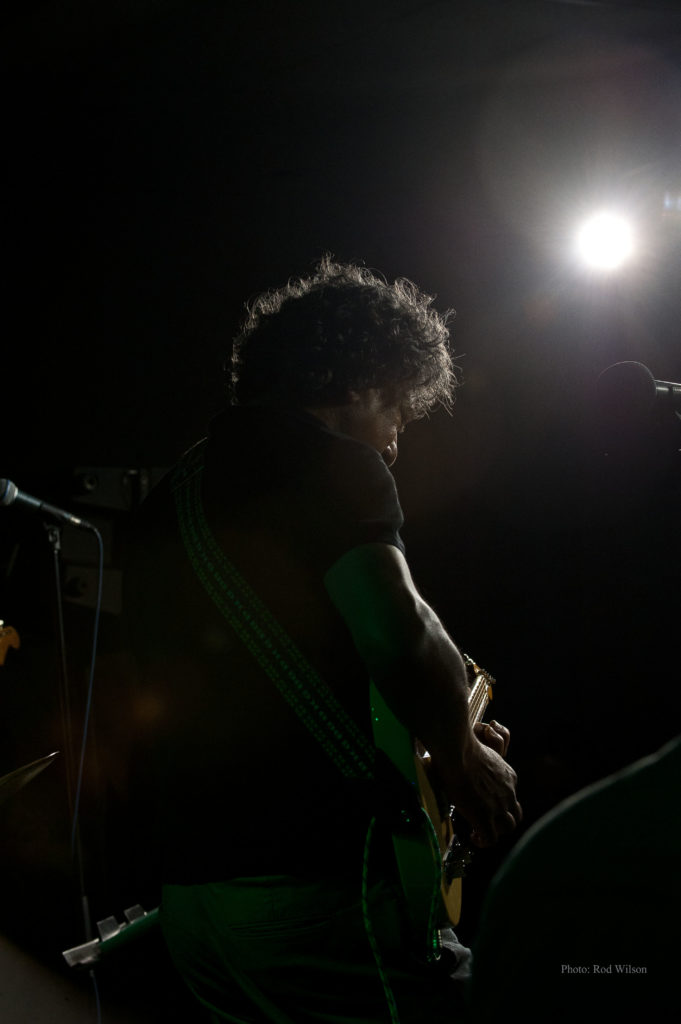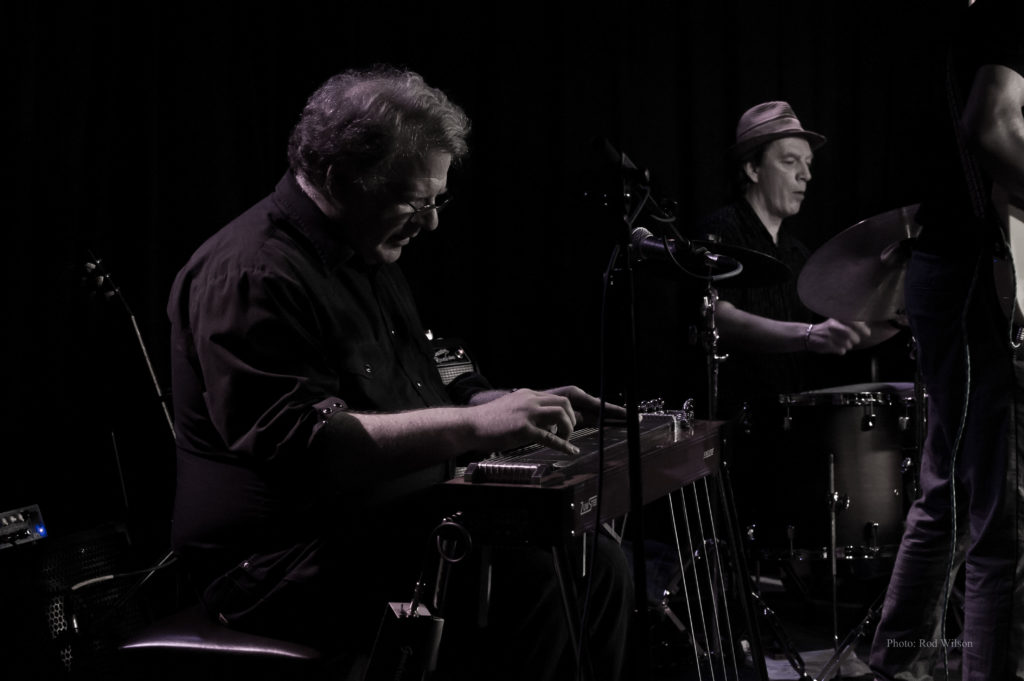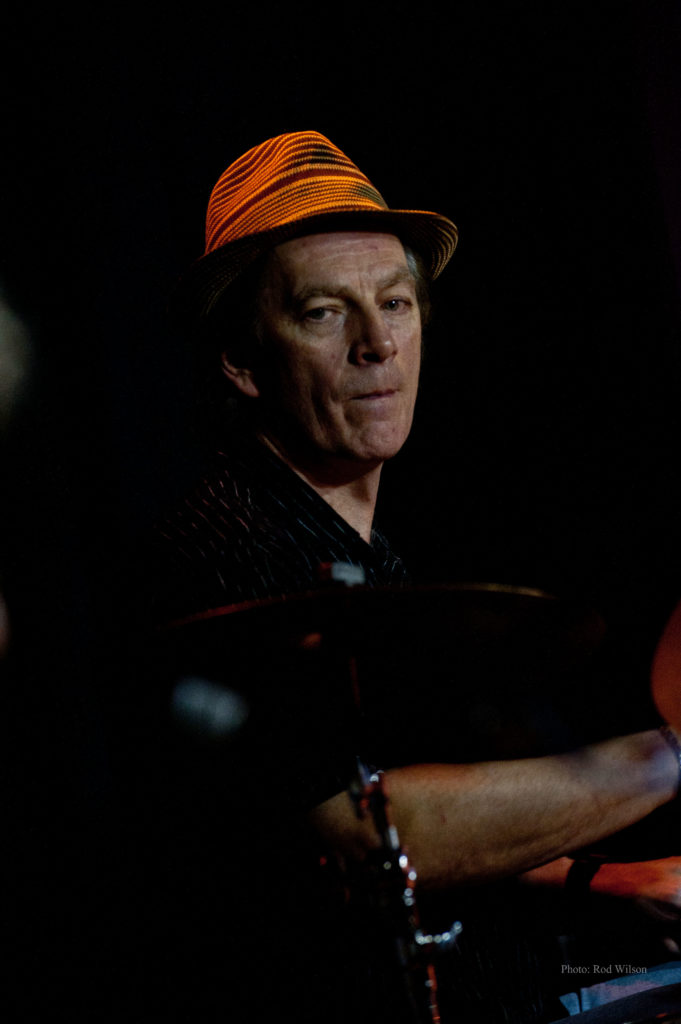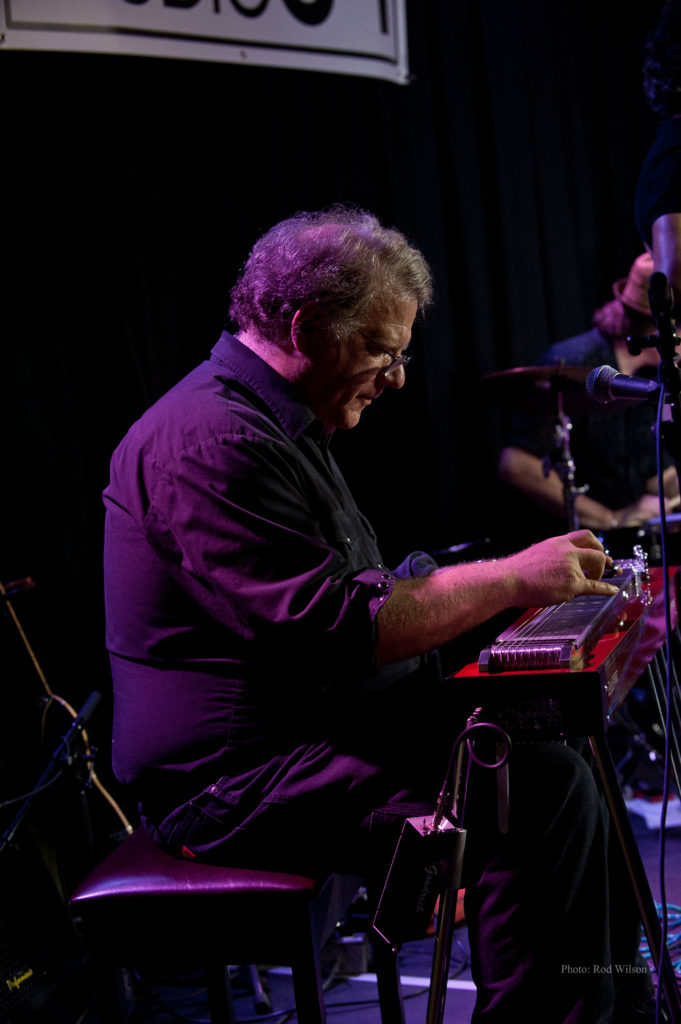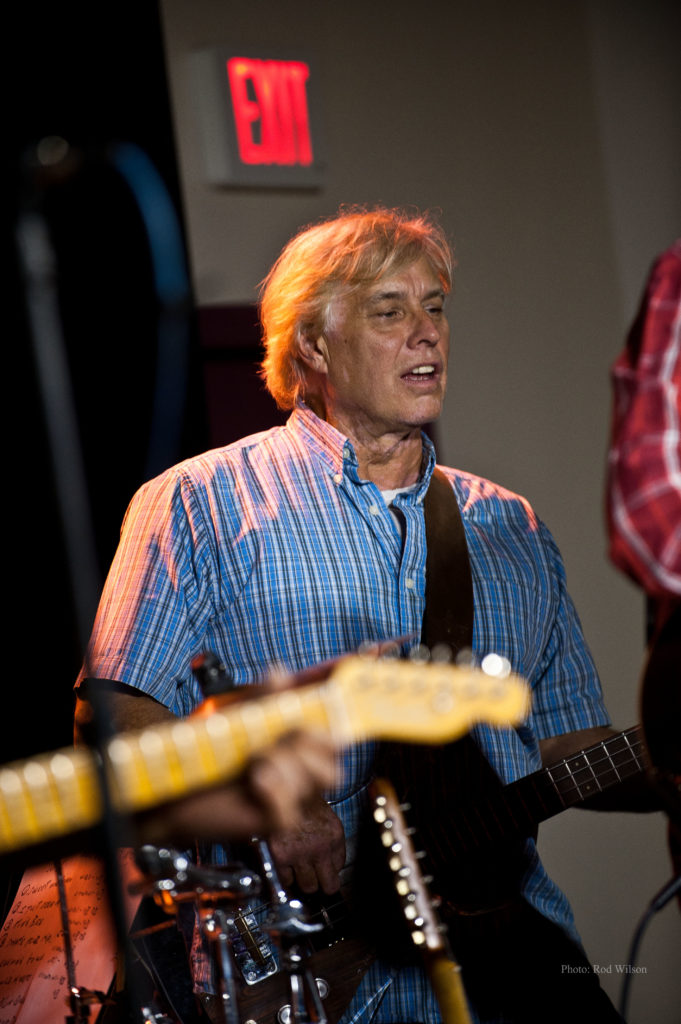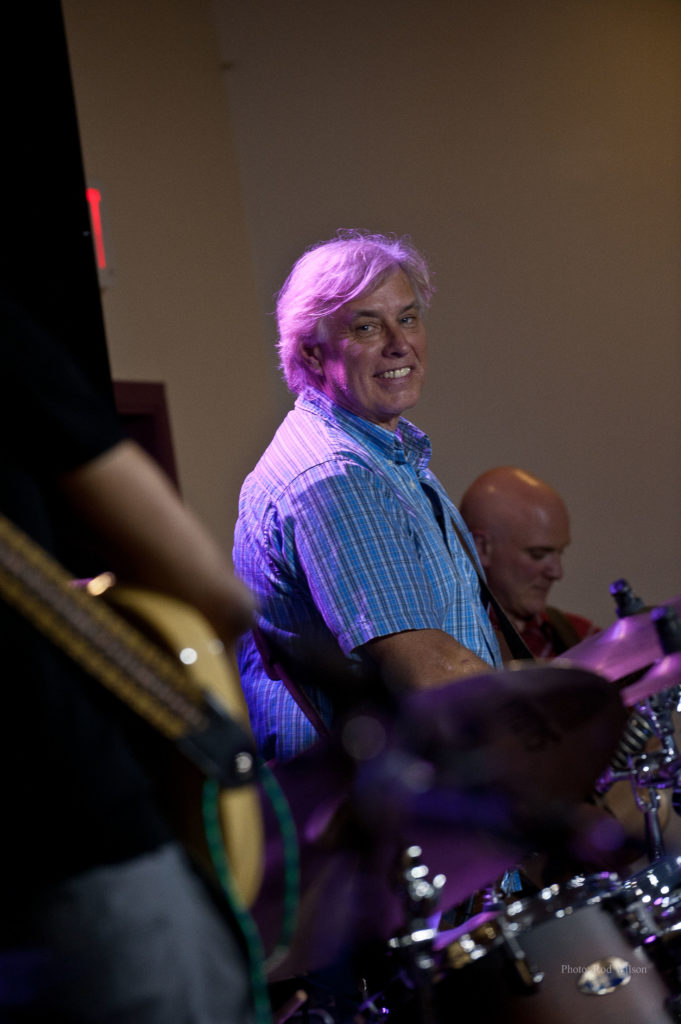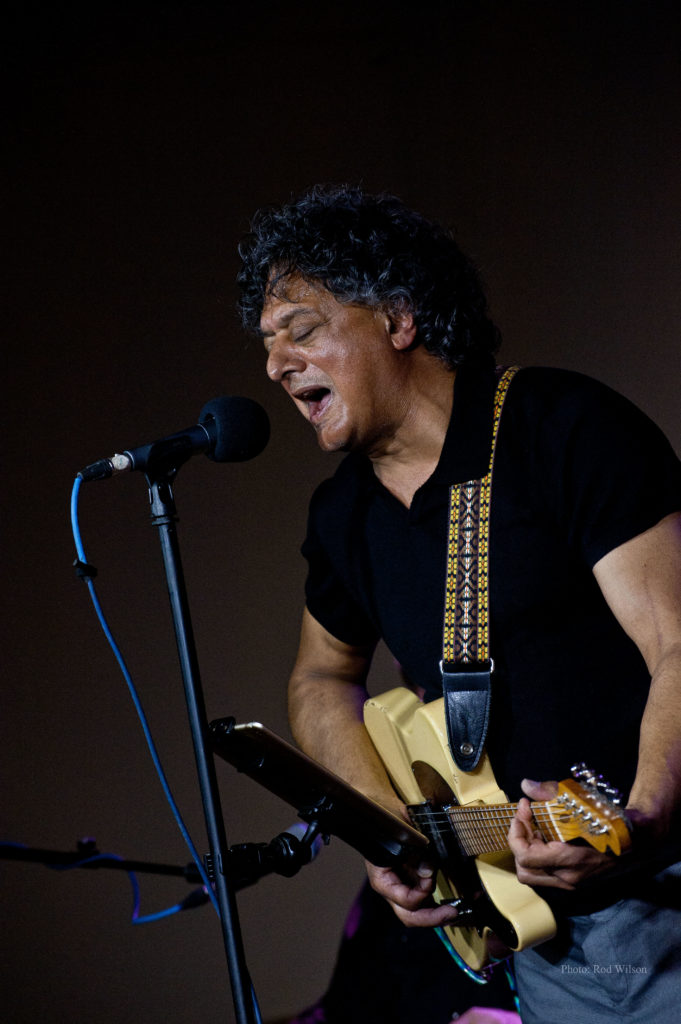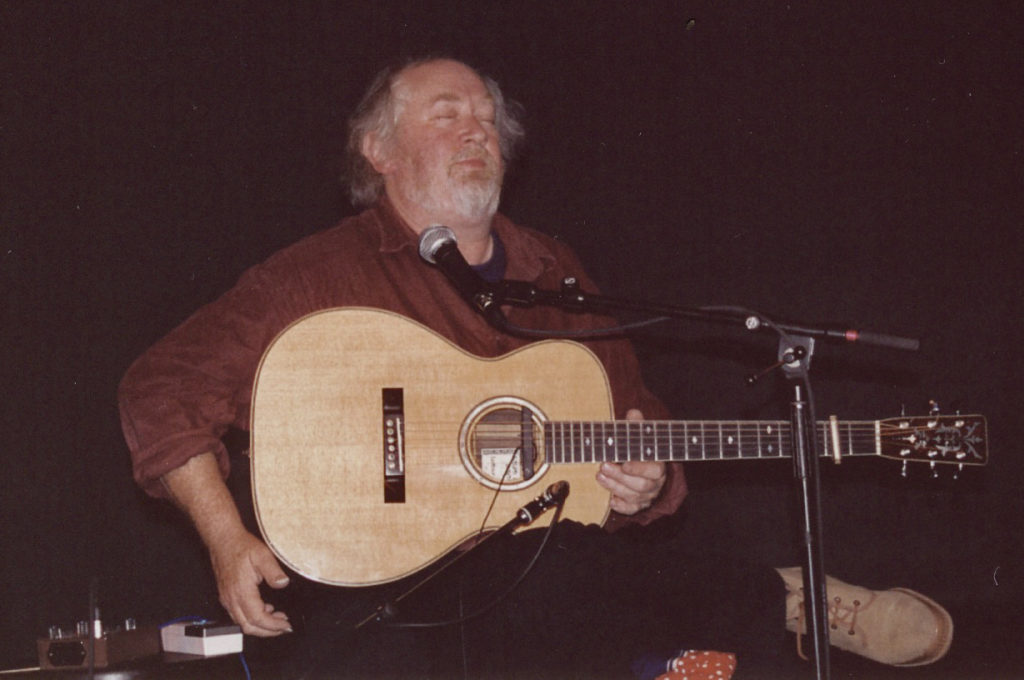Saturday, June 29th, 2019 – The HeidOut Restaurant in Cranbrook
Elizabeth Shepherd and Michael Occhipinti
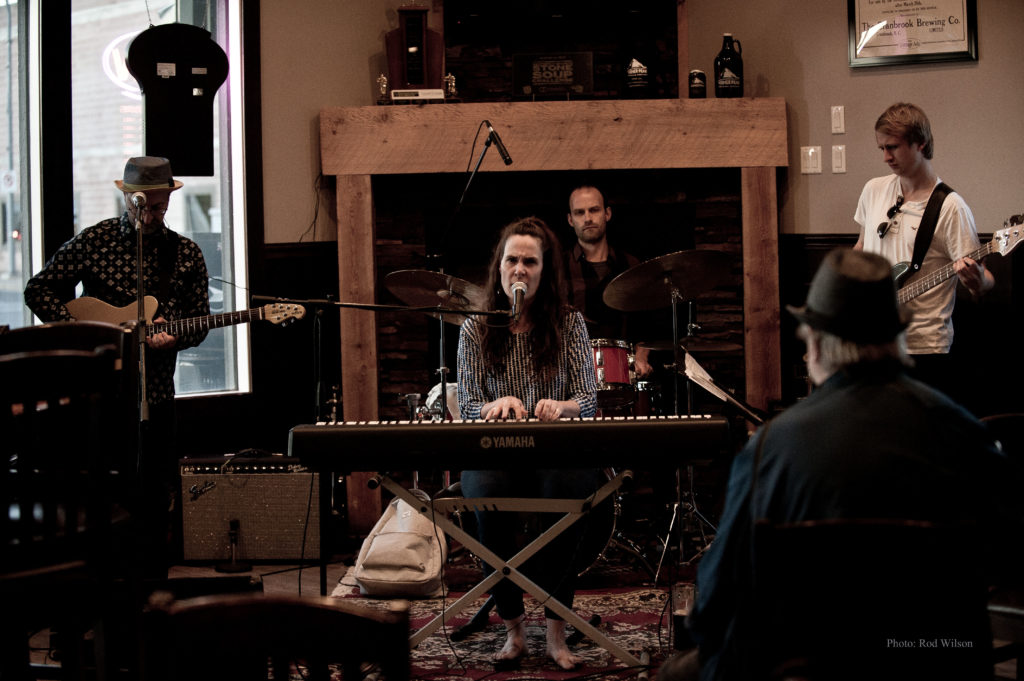
I remember a conversation I had many years ago with the British Singer / Songwriter Martyn Joseph. His home base was in Wales. I never thought of Wales as the center of British pop culture but he assured me that it was the perfect place to call home. A significant number of major British population centers are only a couple of hours away by car. In any given week he could play as many gigs as he liked without the risk of saturating his audience with too many repeat performances. In terms of numbers he had access to a huge audience. Financial compensations were enough to cover expenses and provide for a reasonable income. The bonus is the ability to have a normal family life style. For variety he could hop on a plane and do short tours into the major population centers of Holland, Germany or Denmark and not be away from home for any extended periods. By and large Canadian performers are not so lucky. By comparison the distances between population centers are huge, weather conditions forbidding and audience numbers small (by comparison). Financial compensations often barely cover expenses and with all the touring family life must take a beating. Case in point is this current tour by Elizabeth Shepherd (vocals and piano), Michael Occhipinti (guitar), Mark Nelson (drums) and Jon Wielebnowski (electric Bass guitar). To play the gig in Cranbrook they left Chilliwack first thing in the morning, drove all day, performed that night, then onto Calgary next day to catch planes back to Toronto and Montreal.
Both Elizabeth and Michael are heavy hitters on the Canadian music scene. Both have numerous academic qualifications, awards and Juno nominations. Michael is from Toronto and Elizabeth is from Montreal and both performers spend the better part of their life on tour. Mark is from Montreal and Jon is from Calgary. This current two week Western Canadian tour included a dozen back to back gigs.
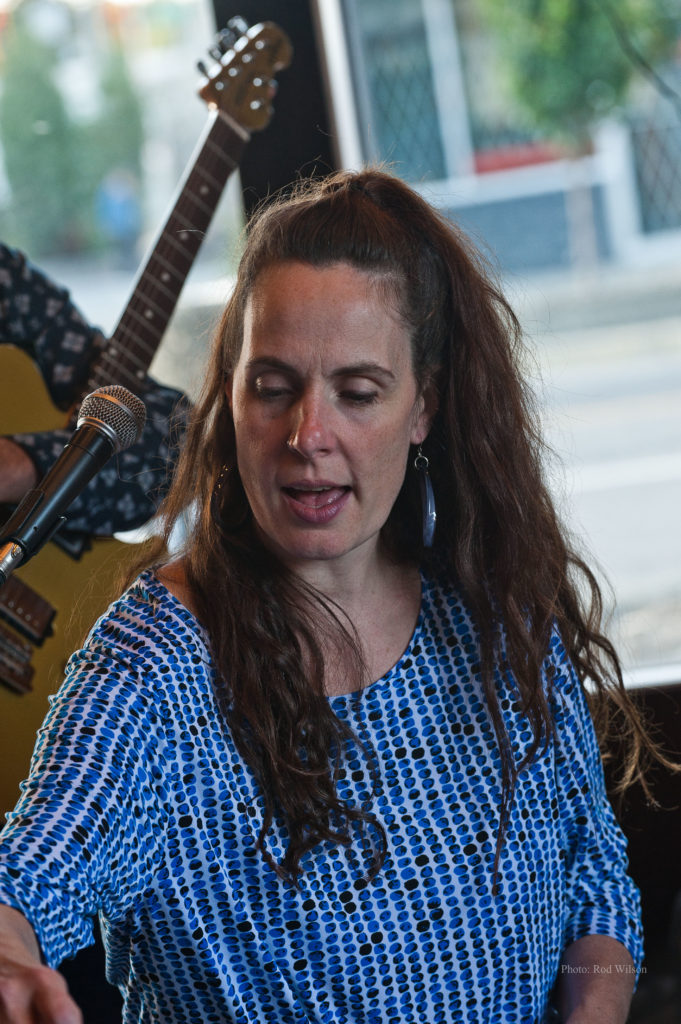
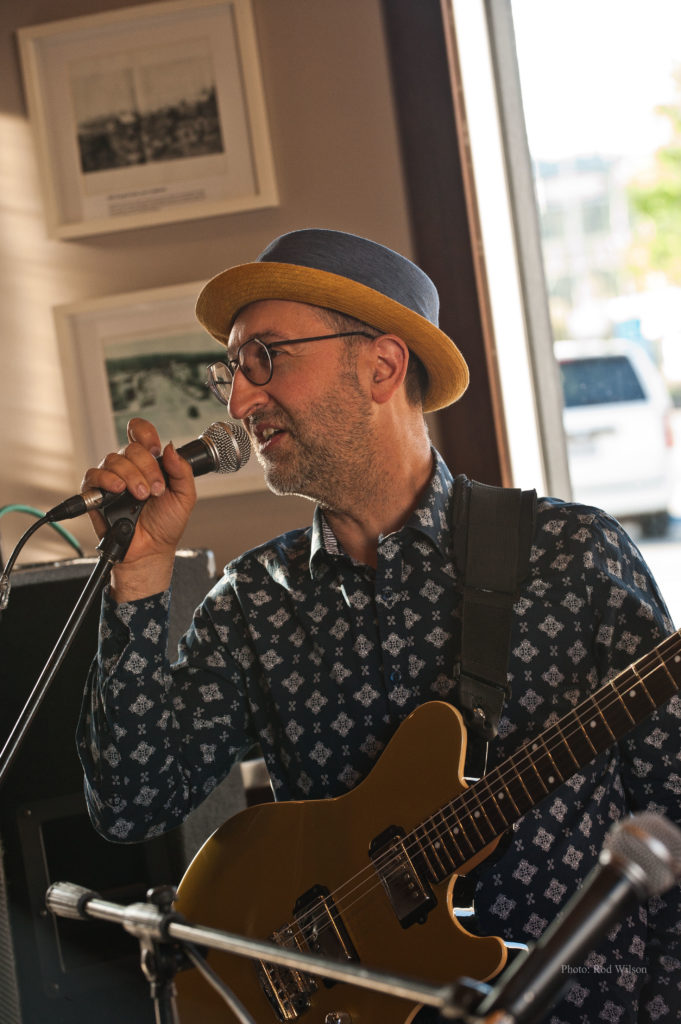
The drummer Mike Nelson is from Montreal and it was obvious from the first down beat that he is a well schooled musician. He obtained his University Music degree in New Zealand and with his deft use of brushes, sticks, shakers and mallets he comes across as a serious percussionist.There’s “no crash and bash” here. It is all a very controlled dynamic sonic landscape supporting the two soloists.
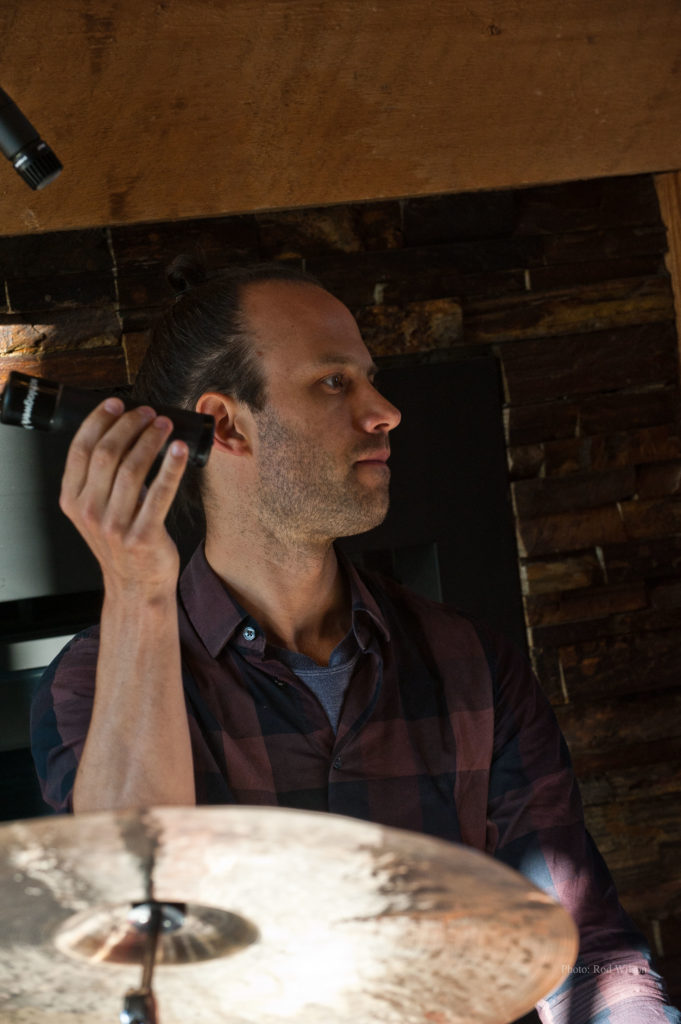
Jon Wielebnowski is “the new kid on the block”. Literally. This is his first significant tour.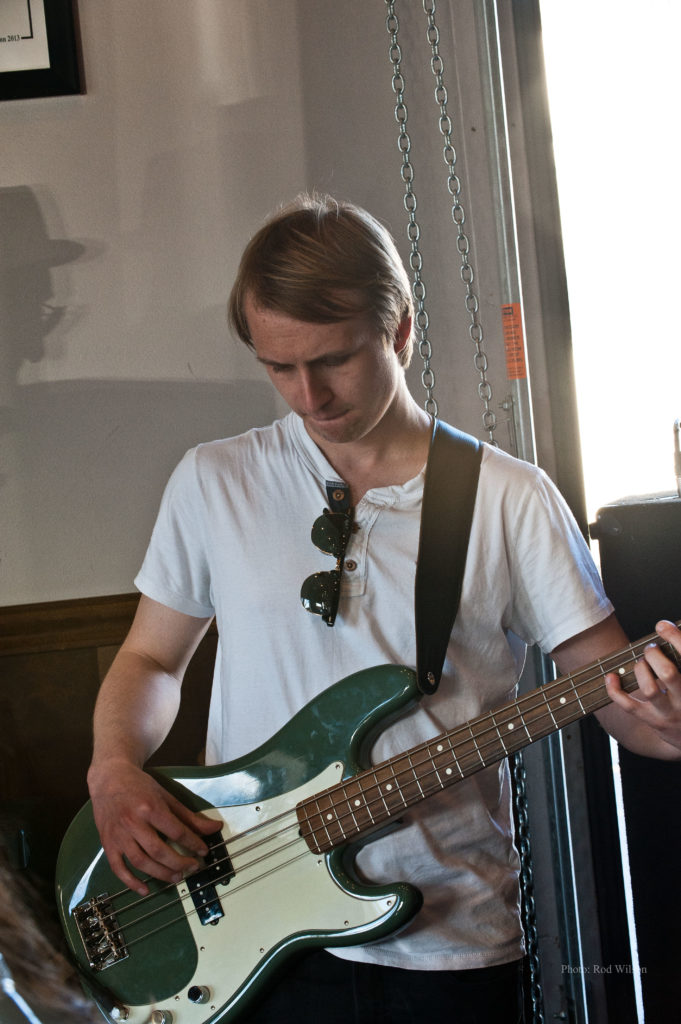
The musical vibe of the evening was a pop/jazz mix that owes much to the complex musical world of jazz and the vocal sensibilities of the rock/pop world. In among Elizabeth’s original songs there was a sprinkling of covers such as Leonard Cohen’s Marianne and Bruce Cockburn’s Lovers in a Dangerous Time. As an aside, every time I hear that song I think of the 1982 film The Year of Living Dangerously, staring Mel Gibson, Sigourney Weaver and the brilliant Linda Hunt ……a must see film set in Indonesia in 1965. There was that quirky little original French tune Reine du Monde in the mix, the rollicking gospel inspired Doing the Good Lord’s Work, some Brazilian inspired (perhaps) vocalese, a brilliant version of the Beatles Blackbird and Bruce Cockburn’s I Wonder Where the Lion’s Are. In an ironical twist a deer wander by the window almost on queue. A movie script writer could not have written a better scene. Throughout all the music was Elizabeth’s funky keyboard offerings that, to my ear, seem to be influenced by the Cuban masters so lovingly explored by the Canadian Soprano saxophonist Jane Bunnett. Her supporting musicians are masters in their own right. Michael Occhipinti is probably one of Canada’s most notable guitarists and his accompaniments and solos, as always, were fluid and seamless additions to music on hand. Michael and has been a frequent visitor to this area and will be back here for a SummerSounds performance in Cranbrook’s Rotary Park on Saturday July 20th, 2019. He will be a member of Lester McLean’s Funk/Soul outfit. The drummer / percussionist Mark Nelson is a new name to me but he is one that we will probably hear more of in the future. He is a very, very tasty player. As I said above, the bass player Jon Wielebnowki is the new kid on the block and looks like he is fresh out of high school. This is his first tour. He was rock solid the whole evening. Here are some images from the evening……..
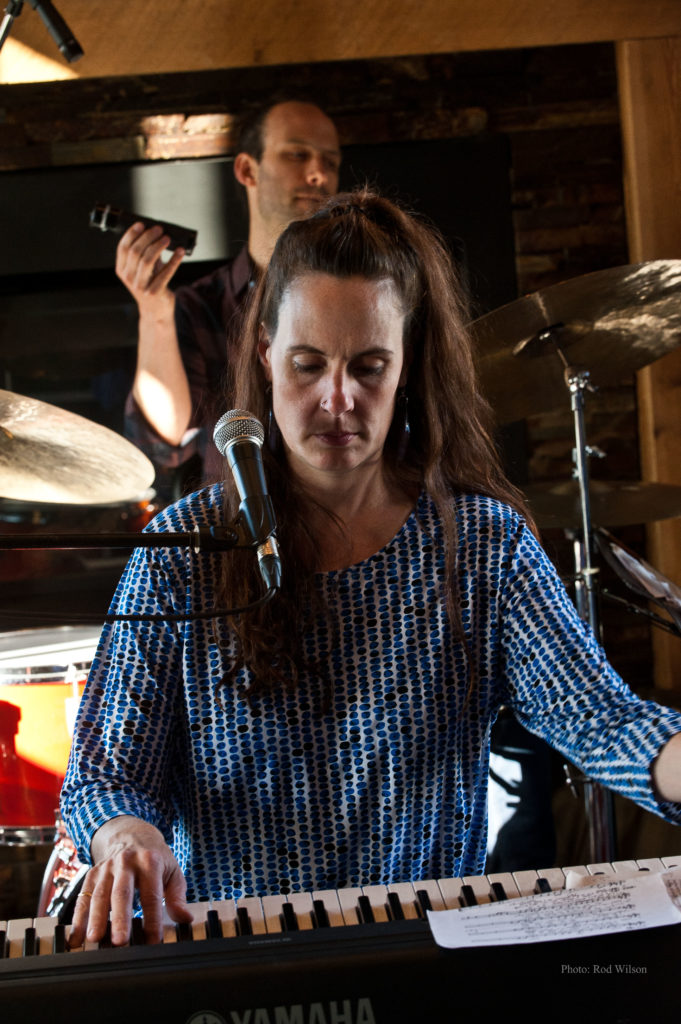
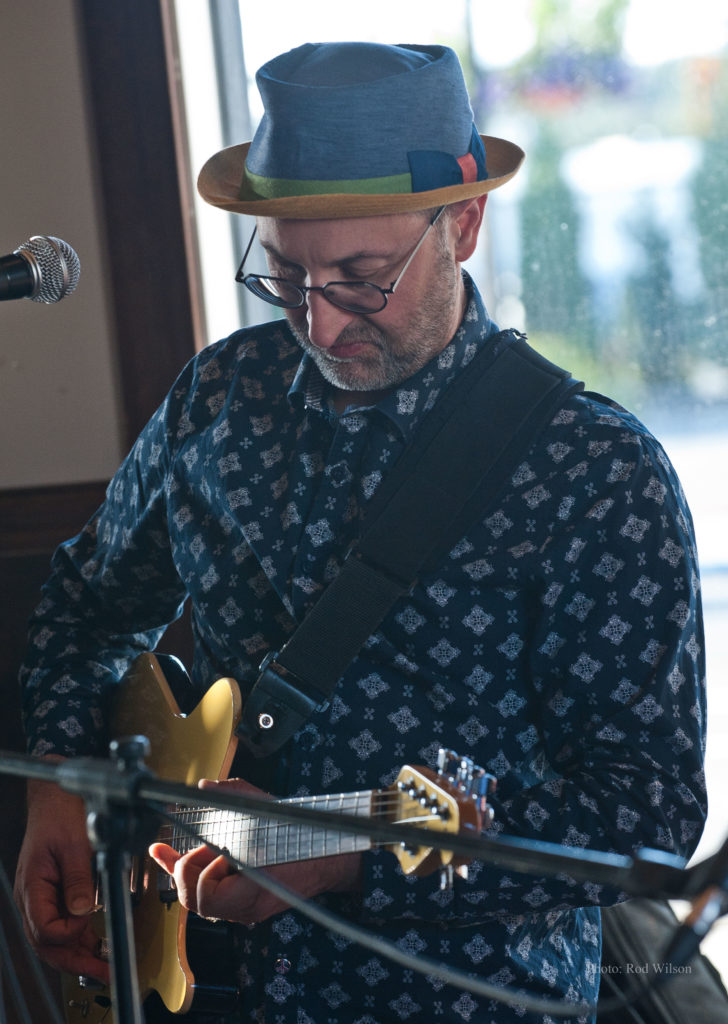
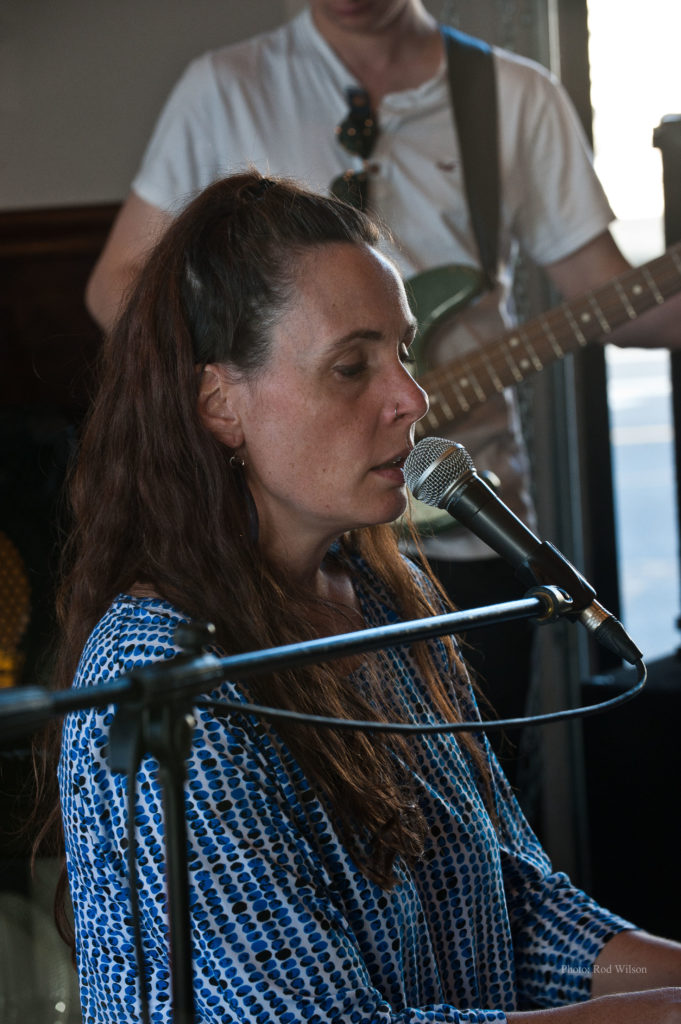
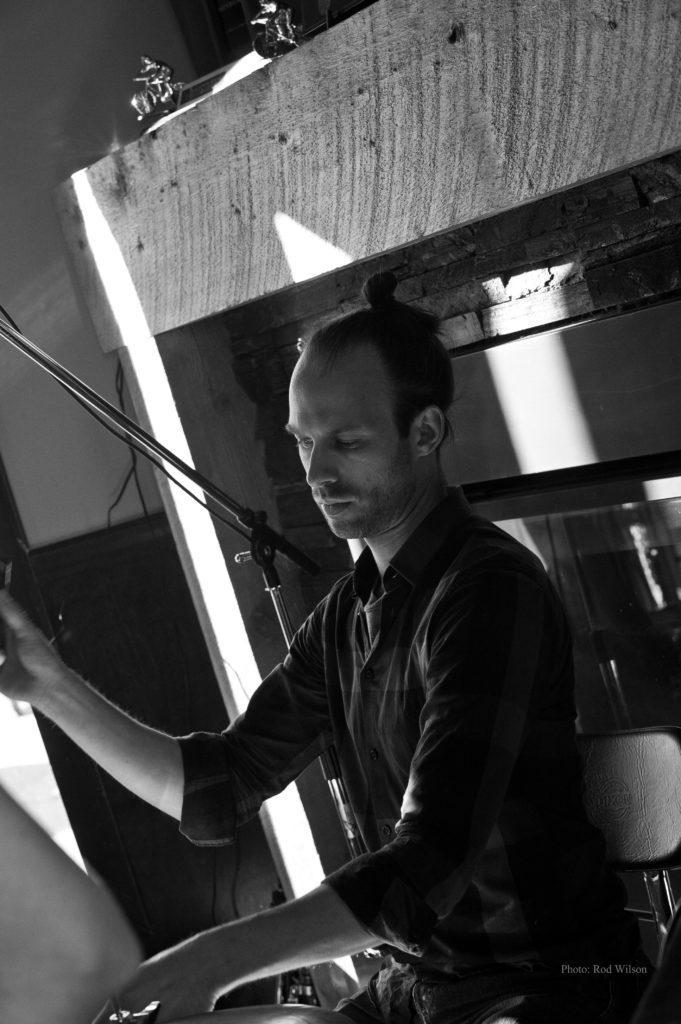
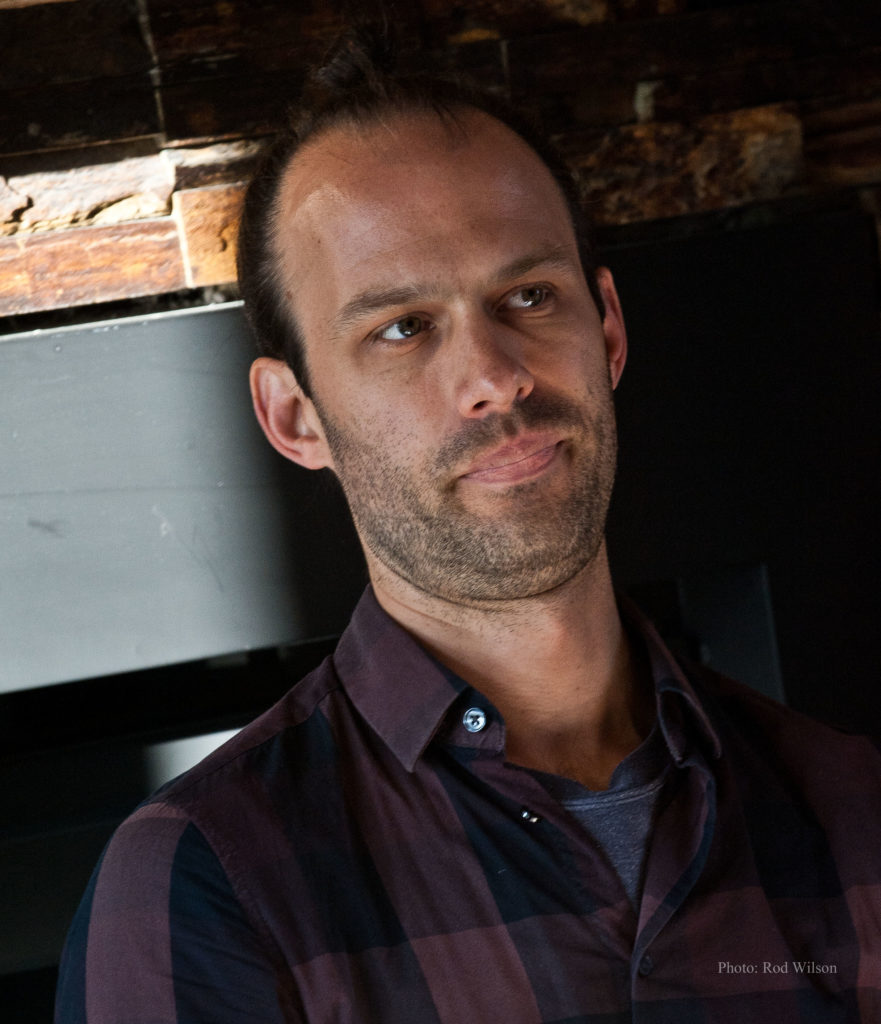
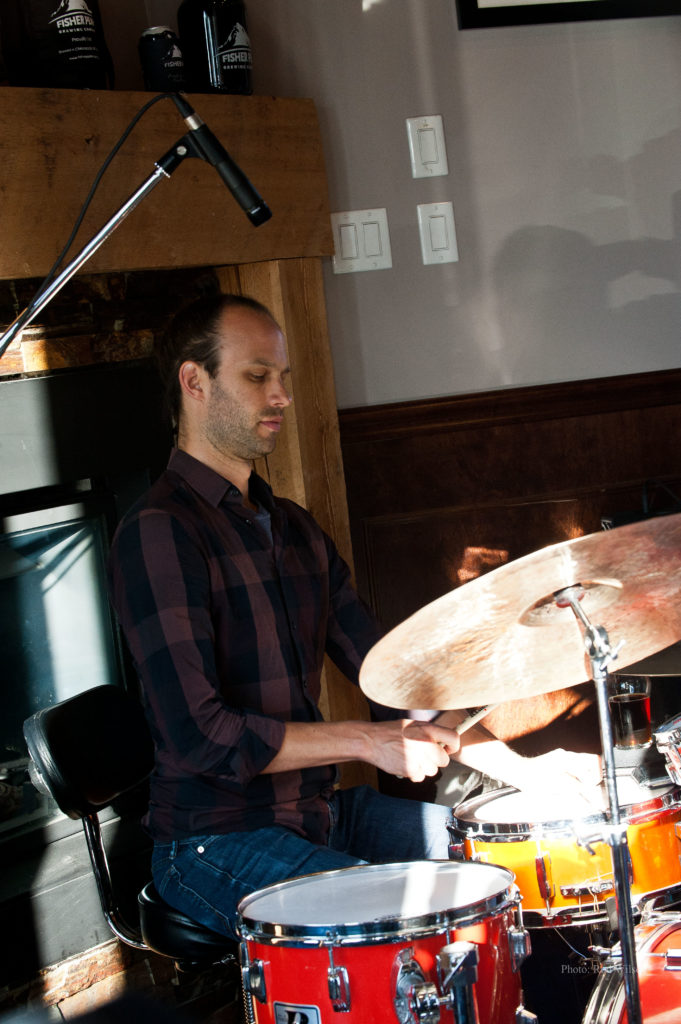
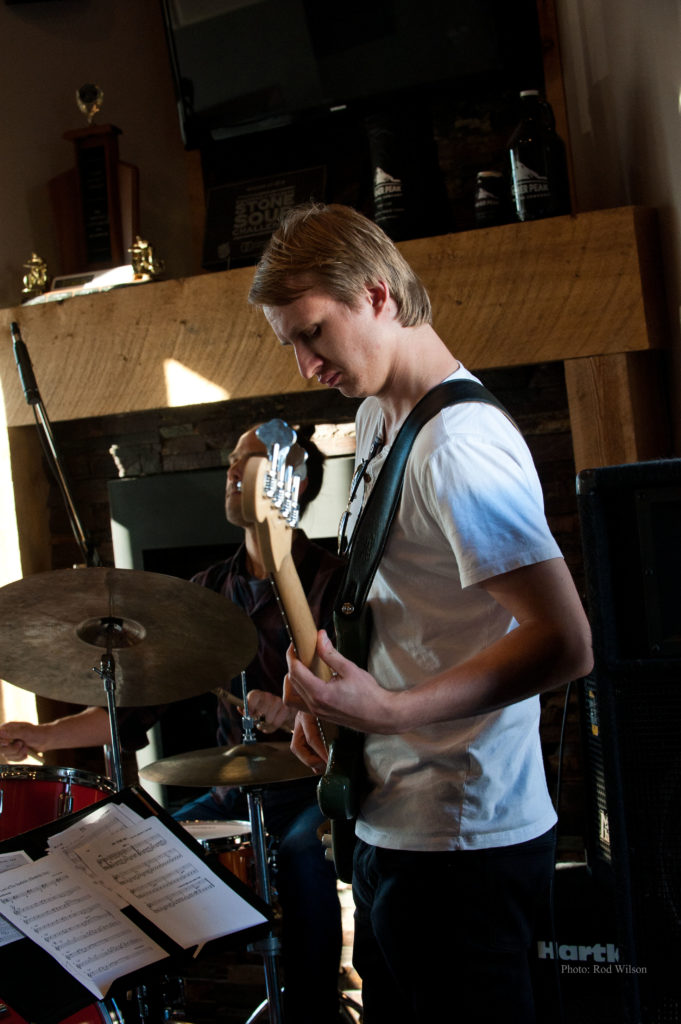
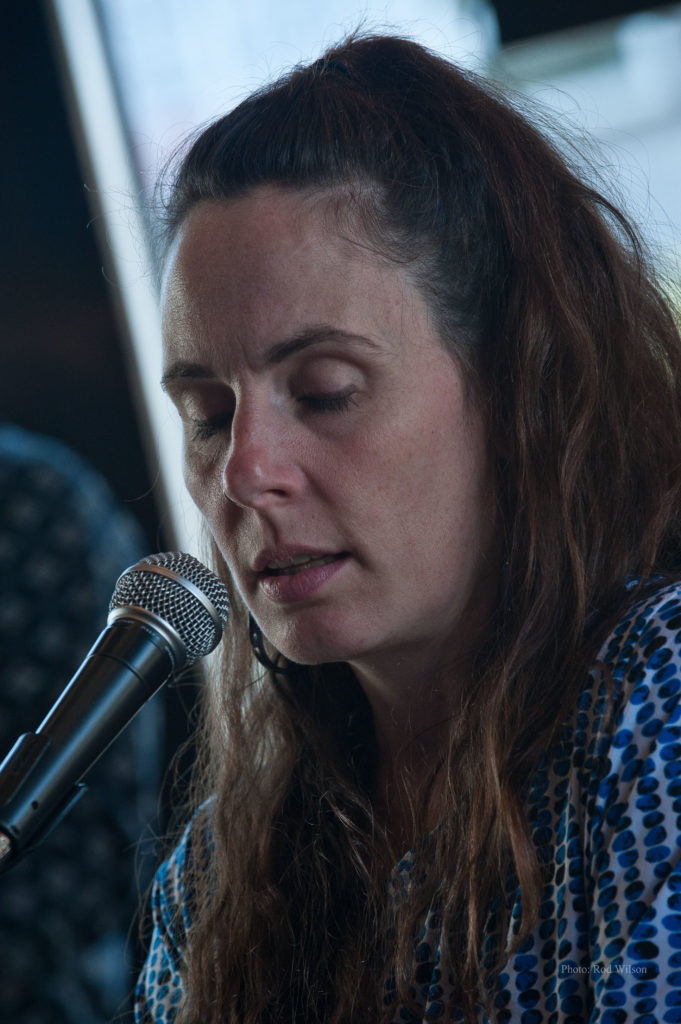
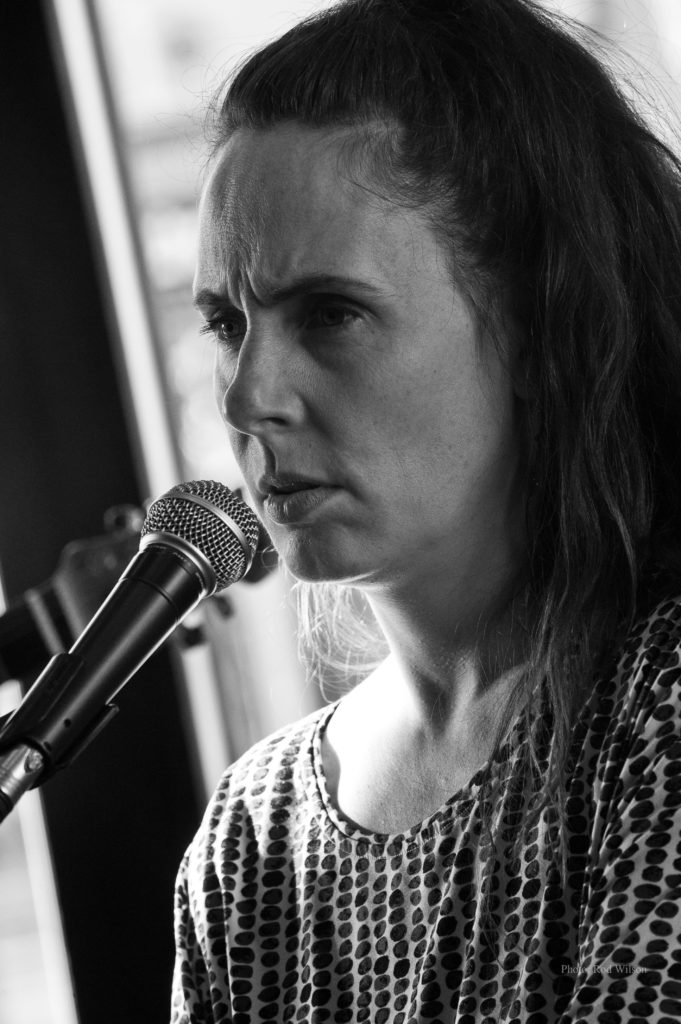
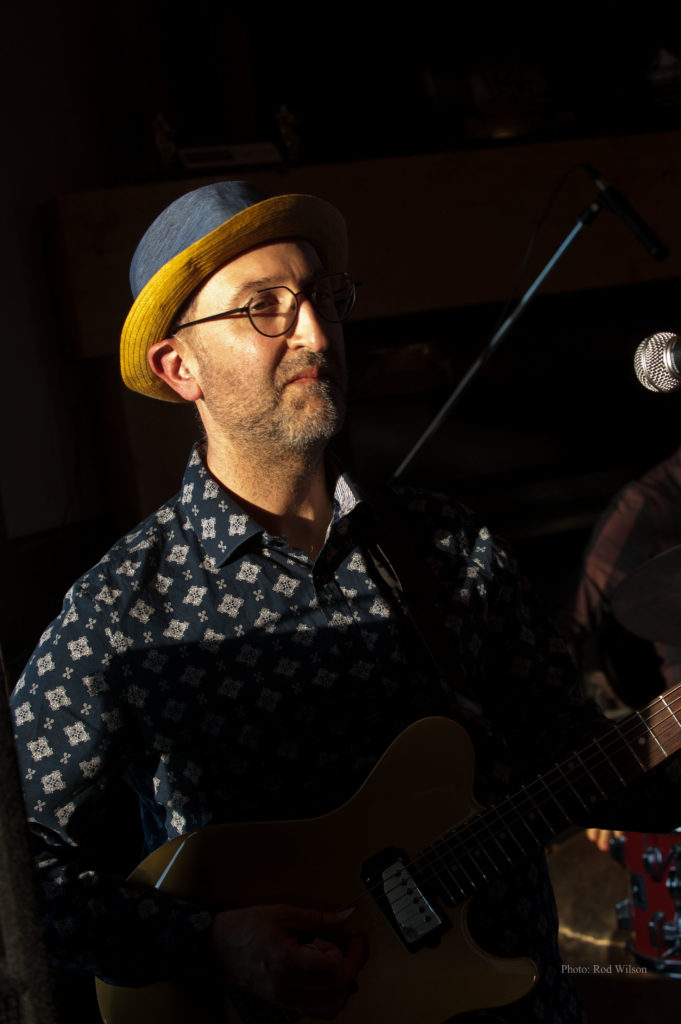
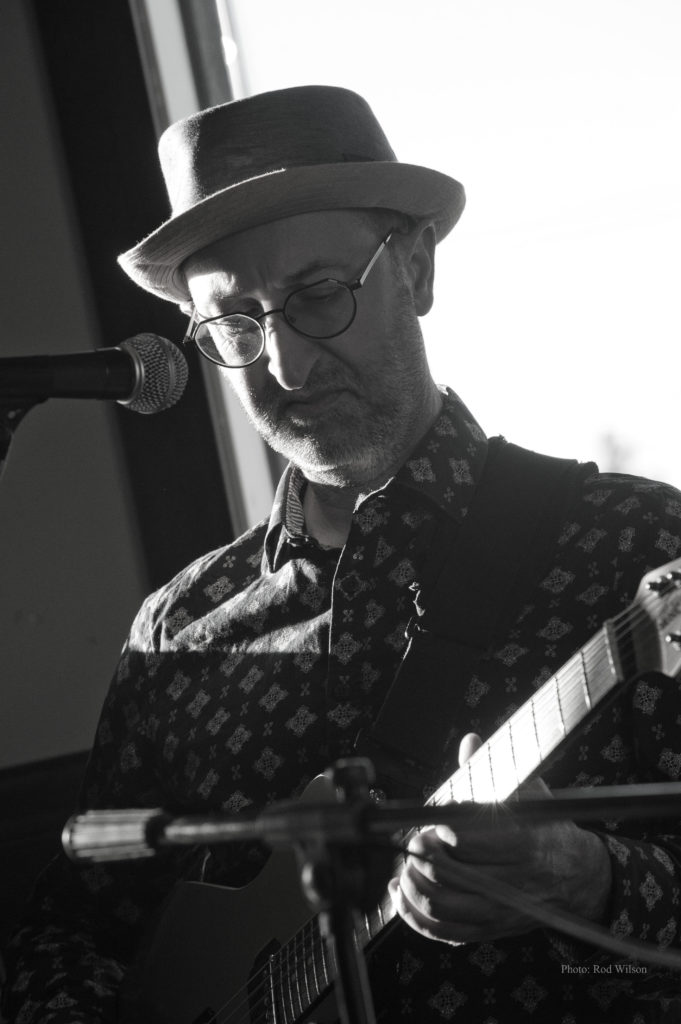
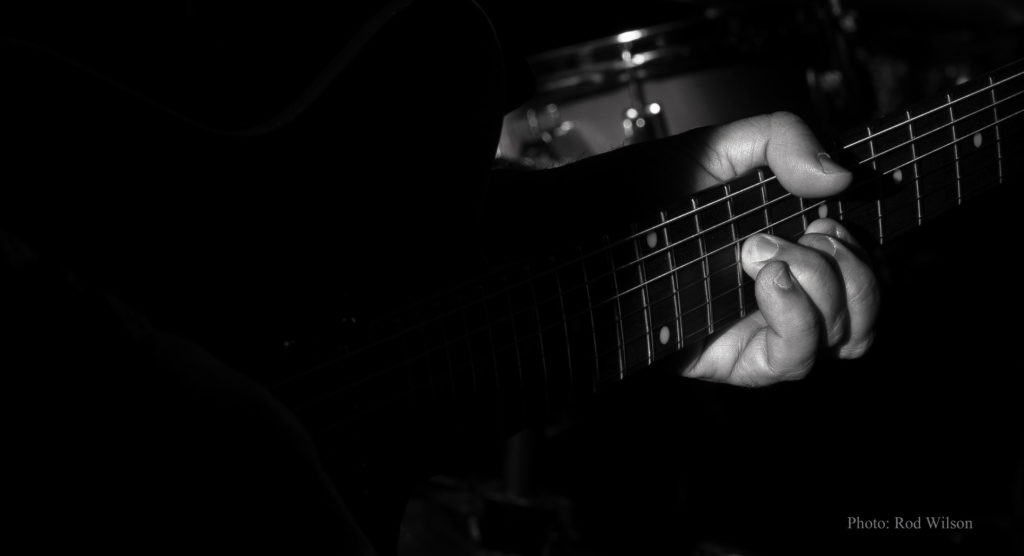
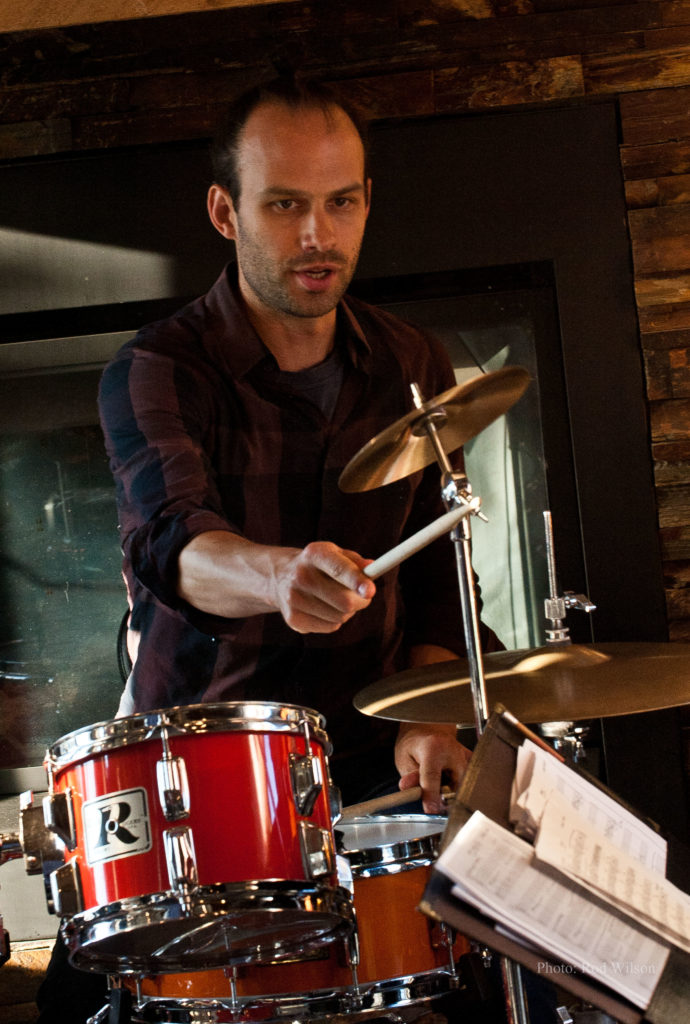
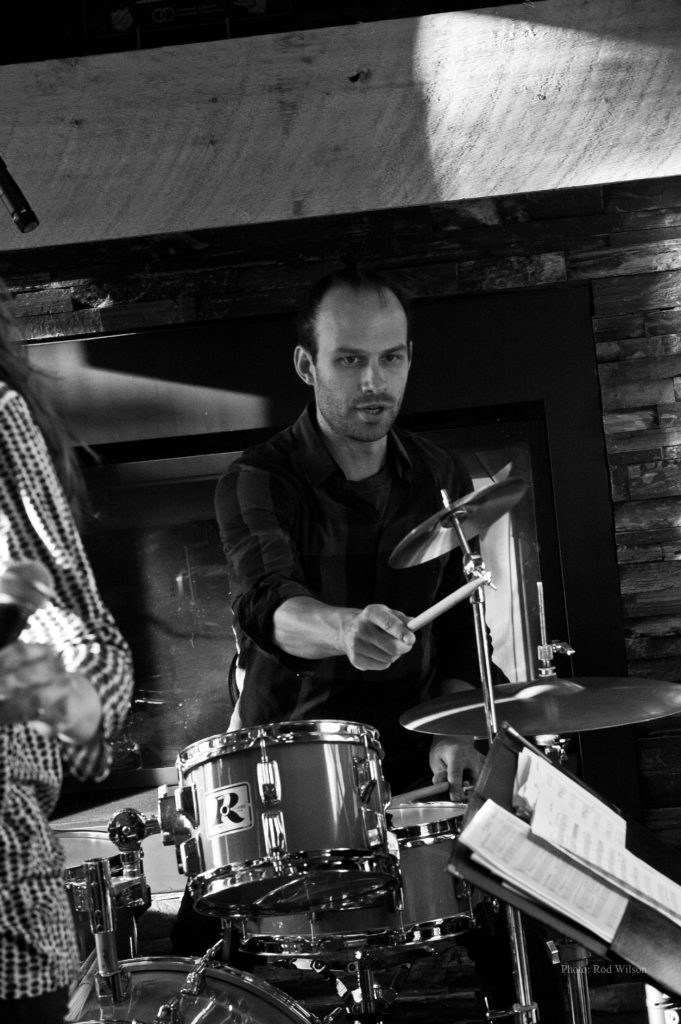
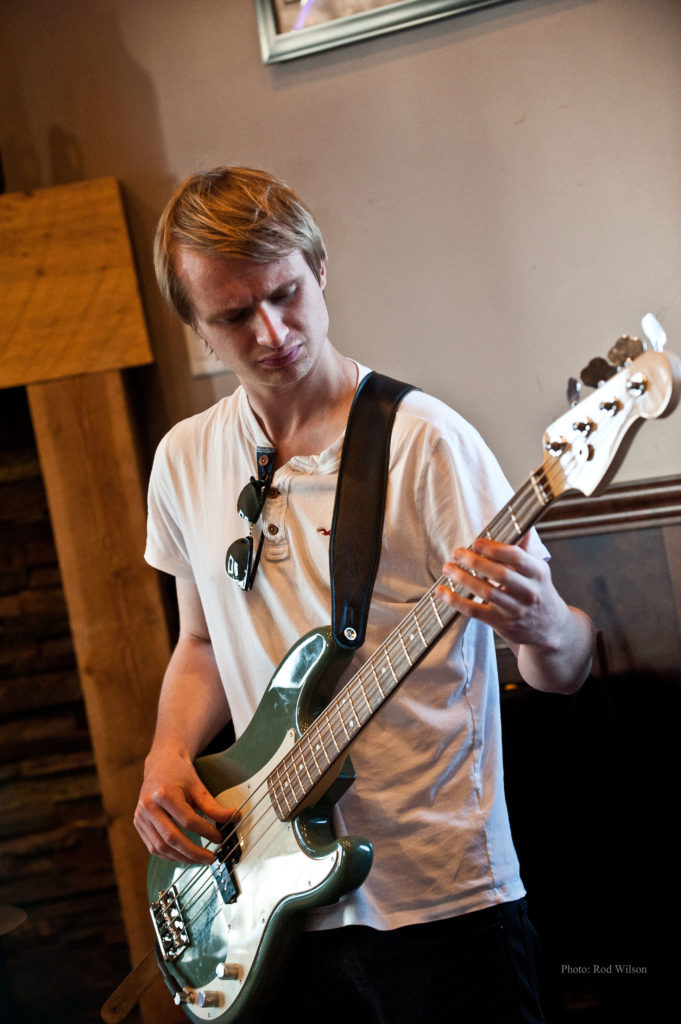
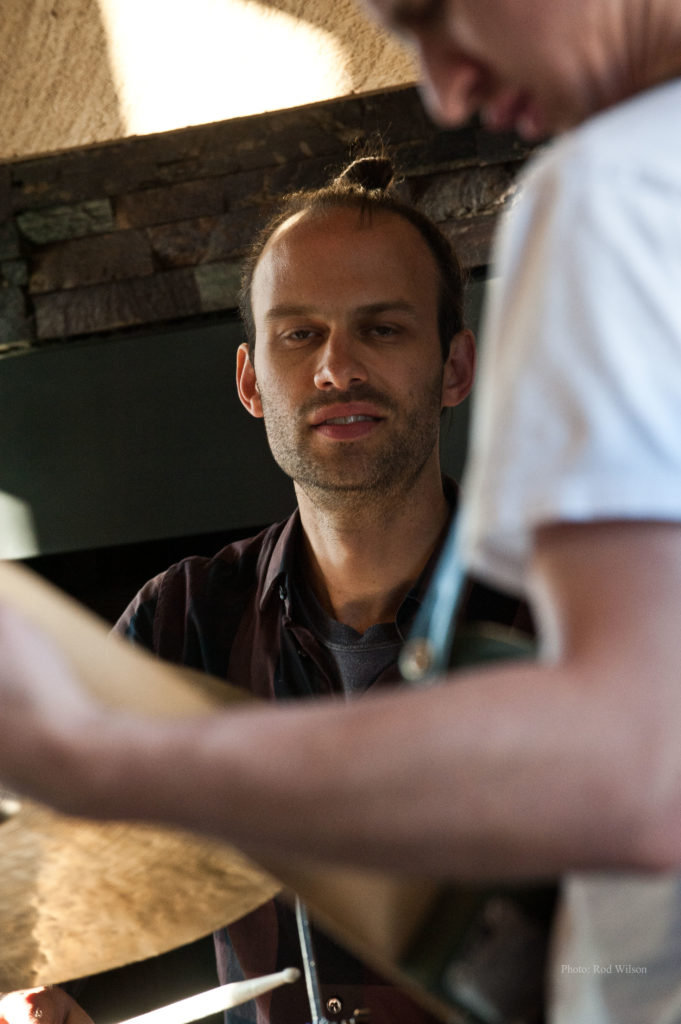
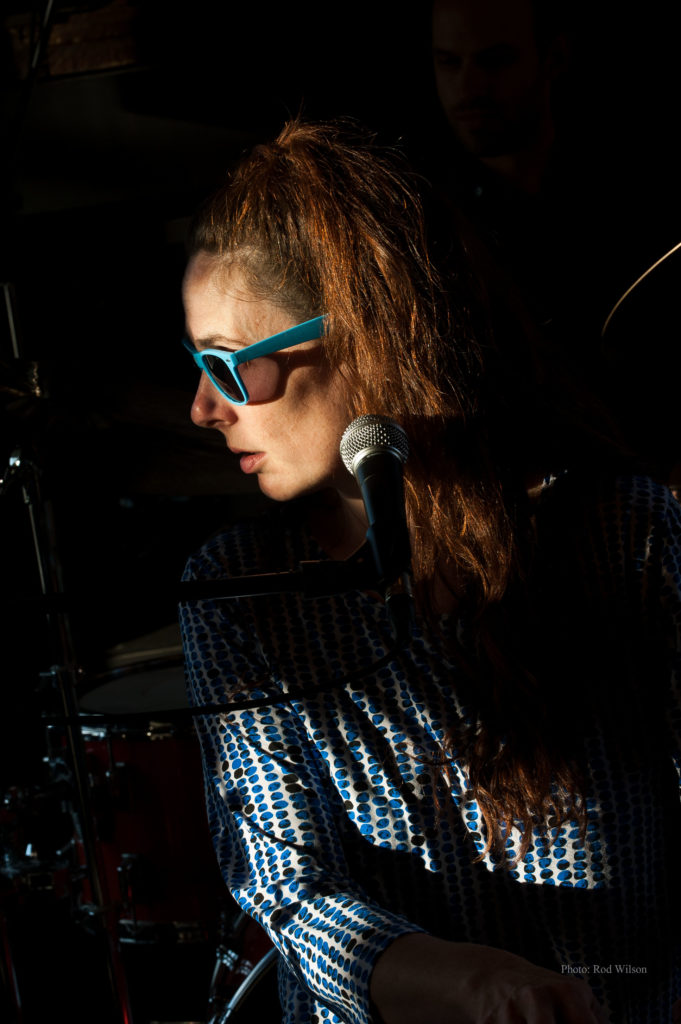
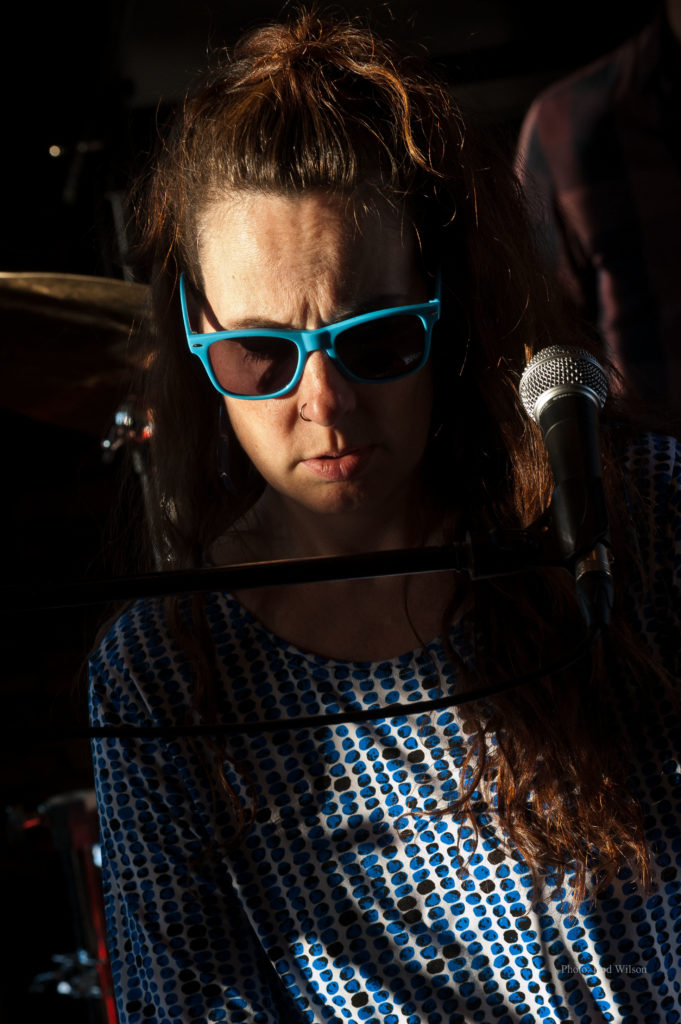
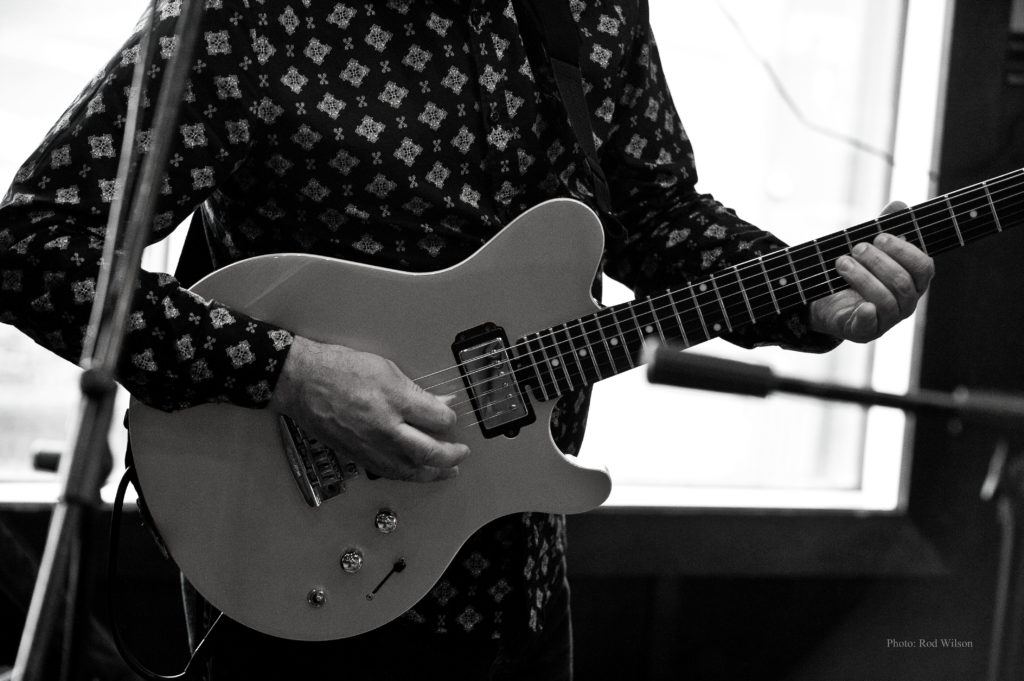
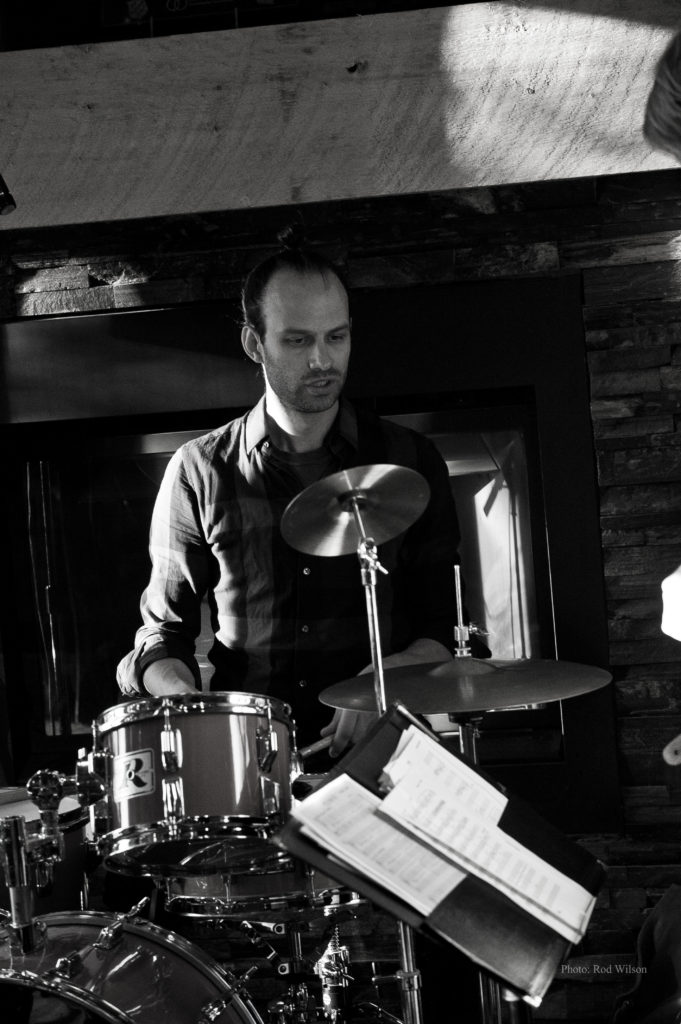
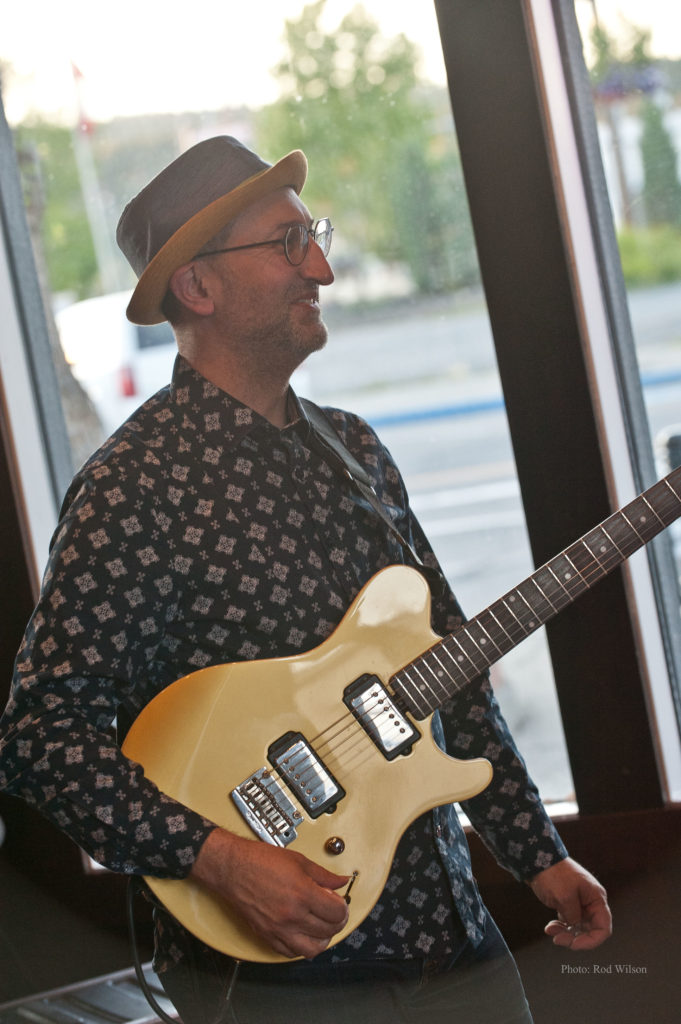
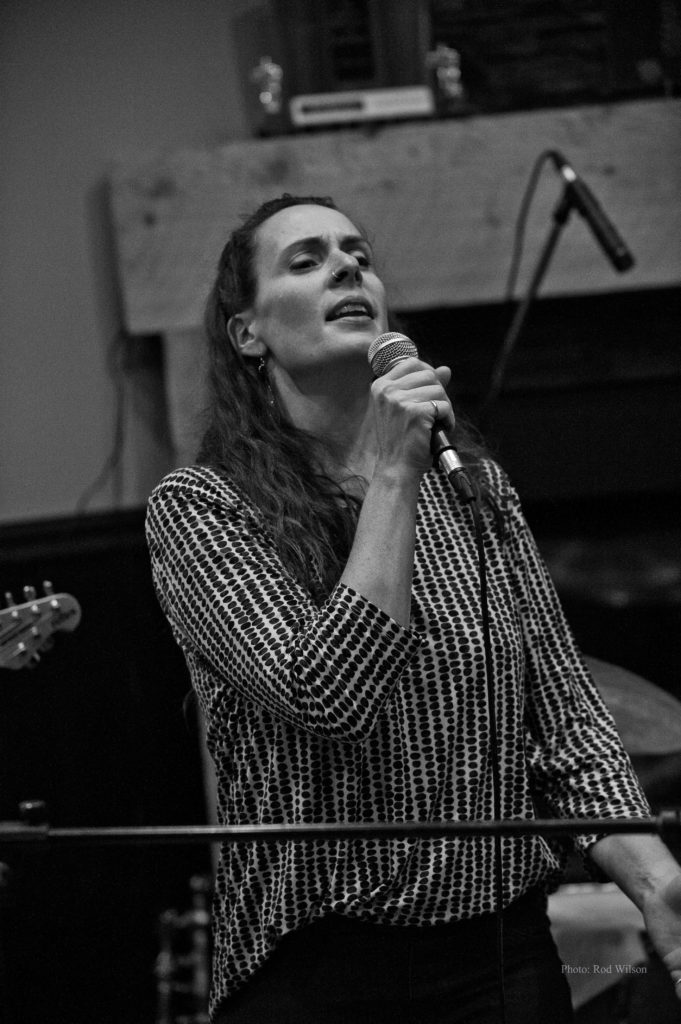
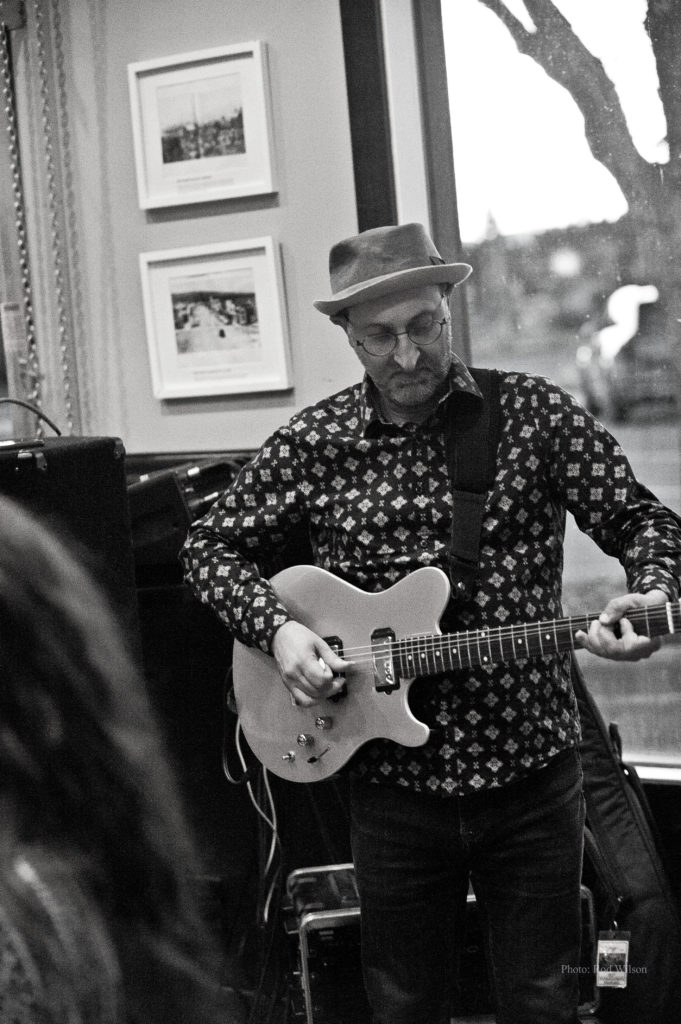
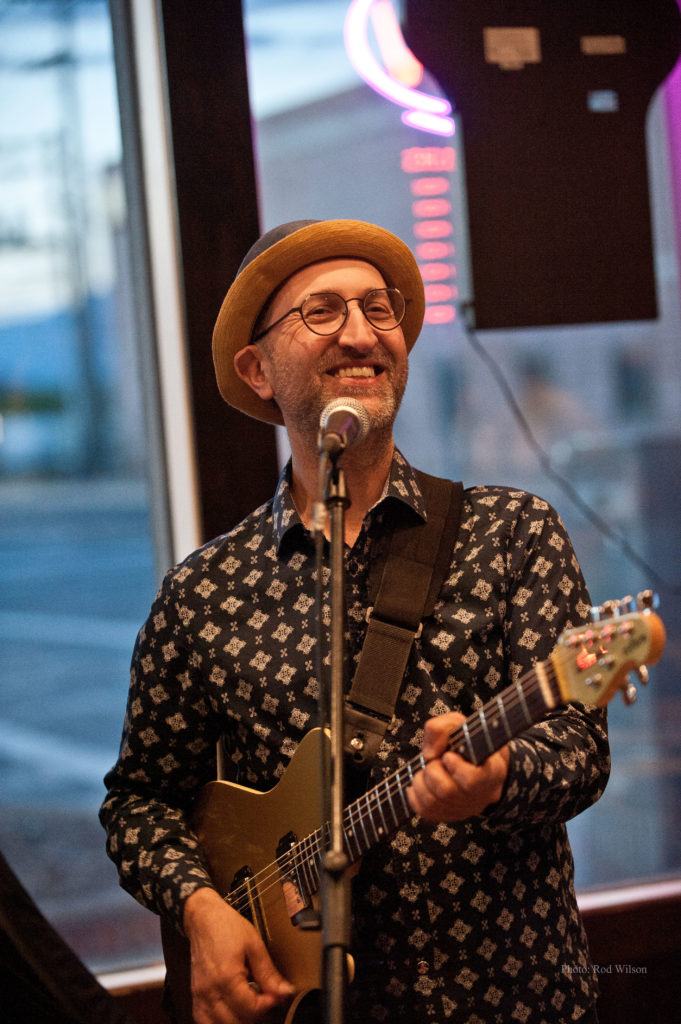
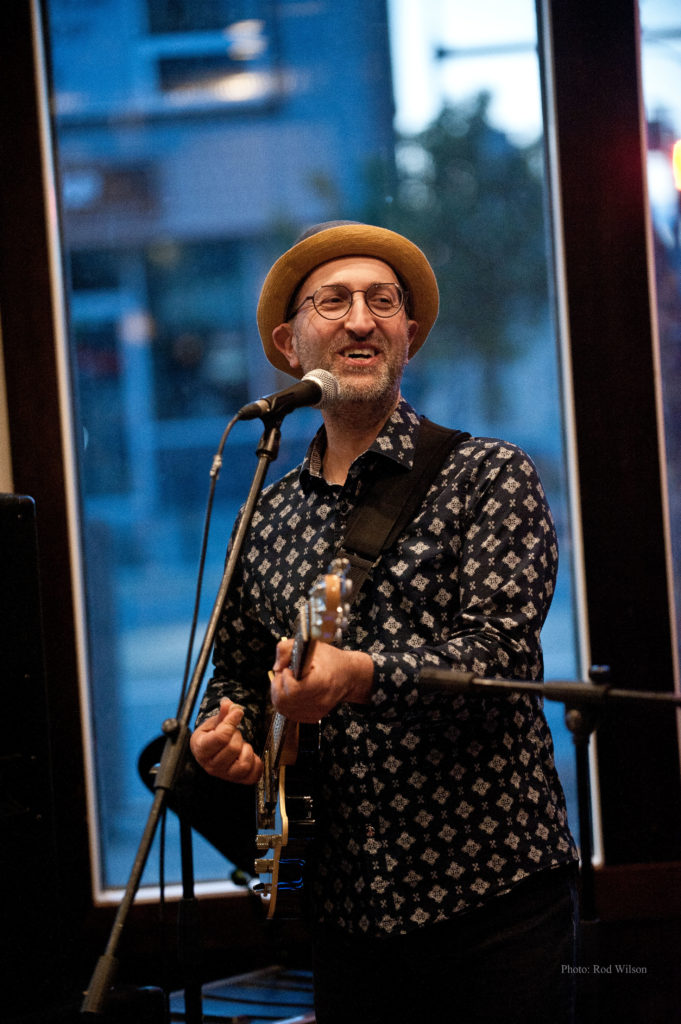
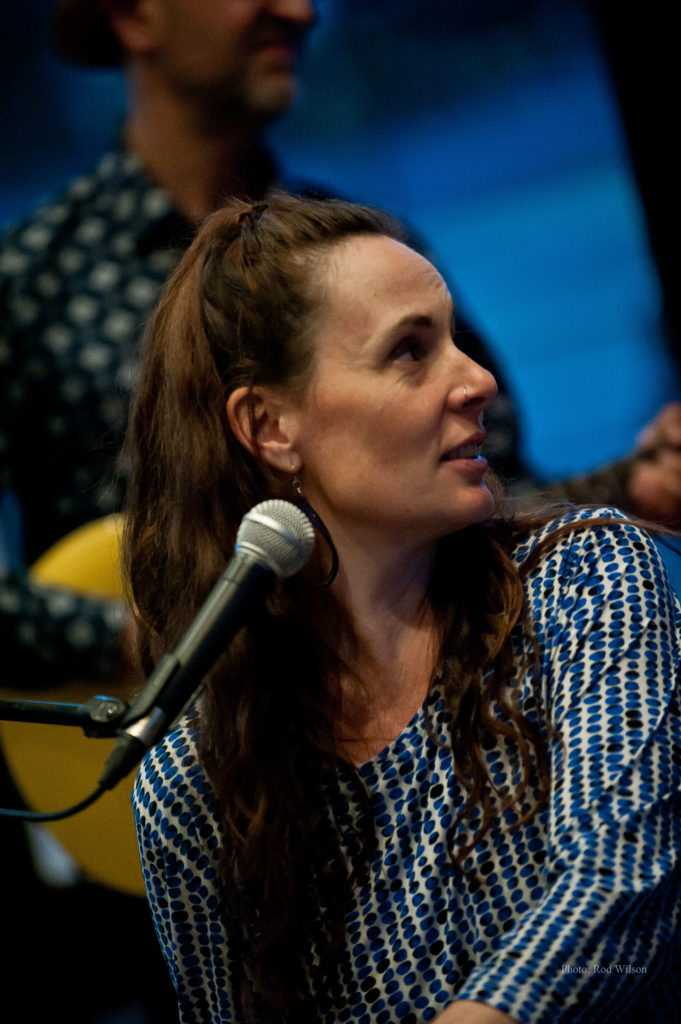
At the end of “the show” the band kicked back and played through some “off of the top of the head” material and gave the audience that had remained behind some fine jazz inspired explorations.
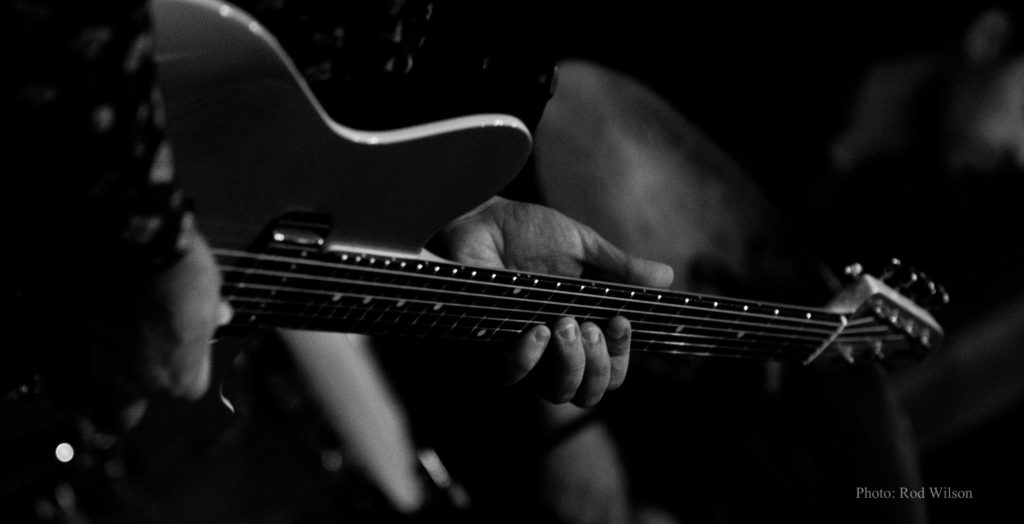
Last, and not least, thanks must go to the management and staff of The HeidOut Restaurant for their fine food, refreshments and their support of live music. Also the fine contributions of local promoter Louie Cupello for his unending efforts to bring live music to the area. Thanks Louie …. this ones for you …….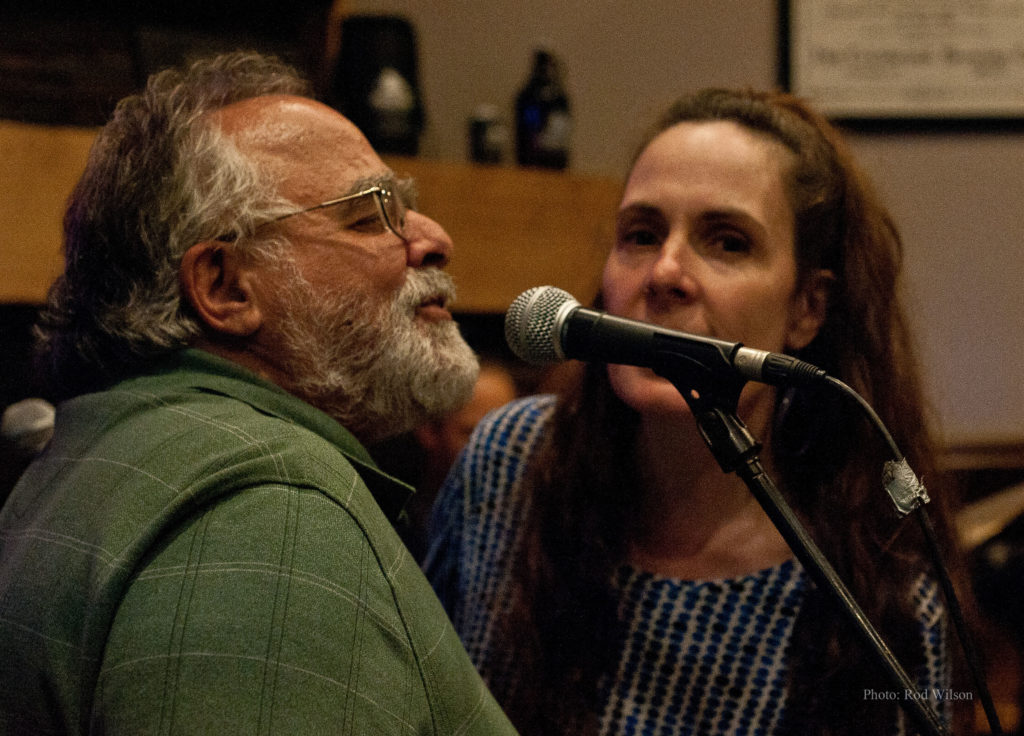
@@@@@@@@@@@@@@
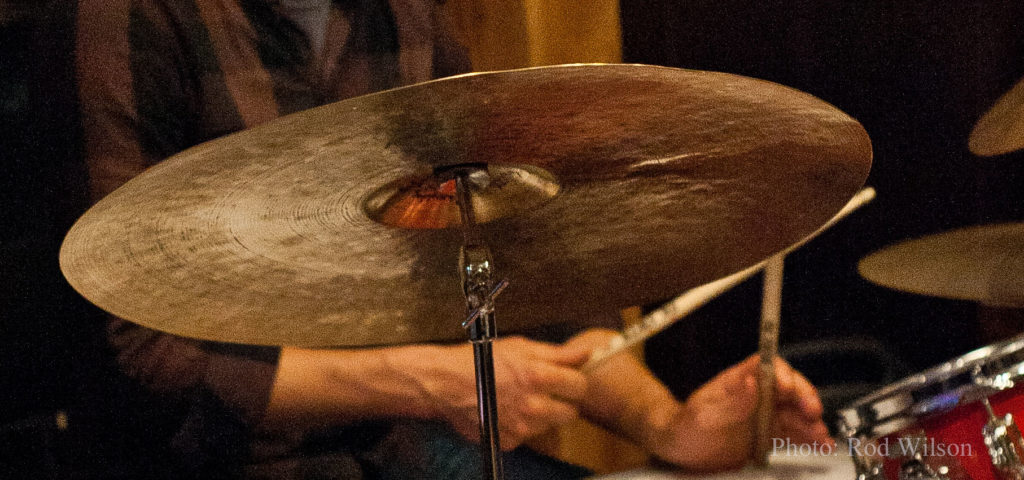
@@@@@@@@@@@@@@
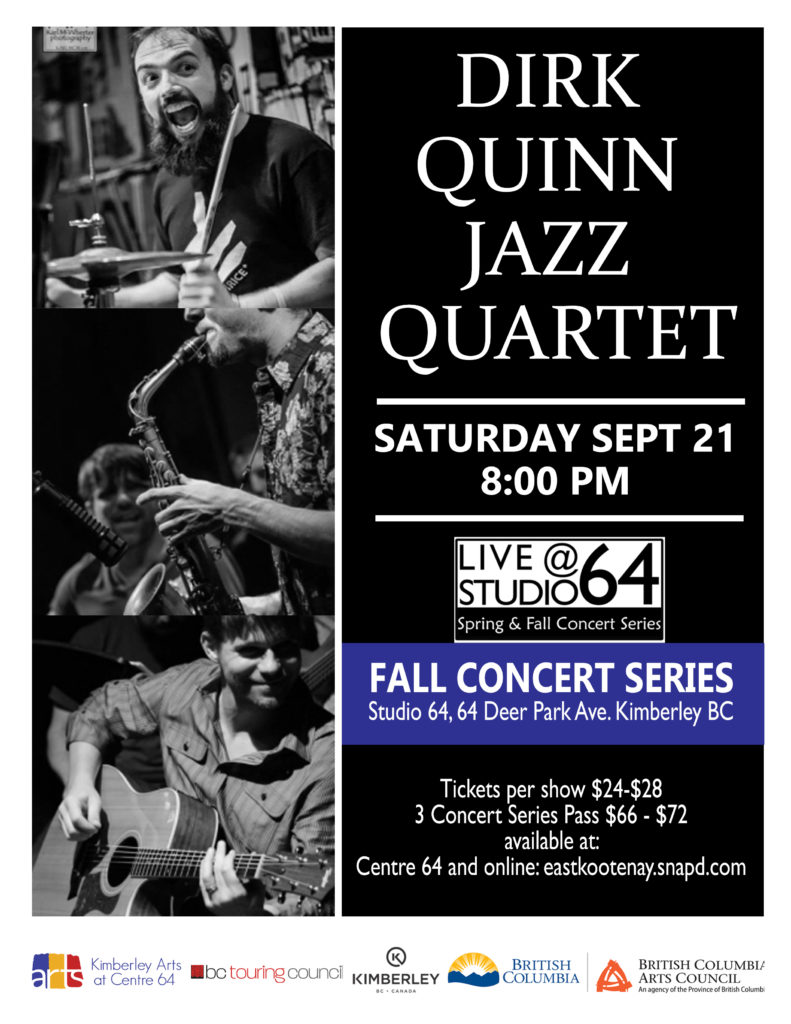
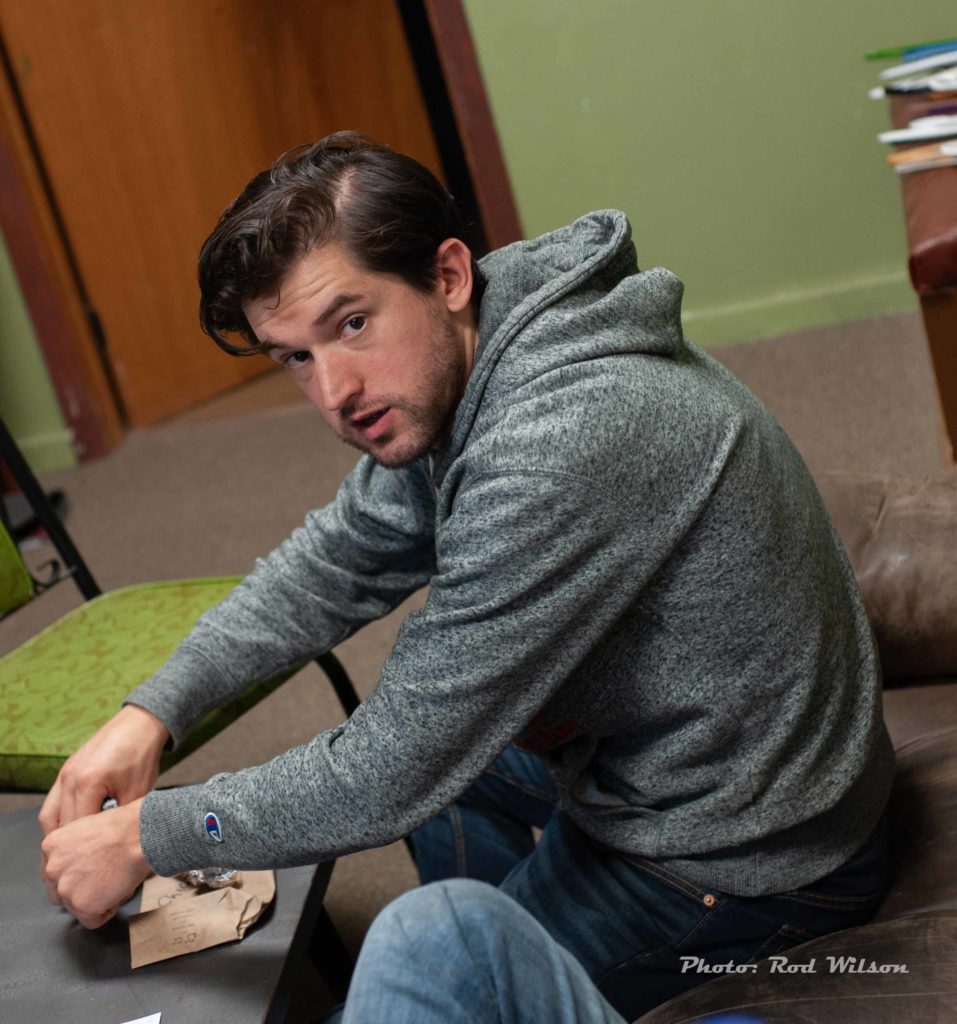
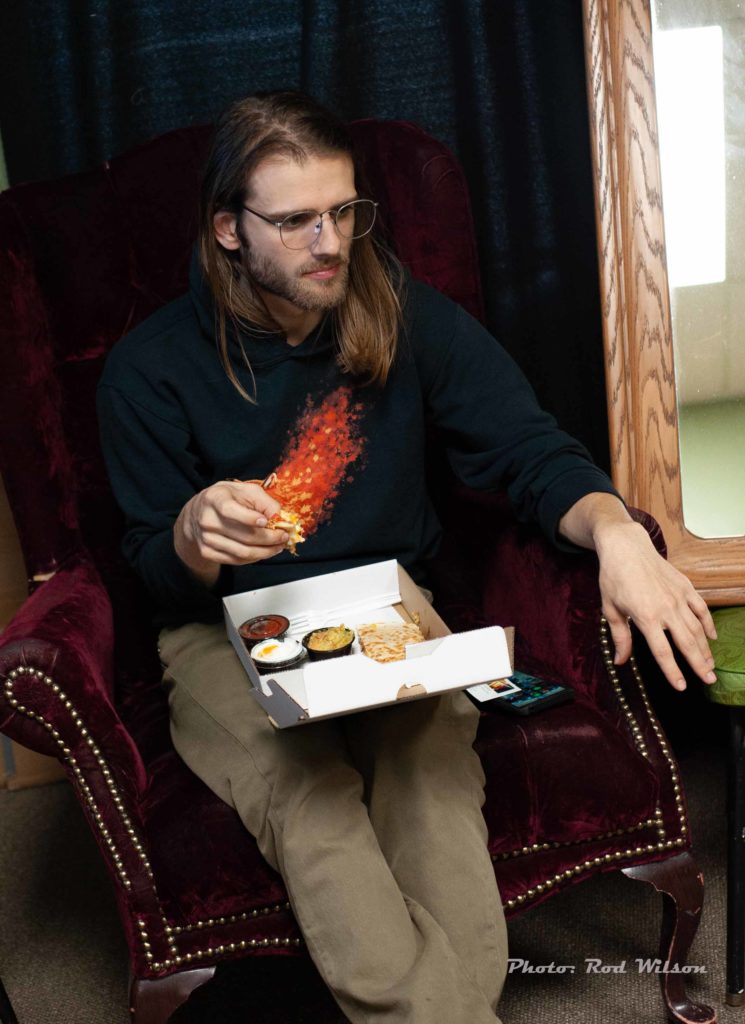
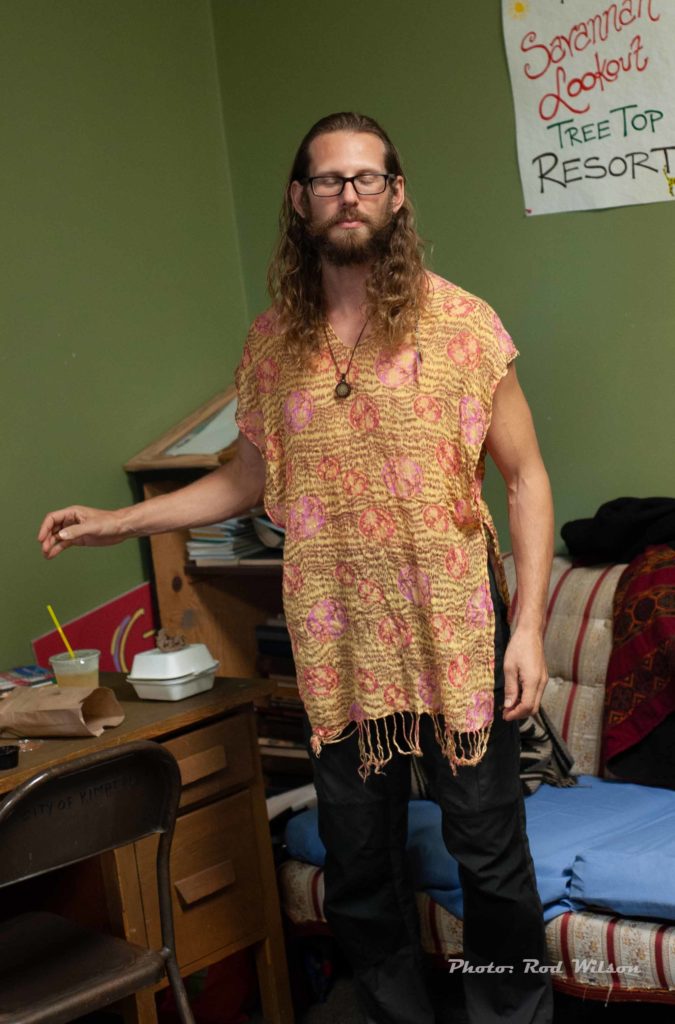
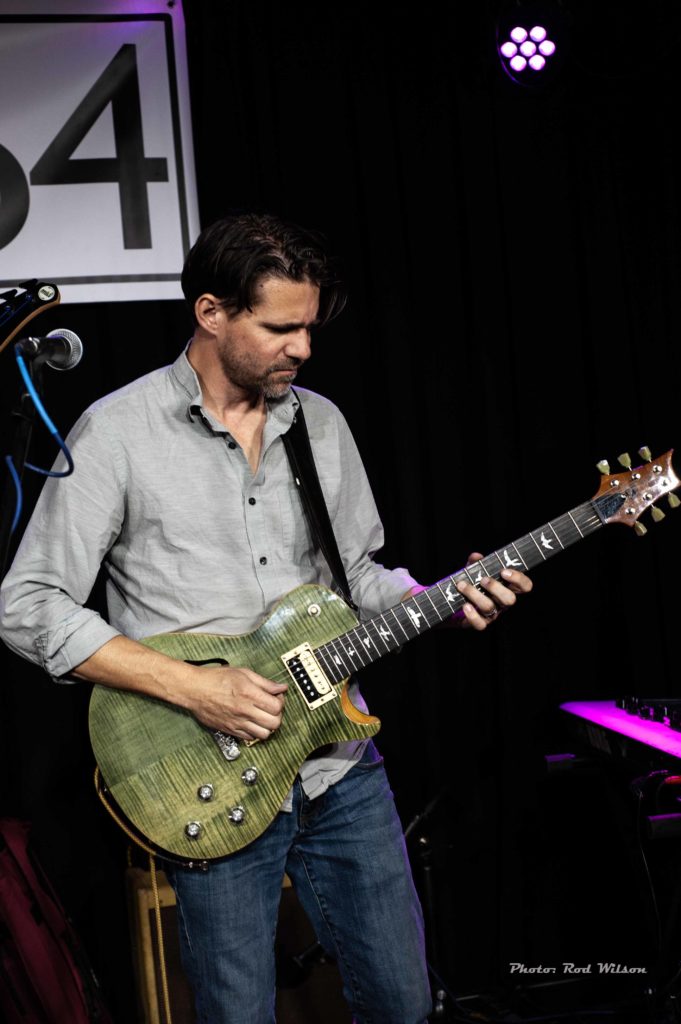
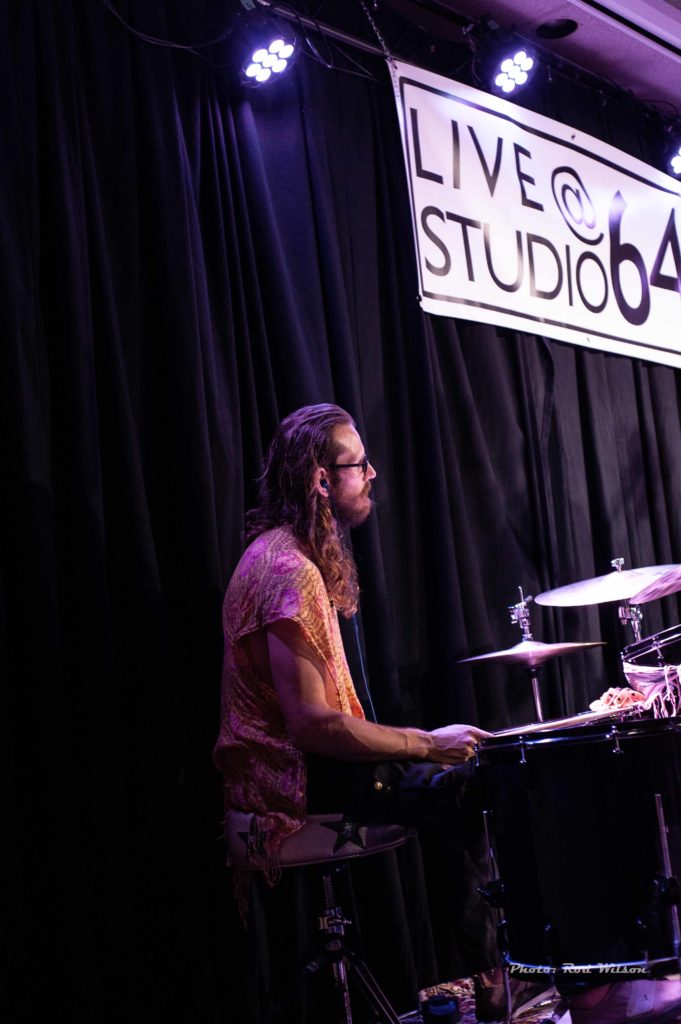
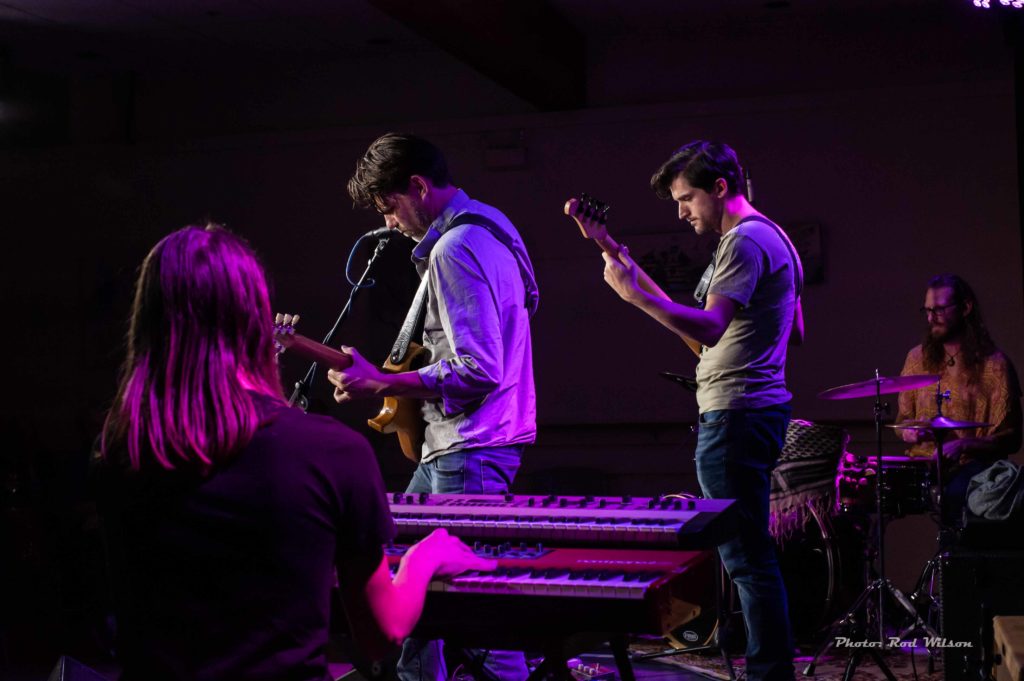
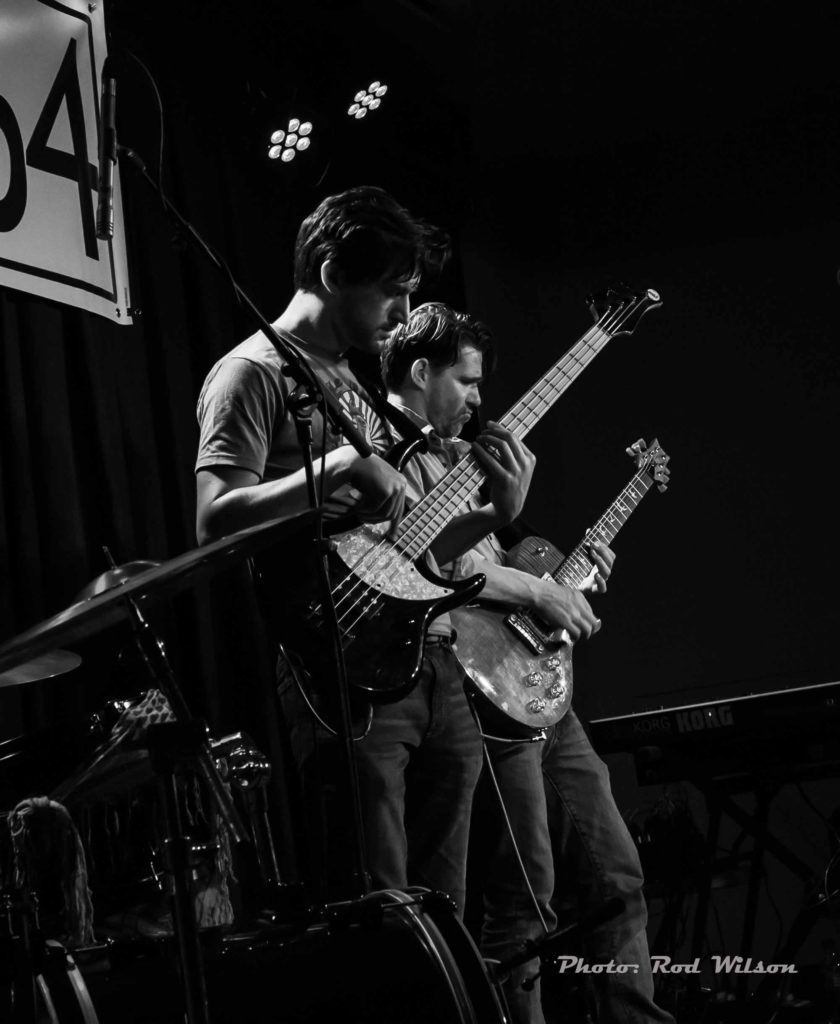
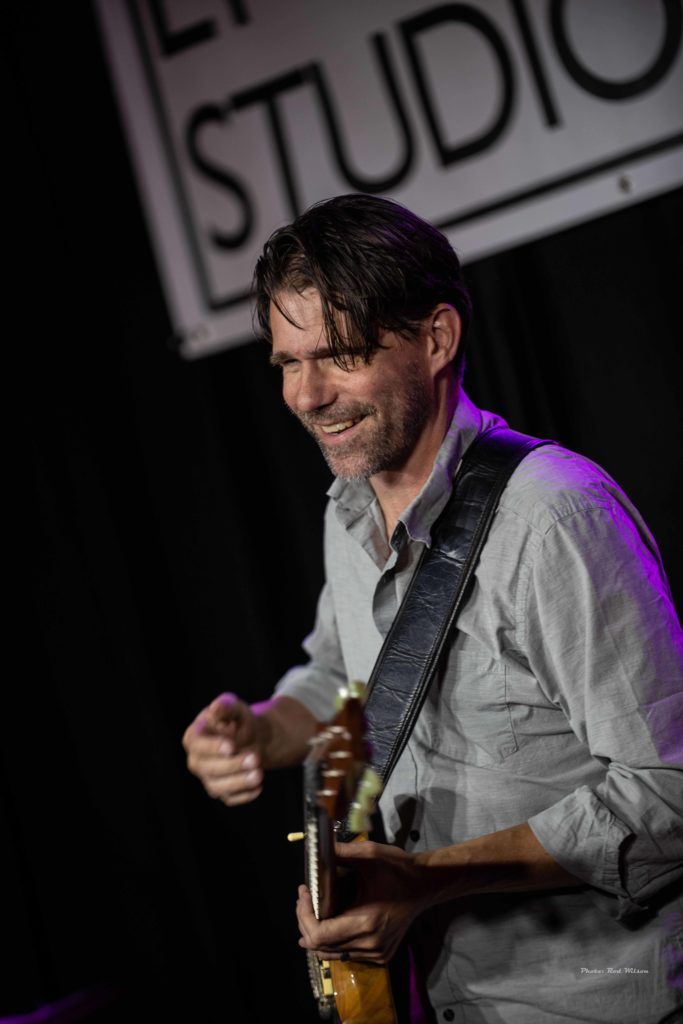
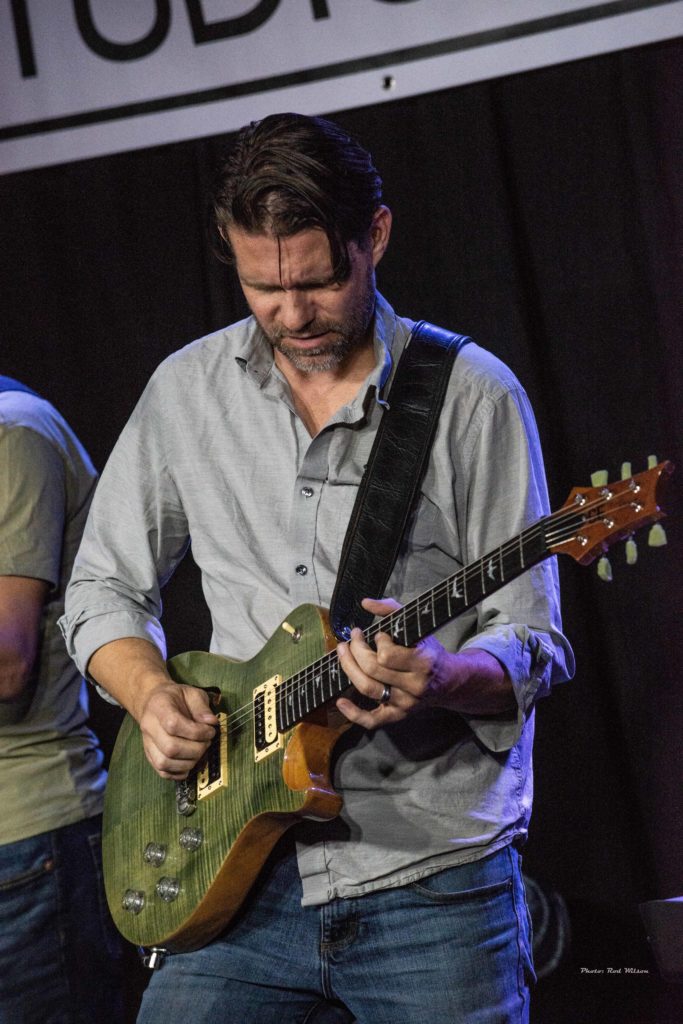
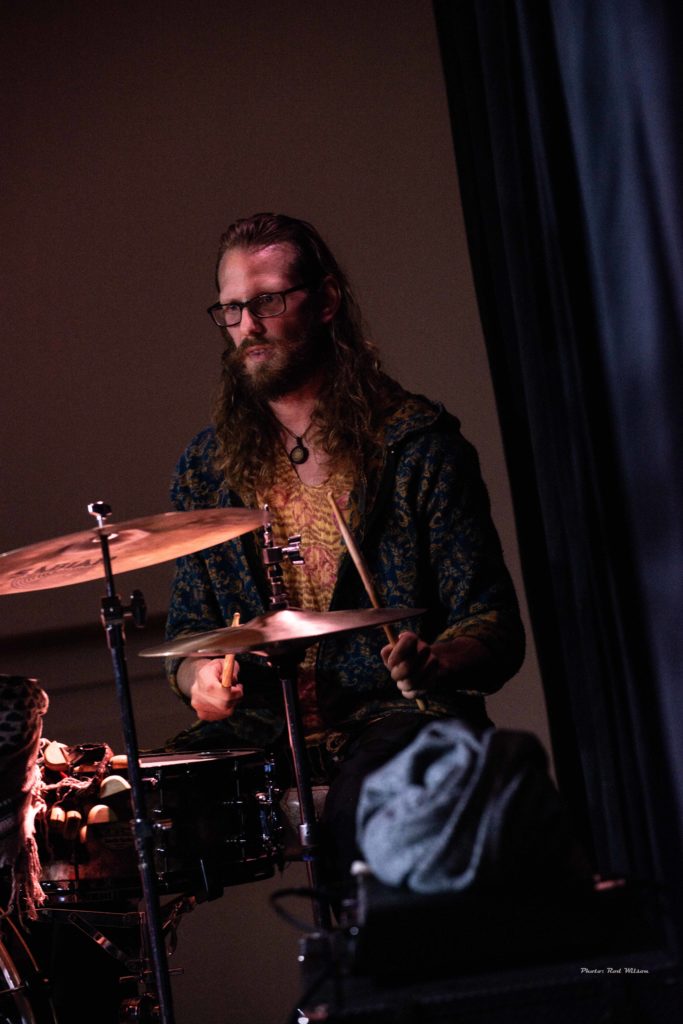
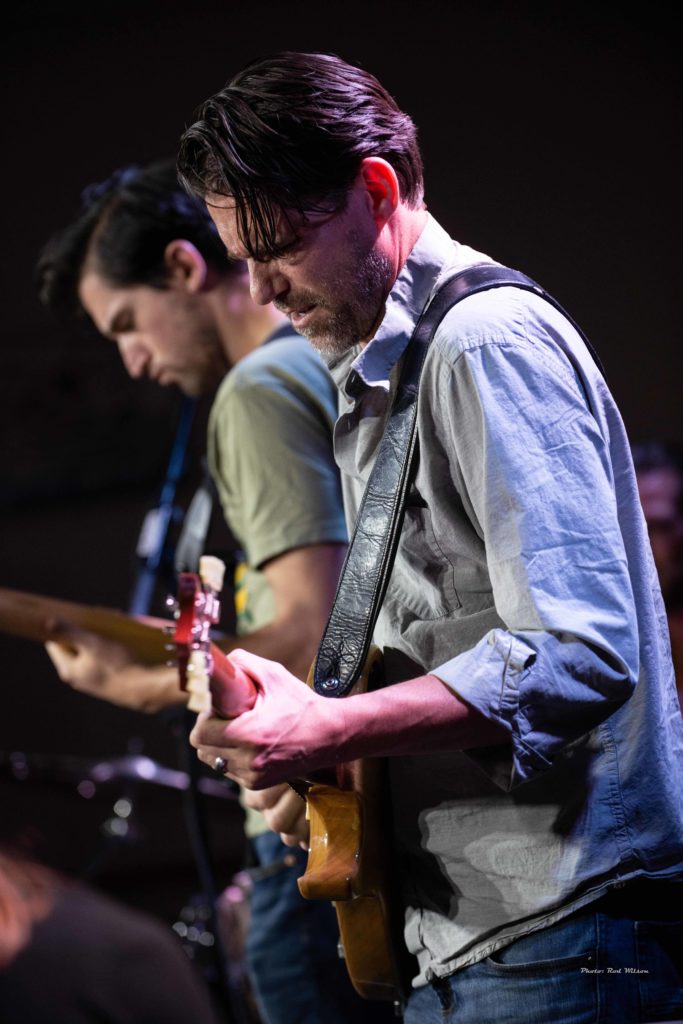
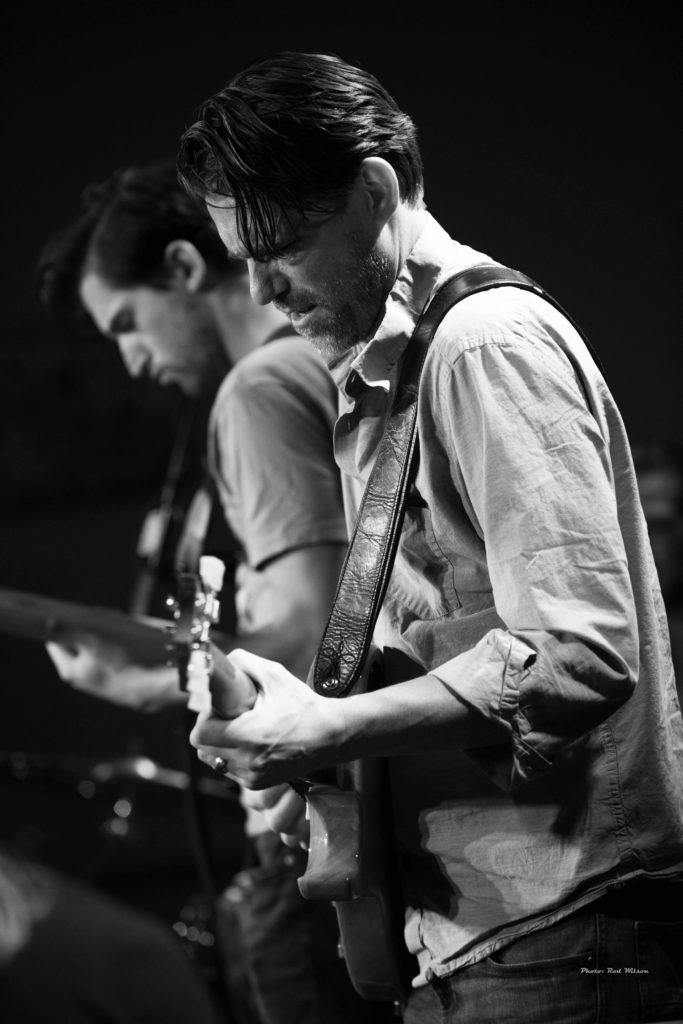
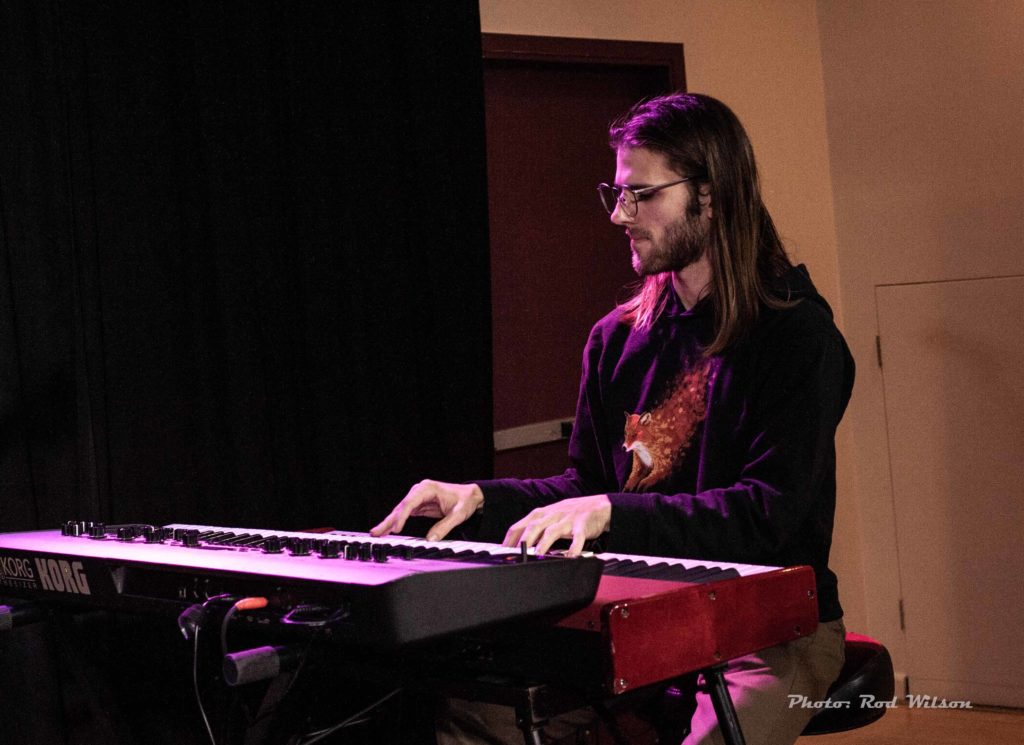
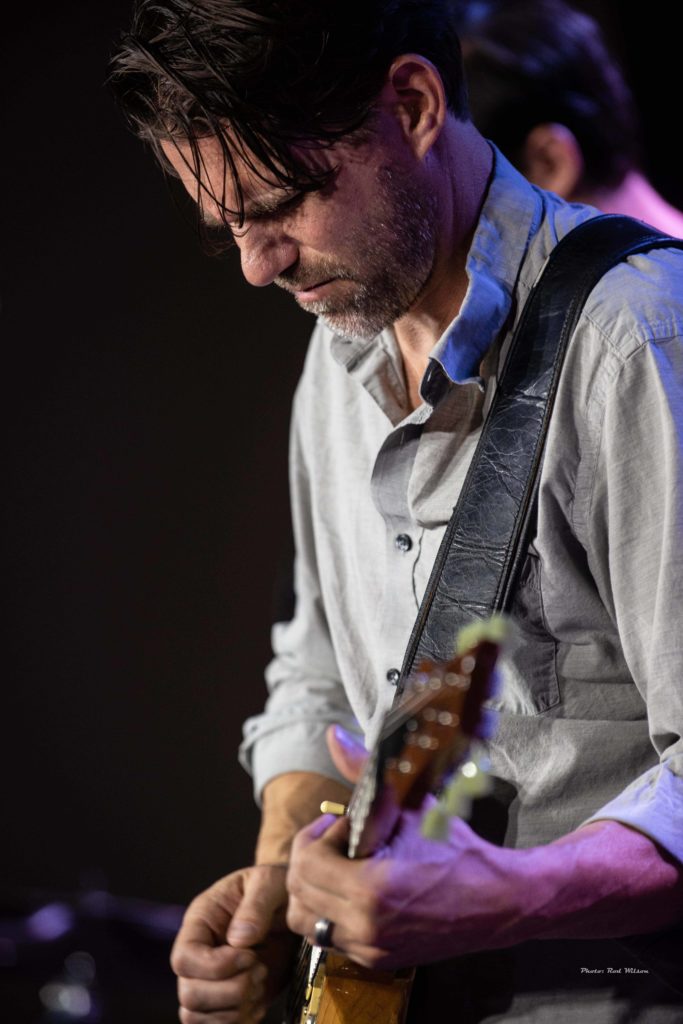
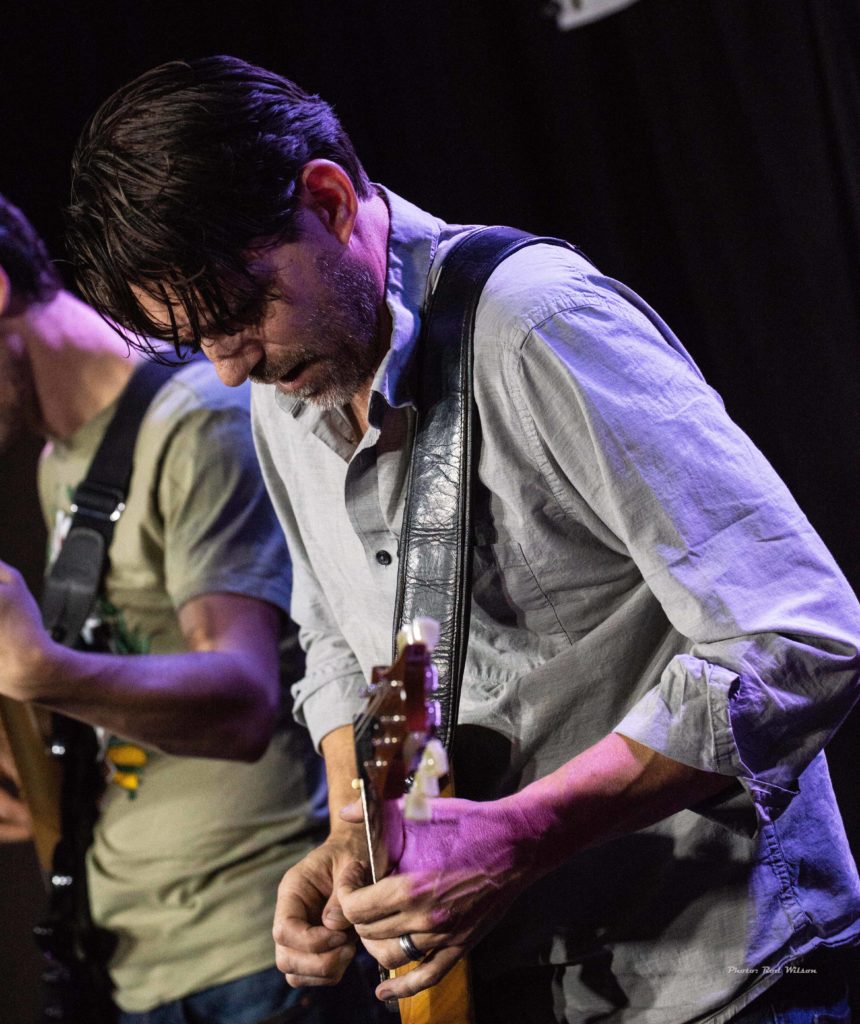
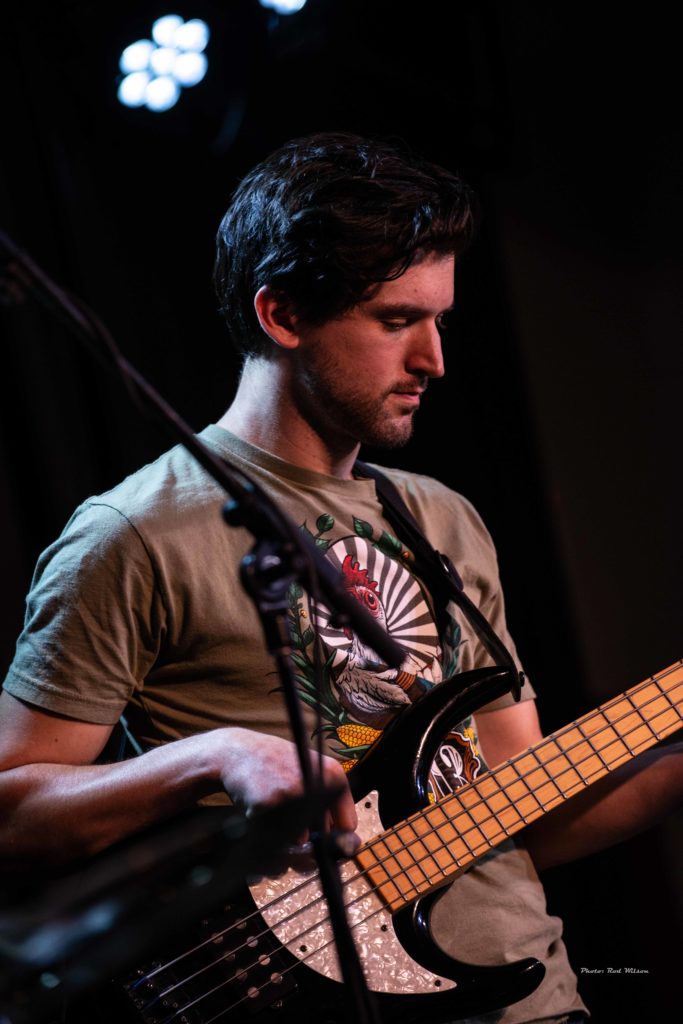
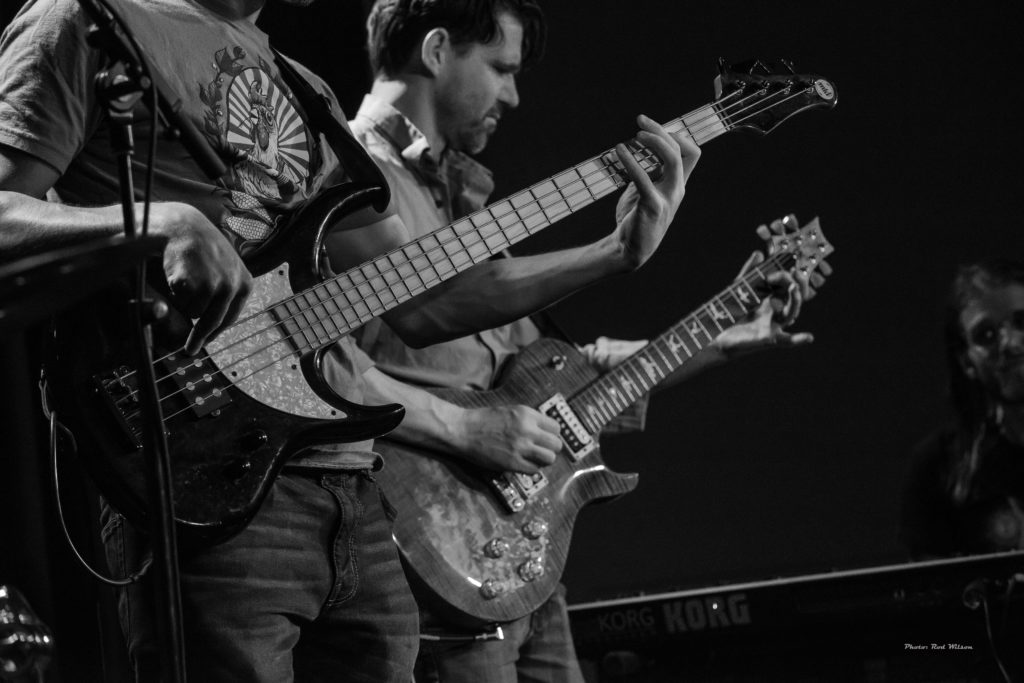
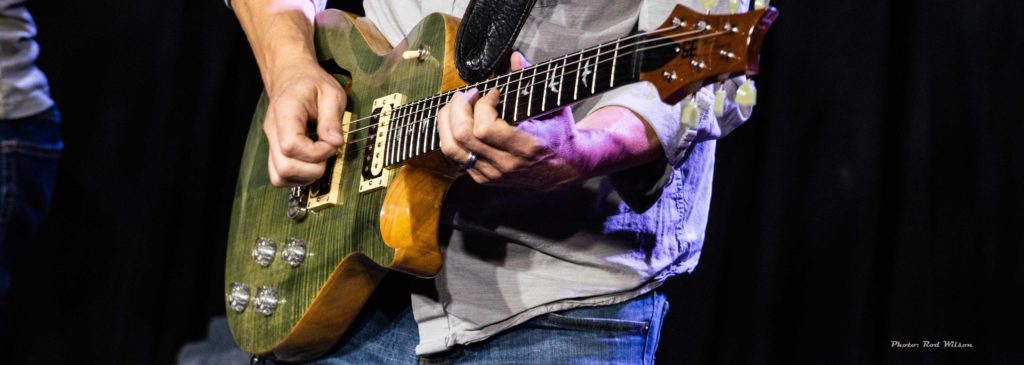

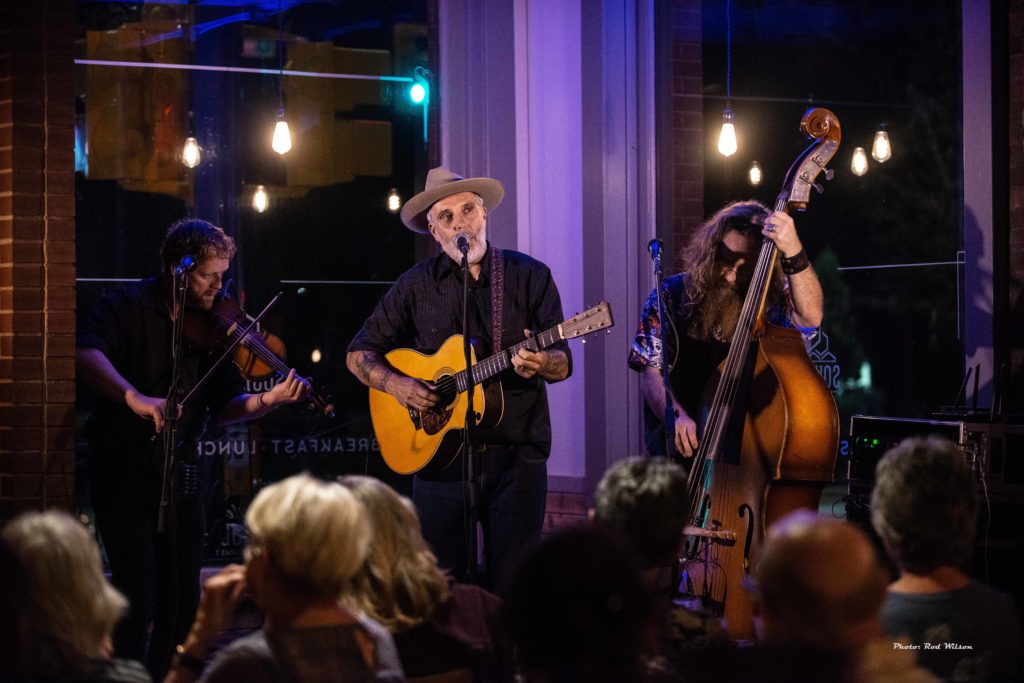
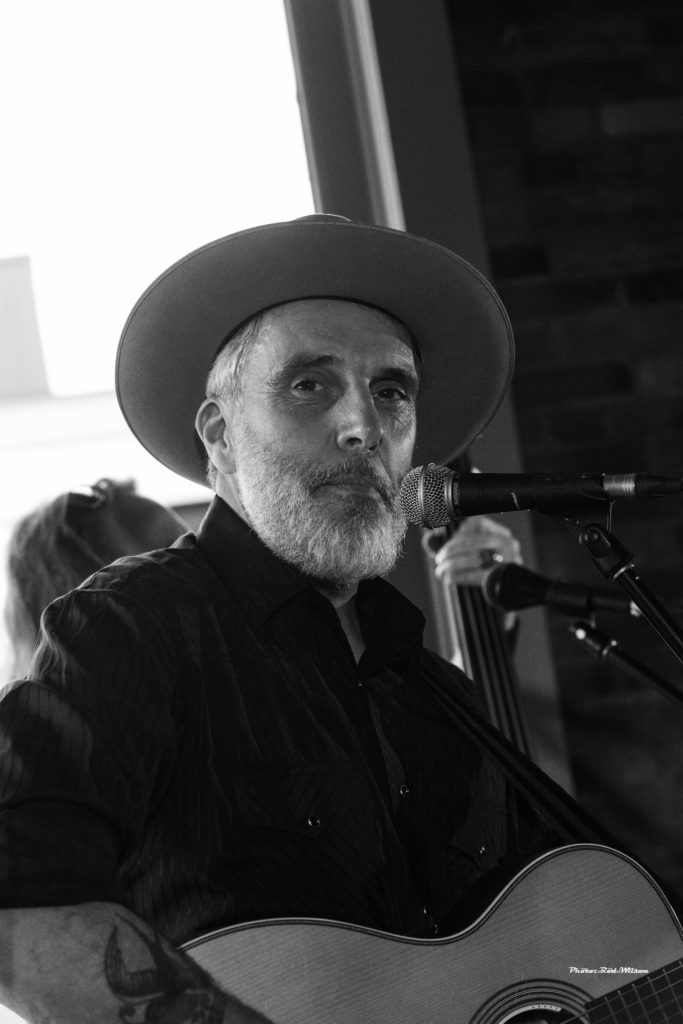
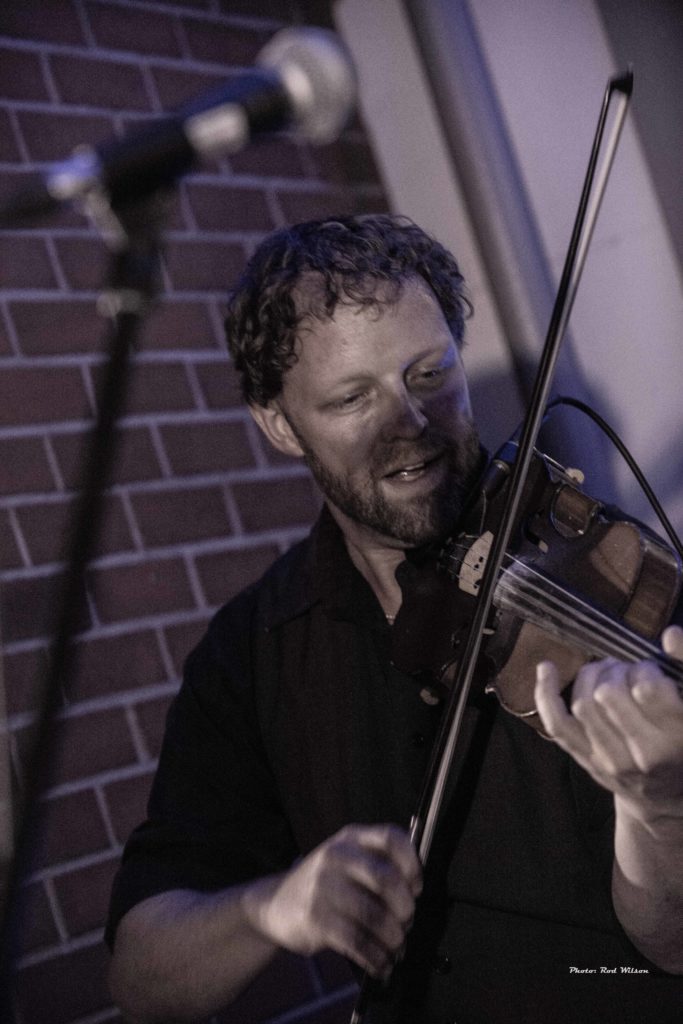
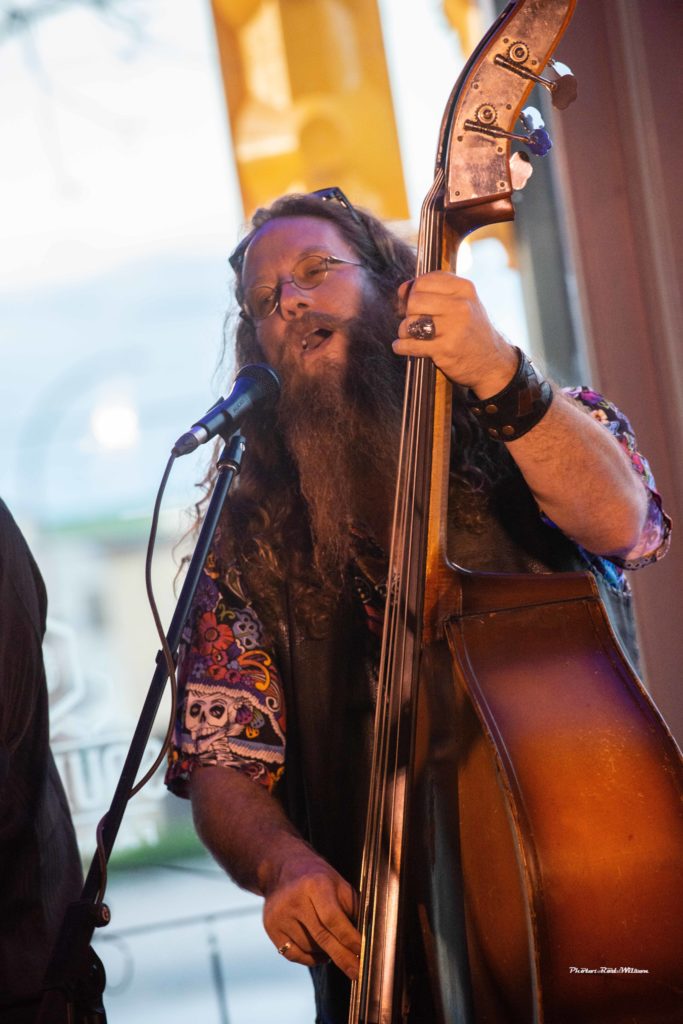
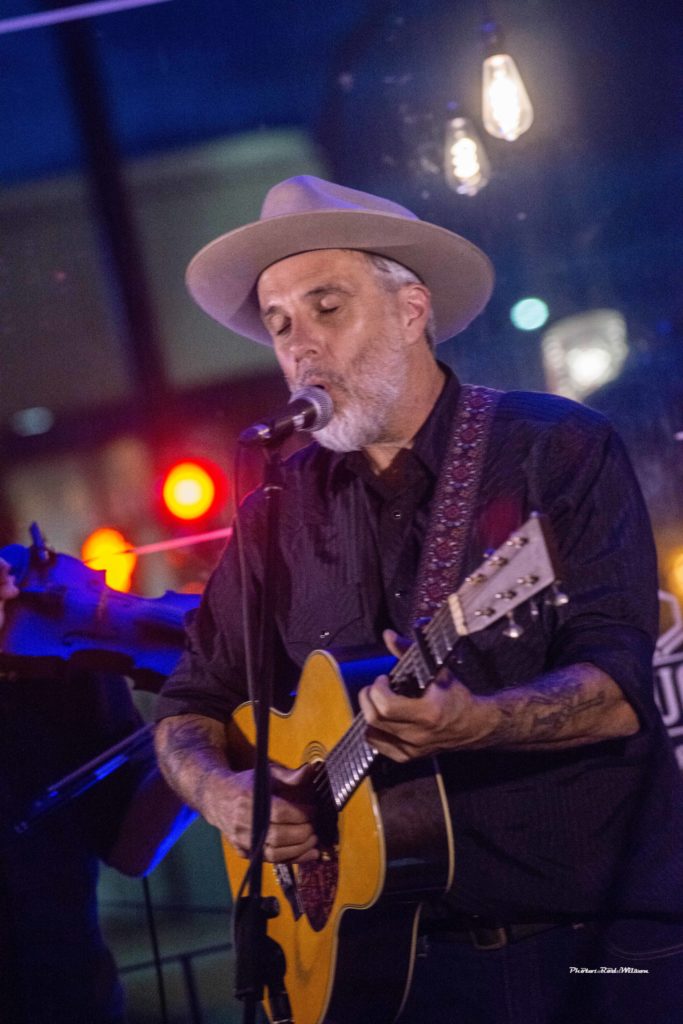
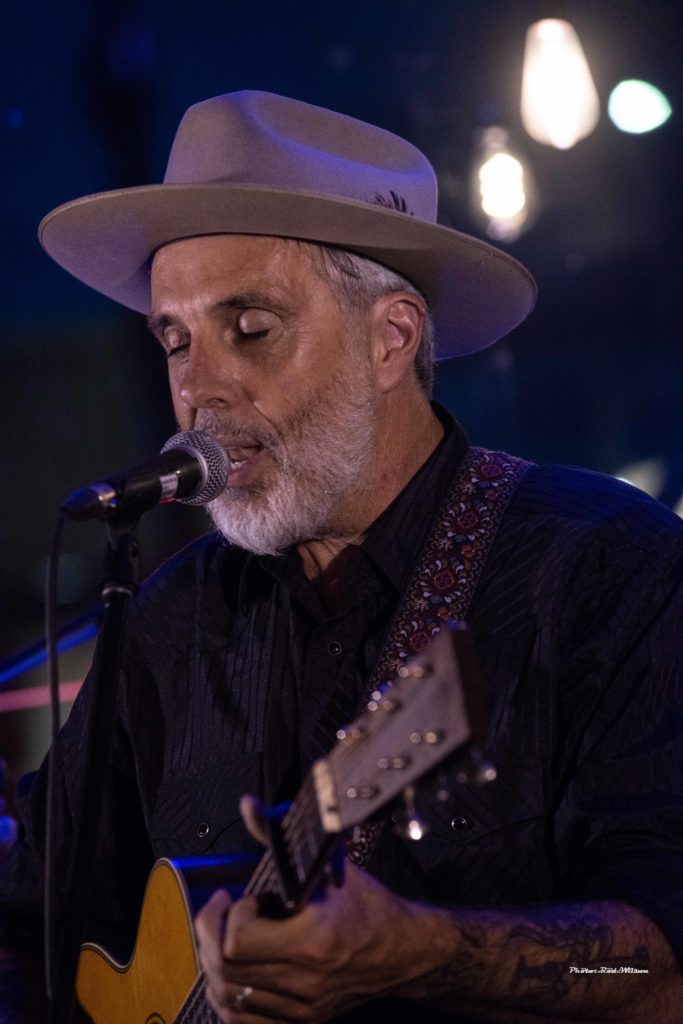
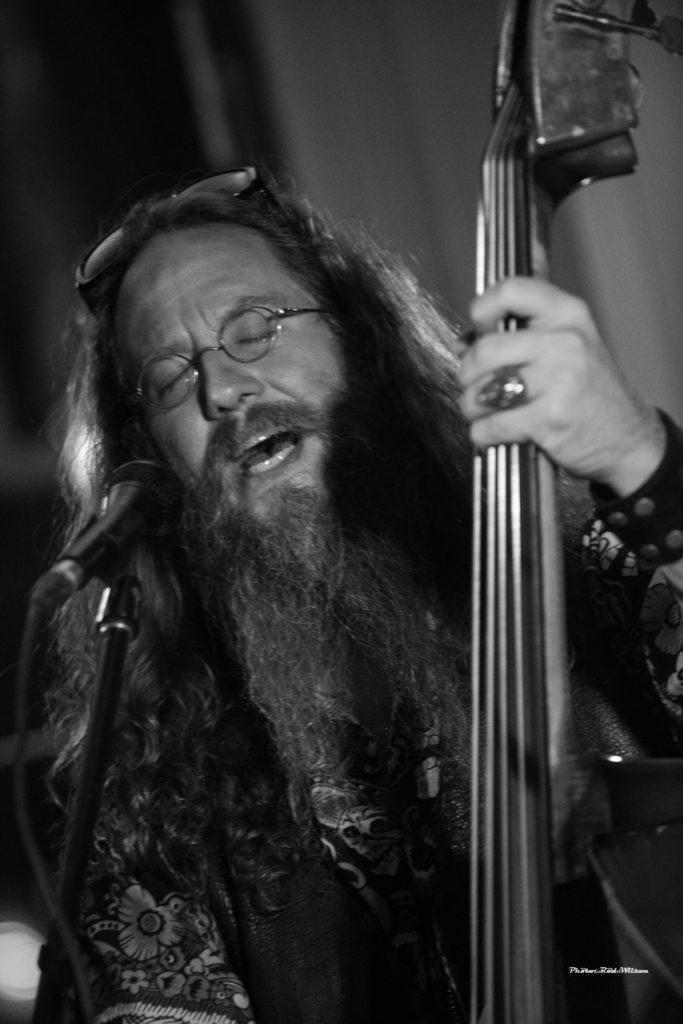
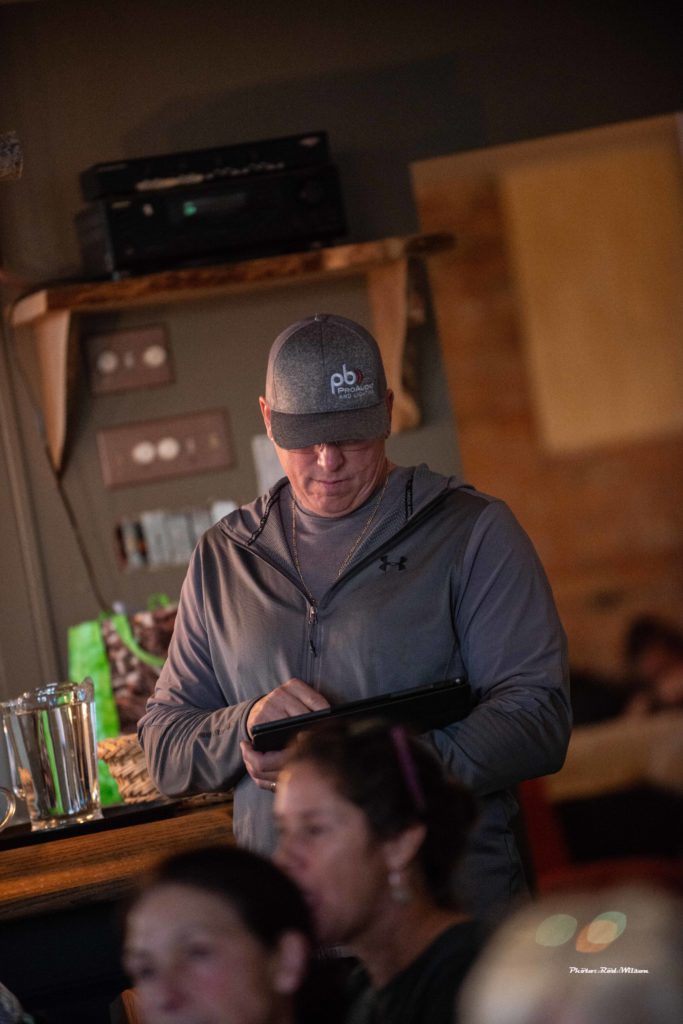
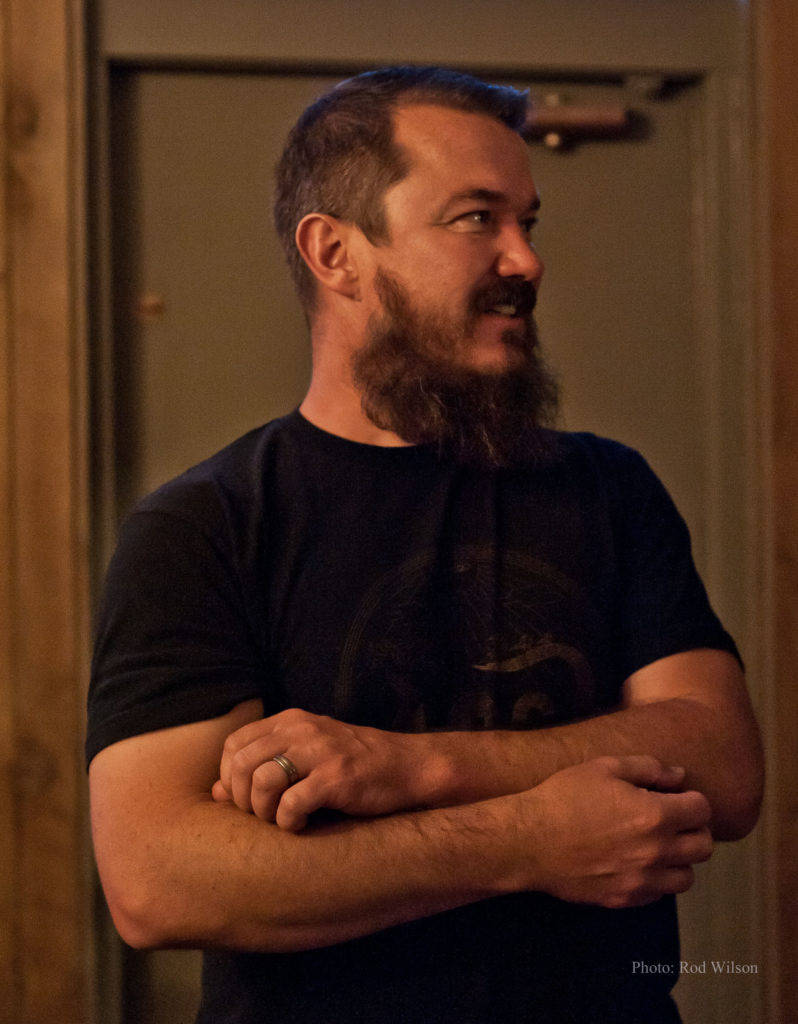
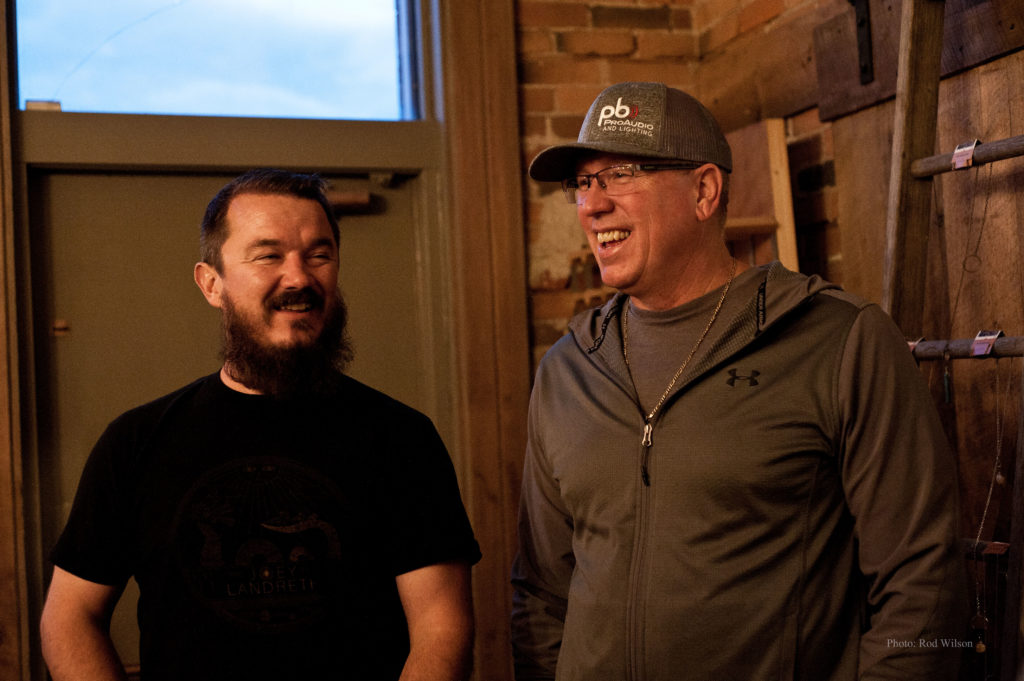
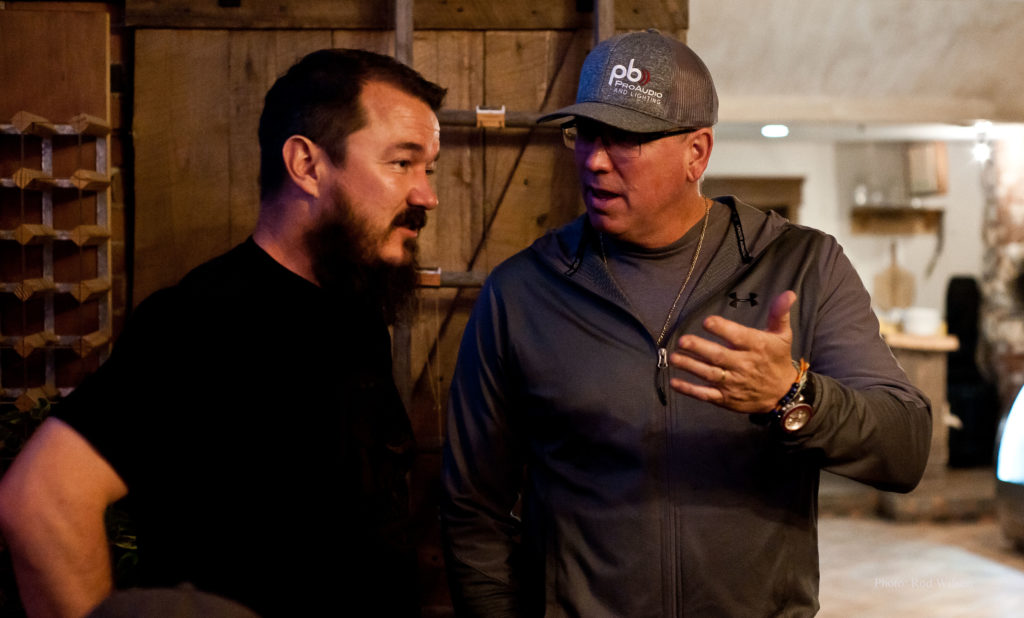
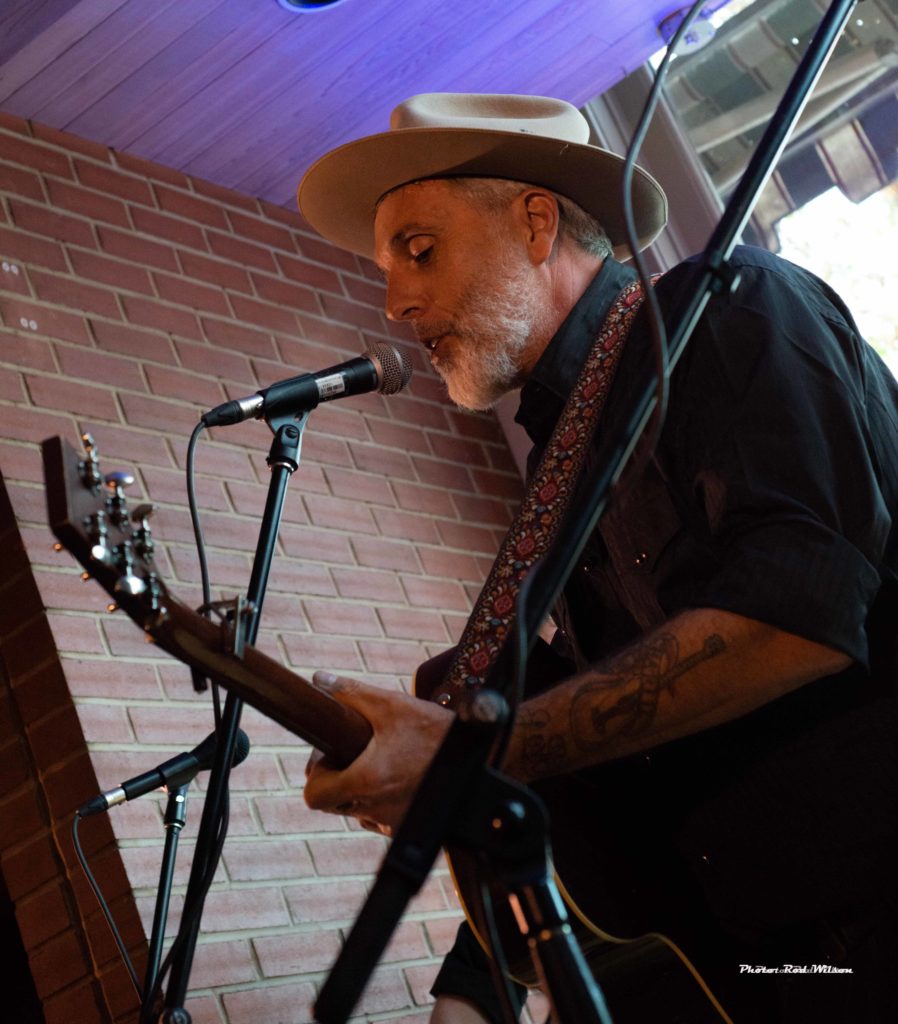
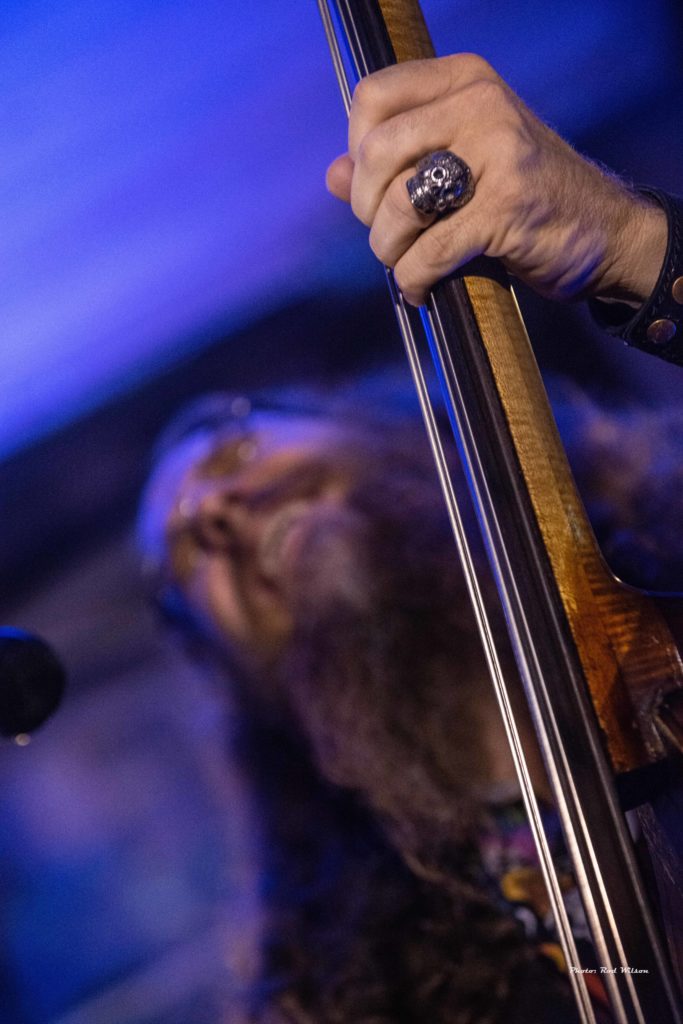
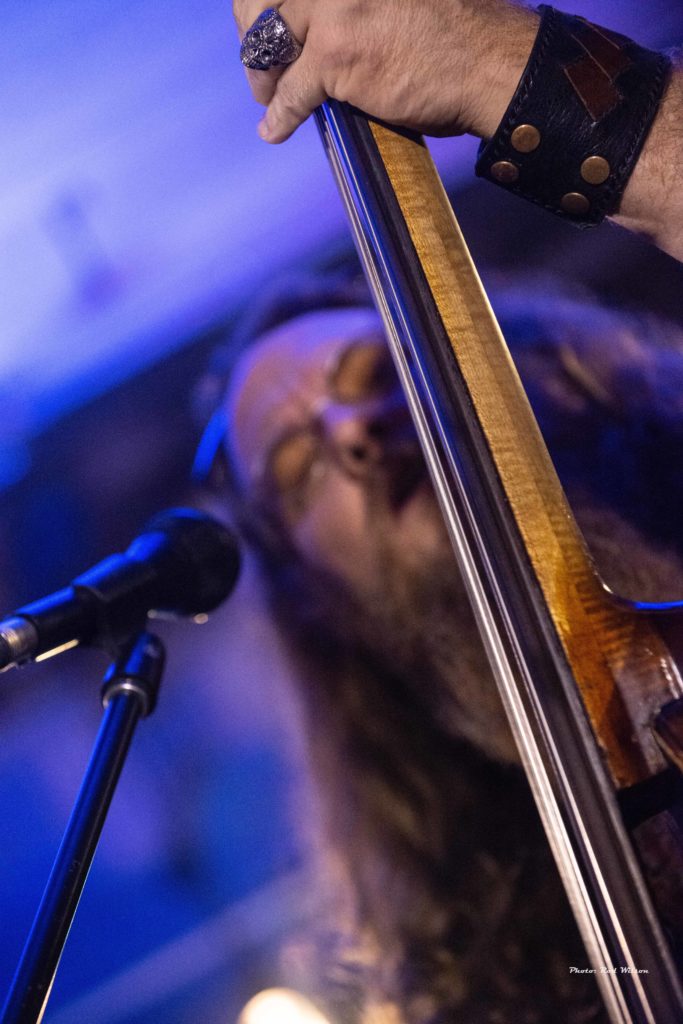
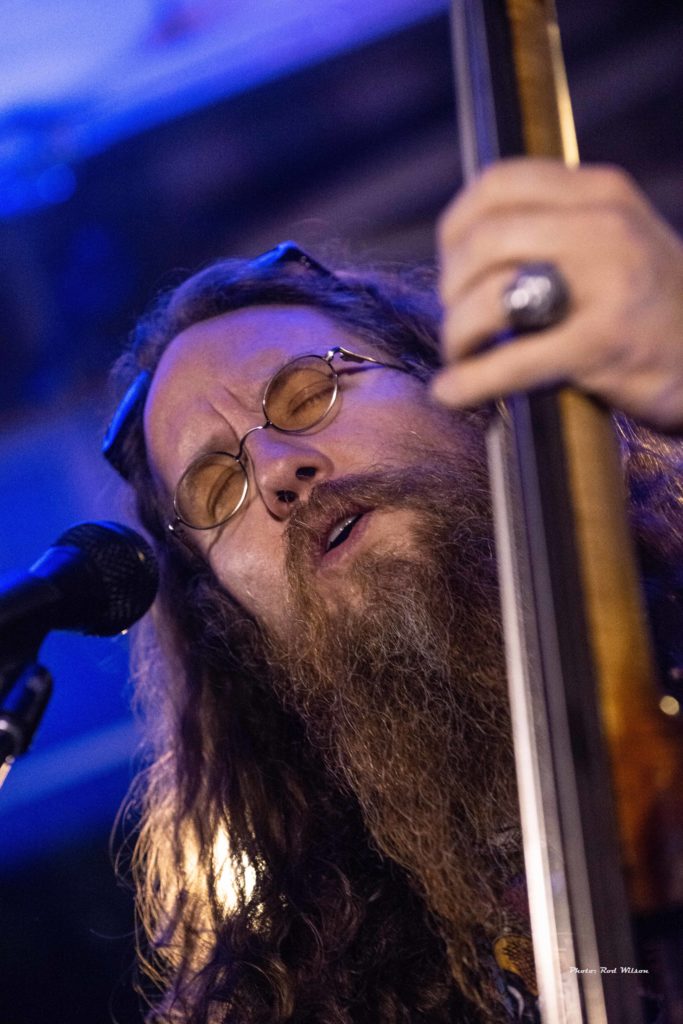
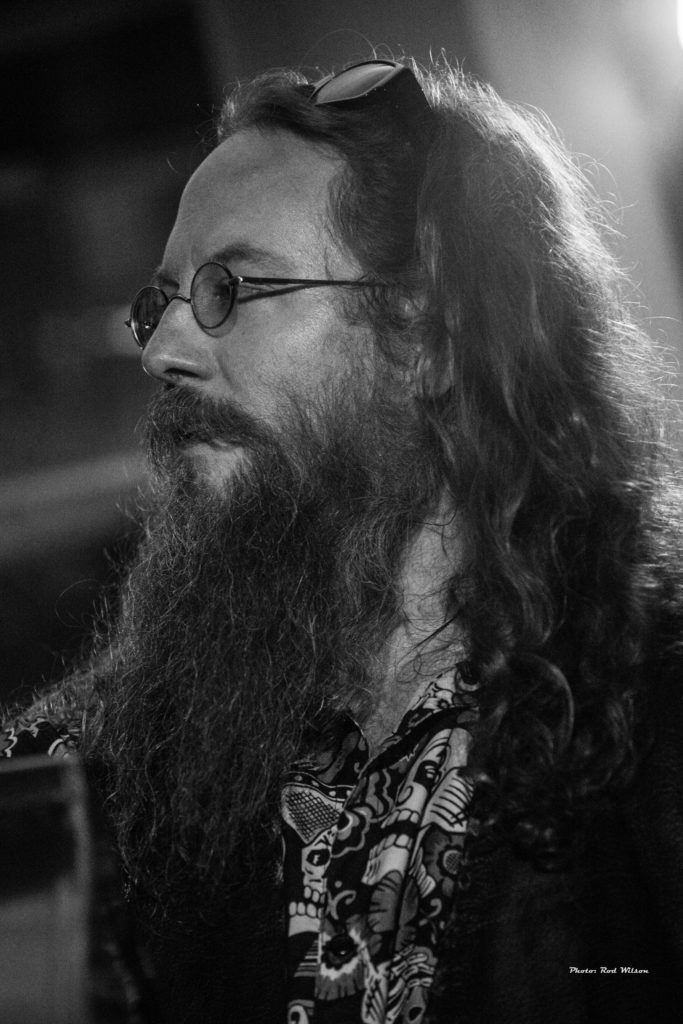
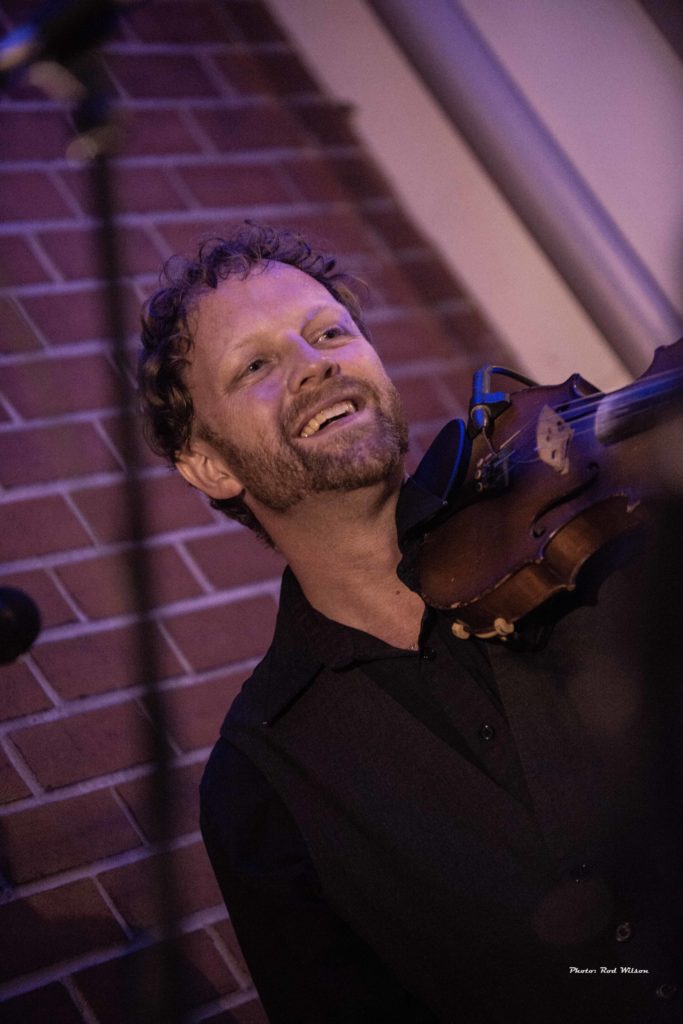
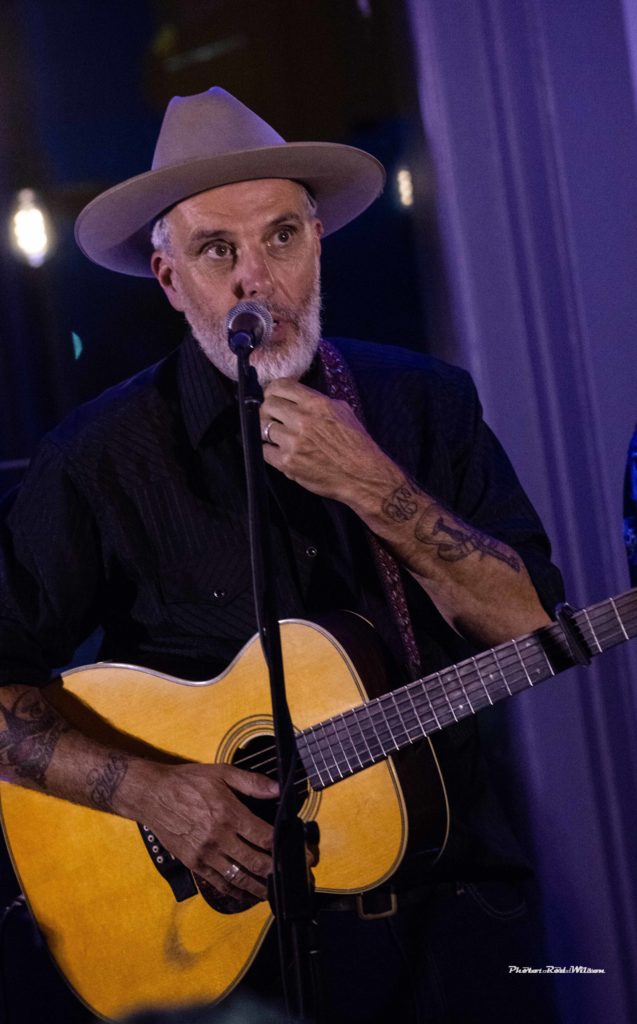
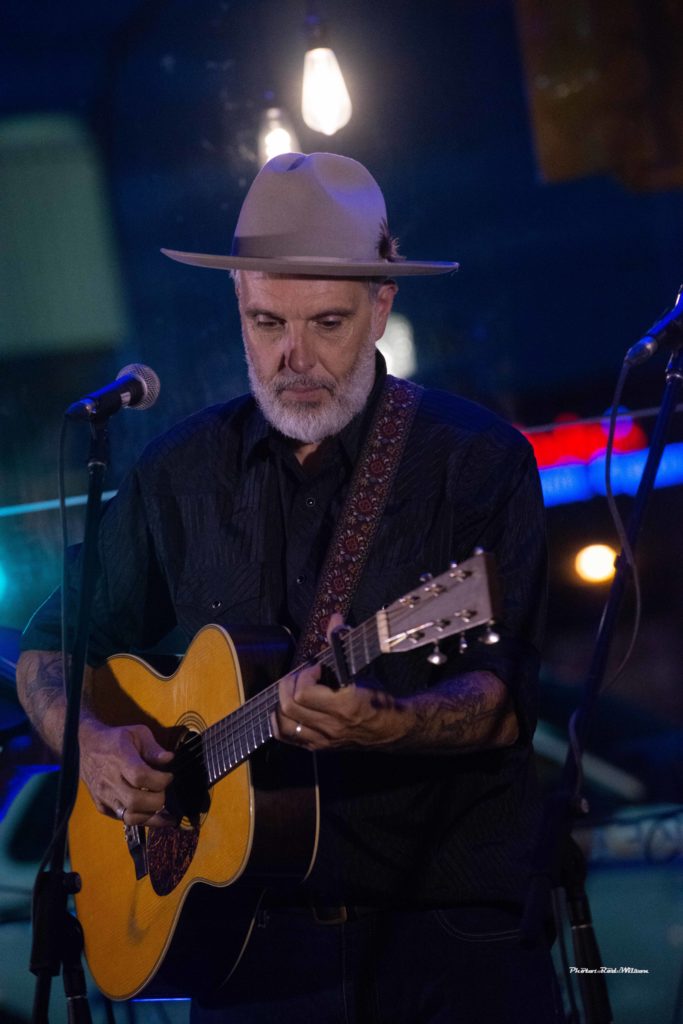
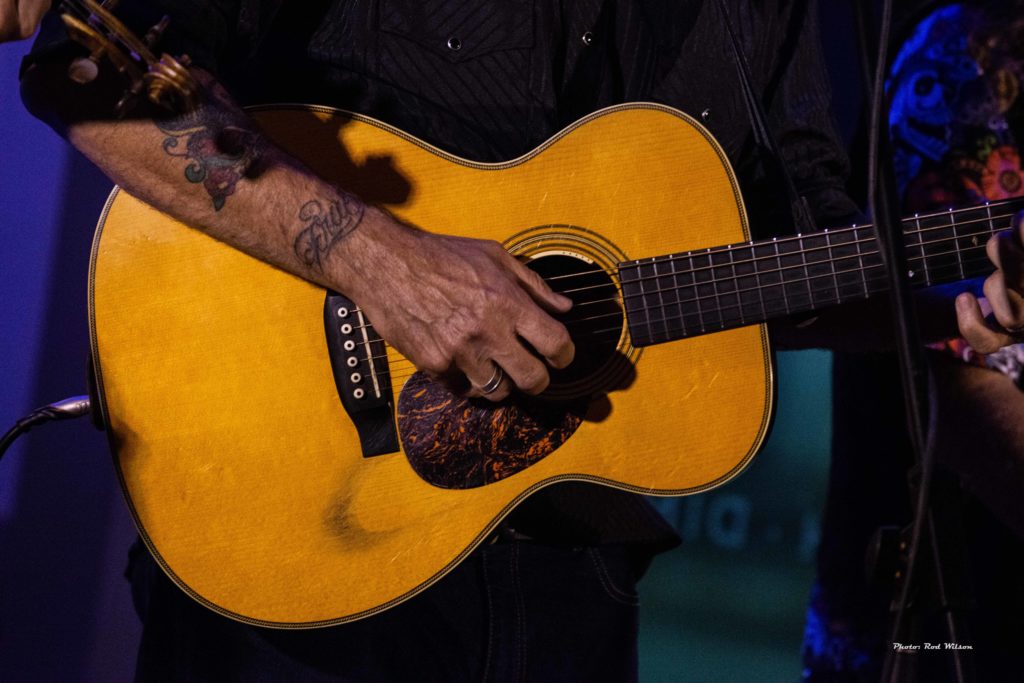
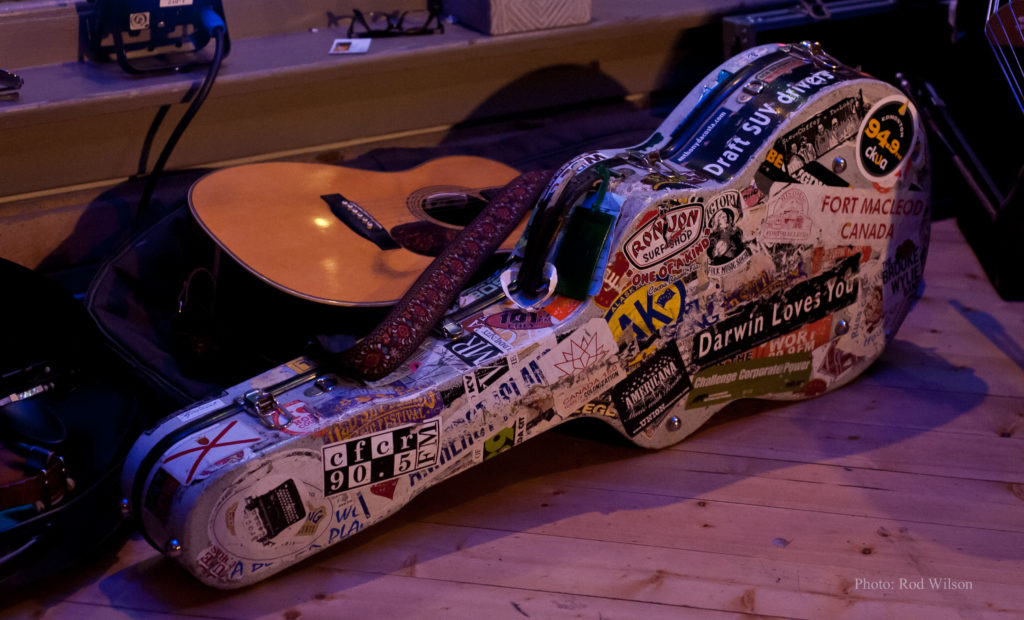
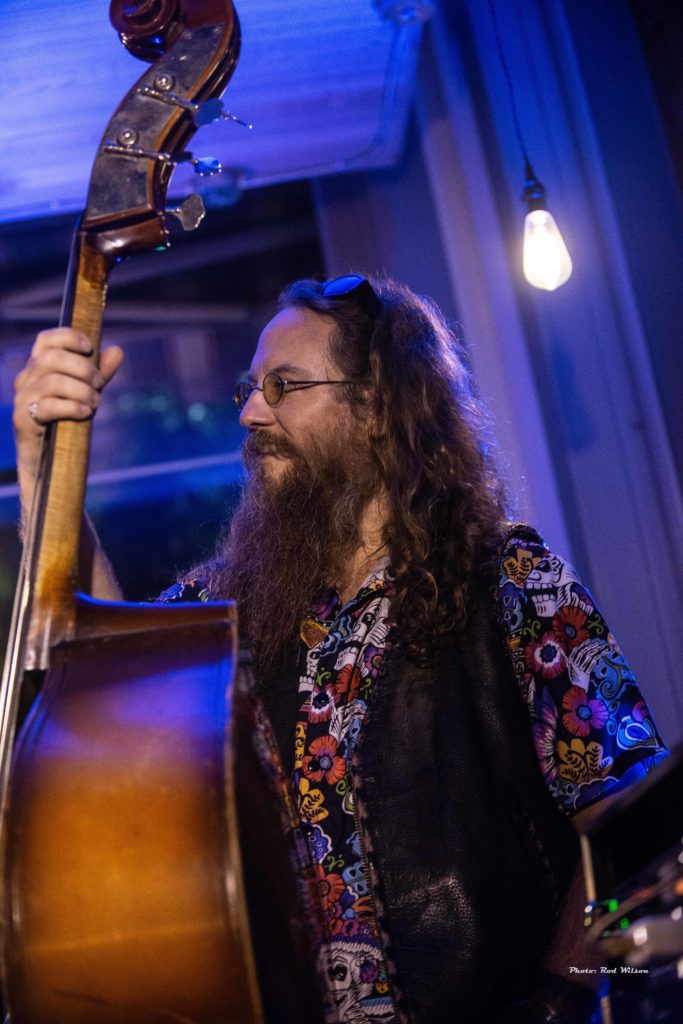
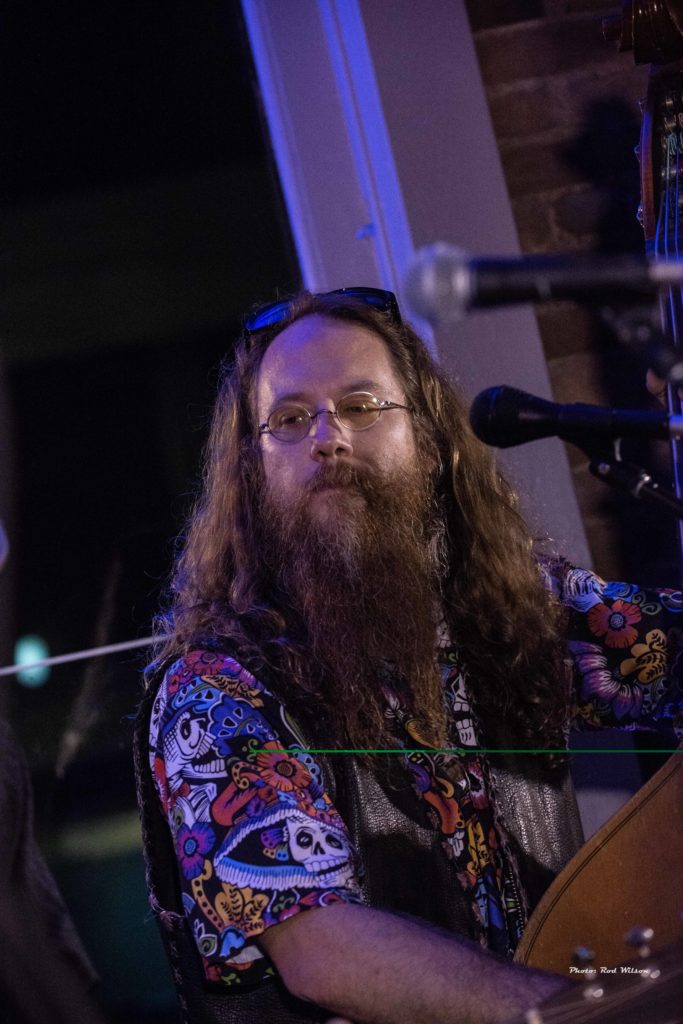
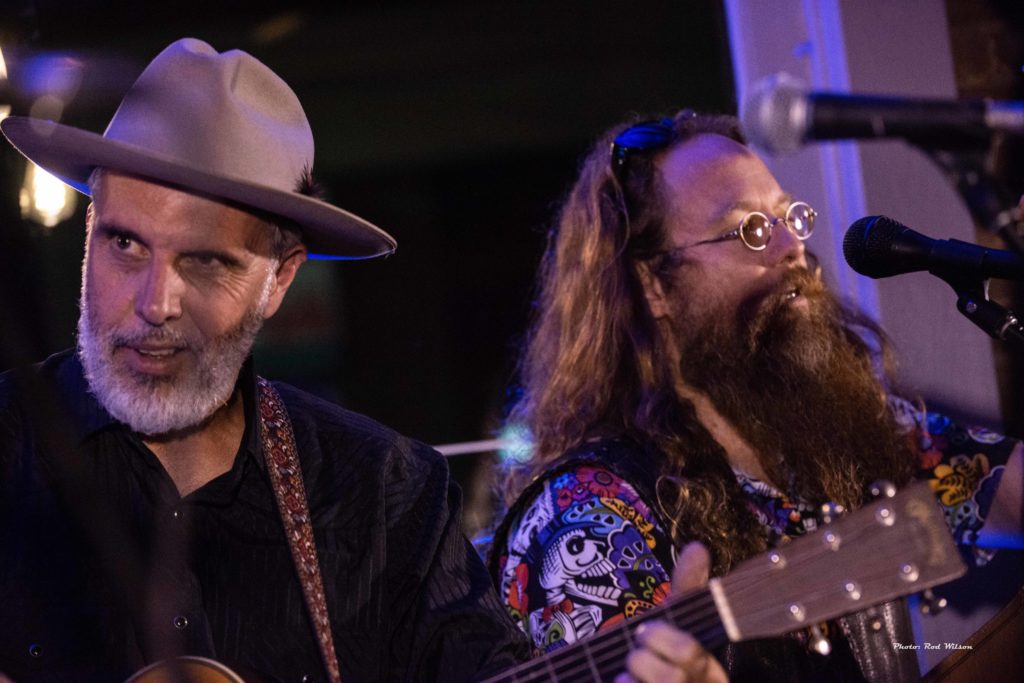
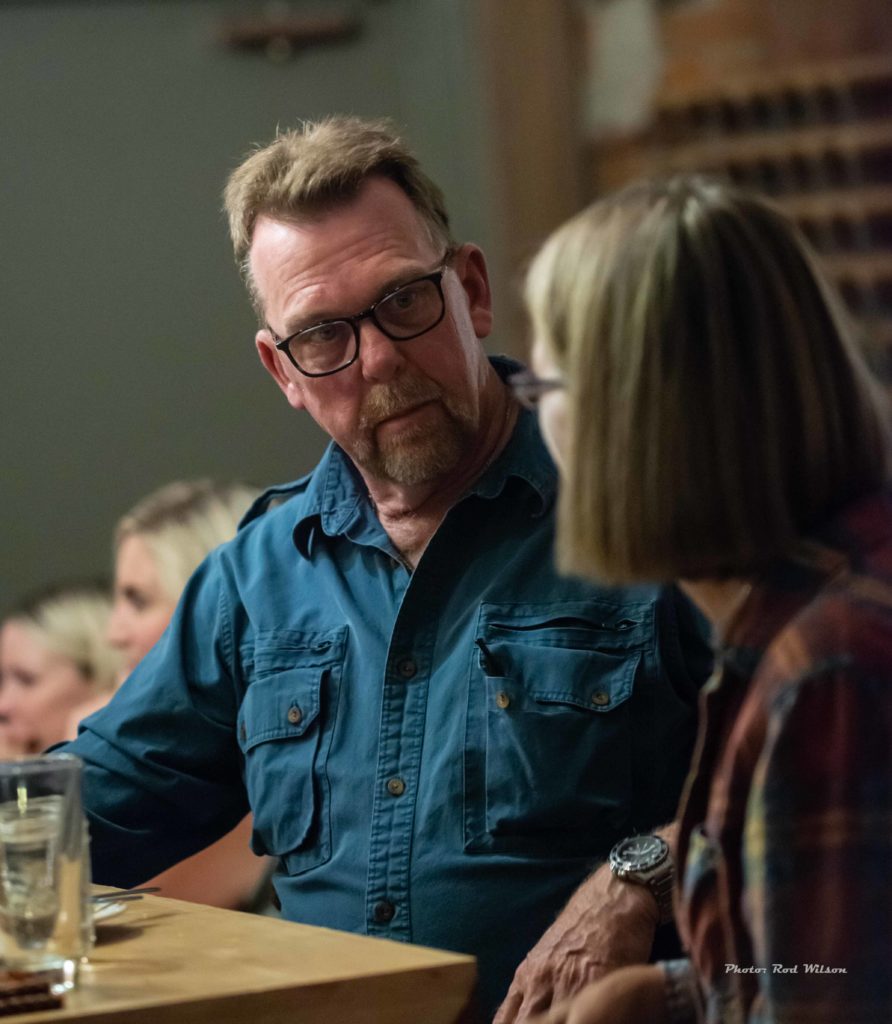
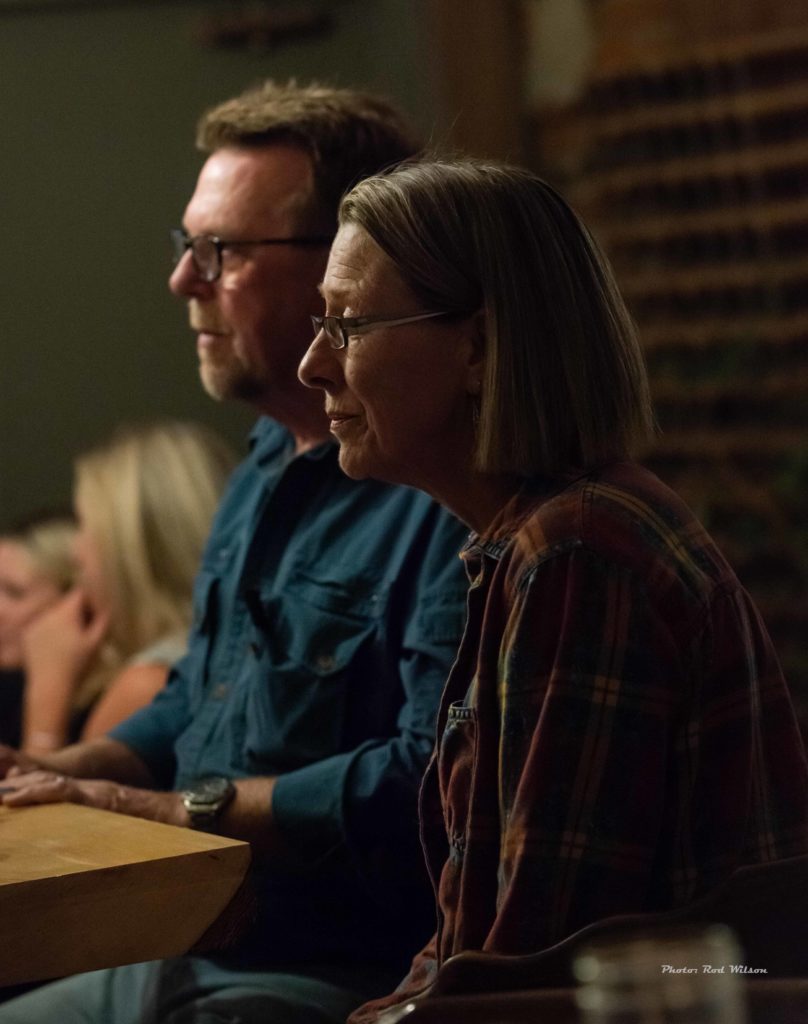
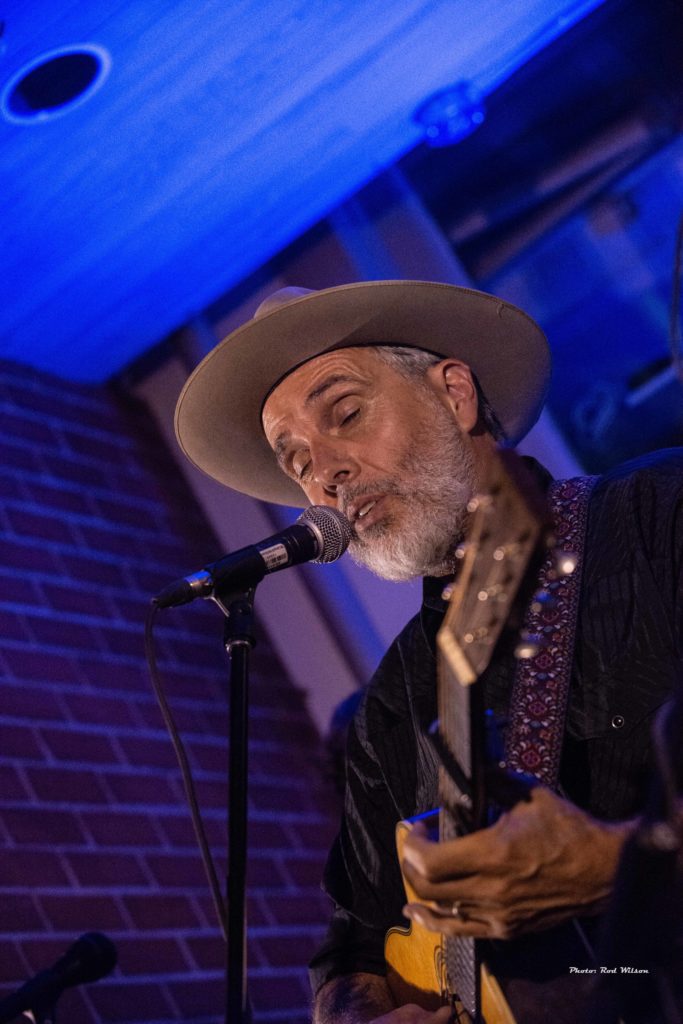
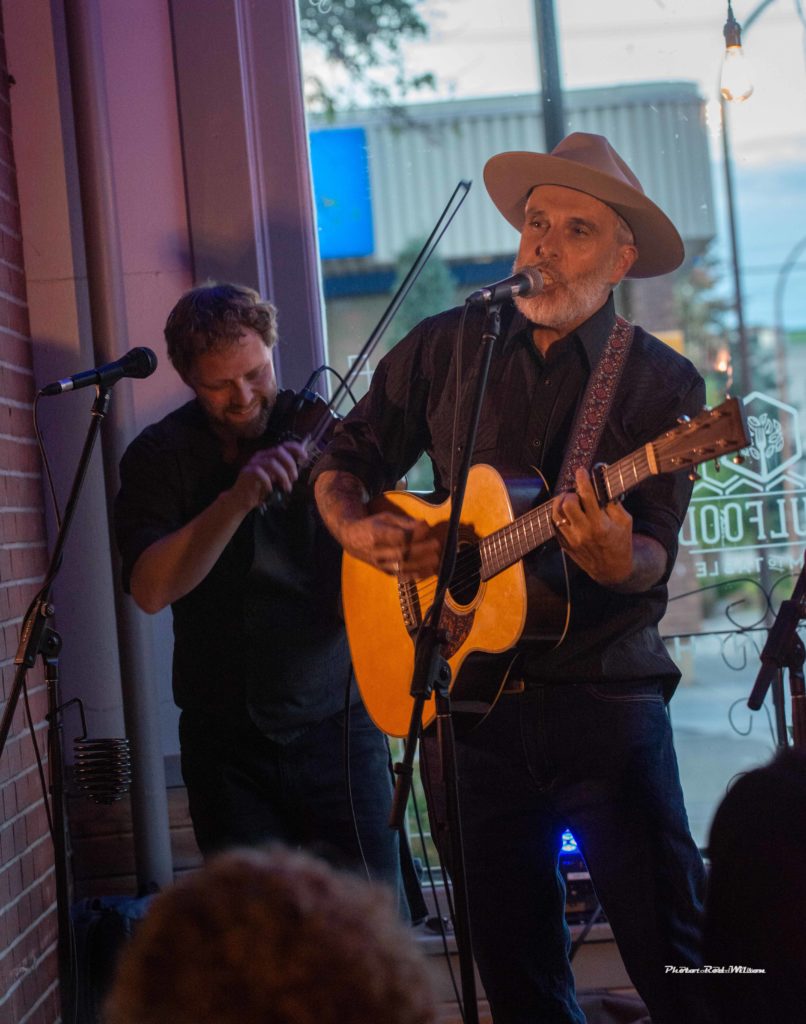
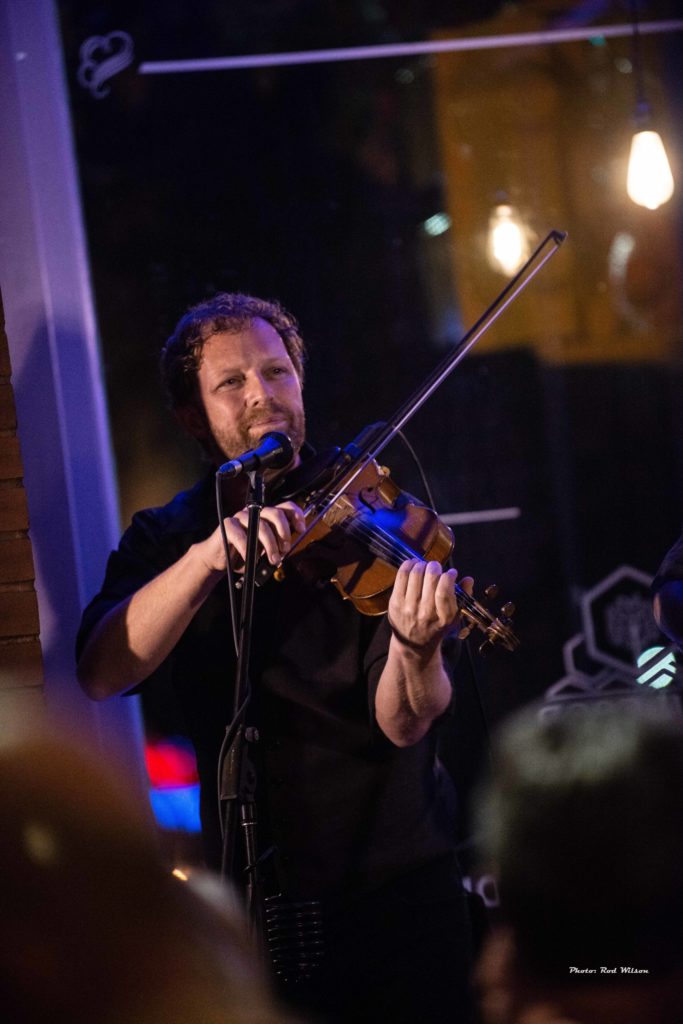
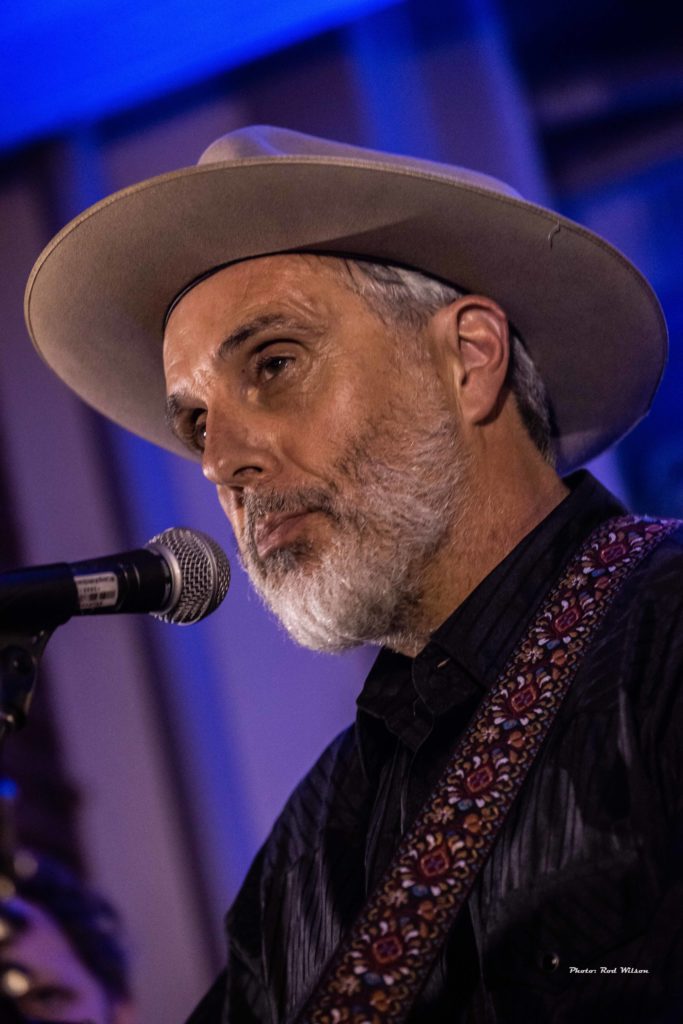
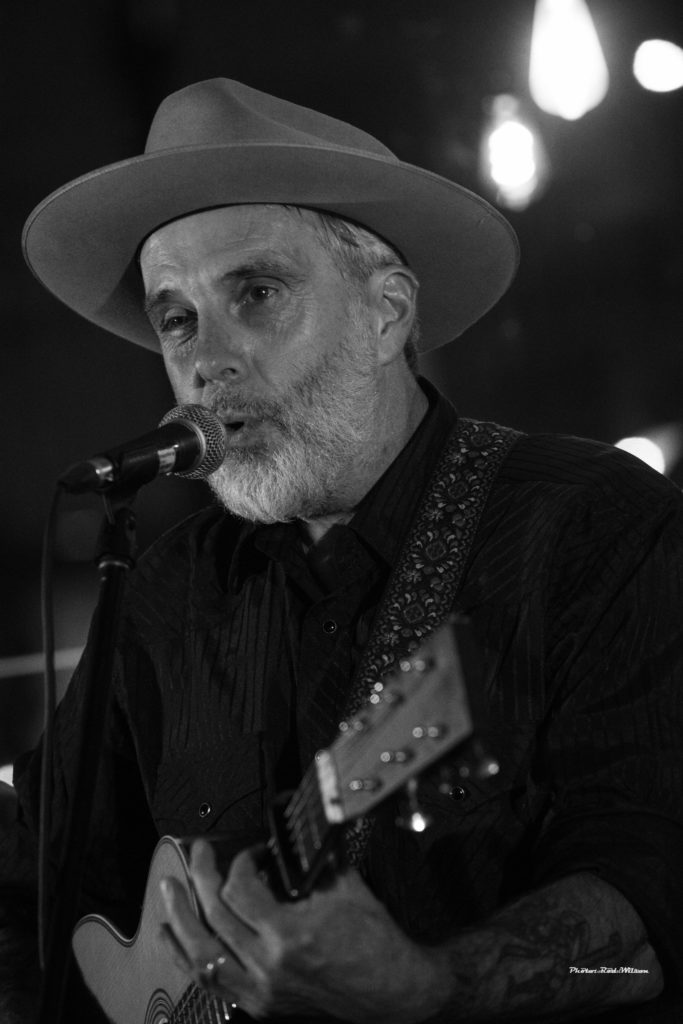
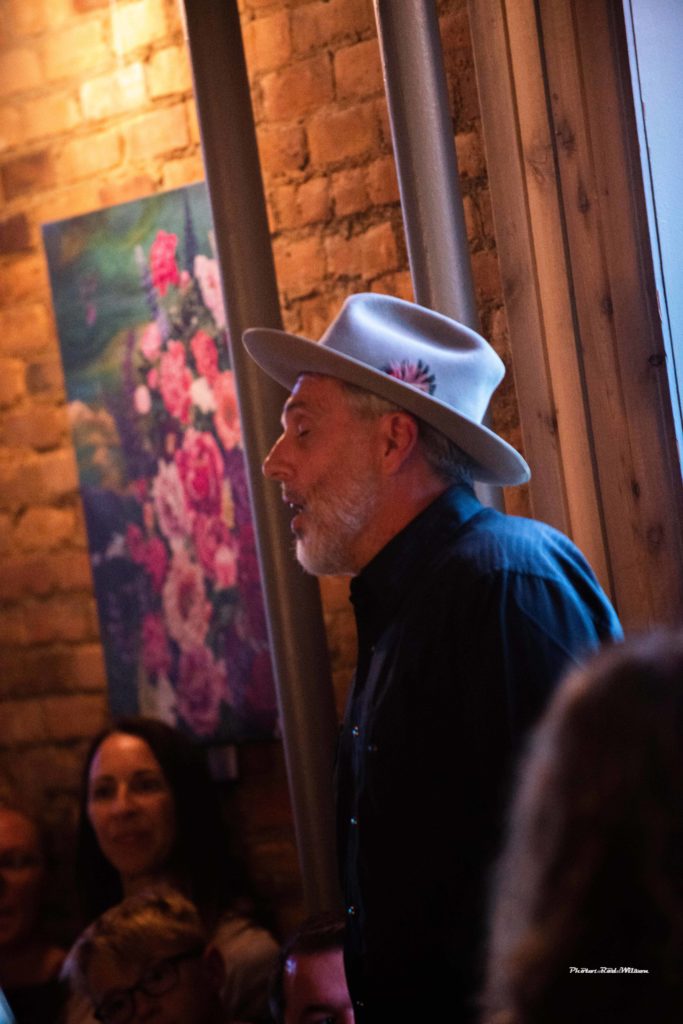
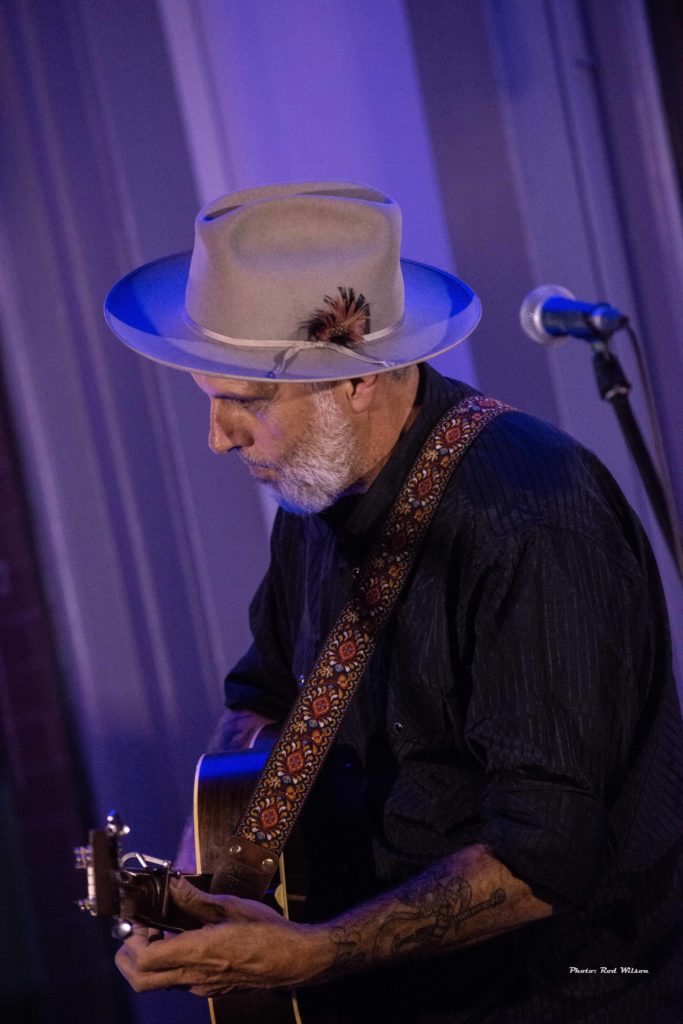
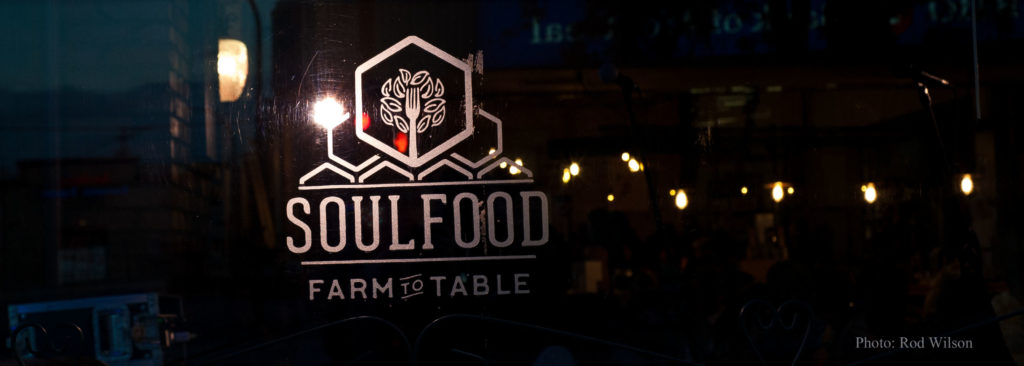
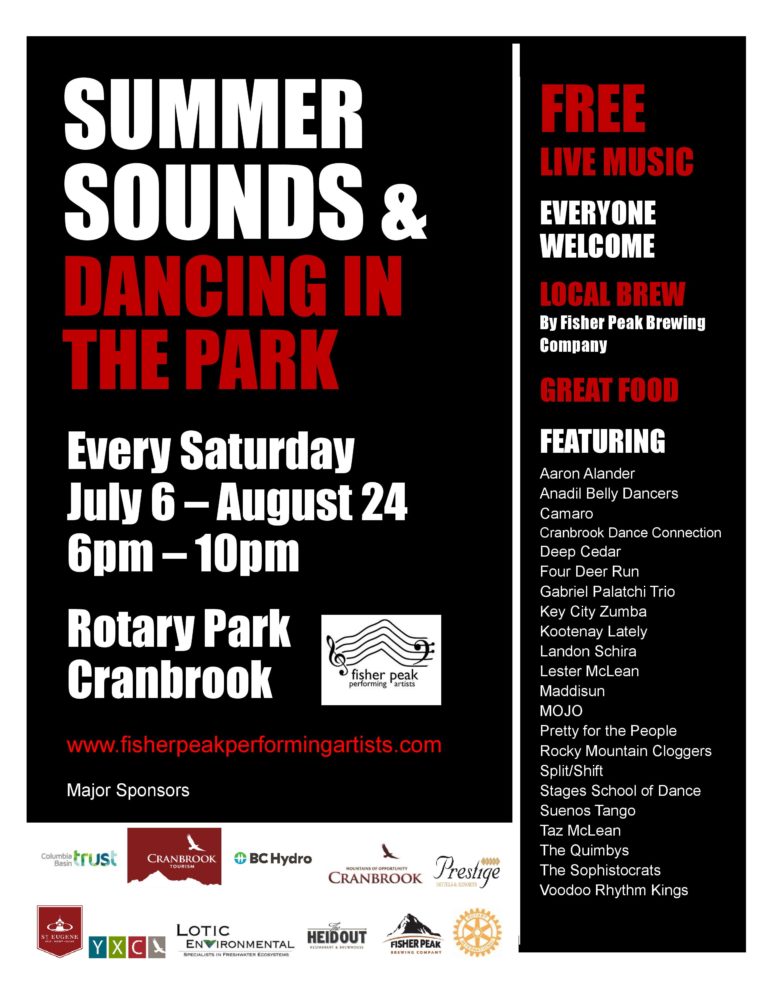
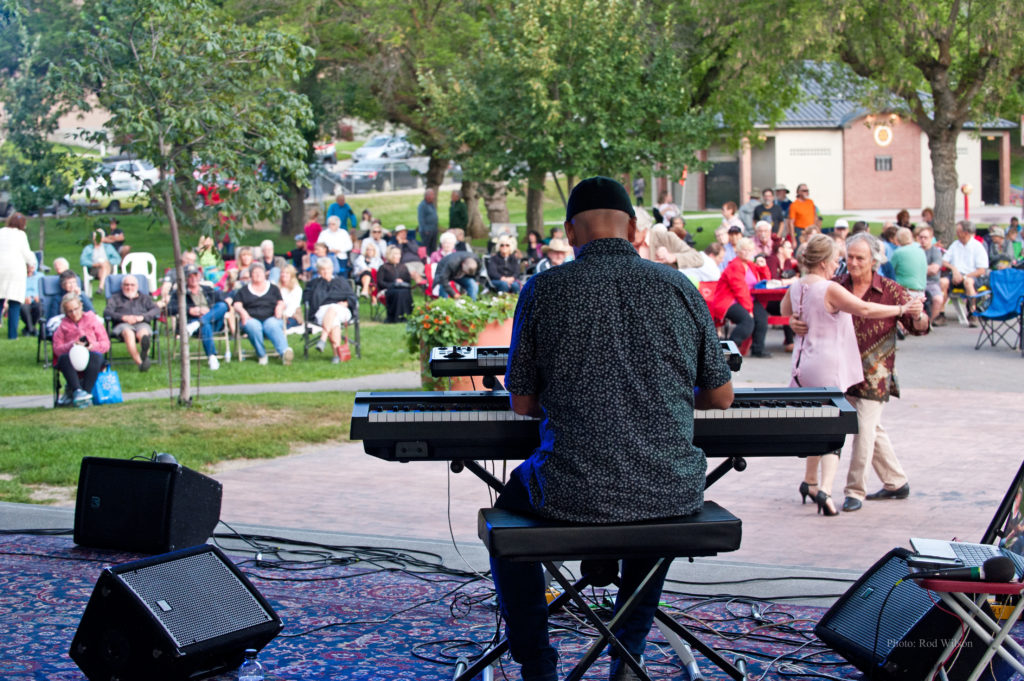
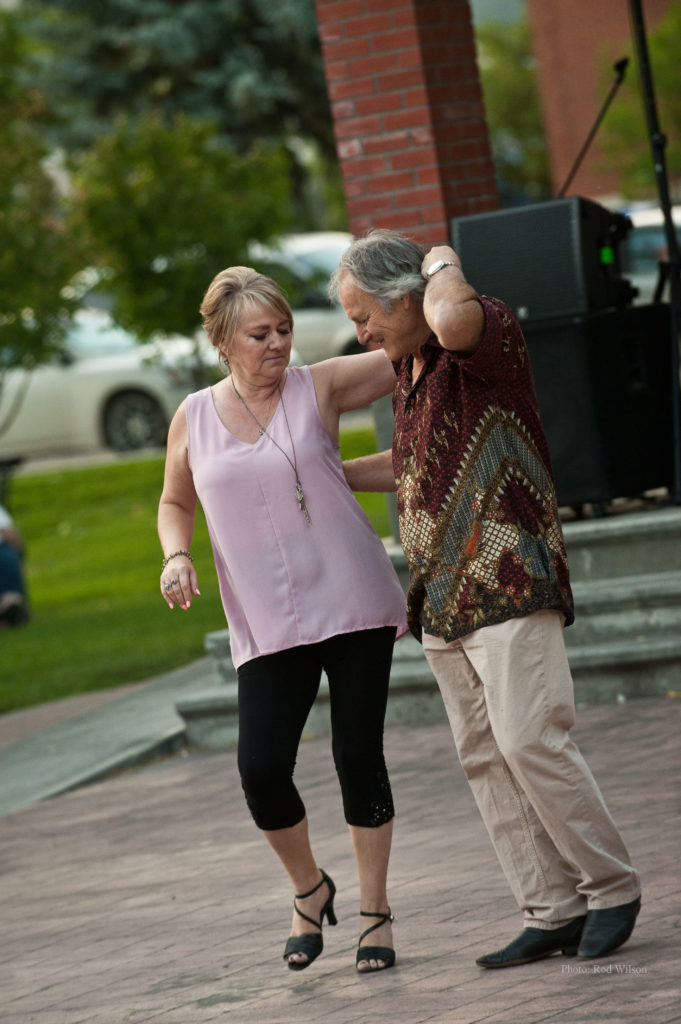
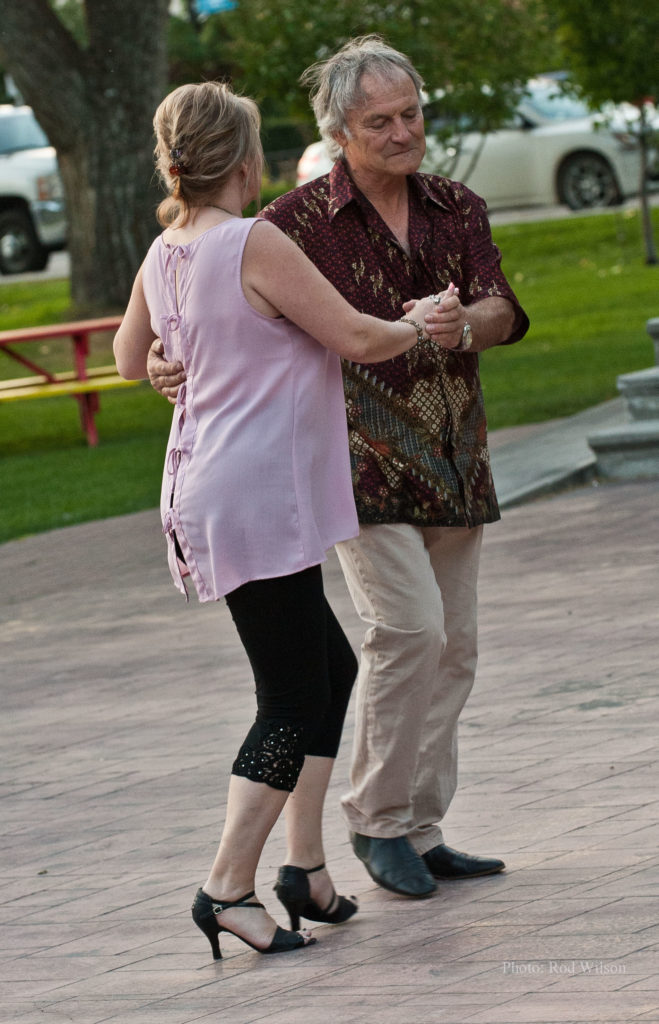
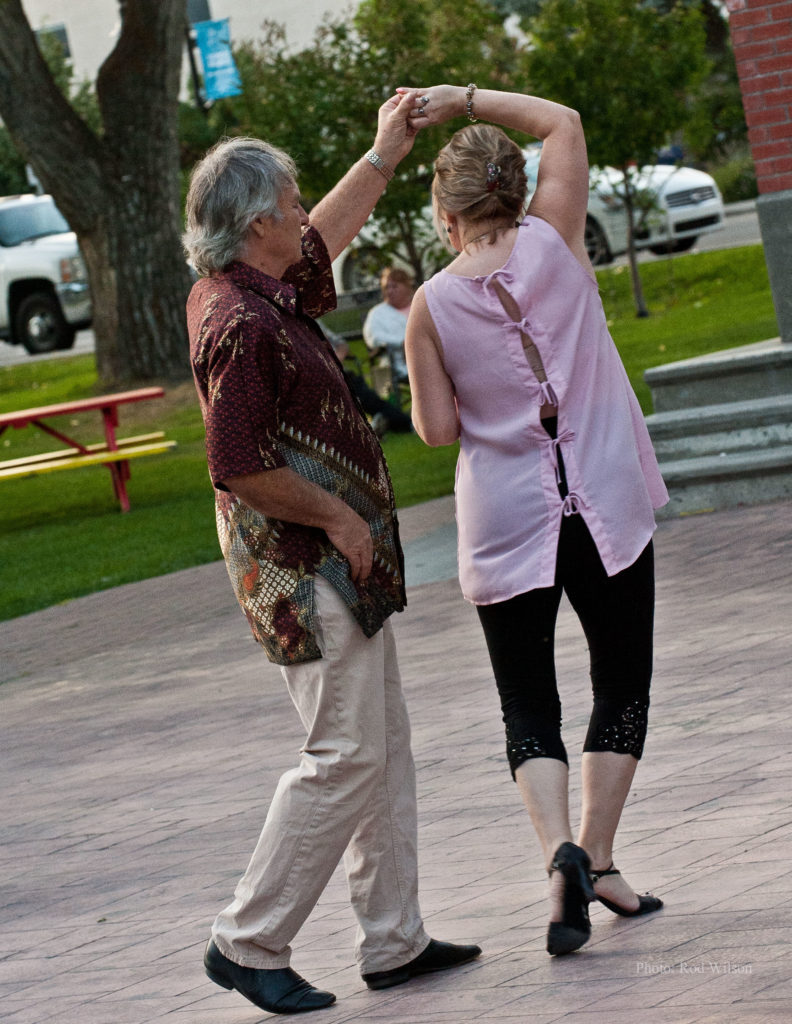
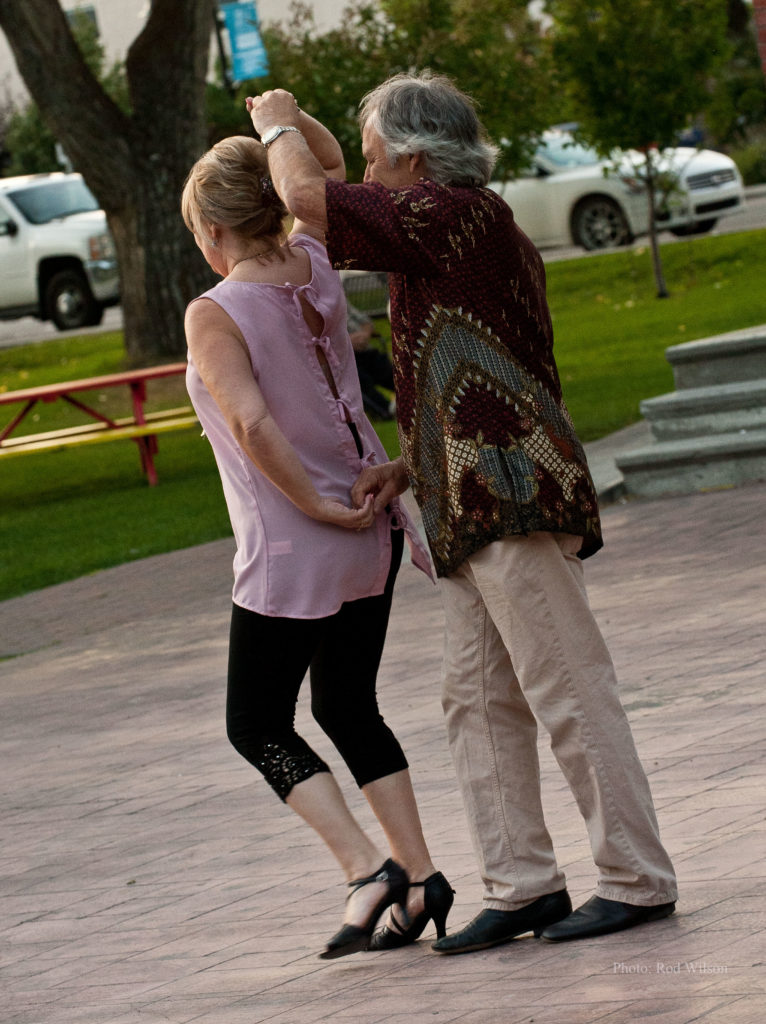
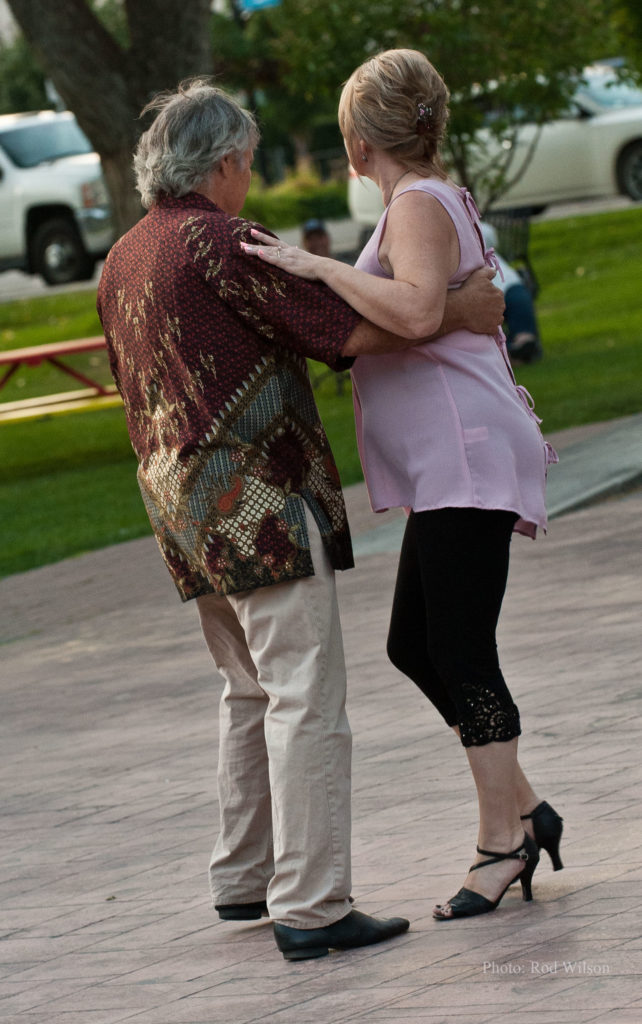
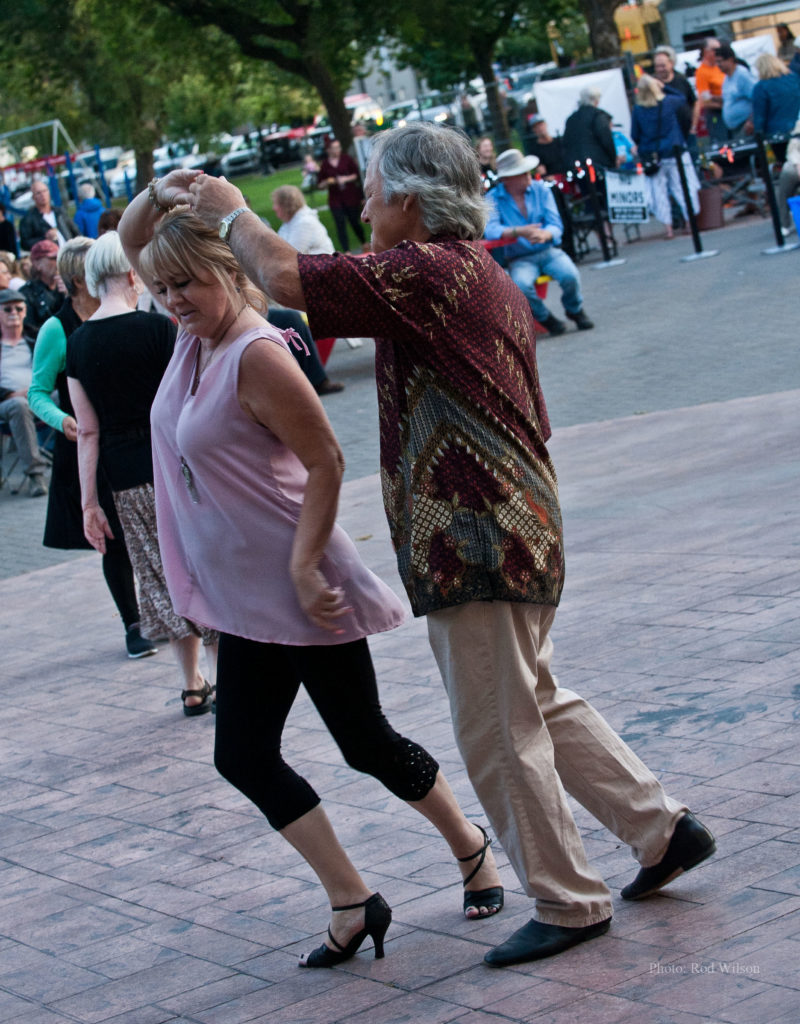
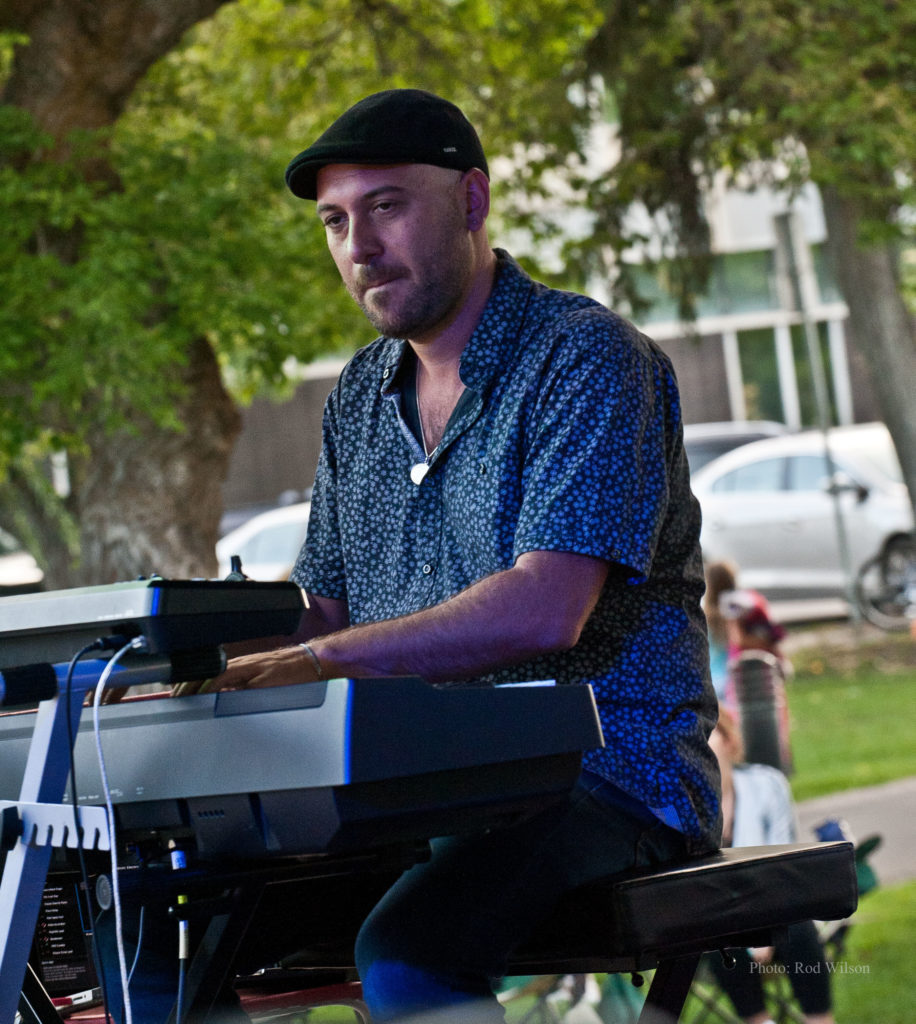
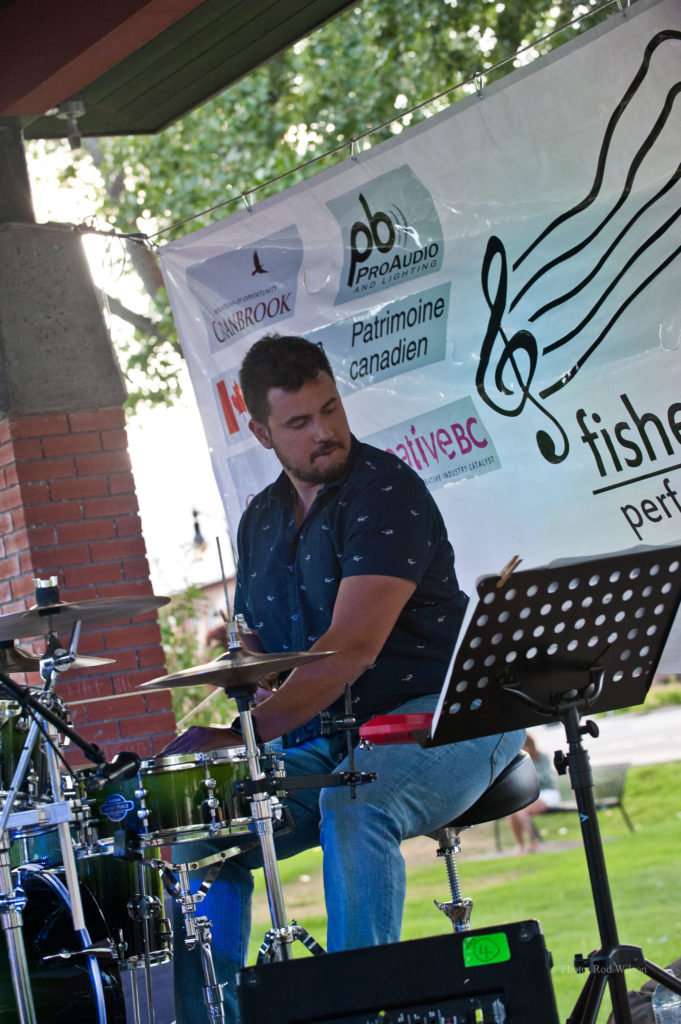
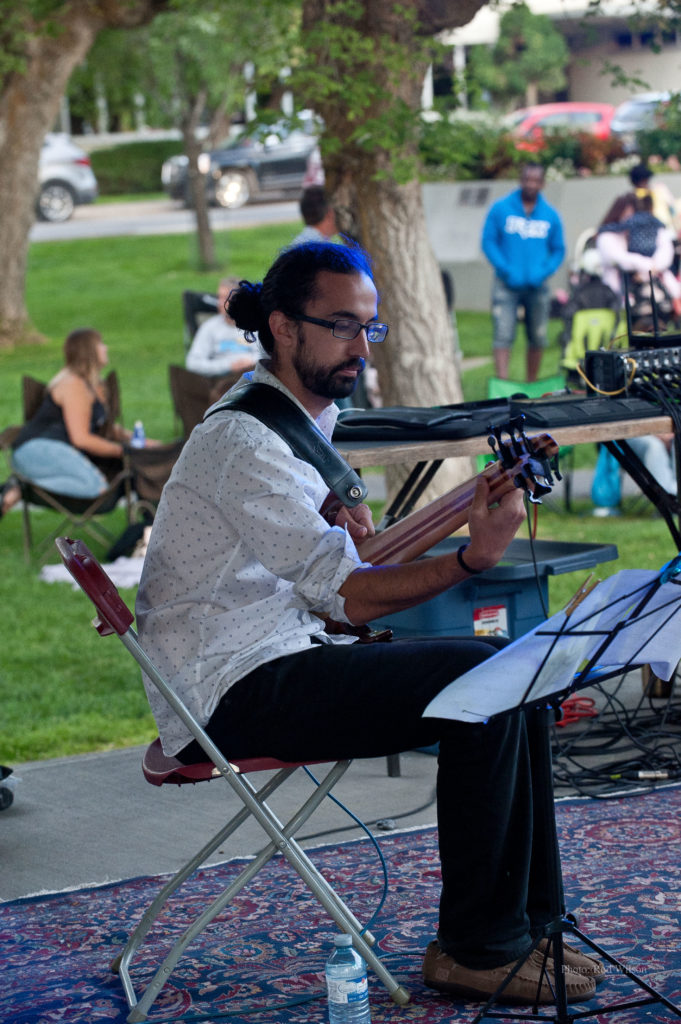
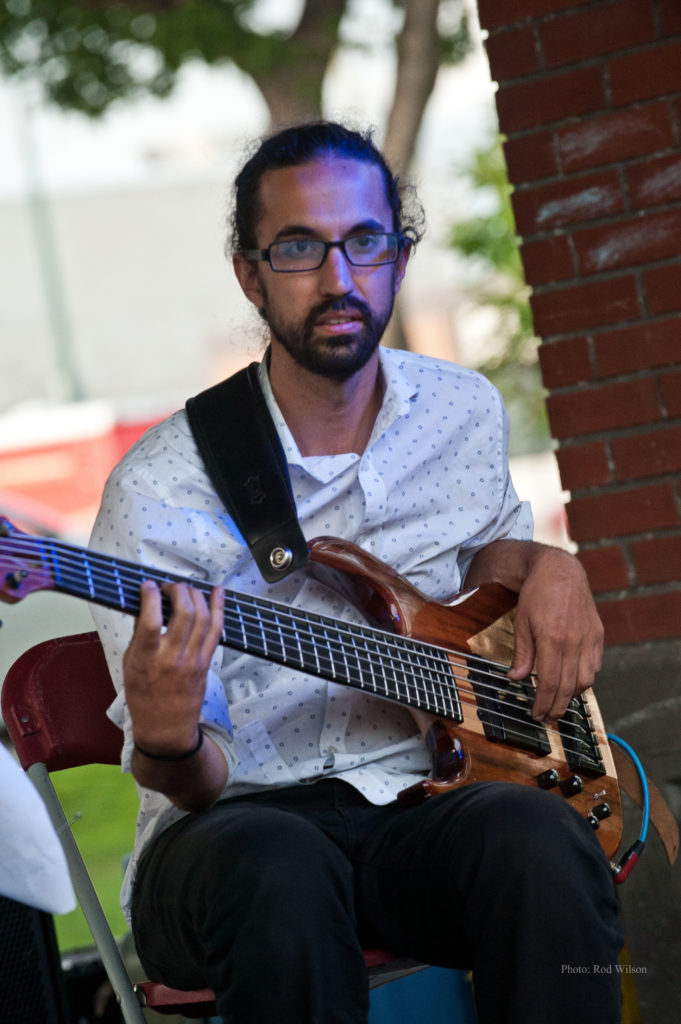
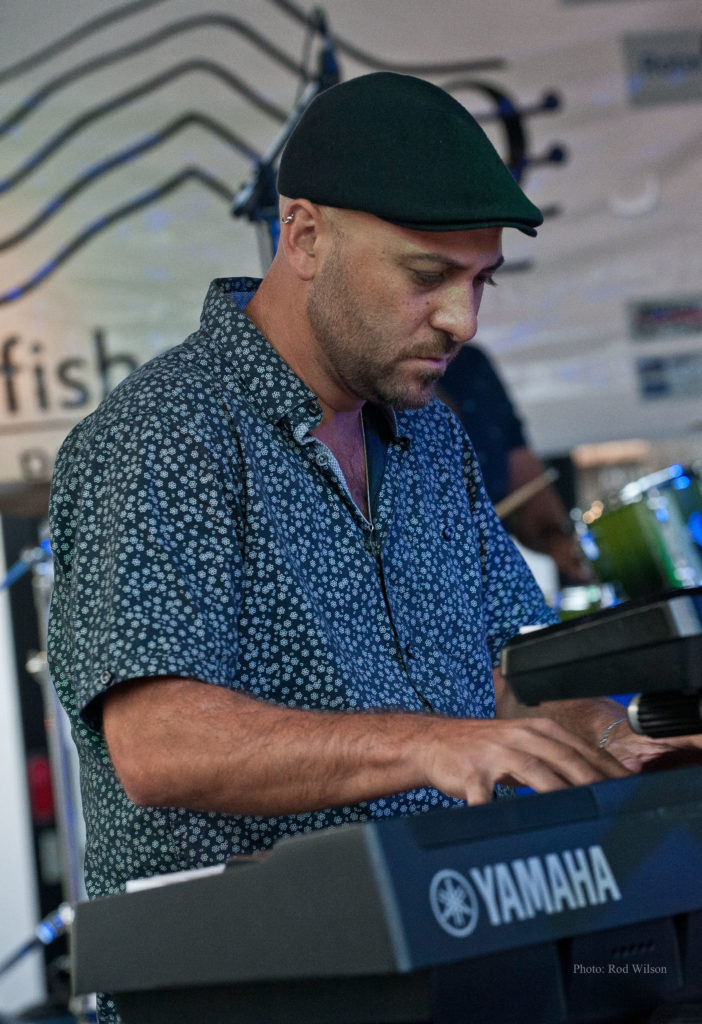
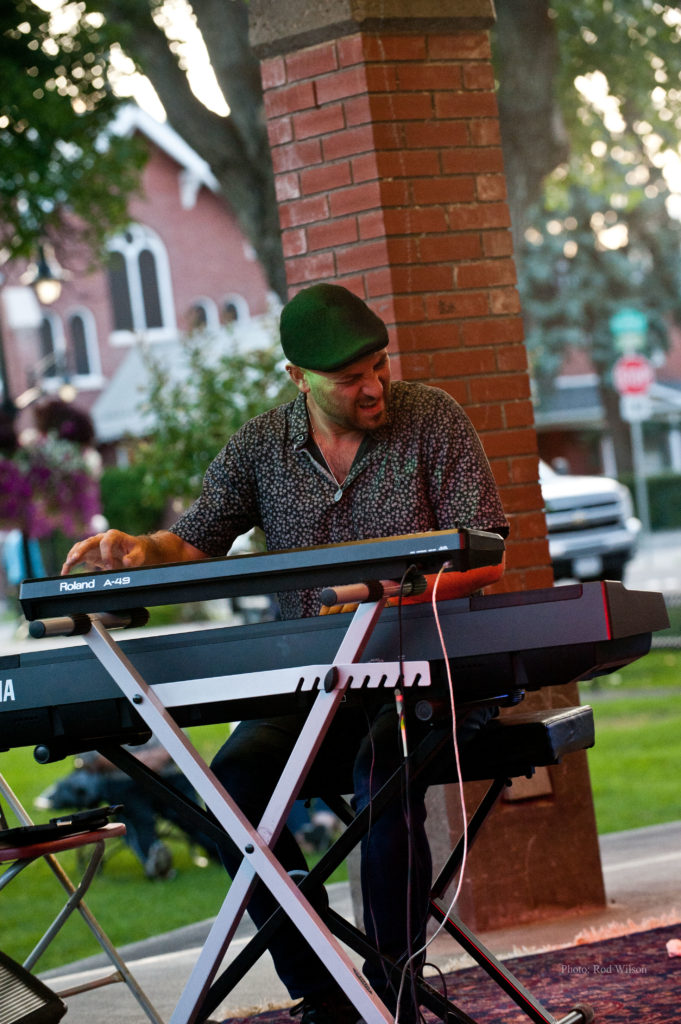
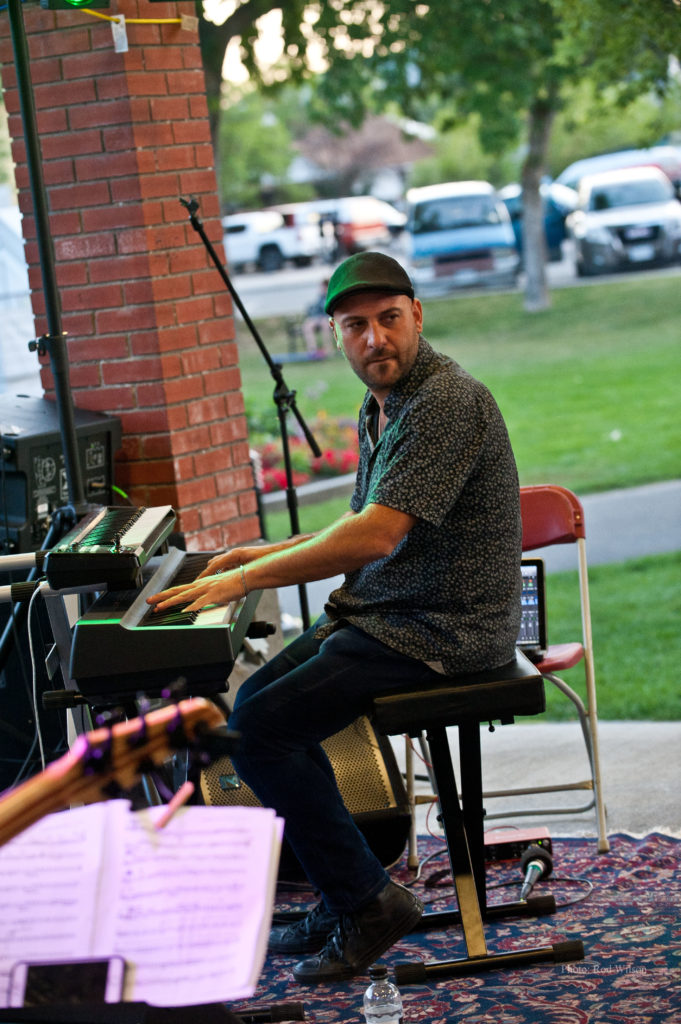
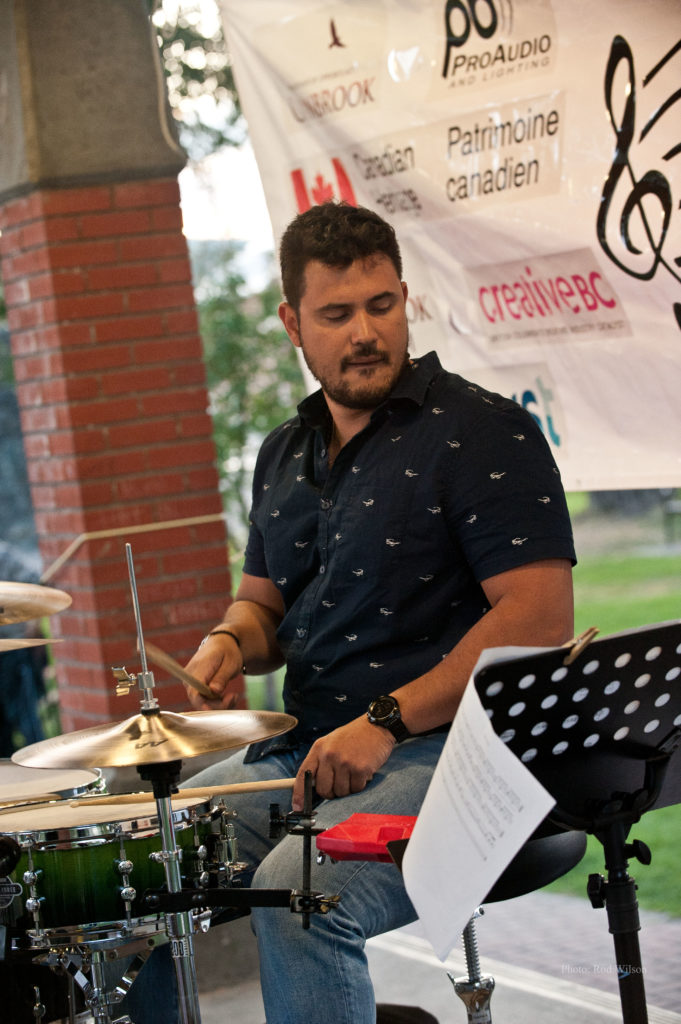
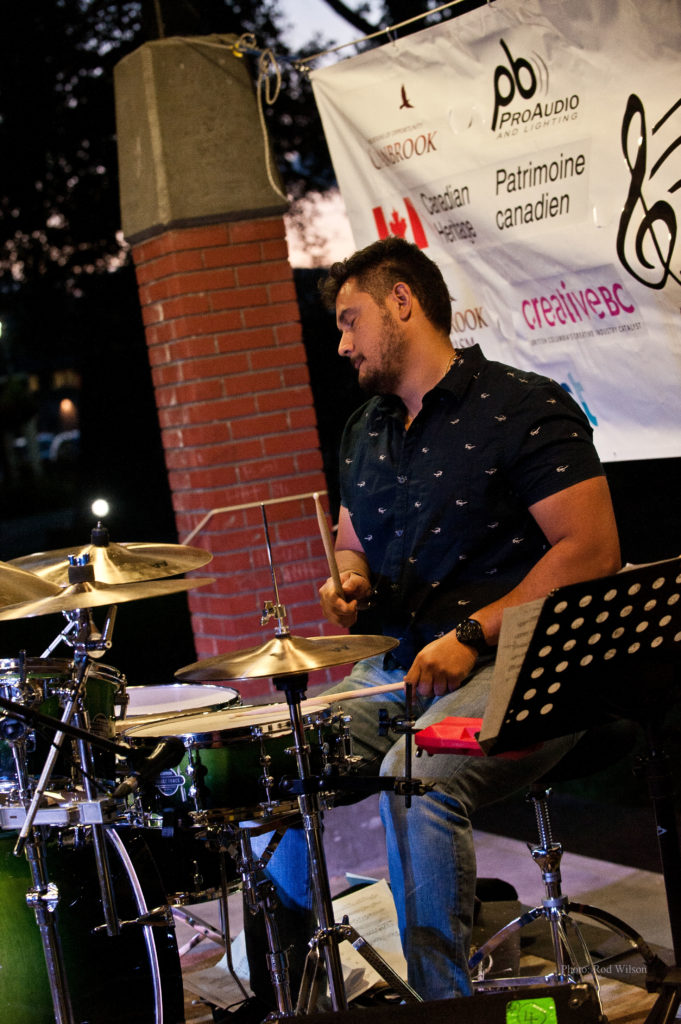
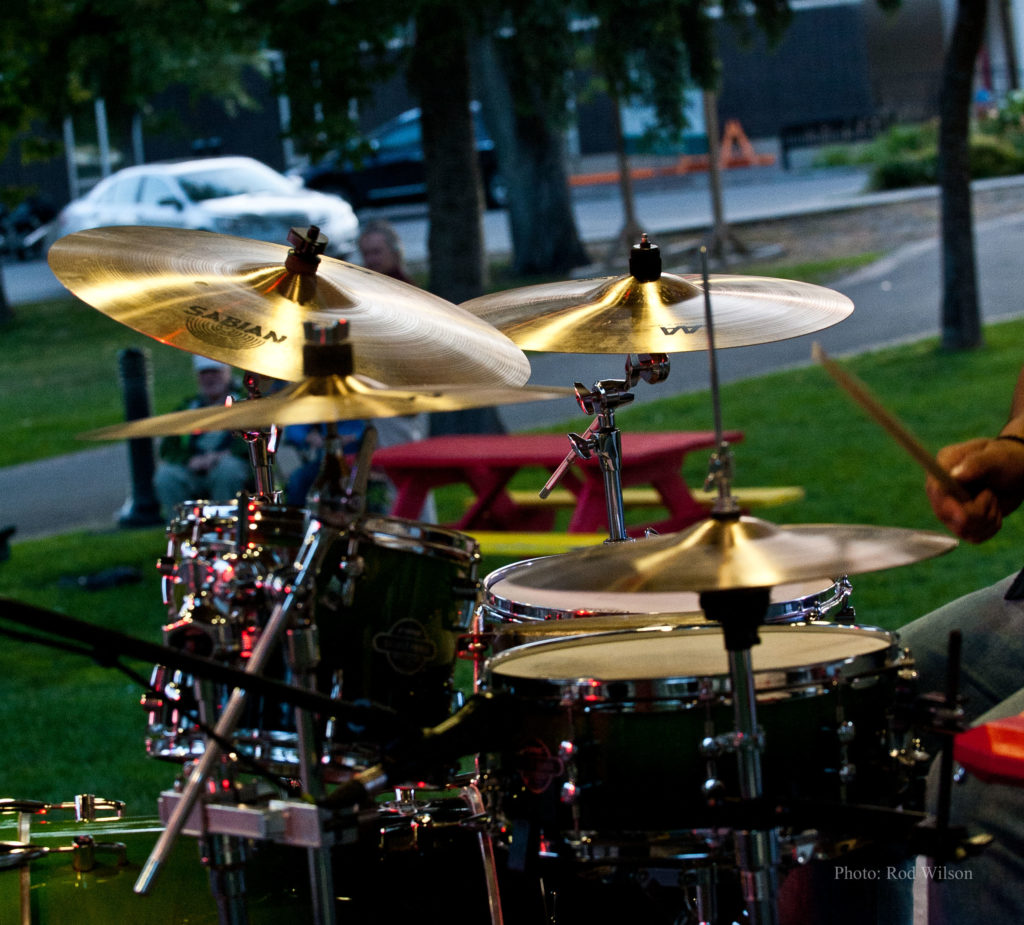
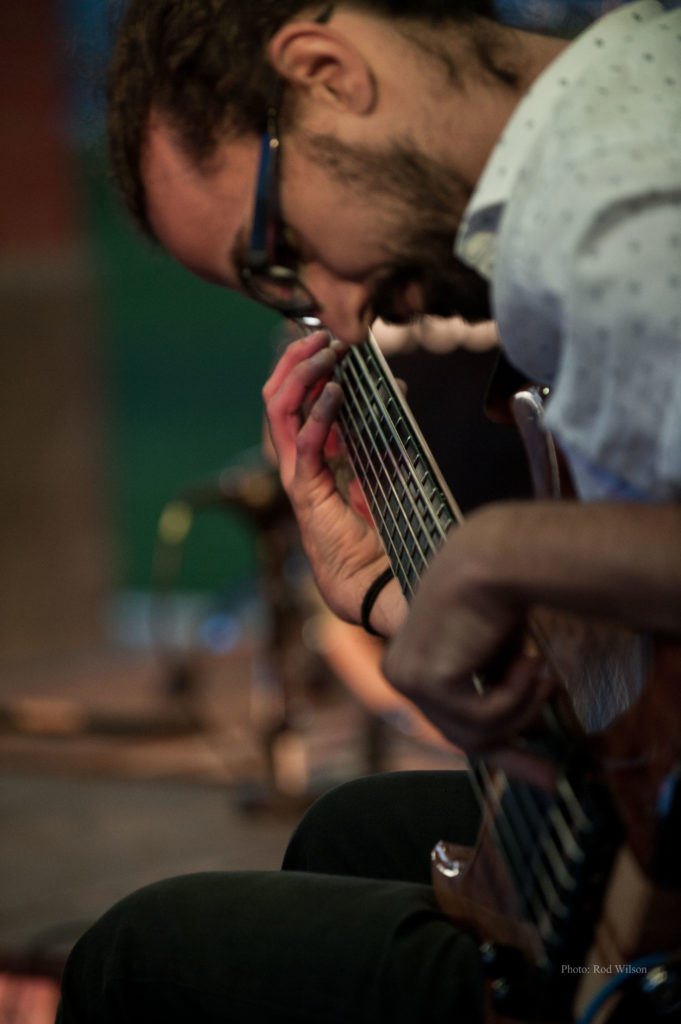
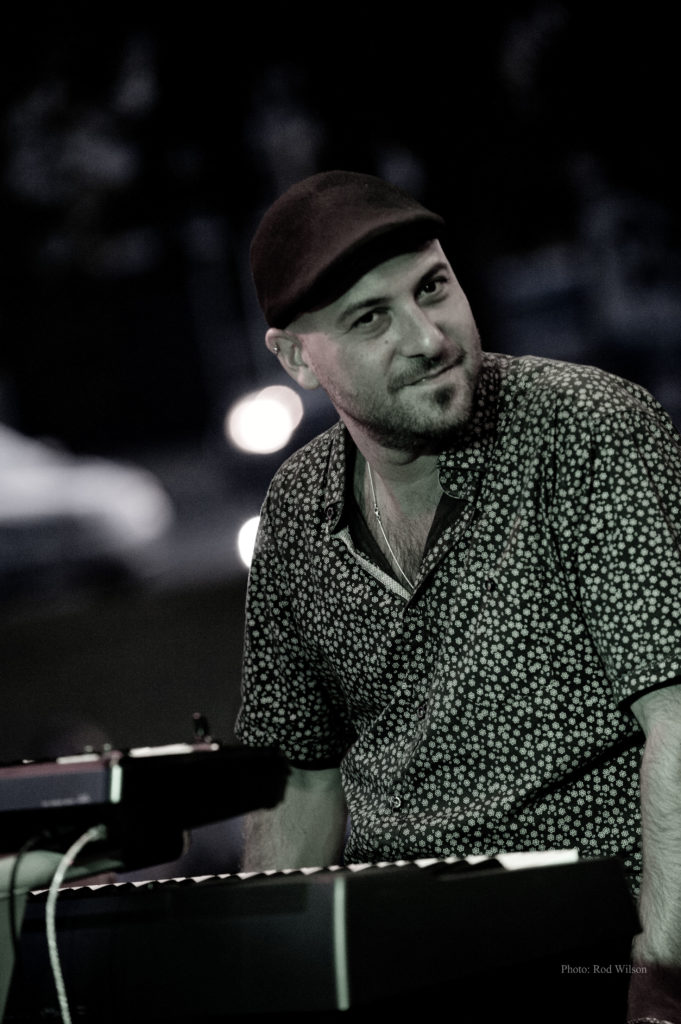
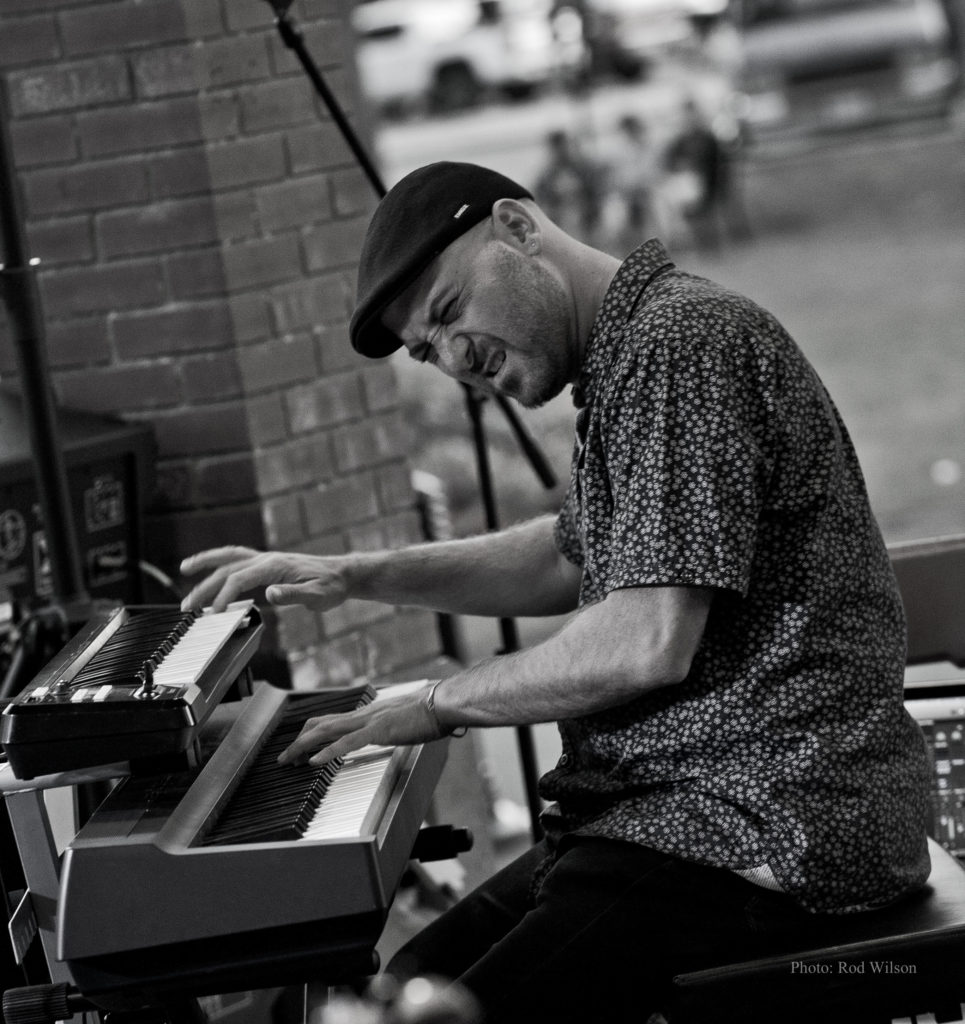
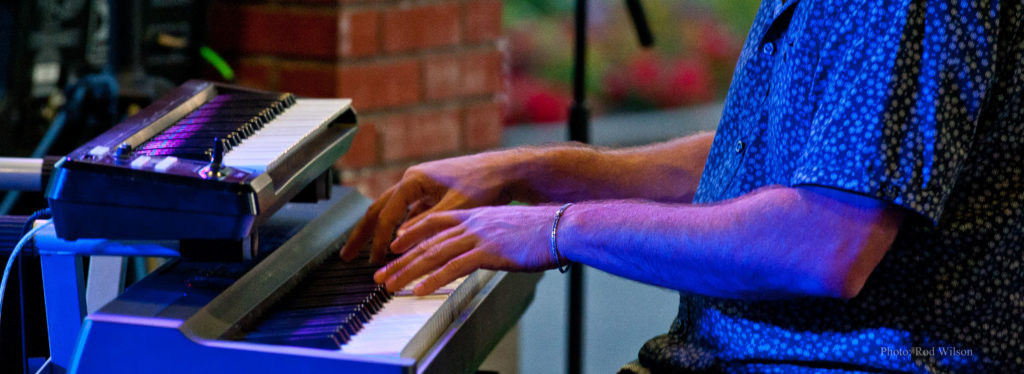
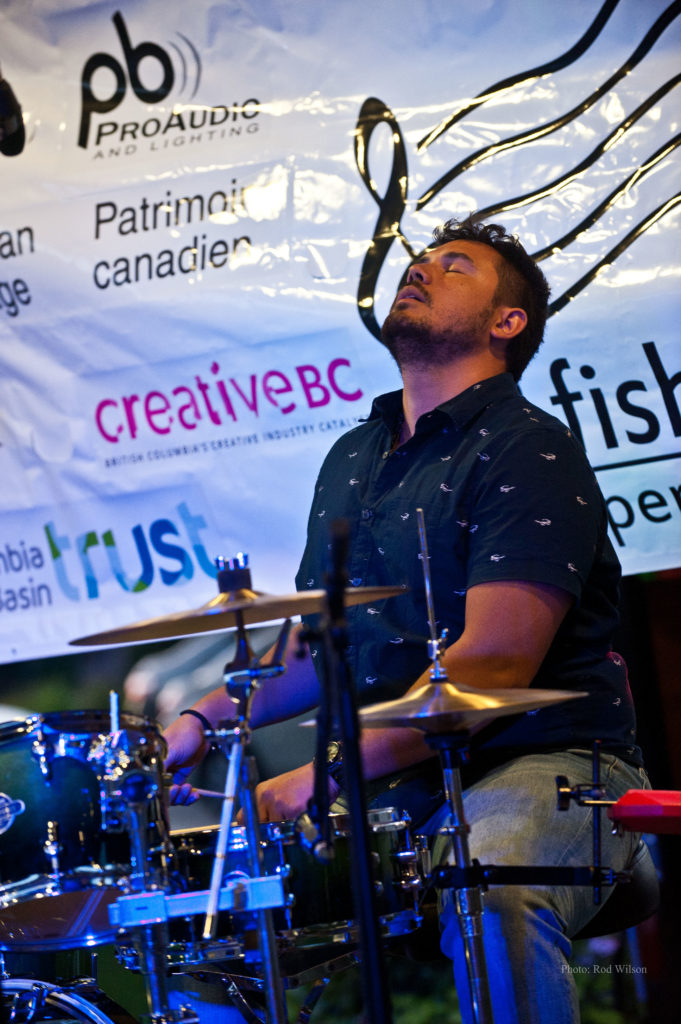
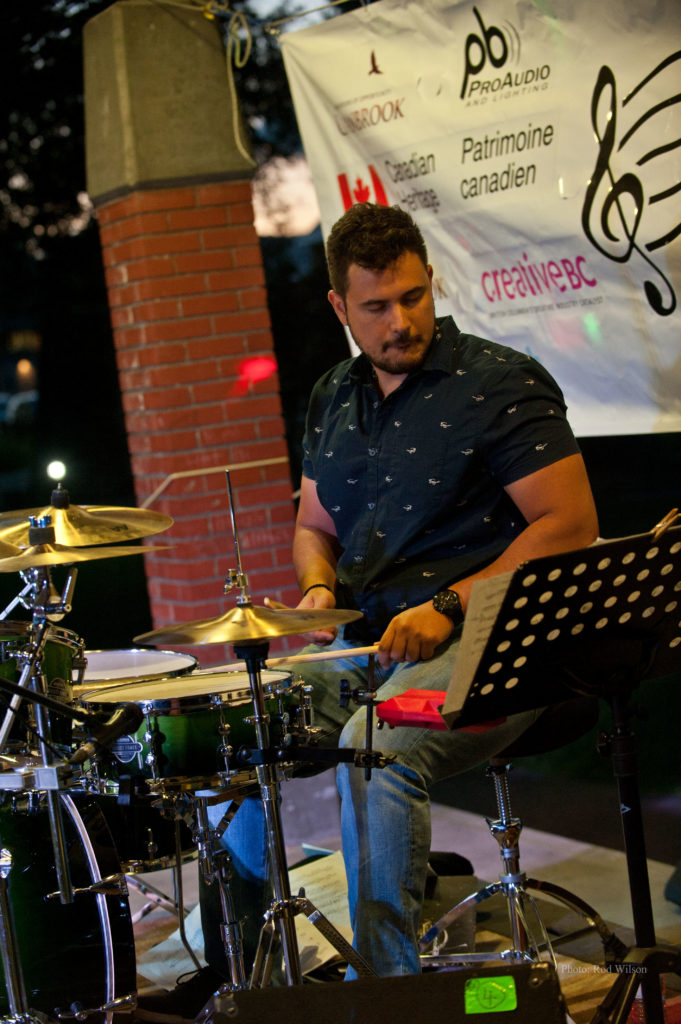
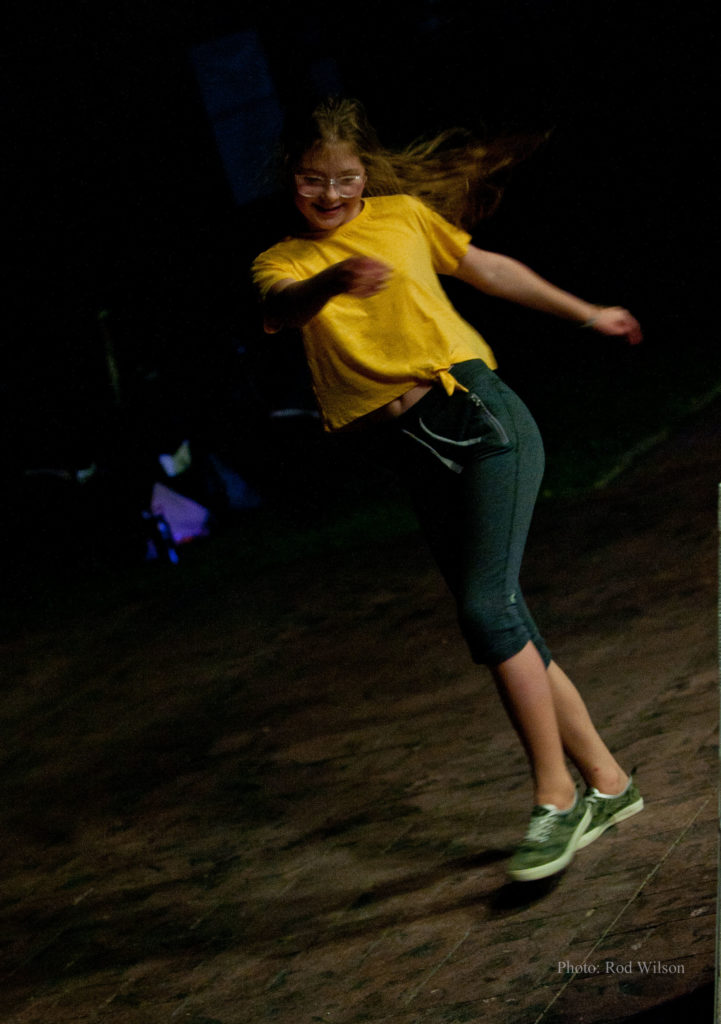
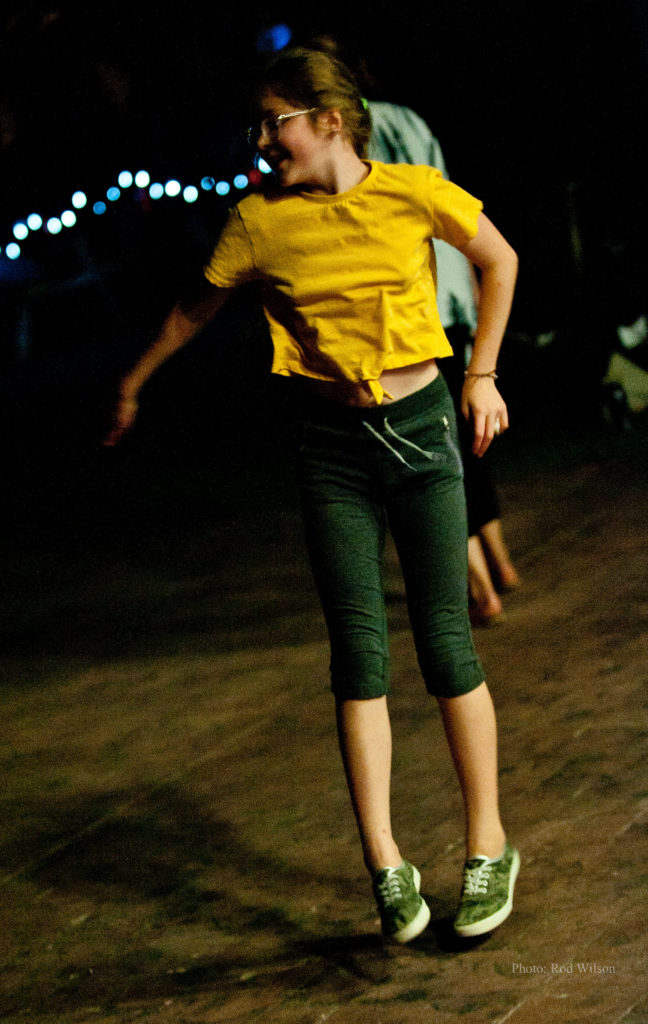
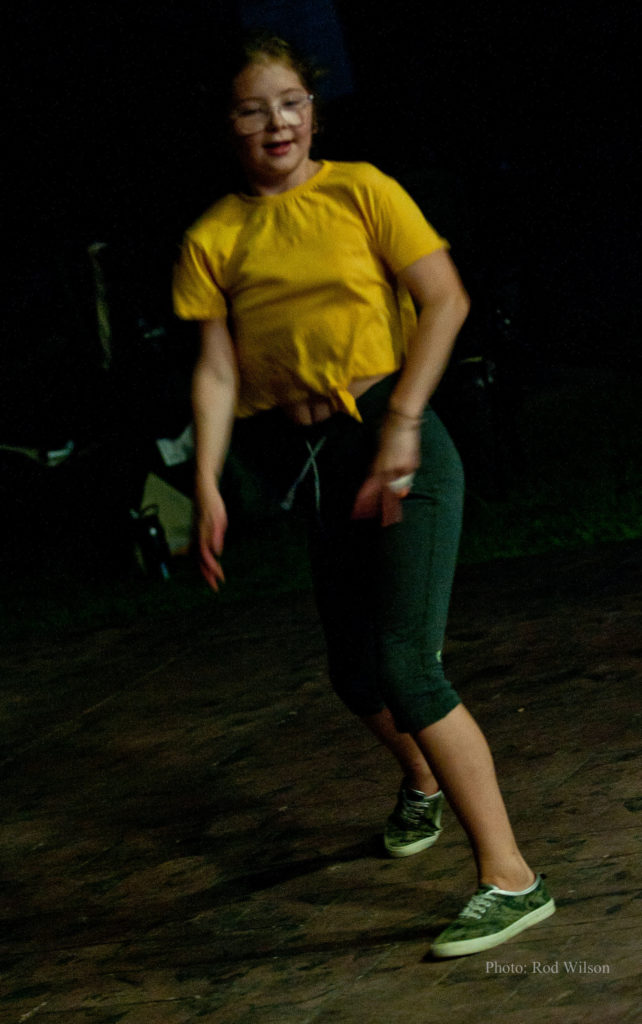
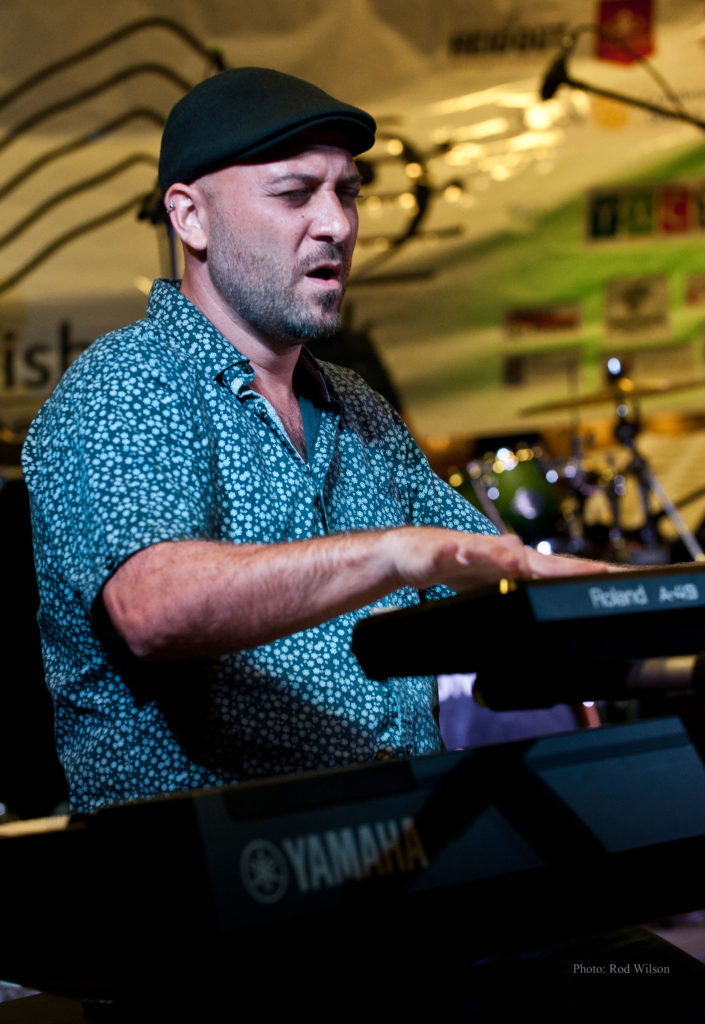
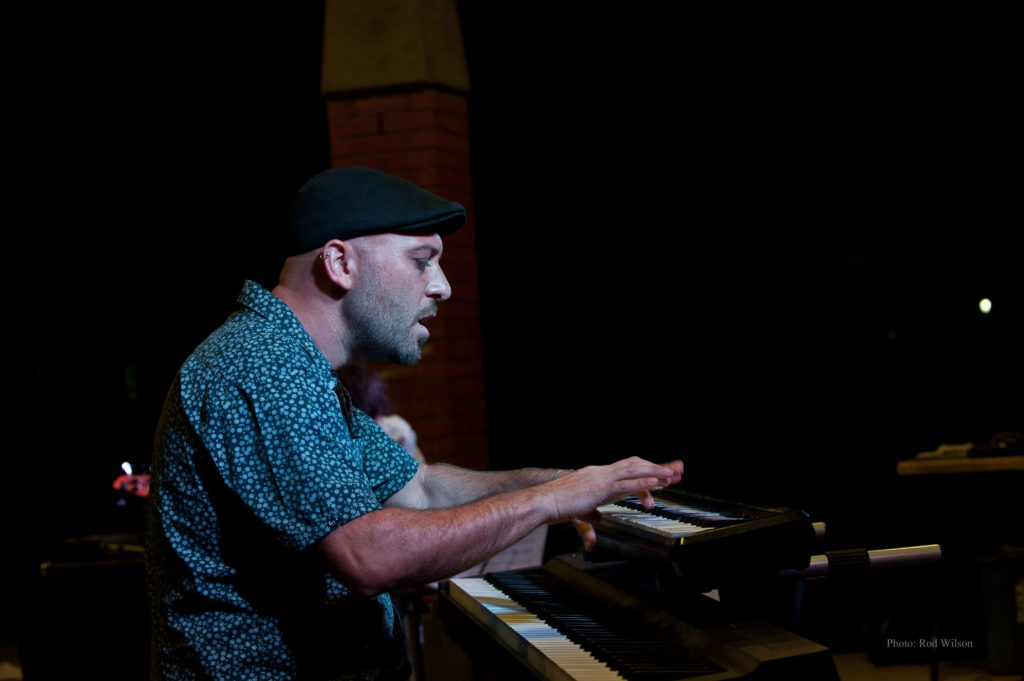
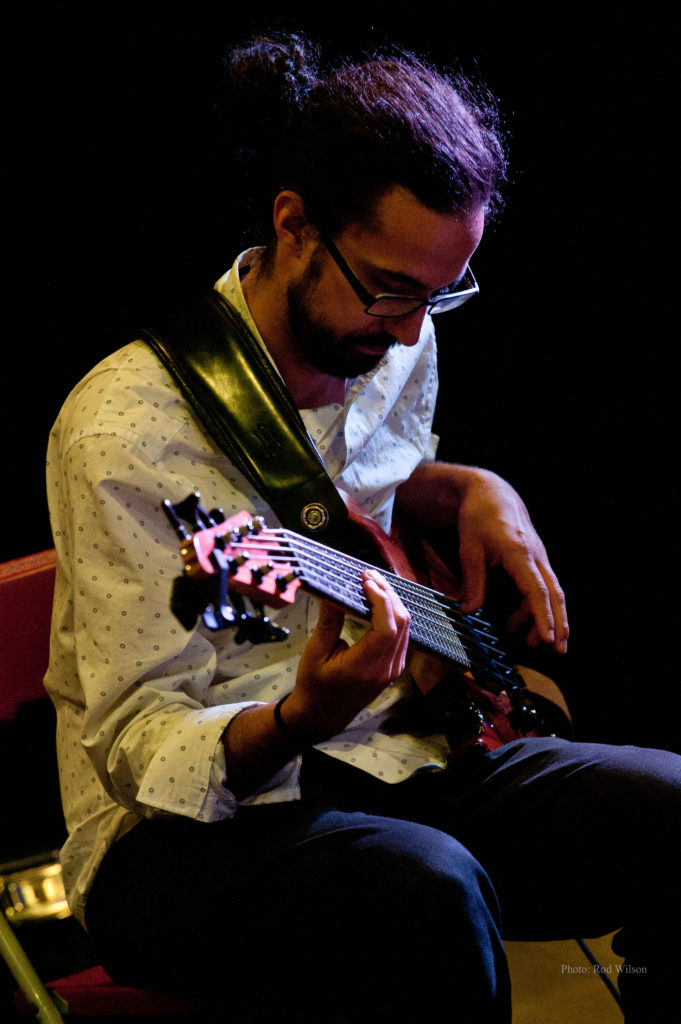
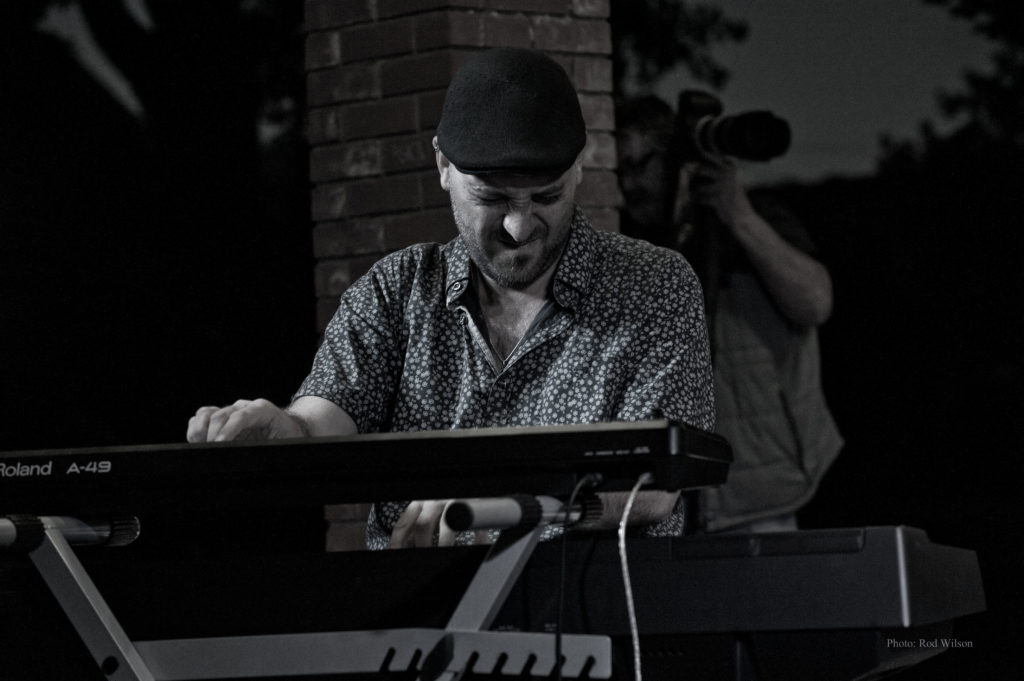
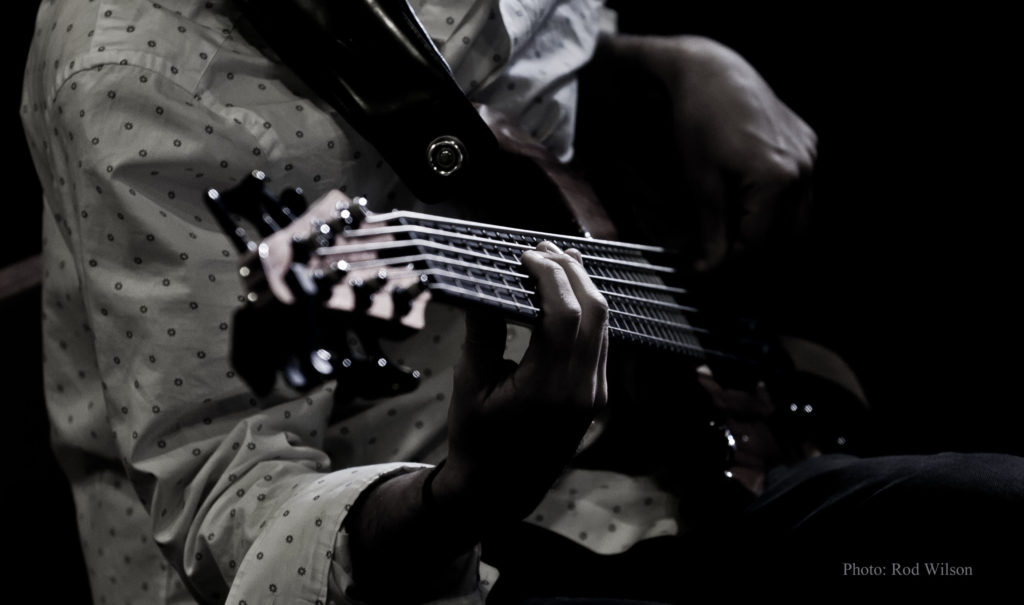
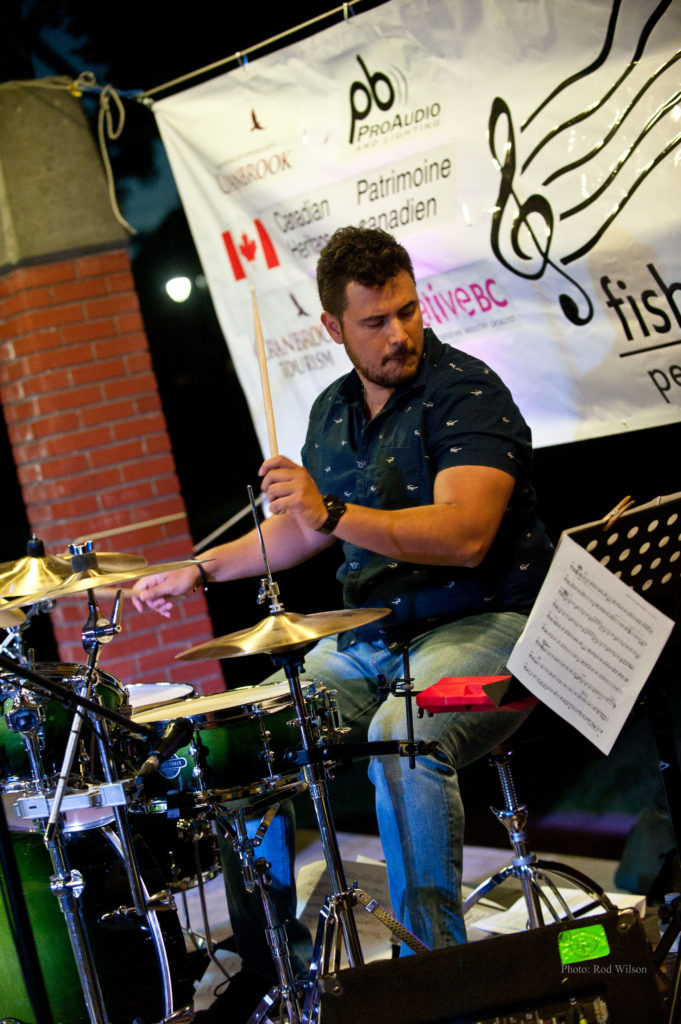
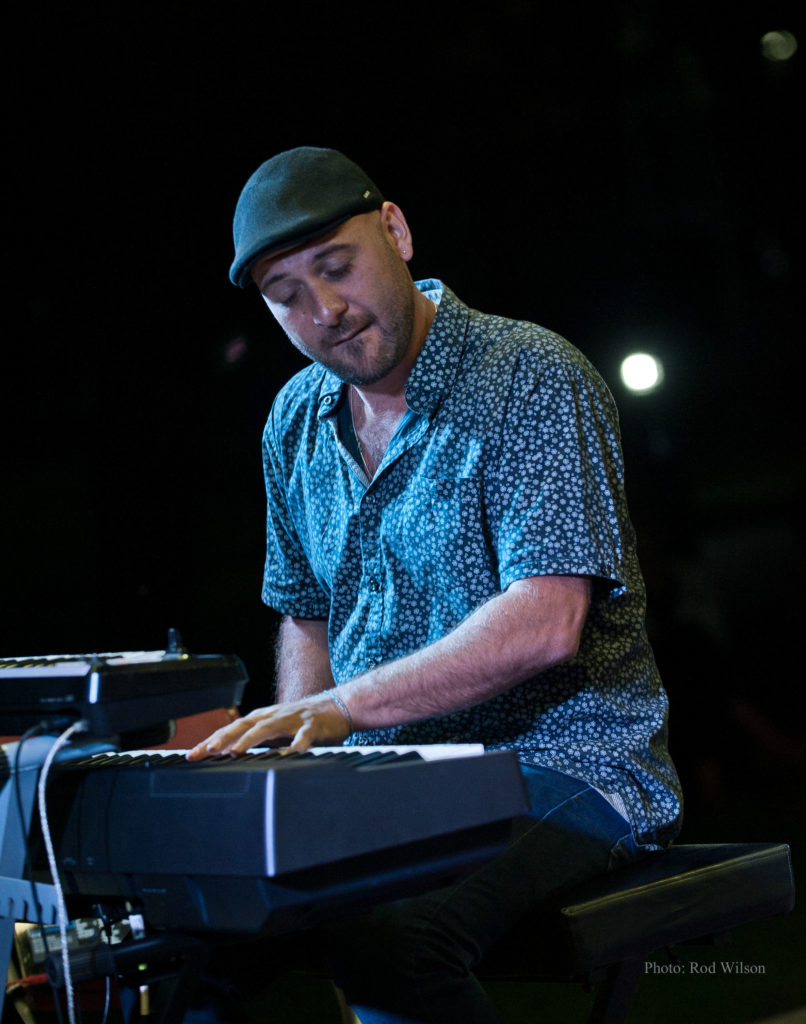
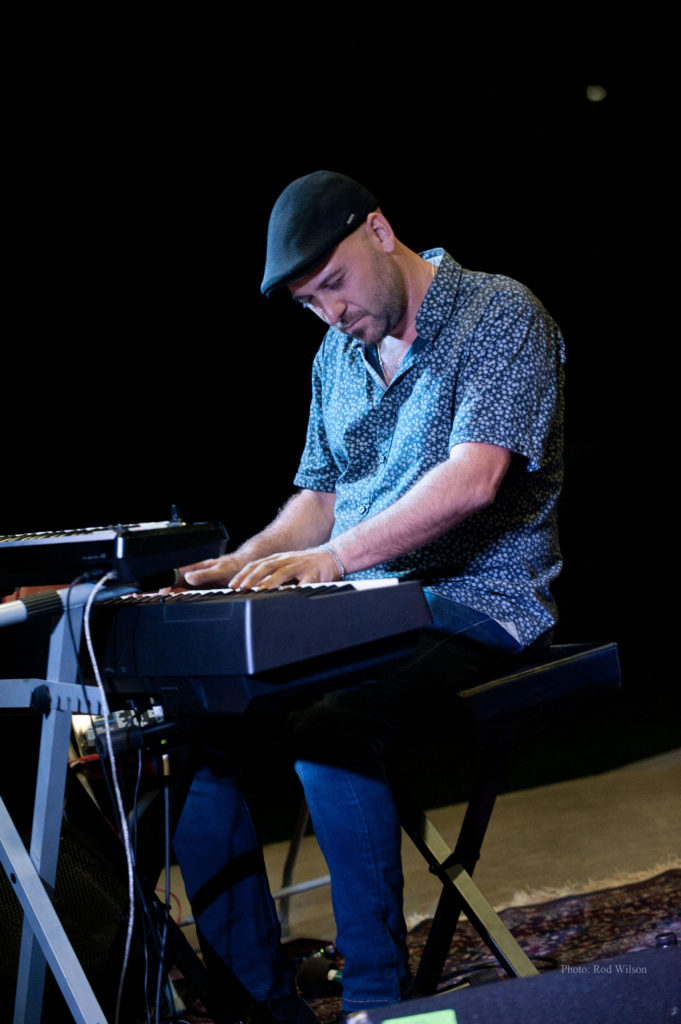
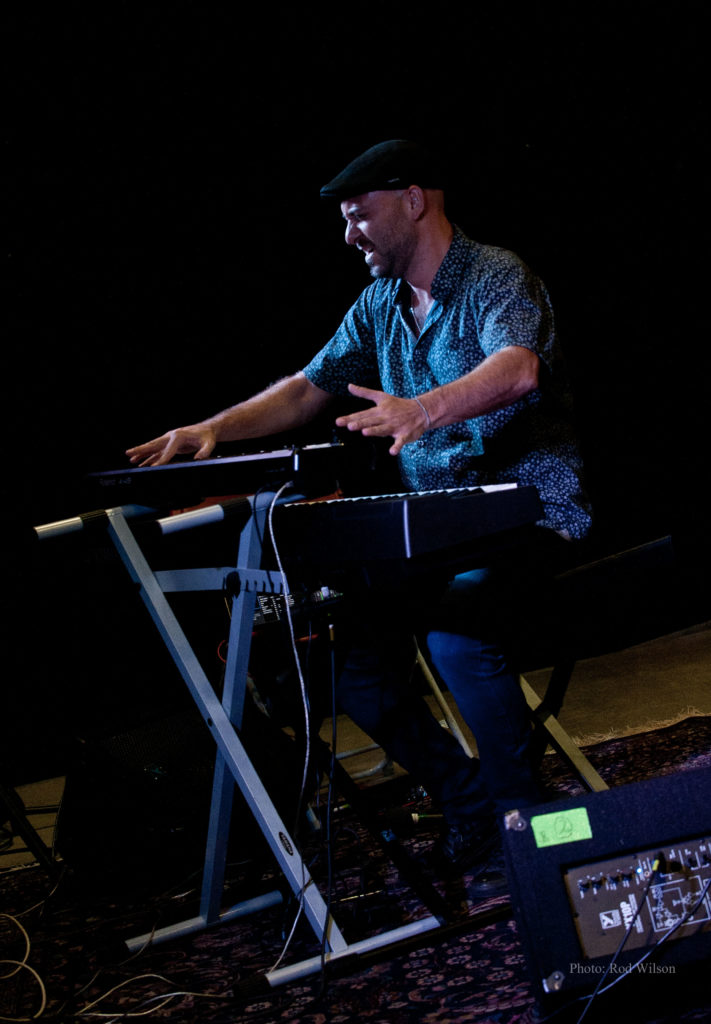
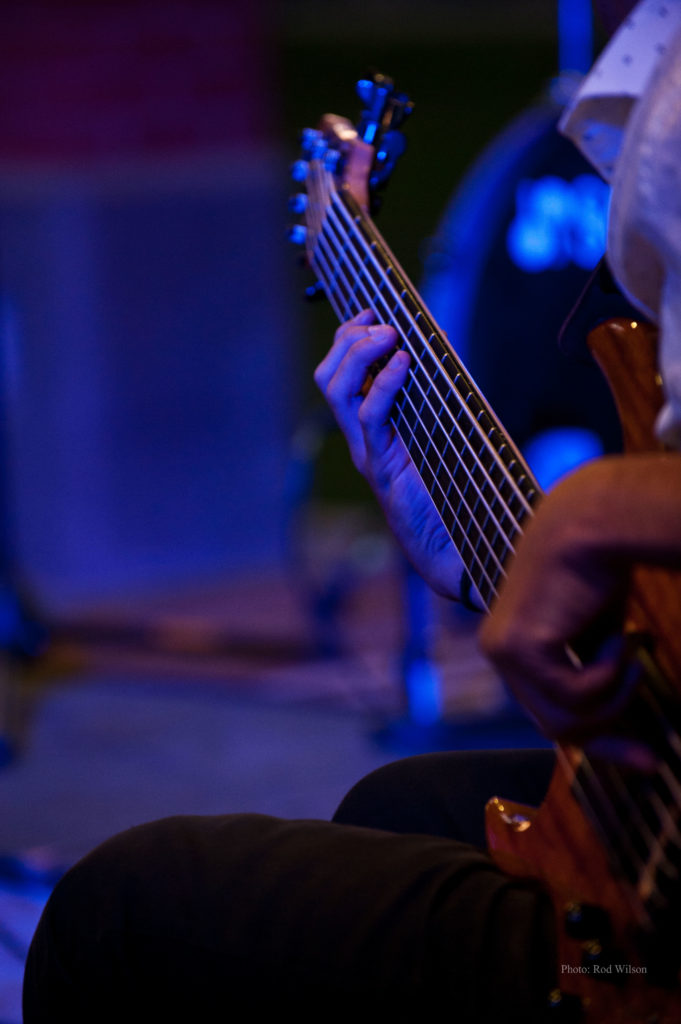
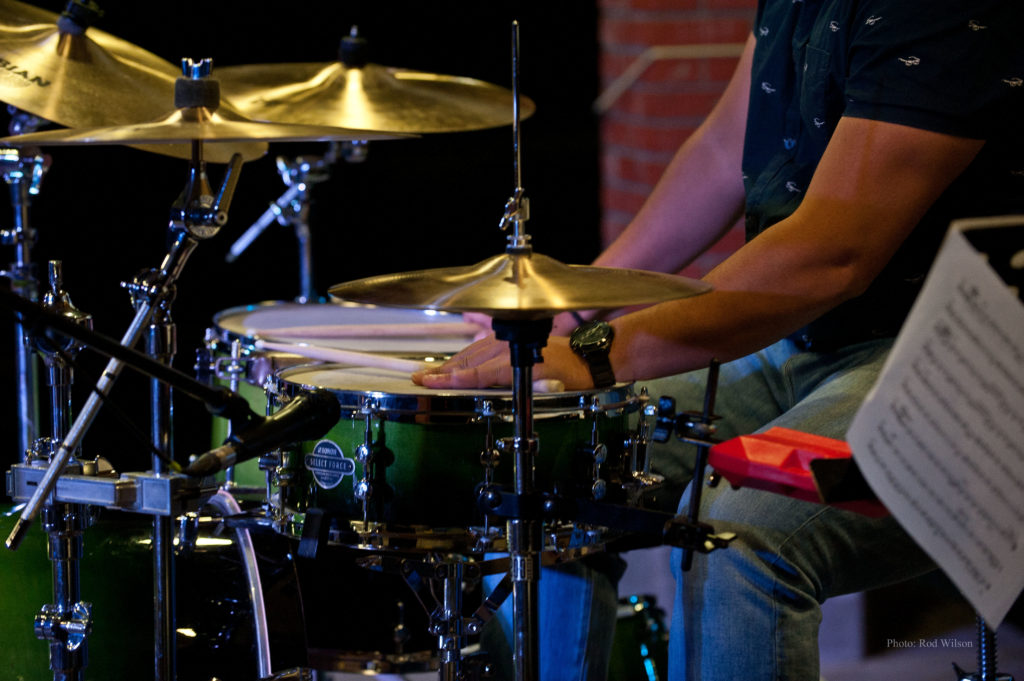 For this summer evening of spectacular music we need to thank the Fisher Peak Performing Arts Society. It takes a lot of organizing and fund raising to provide the citizens of Cranbrook with this wonderful free concert series.
For this summer evening of spectacular music we need to thank the Fisher Peak Performing Arts Society. It takes a lot of organizing and fund raising to provide the citizens of Cranbrook with this wonderful free concert series.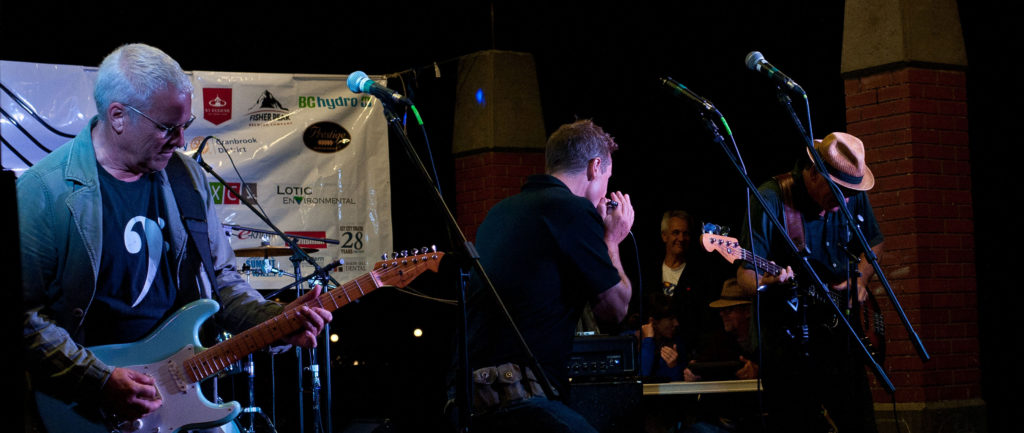
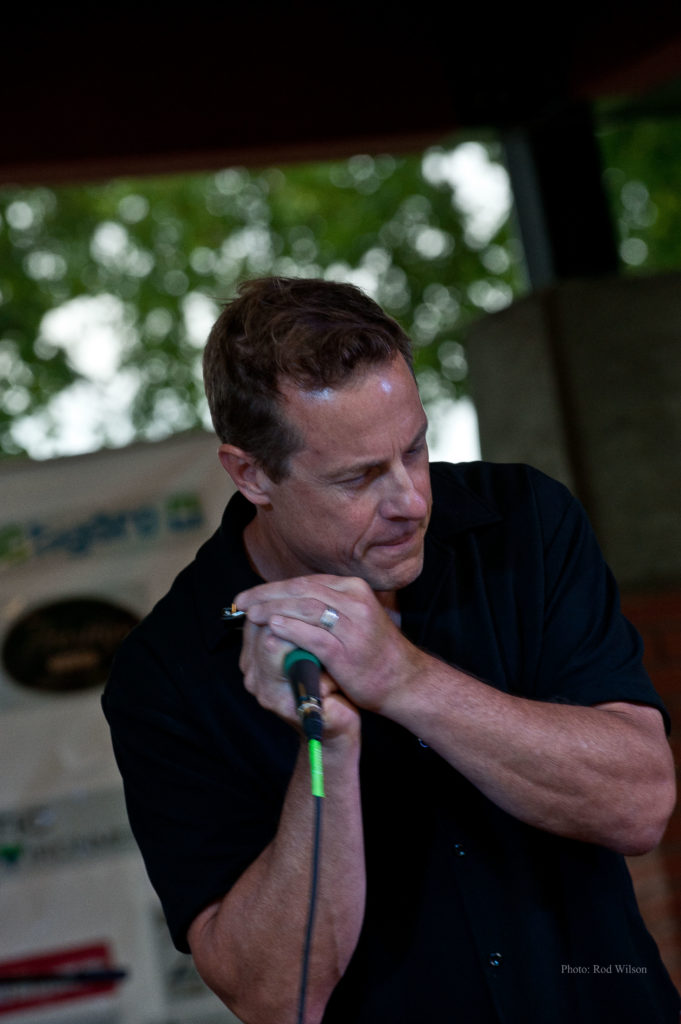
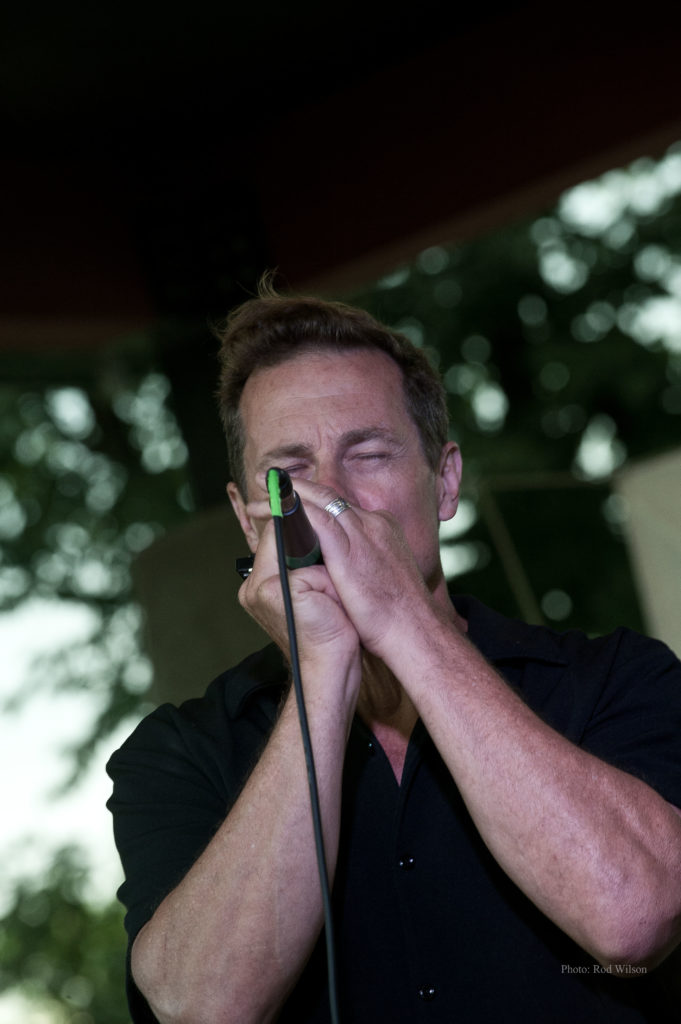
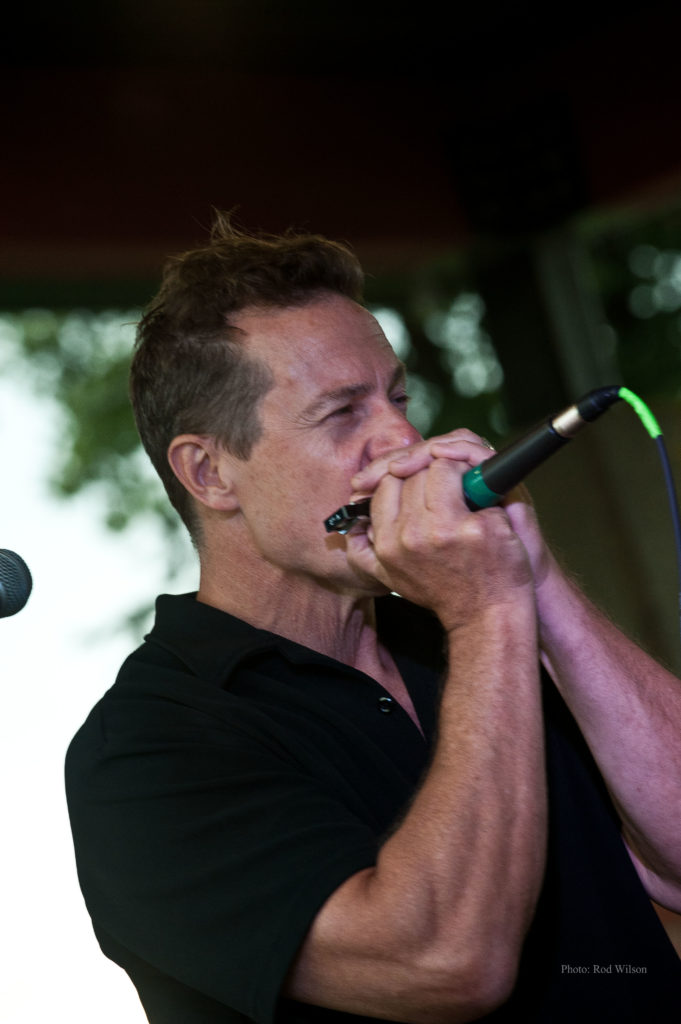
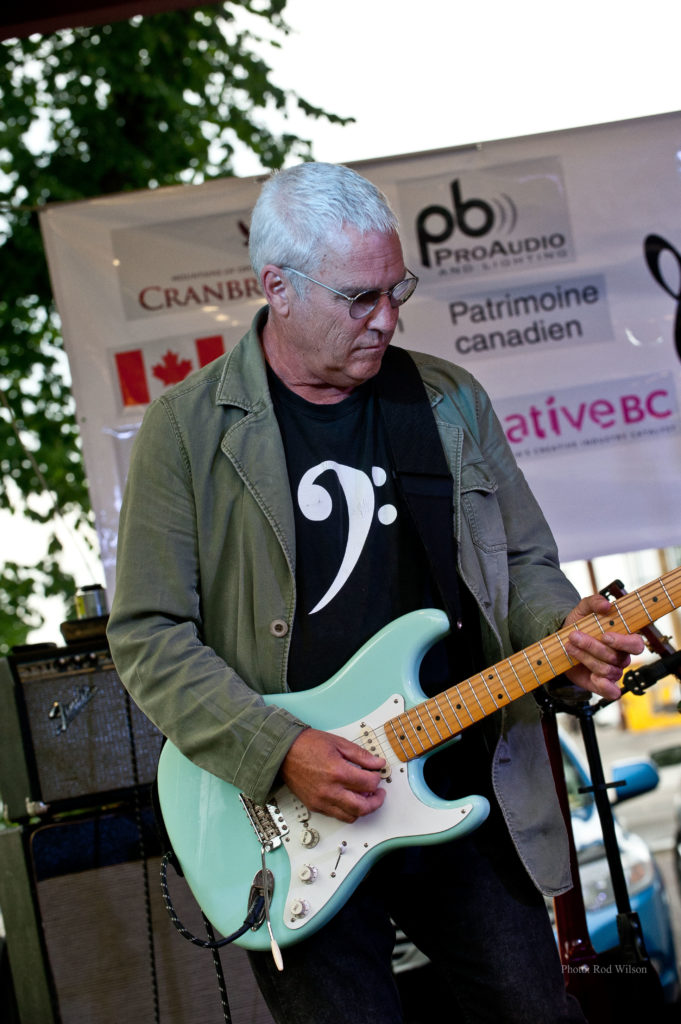
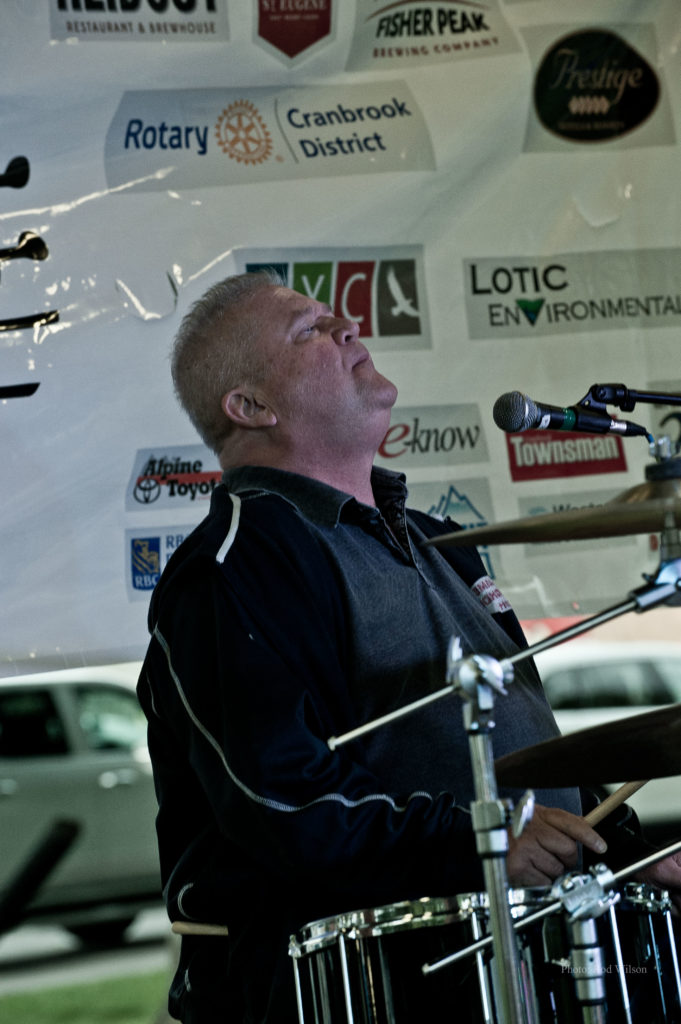
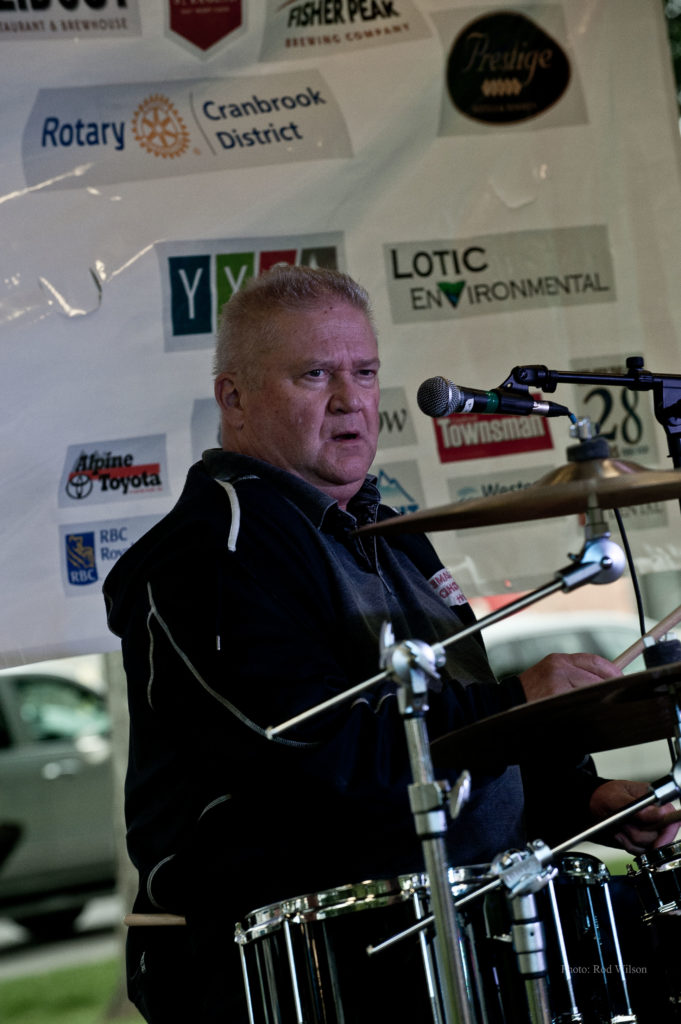
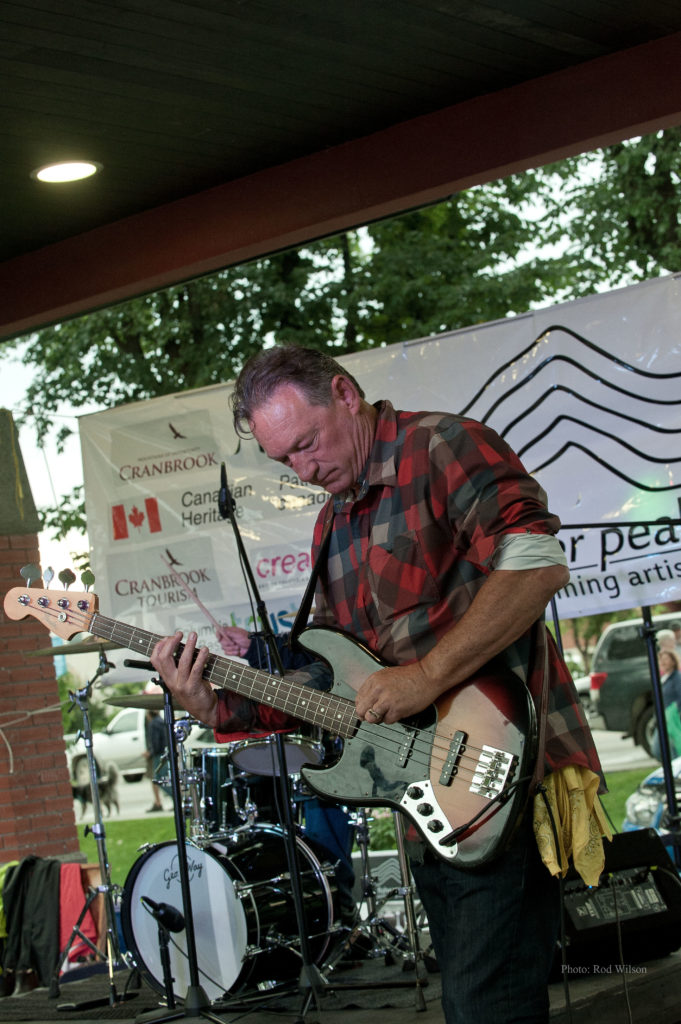
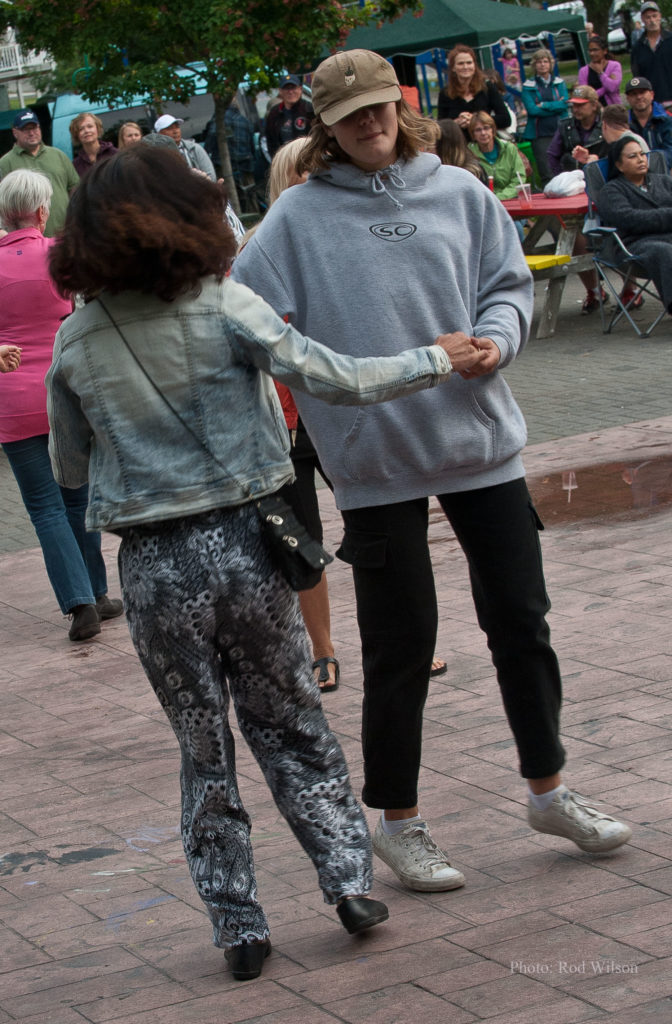
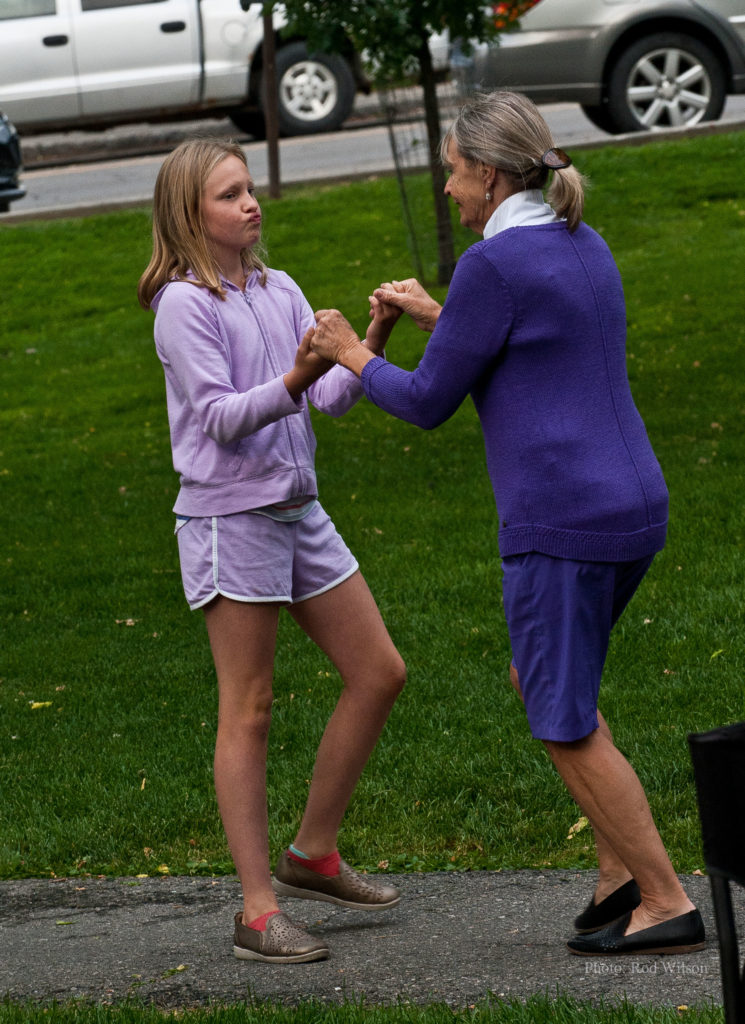
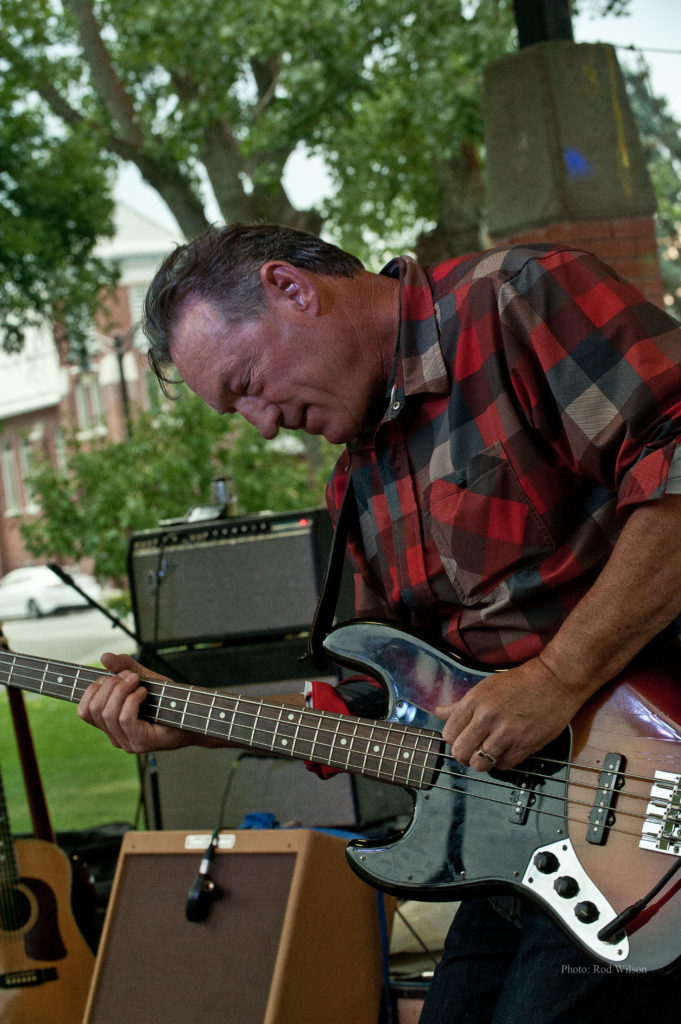
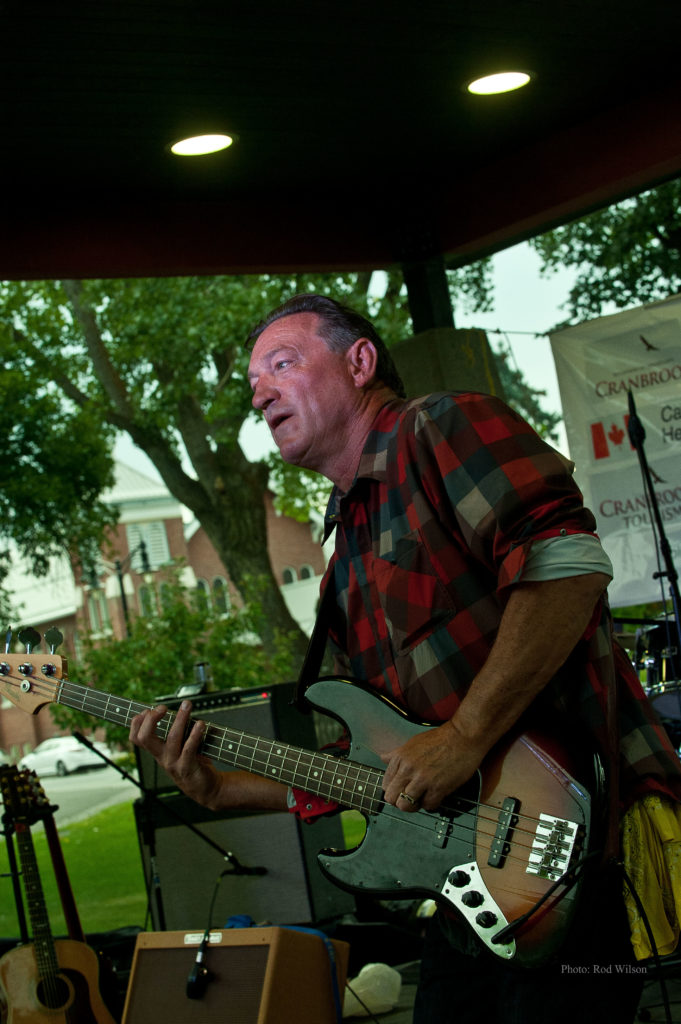
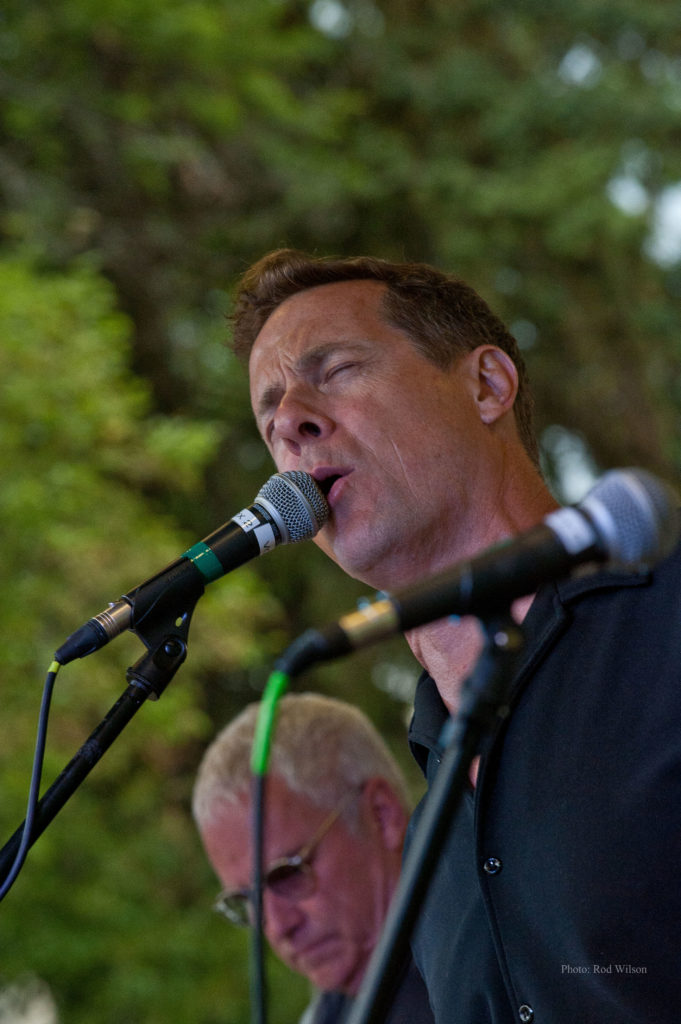
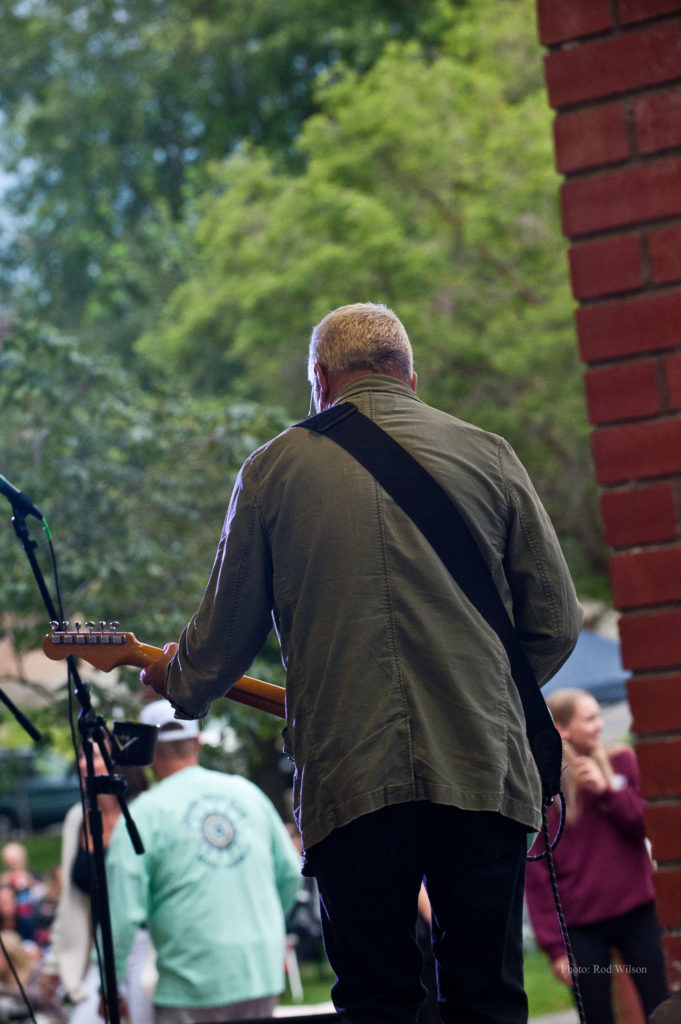
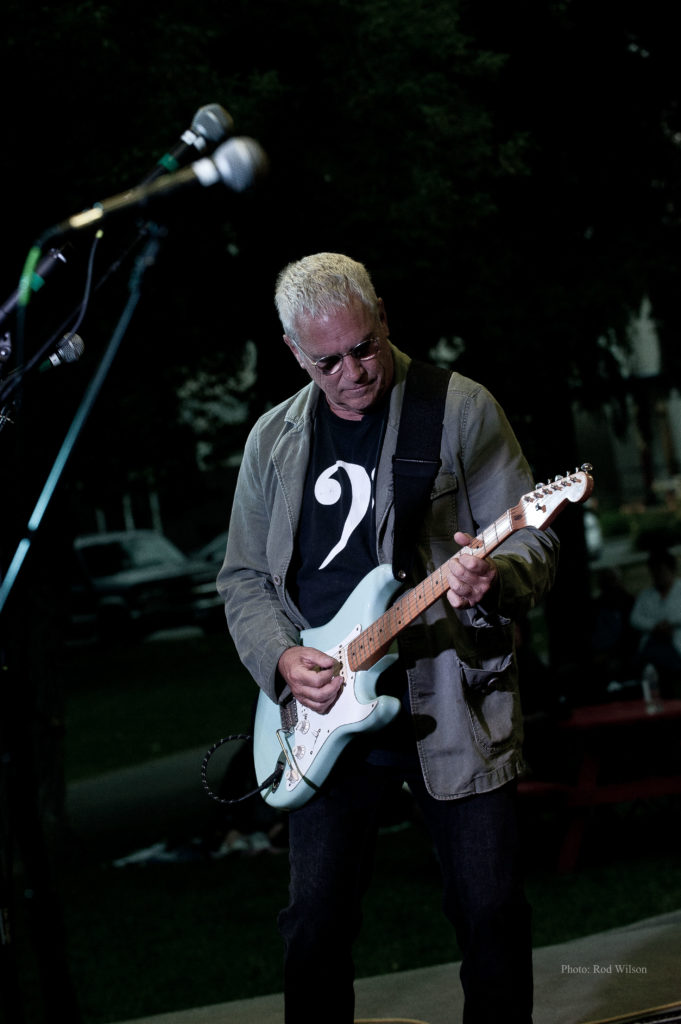
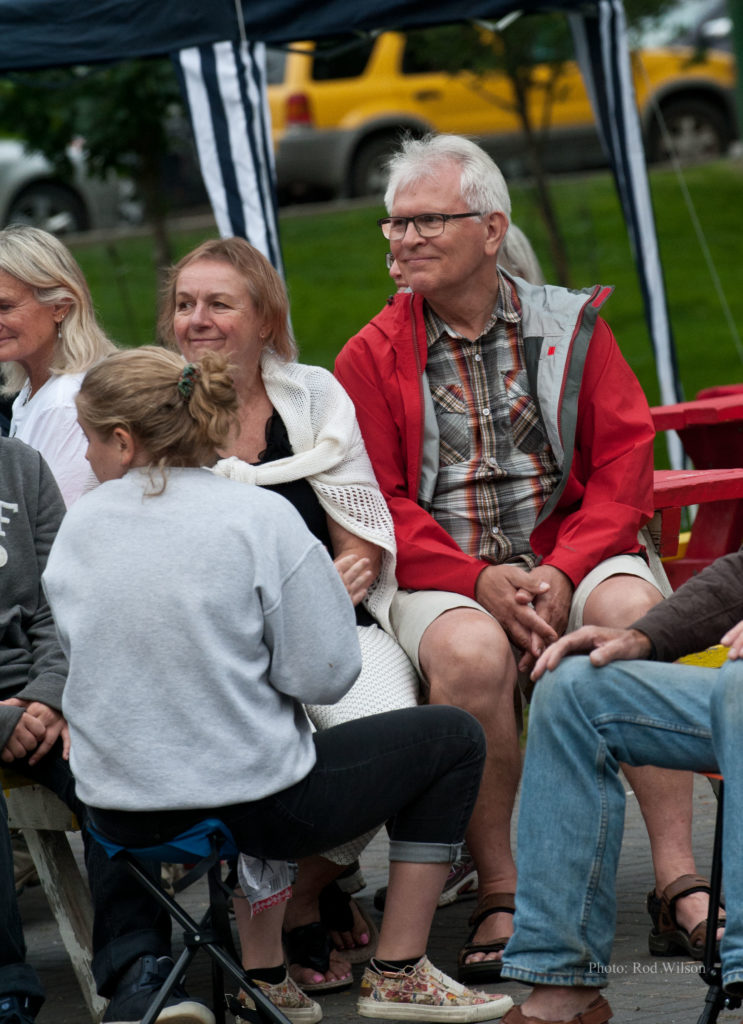
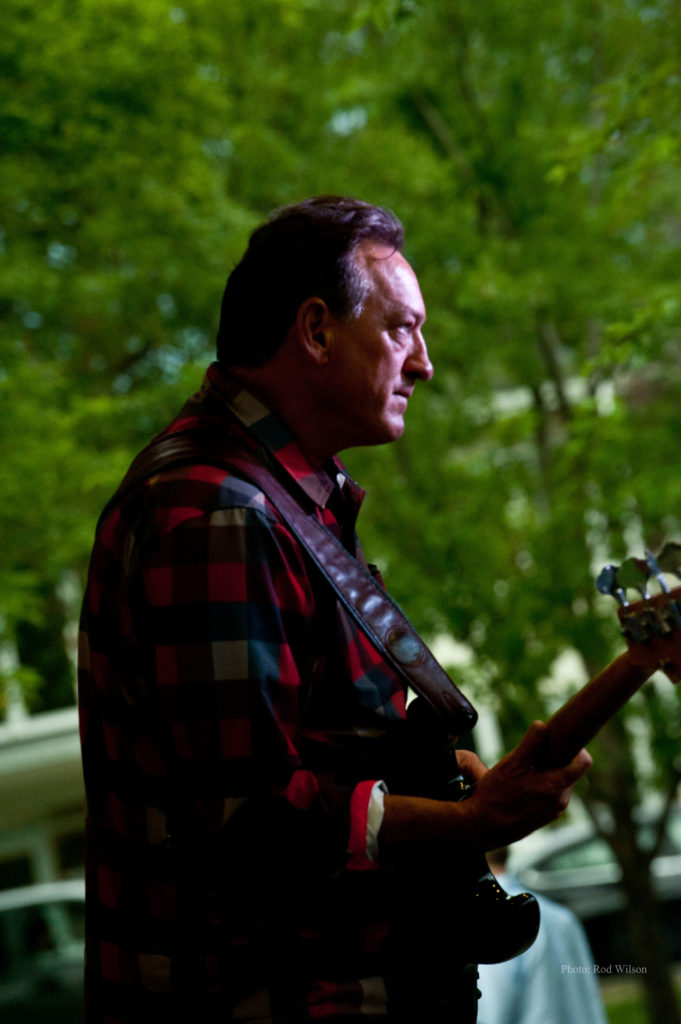
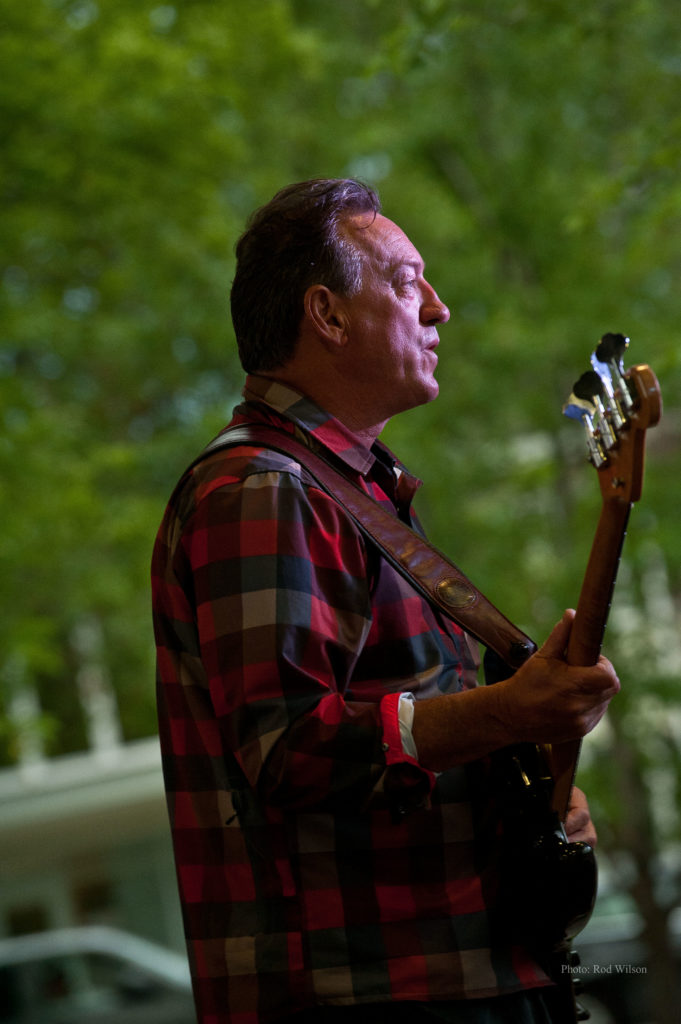
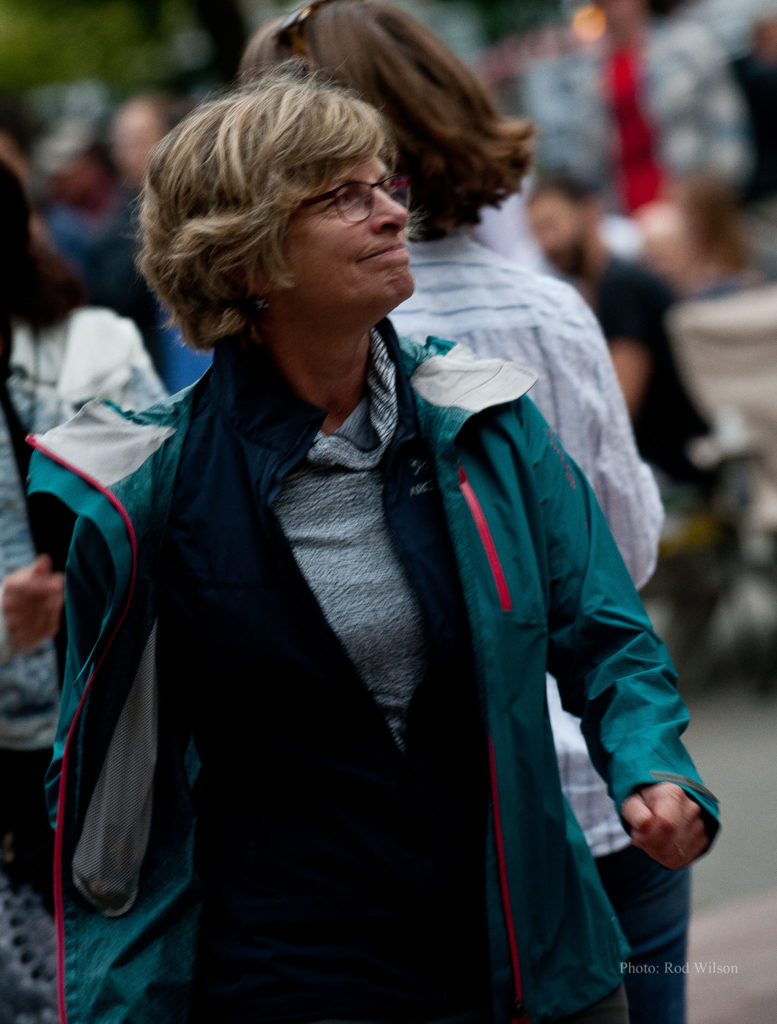
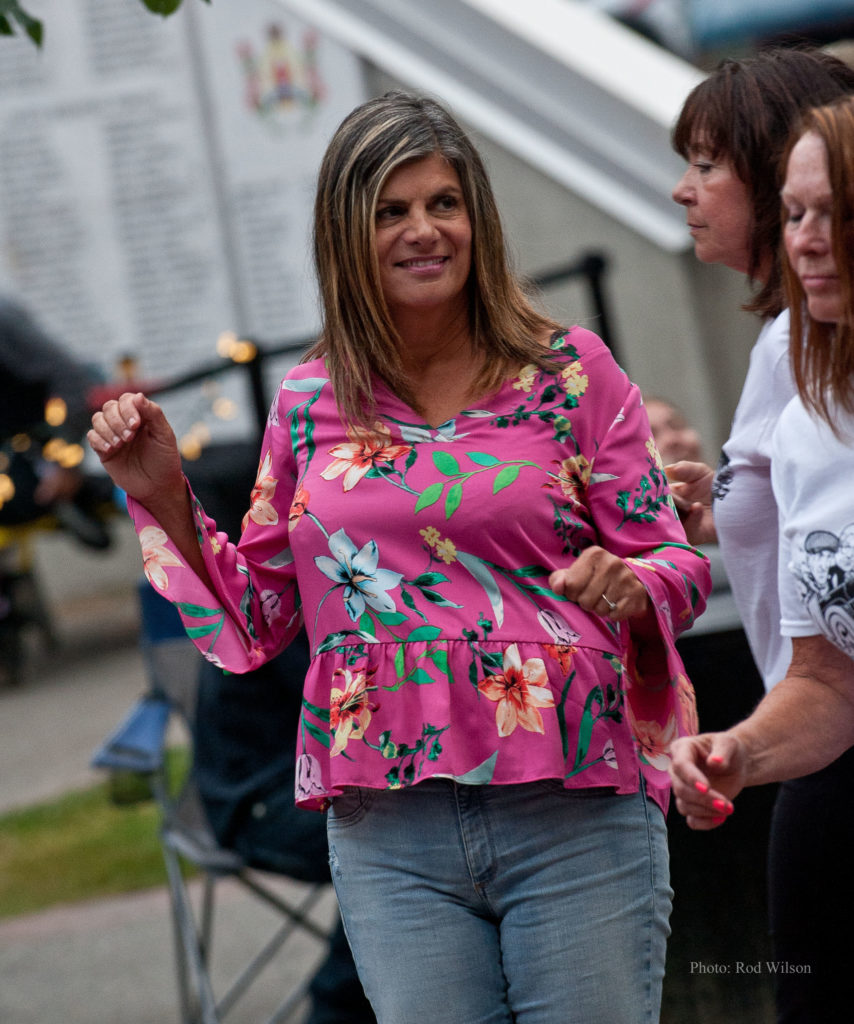
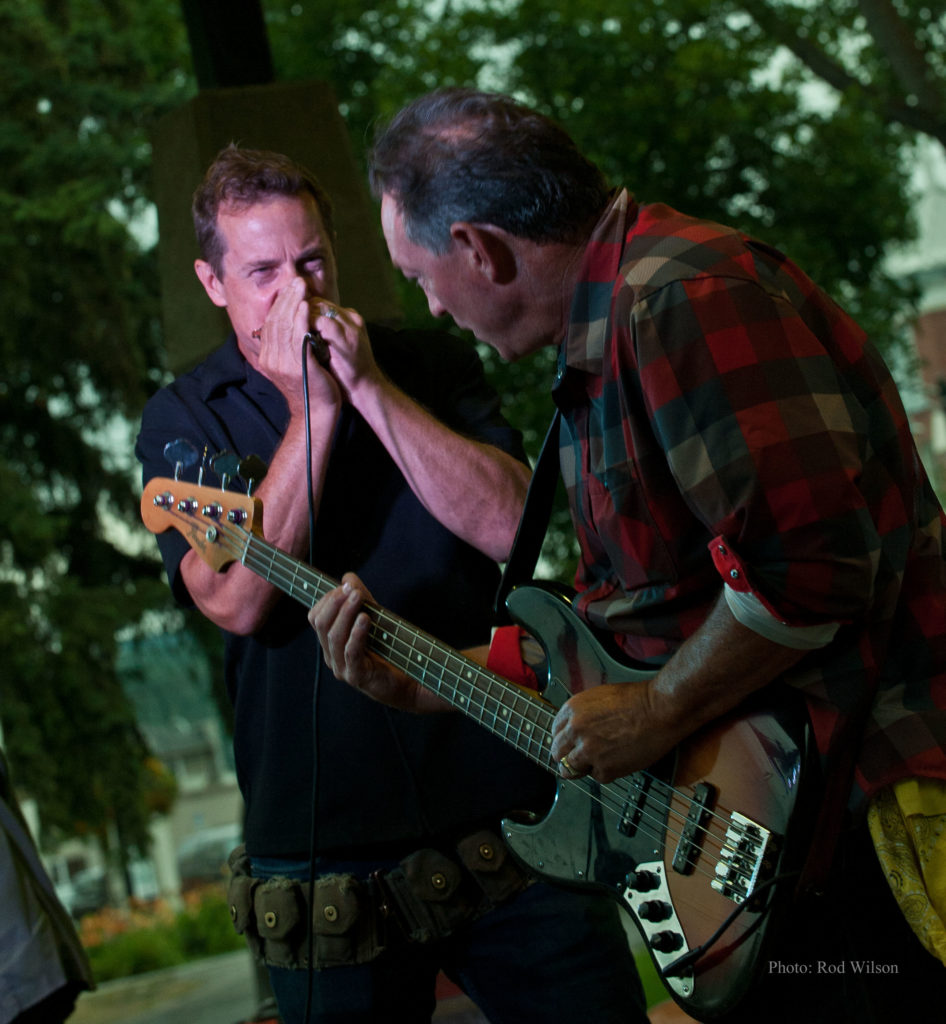
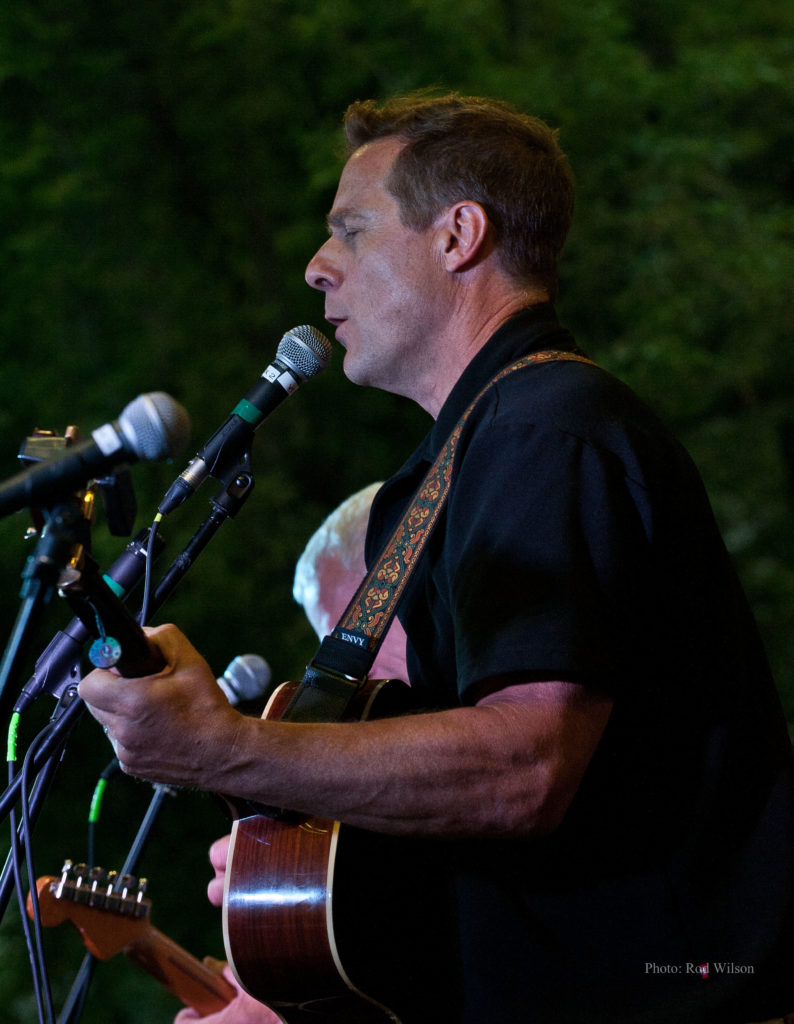
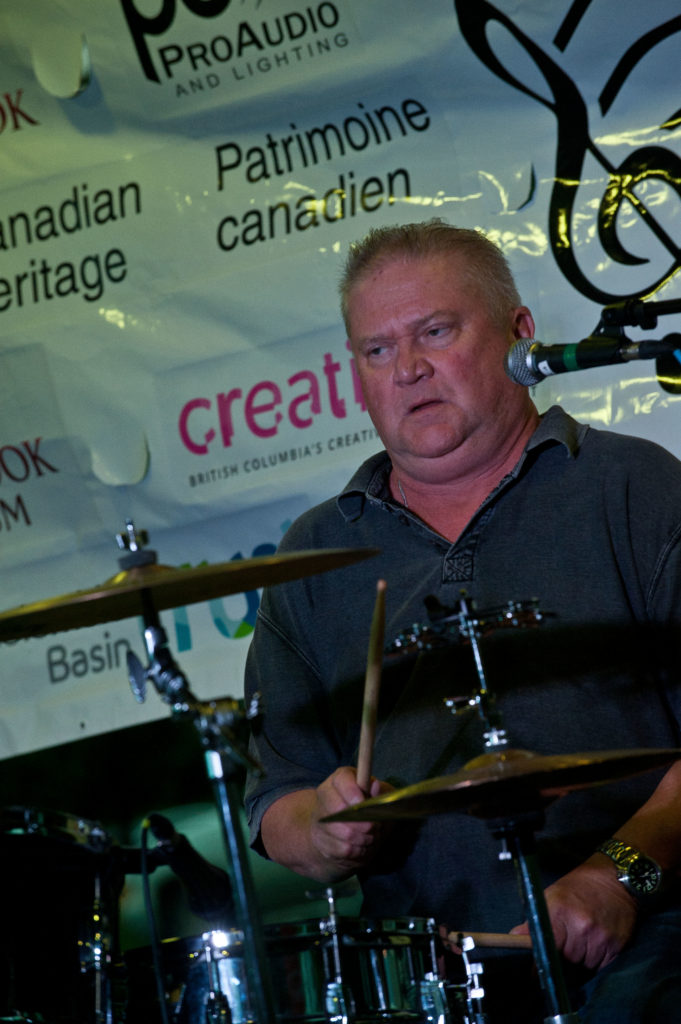
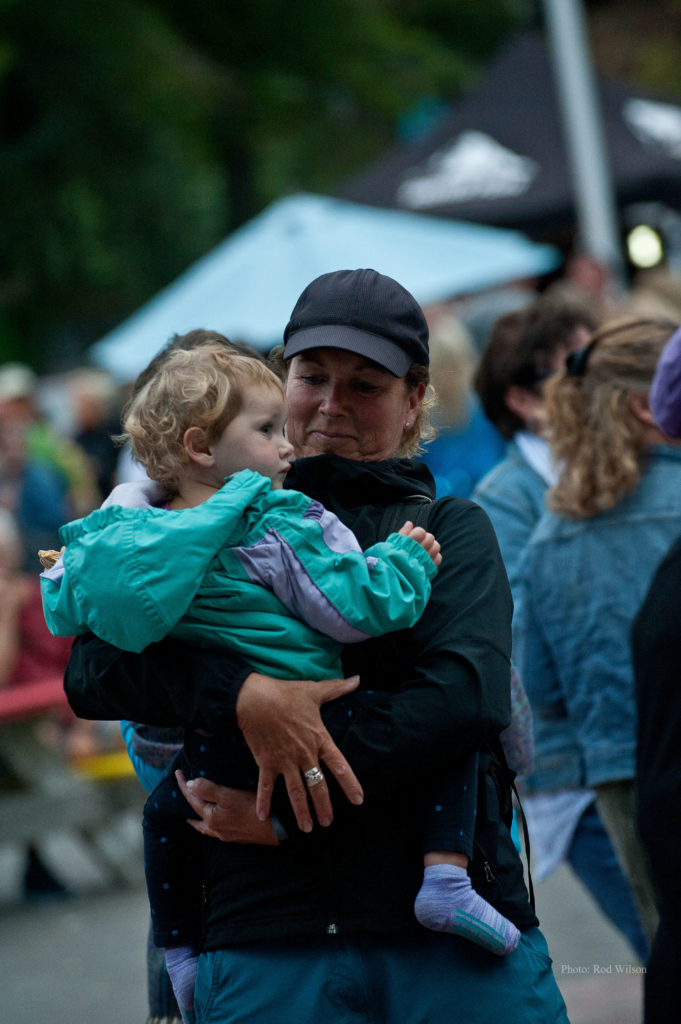
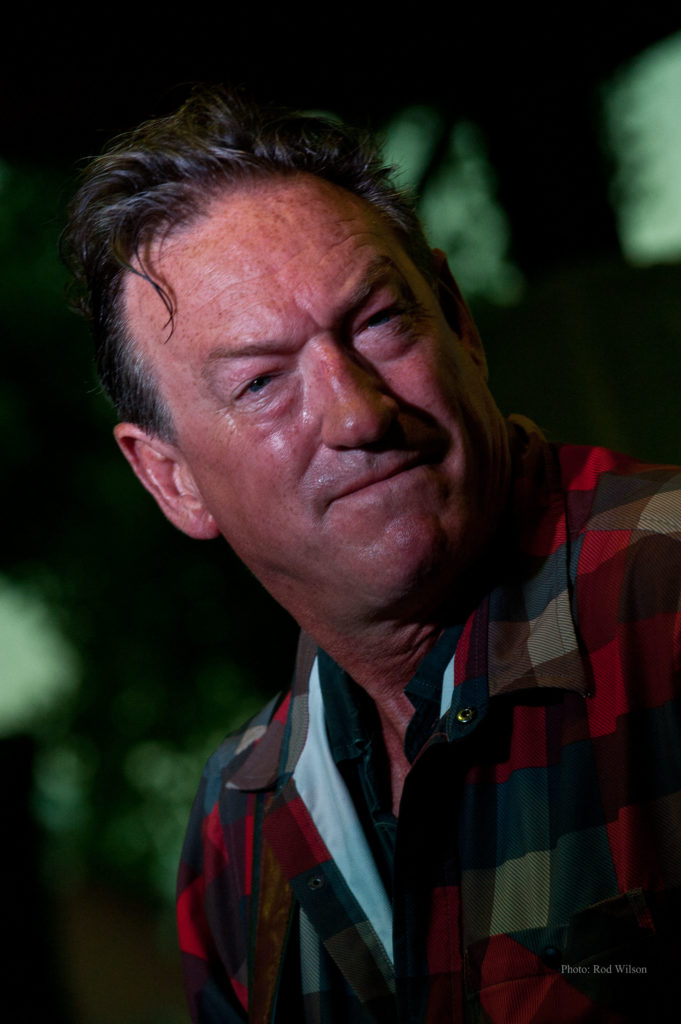
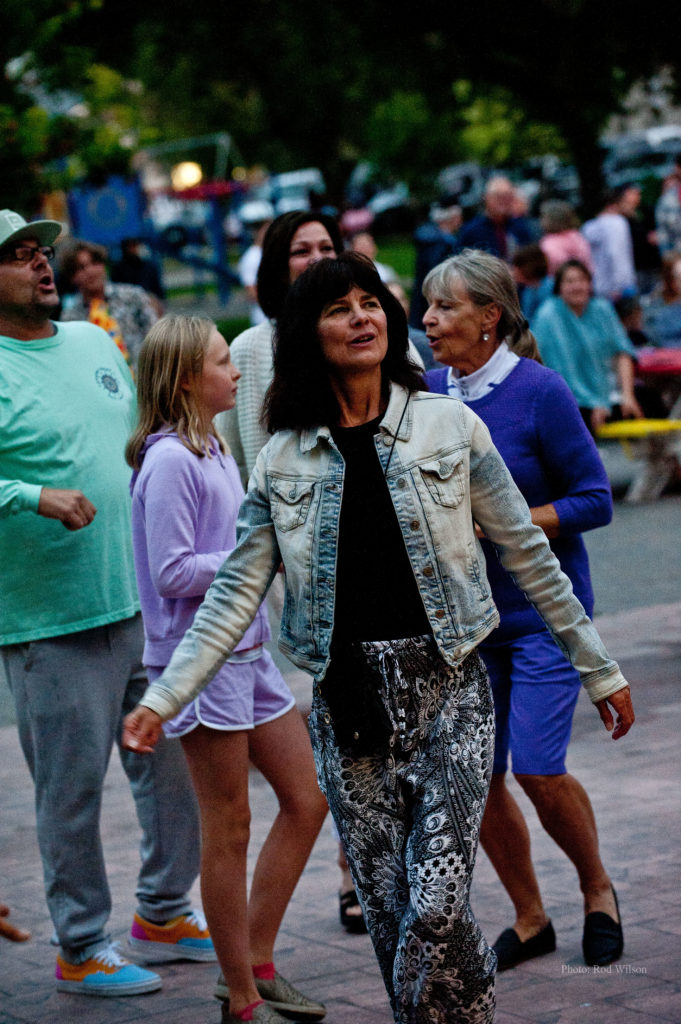
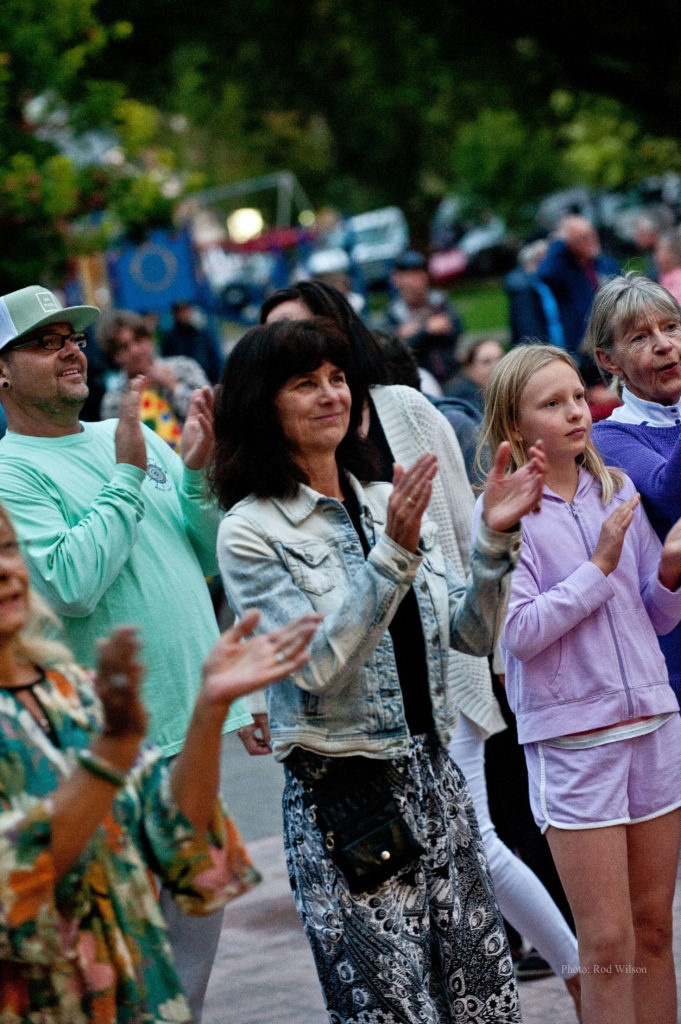
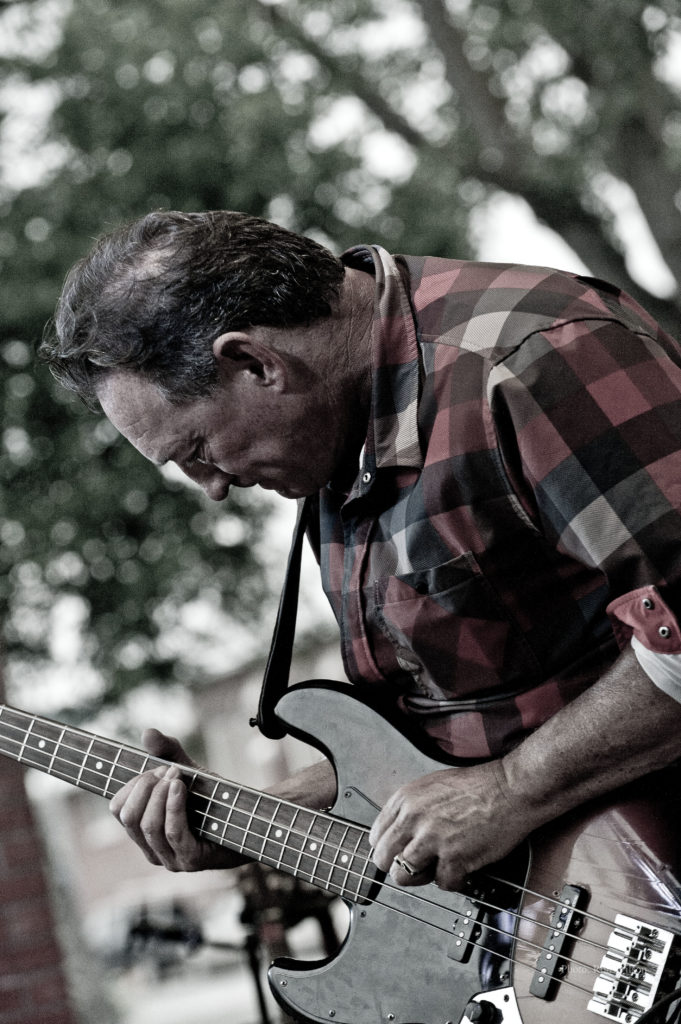
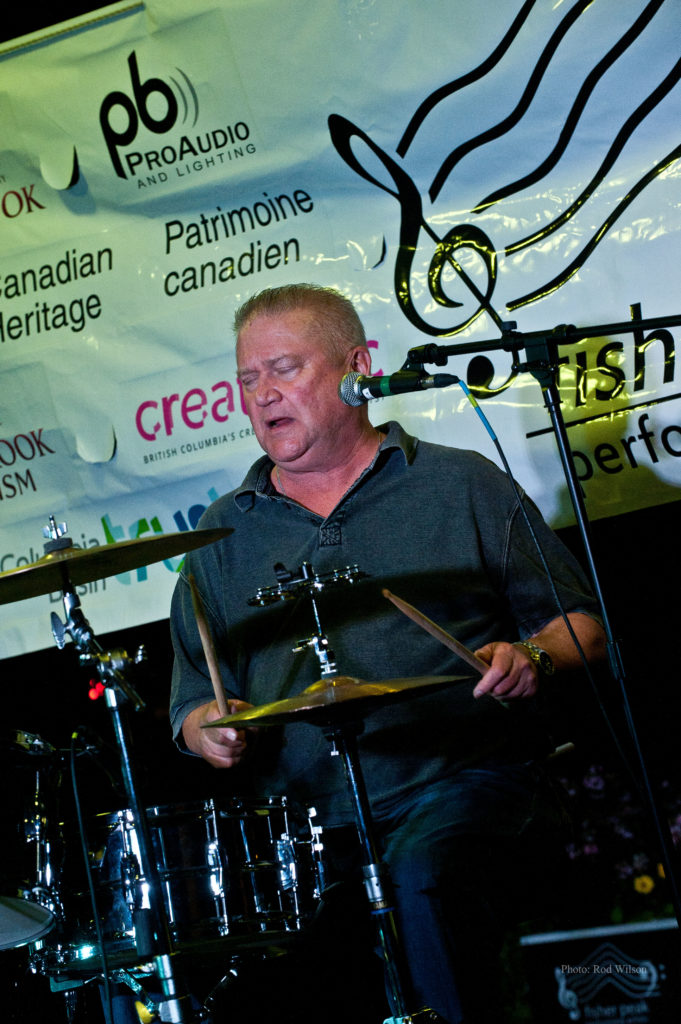
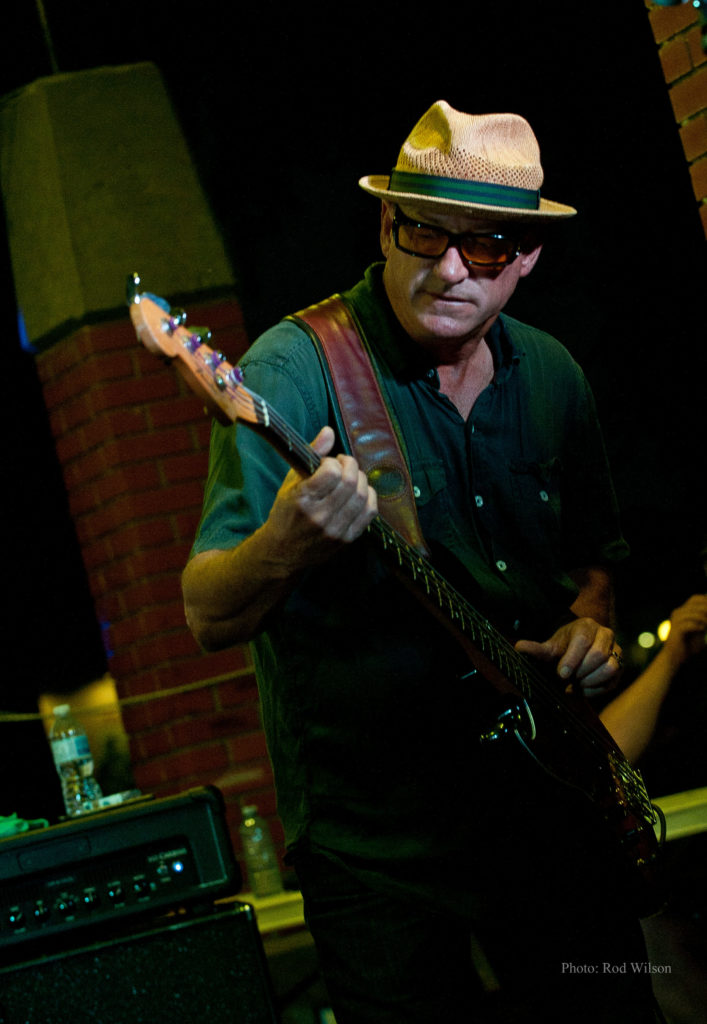
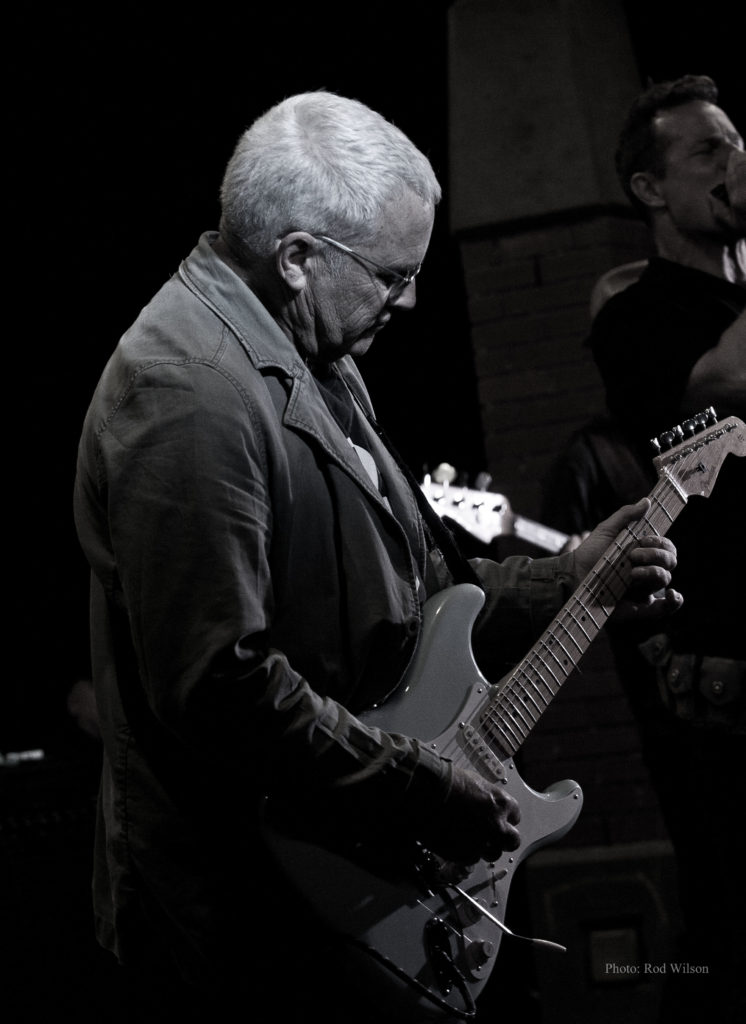
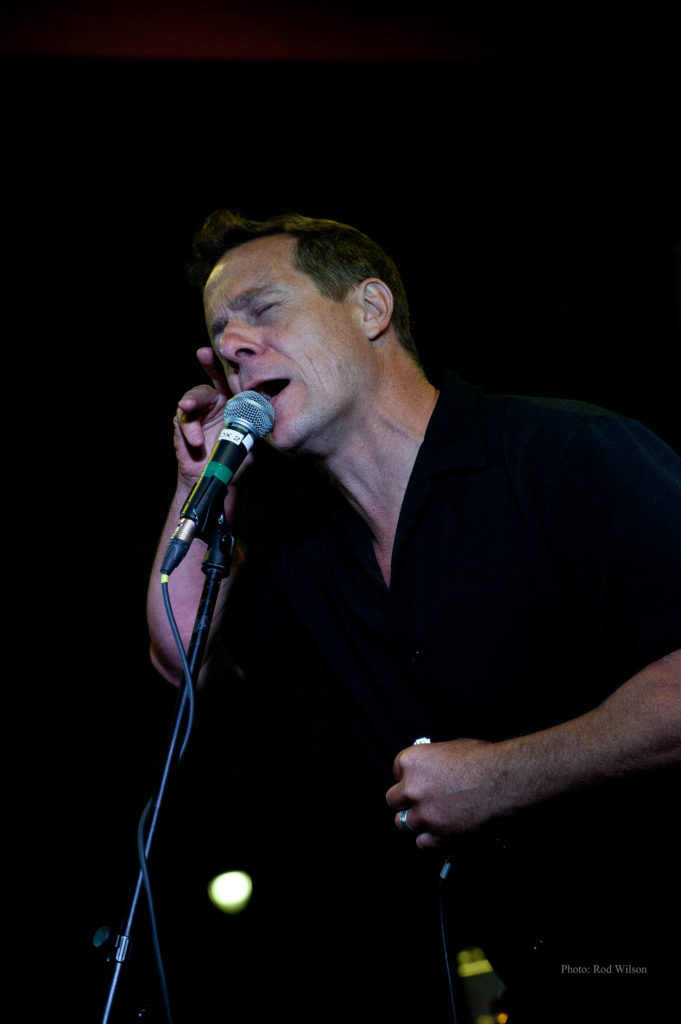
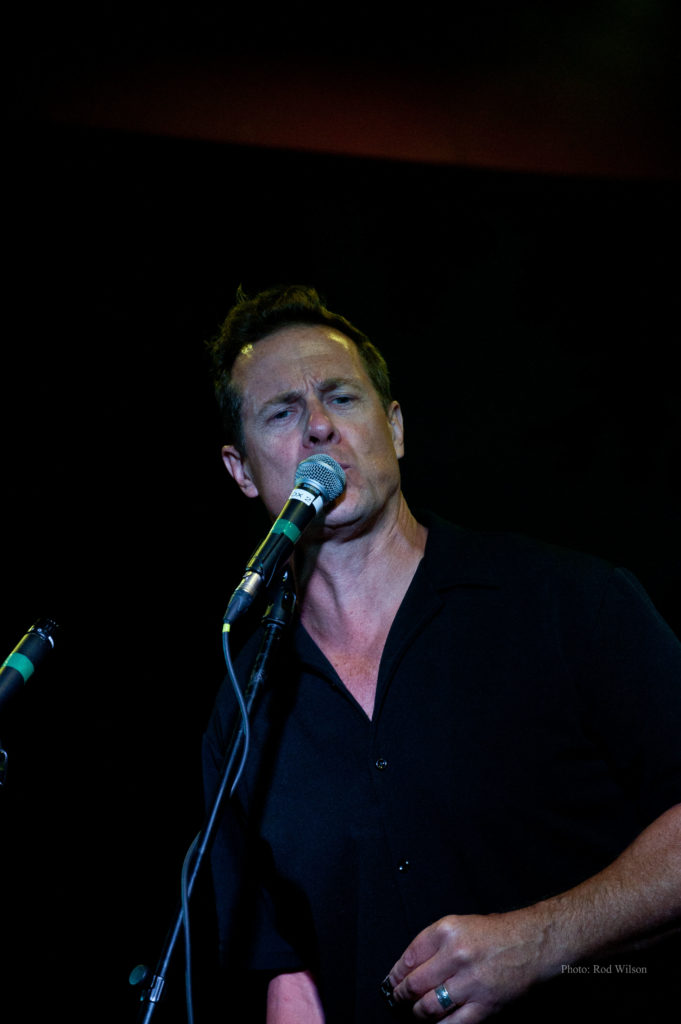
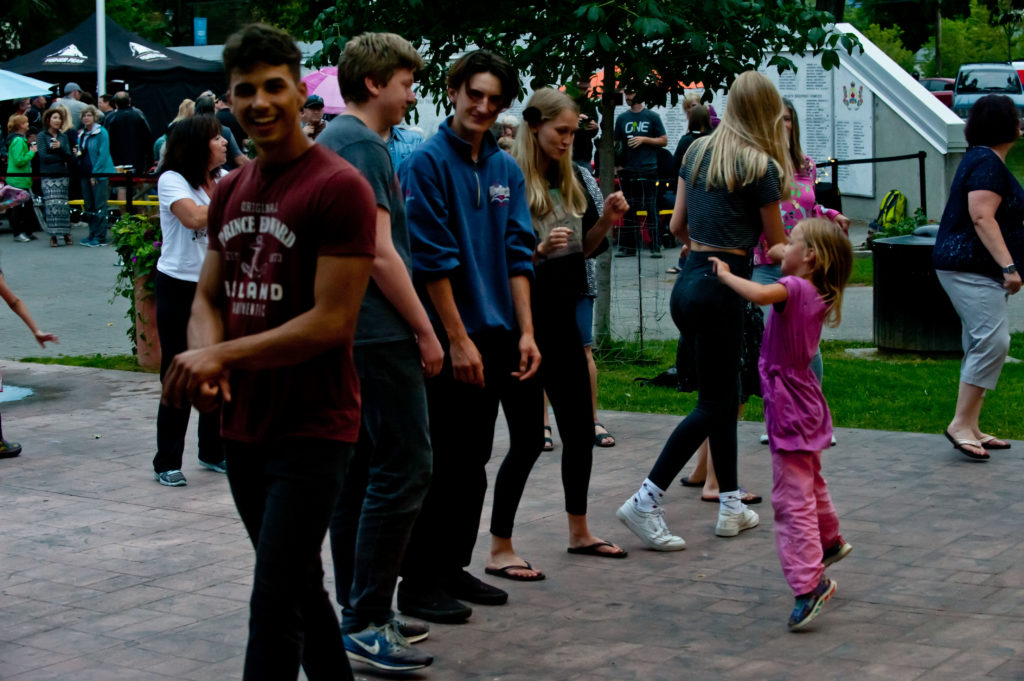
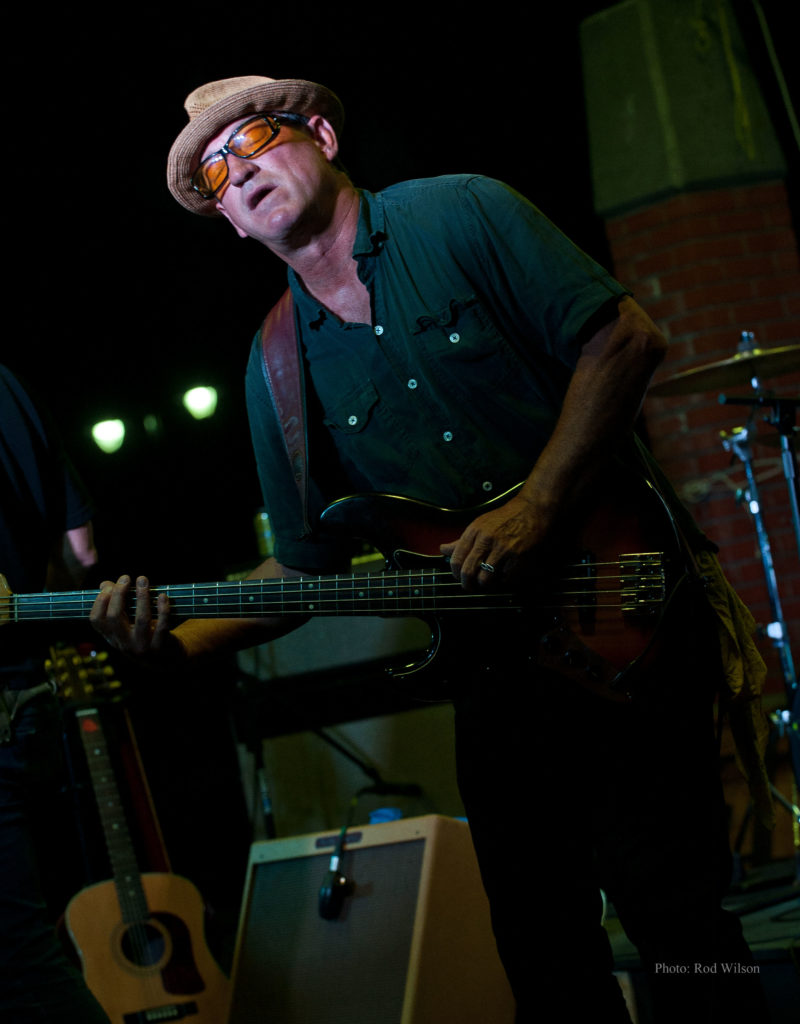
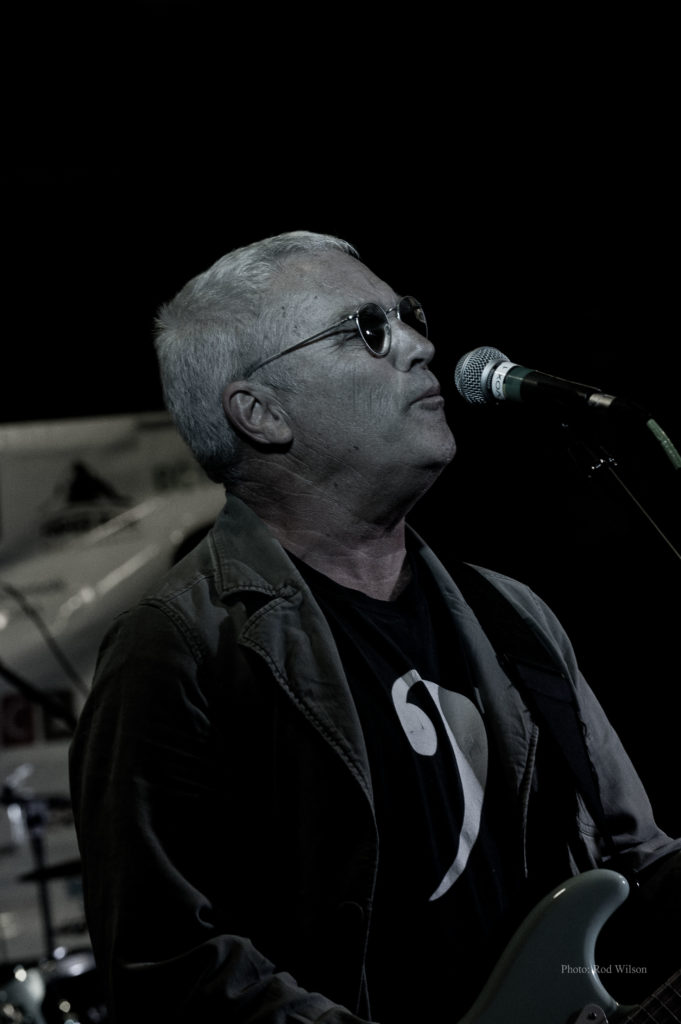
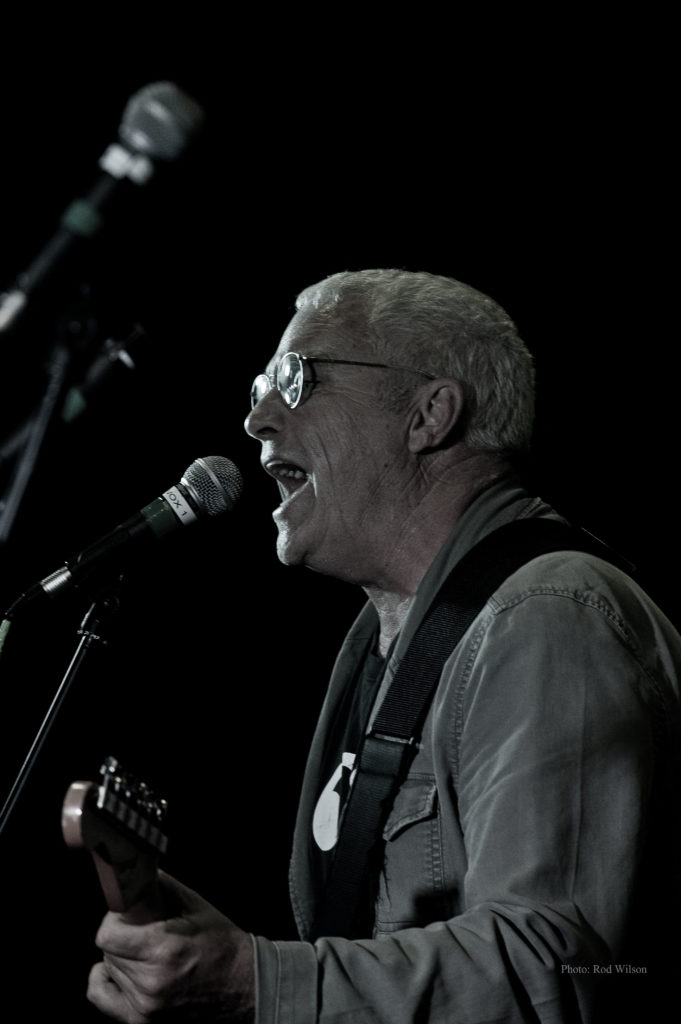
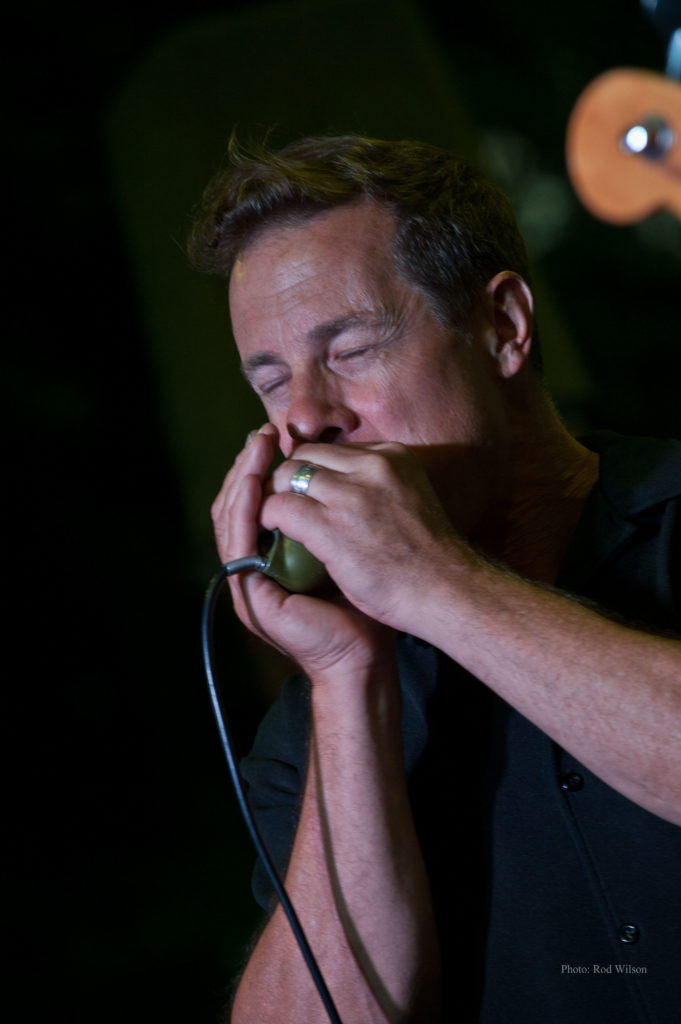
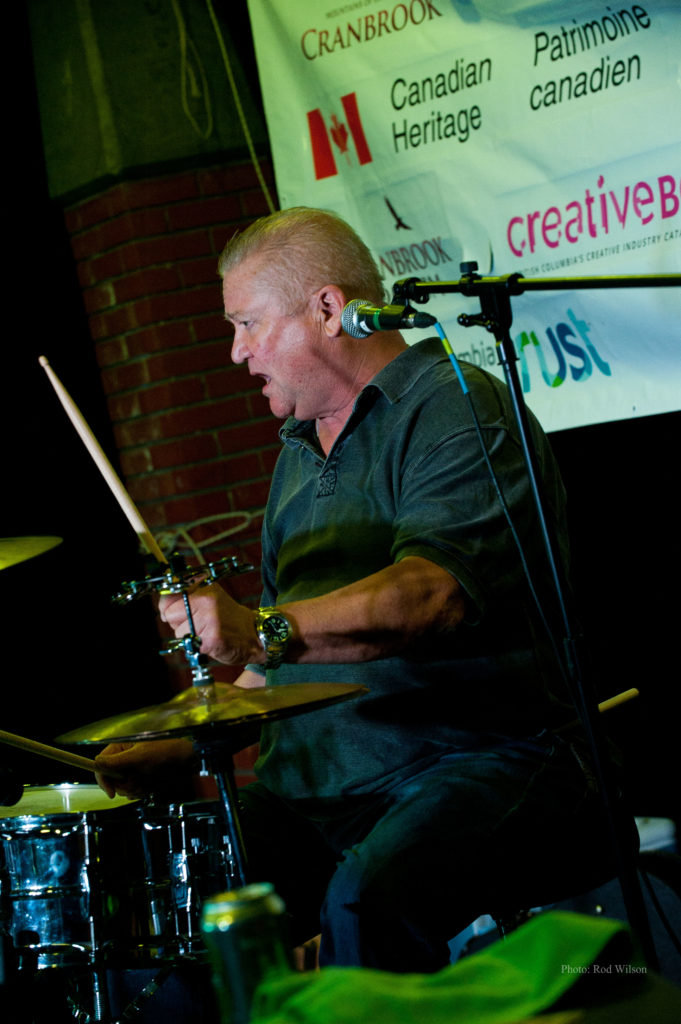
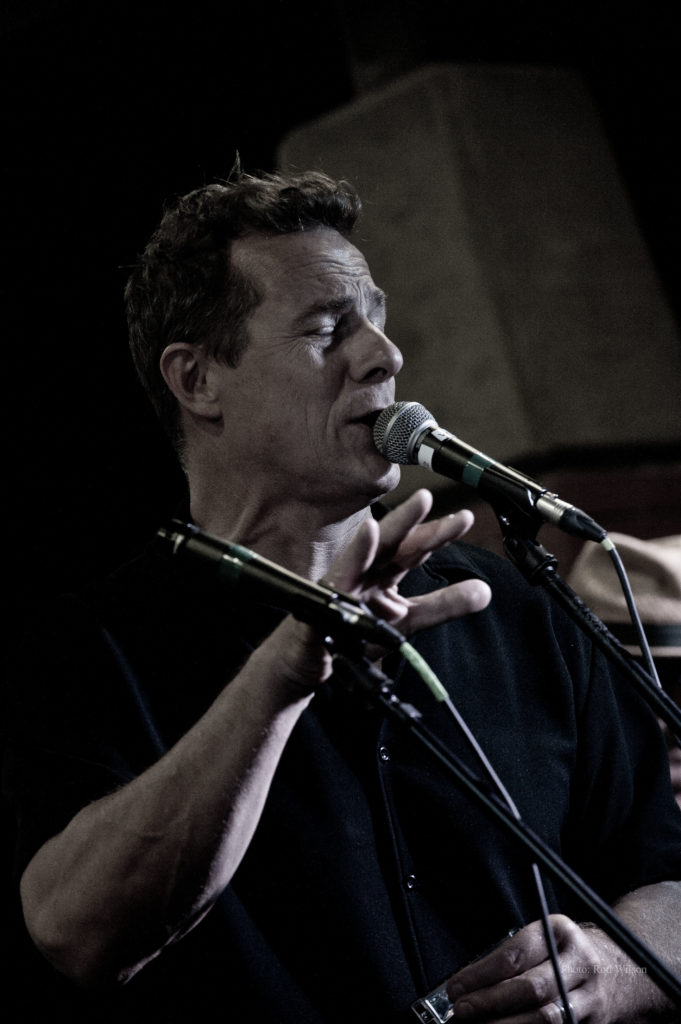
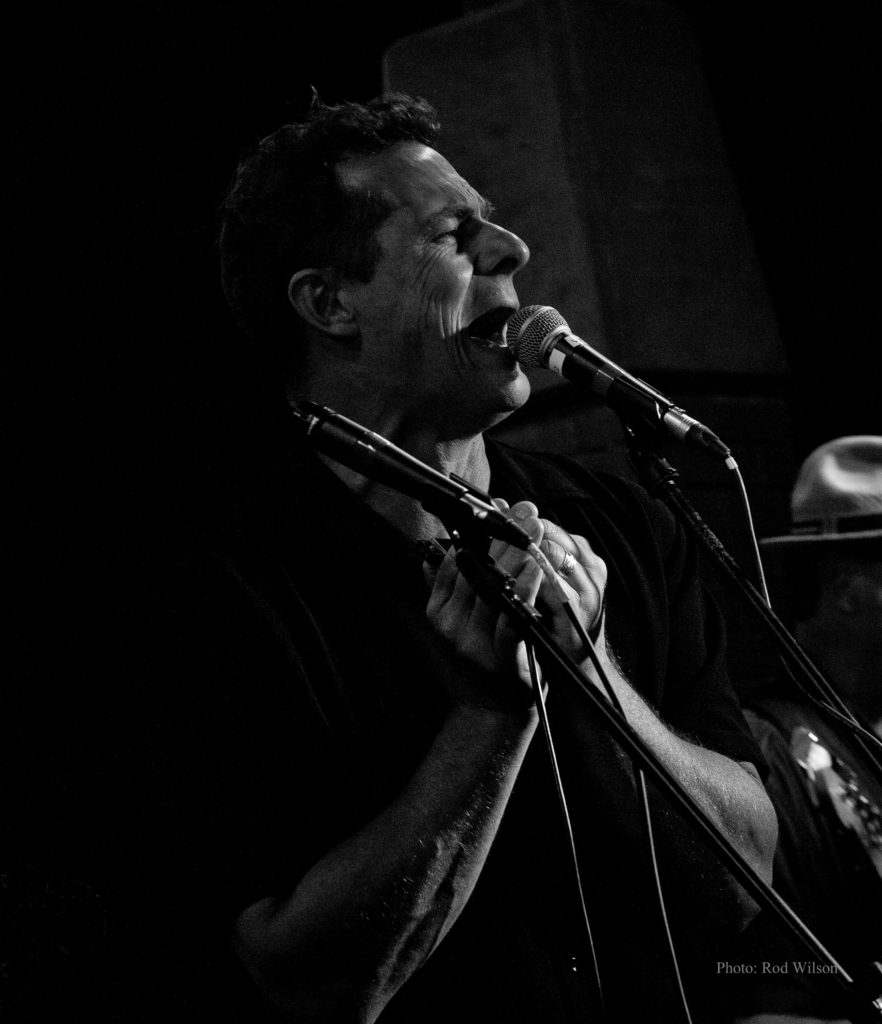
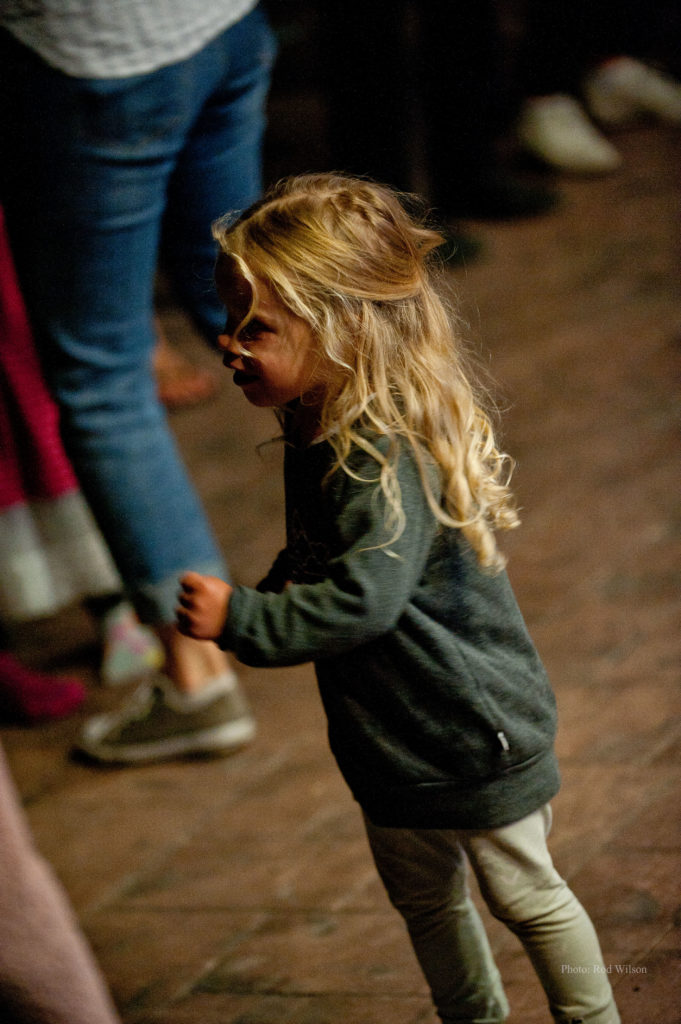 The SummerSounds program, organized by The Fisher Peak Performing Arts Society, has been running for a few years now and with each passing year the attendance has steadily grown from a handful to what must have been a several hundred very happy patrons on this particularly fine summer evening. The society, the volunteers and the many sponsors should be thanked for the considerable efforts that they put into presenting this continuing program of fine local musicians and musicians “from away”. On that note don’t forget the fine Argentinean keyboard player Gabriel Palatchi and his band who will be performing in the SummerSounds program on Saturday August 24, 2019. It promises to be an exceptional night of Funk, Jazz, Hispanic, Flamenco and New Tango with lots of dancing in the park. I have seen and heard Gabriel a number of times over the past 3-5 years and his music should not be missed.
The SummerSounds program, organized by The Fisher Peak Performing Arts Society, has been running for a few years now and with each passing year the attendance has steadily grown from a handful to what must have been a several hundred very happy patrons on this particularly fine summer evening. The society, the volunteers and the many sponsors should be thanked for the considerable efforts that they put into presenting this continuing program of fine local musicians and musicians “from away”. On that note don’t forget the fine Argentinean keyboard player Gabriel Palatchi and his band who will be performing in the SummerSounds program on Saturday August 24, 2019. It promises to be an exceptional night of Funk, Jazz, Hispanic, Flamenco and New Tango with lots of dancing in the park. I have seen and heard Gabriel a number of times over the past 3-5 years and his music should not be missed.
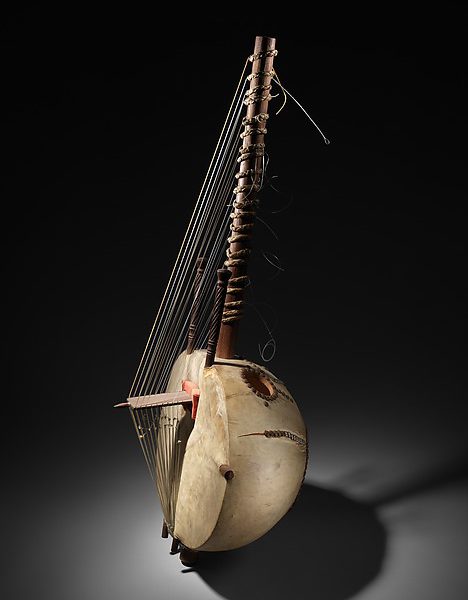 notched double free-standing bridge. It doesn’t fit into any one category of musical instruments, but rather several, and must be classified as a “double-bridge-harp-lute”. The strings run in two divided ranks, making it a double harp. They do not end in a soundboard but are held in notches on a bridge, making it a bridge harp. They originate from a string arm or neck and cross a bridge directly supported by a resonating chamber, making it a lute too. The sound of a kora resembles that of a harp. The thumbs are used to pluck the strings while the remaining fingers hold the hand posts and secure the instrument.. The music utilizes polyrhythmic patterns in Ostinato Riffs (“Kumbengo”) and improvised solo runs (“Birimintingo”) that are played at the same time by skilled players.” – Wikipedia
notched double free-standing bridge. It doesn’t fit into any one category of musical instruments, but rather several, and must be classified as a “double-bridge-harp-lute”. The strings run in two divided ranks, making it a double harp. They do not end in a soundboard but are held in notches on a bridge, making it a bridge harp. They originate from a string arm or neck and cross a bridge directly supported by a resonating chamber, making it a lute too. The sound of a kora resembles that of a harp. The thumbs are used to pluck the strings while the remaining fingers hold the hand posts and secure the instrument.. The music utilizes polyrhythmic patterns in Ostinato Riffs (“Kumbengo”) and improvised solo runs (“Birimintingo”) that are played at the same time by skilled players.” – Wikipedia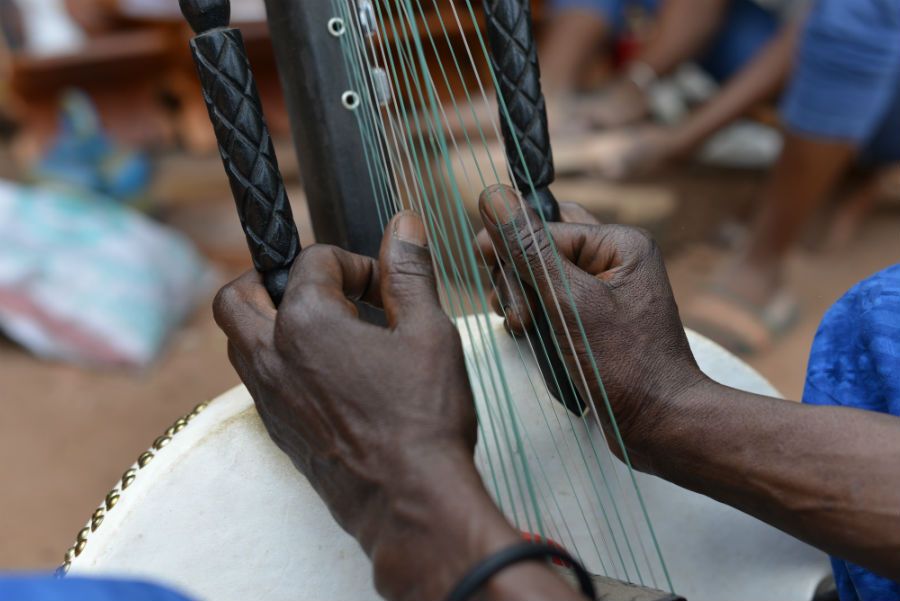


































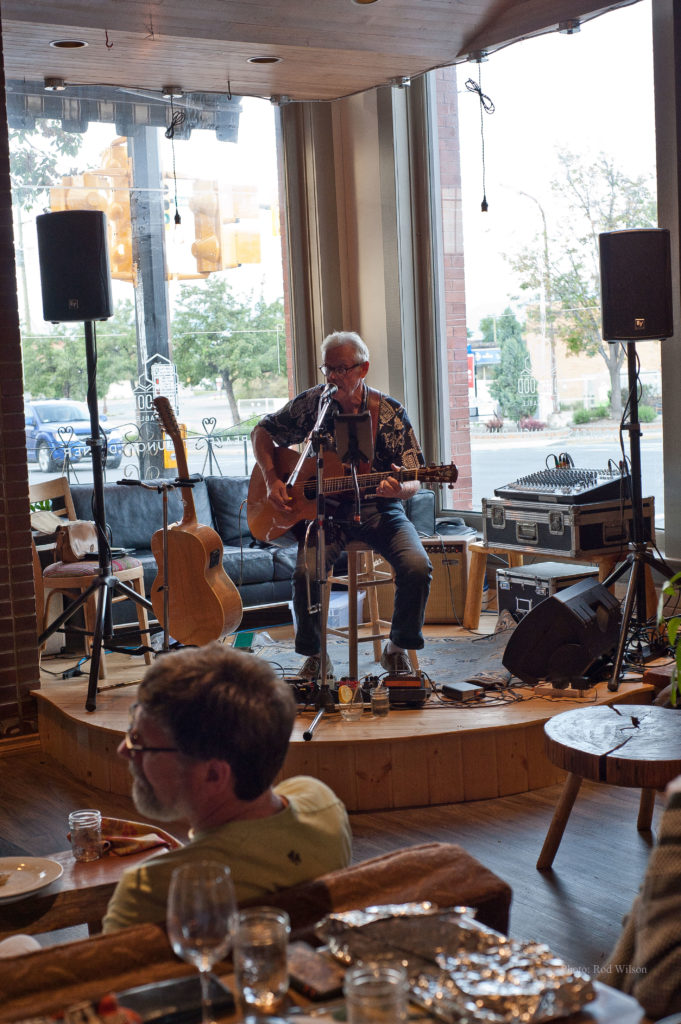 Mount Baker Hotel on Baker Street in Cranbrook. The manager is a keen supporter of live music and on most Thursday evenings (6-9pm) there are live musical events. A favorite event is the open mic hosted by Keith Larsen every first Thursday of the month. Recently (Thursday, June 20th, 2019), Lonesome Jim (aka James Neve) performed two sets featuring his vocals accompanied by his stellar acoustic 6 string and 12 guitar pickings.Never one to stand still for too long he was sporting his new and improved persona. The “Willie Nelson” pony tail was gone and has been replaced by a new taunt, trim back and sides hairstyle. The looks may change but the performance, as always, was stellar. Here are couple of photos of the new Lonesome Jim.
Mount Baker Hotel on Baker Street in Cranbrook. The manager is a keen supporter of live music and on most Thursday evenings (6-9pm) there are live musical events. A favorite event is the open mic hosted by Keith Larsen every first Thursday of the month. Recently (Thursday, June 20th, 2019), Lonesome Jim (aka James Neve) performed two sets featuring his vocals accompanied by his stellar acoustic 6 string and 12 guitar pickings.Never one to stand still for too long he was sporting his new and improved persona. The “Willie Nelson” pony tail was gone and has been replaced by a new taunt, trim back and sides hairstyle. The looks may change but the performance, as always, was stellar. Here are couple of photos of the new Lonesome Jim.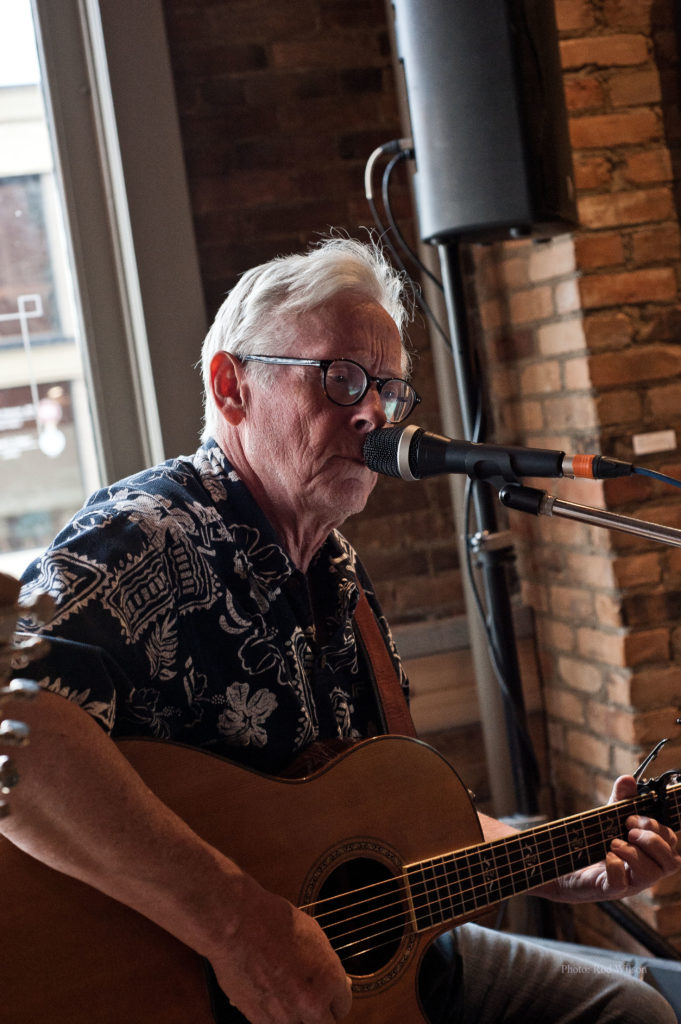
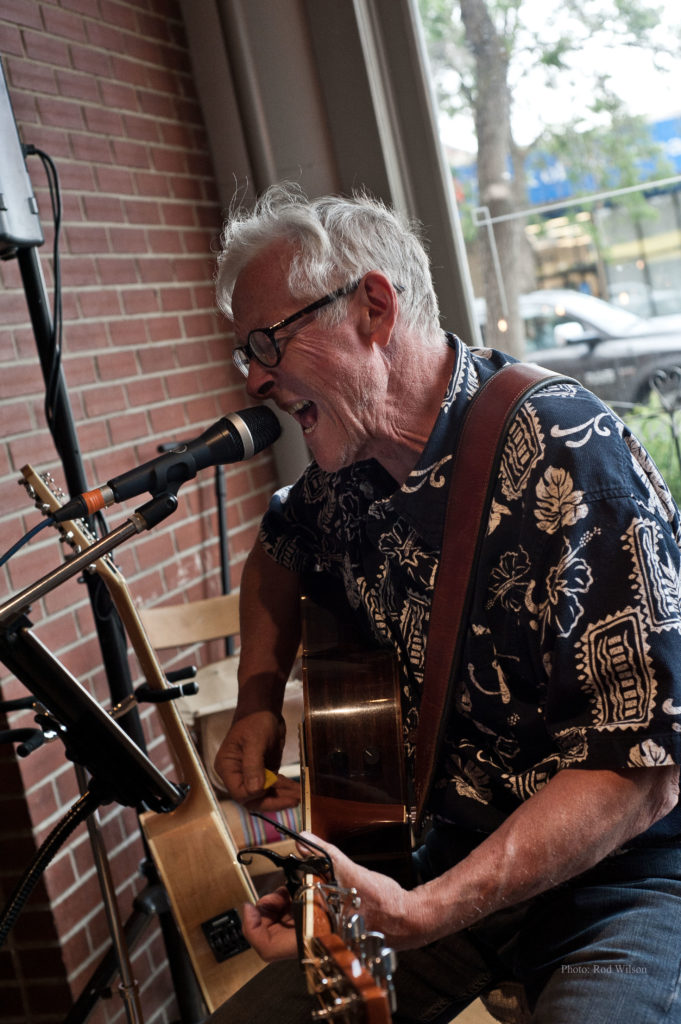
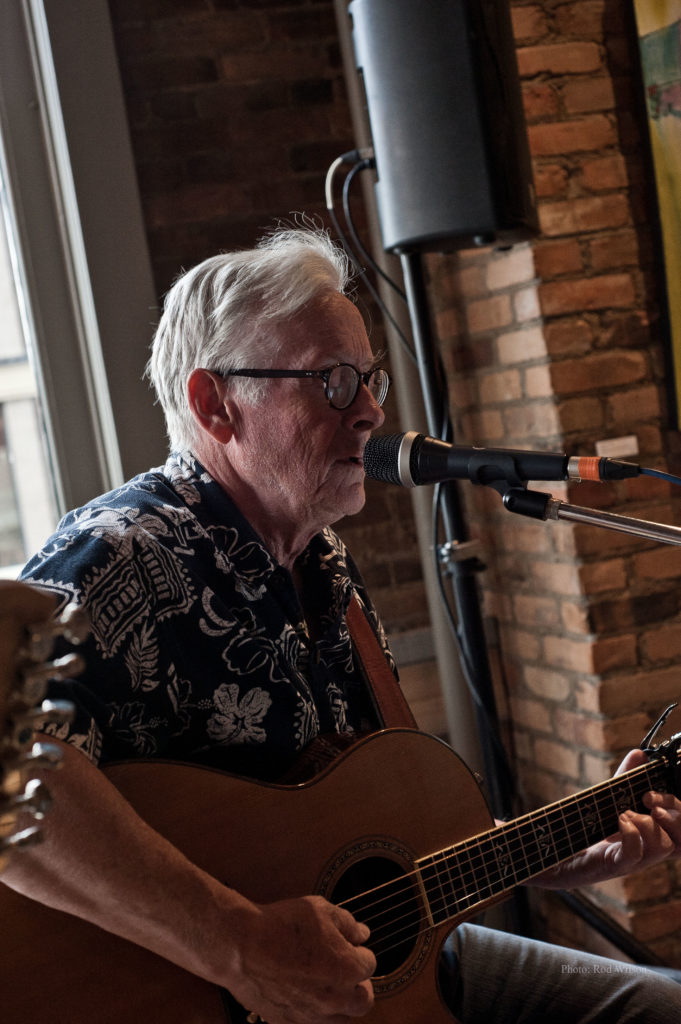
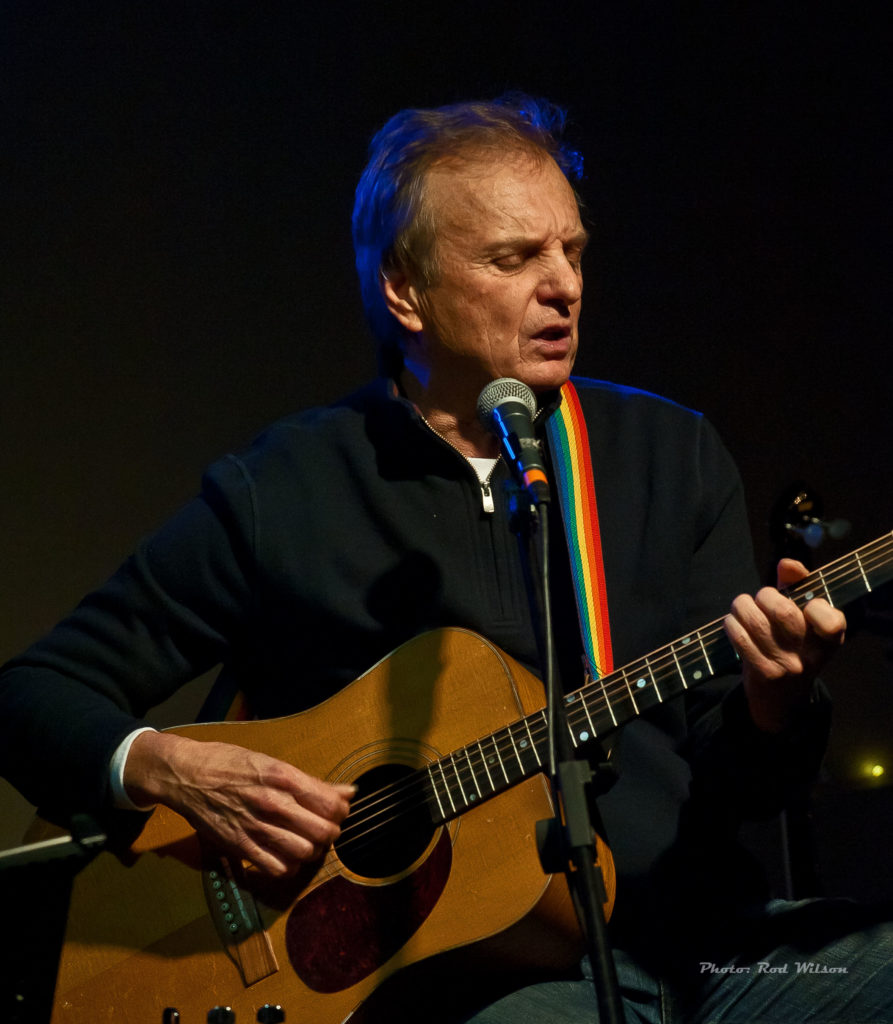 This is a rare treat. An opportunity to spread the word about an exceptional local talent. Douglas Francis Mitchell is an East Kootenay singer song writer with, to my knowledge, well over a hundred songs in his repertoire. There are new songs rolling off his counter top each day. He is a topical song writer with a great belief in the need for artists to dip into what they know best. That is, the personal experiences, the work environments, and the relationships in the world that surrounds us. He does not write “moon, June, spoon” songs of youthful love and loss. He does not write “hurtin’ songs”. Nor does he write songs full of youthful angst. That sentiment is long gone and there is much more weighty and comedic material around to feed his creative impulses. What he does write are clear and honest songs about events and personalities that inhabit our world. One of his most recent efforts is Better get Used to It. This came about in response to the devastating fires of last summer. The sentiment is basically one of “It doesn’t matter which way you vote, Climate Change is no joke”. The song was recorded at James Neves’s studio out at Wycliffe. Doug sings and plays guitar, Rod Wilson provides the percussion and the sound effects. The fiddle playing and back up vocals are by Ally Blake. Murray Hayward created the video……
This is a rare treat. An opportunity to spread the word about an exceptional local talent. Douglas Francis Mitchell is an East Kootenay singer song writer with, to my knowledge, well over a hundred songs in his repertoire. There are new songs rolling off his counter top each day. He is a topical song writer with a great belief in the need for artists to dip into what they know best. That is, the personal experiences, the work environments, and the relationships in the world that surrounds us. He does not write “moon, June, spoon” songs of youthful love and loss. He does not write “hurtin’ songs”. Nor does he write songs full of youthful angst. That sentiment is long gone and there is much more weighty and comedic material around to feed his creative impulses. What he does write are clear and honest songs about events and personalities that inhabit our world. One of his most recent efforts is Better get Used to It. This came about in response to the devastating fires of last summer. The sentiment is basically one of “It doesn’t matter which way you vote, Climate Change is no joke”. The song was recorded at James Neves’s studio out at Wycliffe. Doug sings and plays guitar, Rod Wilson provides the percussion and the sound effects. The fiddle playing and back up vocals are by Ally Blake. Murray Hayward created the video……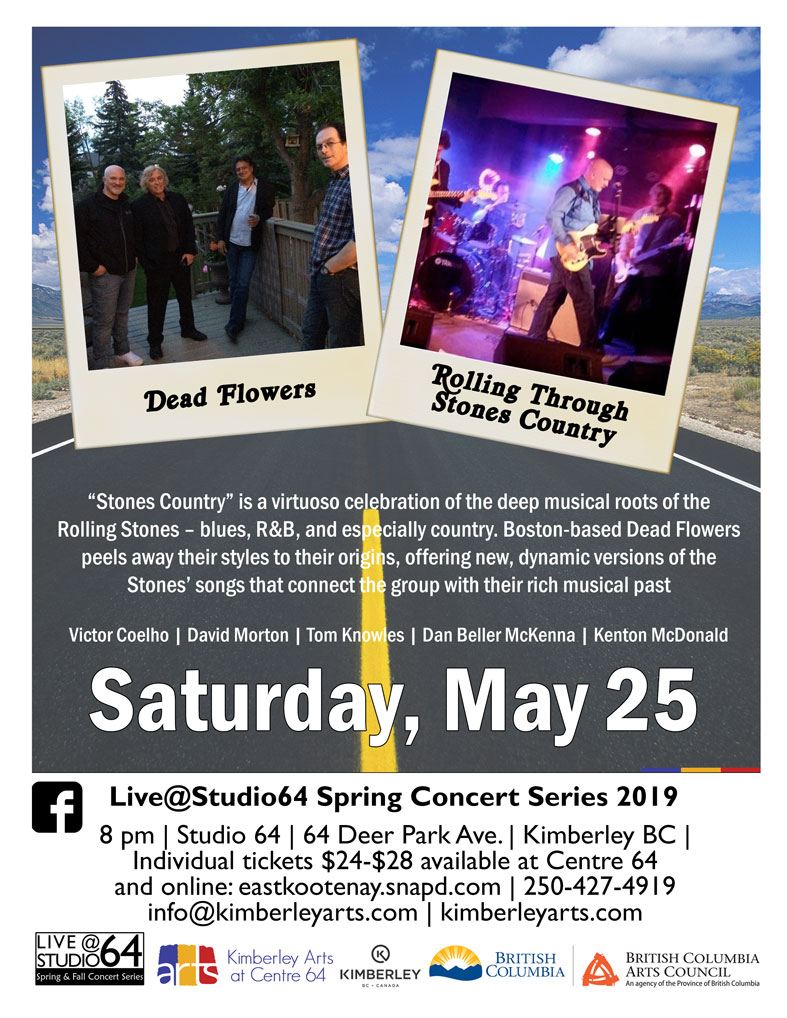
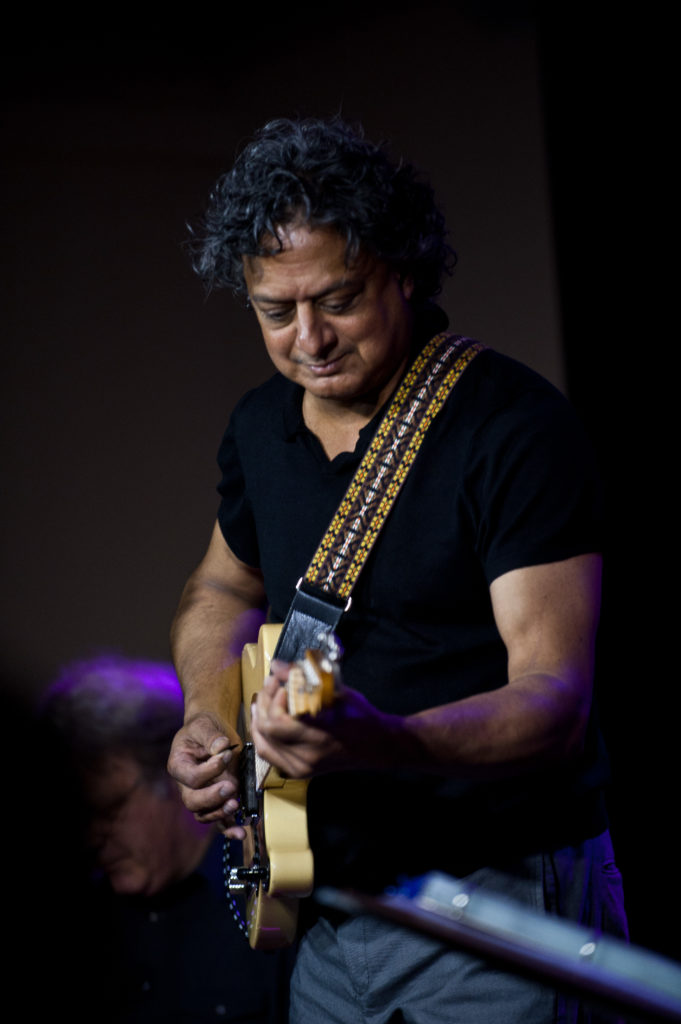 band Dead Flowers can trace his family connections all the way back over that route. One must applaud the dedication of the two “Right Coast” Boston musicians who came all the way to Kimberley to perform at the Jazz and Blues Spring Concert Series. The pedal steel guitarist Dan Beller-McKenna Victor left his home back East to catch the early flight from Boston to land in Calgary at two in the afternoon. There was time to hook up with Victor and a cadre
band Dead Flowers can trace his family connections all the way back over that route. One must applaud the dedication of the two “Right Coast” Boston musicians who came all the way to Kimberley to perform at the Jazz and Blues Spring Concert Series. The pedal steel guitarist Dan Beller-McKenna Victor left his home back East to catch the early flight from Boston to land in Calgary at two in the afternoon. There was time to hook up with Victor and a cadre 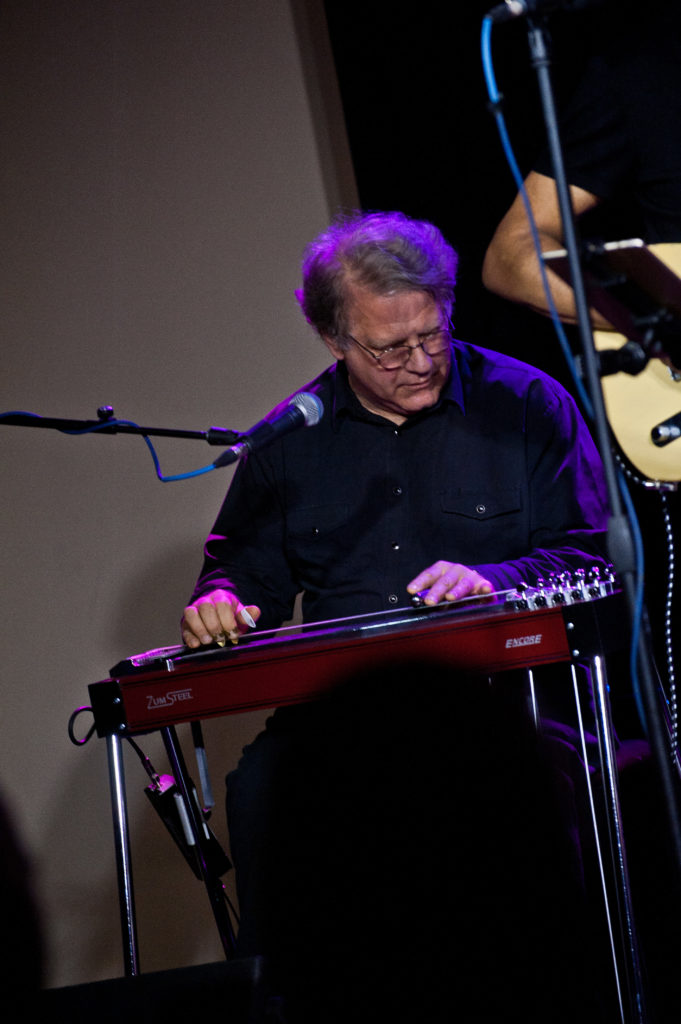 of Calgary musicians to play an engagement that night. For Saturday it was the drive down to Kimberley for the concert then on Sunday the drive back to Calgary to catch another flight back to Boston in time for the working week. That’s what I call dedication to one’s art. For the Kimberley concert the collective was called Dead Flowers and consisted of Victor Coelho (Guitar and Vocals), Dan Beller-McKenna on Pedal Steel Guitar; Tommy Knowles (Calgary) Bass Guitar; Dave Morton (Calgary) Guitars and Vocals; Kenton McDonald (Calgary) Drums. This was a solid Rock/Blues outfit and their excuse to perform in Kimberley was to go “Rolling Through Stones Country”. This was not a Tribute Band. There was no light show, no fog machine, no pyrotechnics, no prancing rock stars, just five musicians paying attention to what they were doing and to hell with the usual arena “show biz” stuff. For them it was just an opportunity to explore the repertoire and musical associations of the Rolling Stones. During the night there was some fine rock staples, such as Honky Tonk Woman, I’m a King Bee, Tom Petty’s Falling and the socially incorrect Good Morning Little School Girl (would anyone dare write lyrics like that in this day and age?). There was some Buck Owens Country music in the mix and, of course, the country music Classic Wild Horses. We sometimes forget that this song is an original by Mick Jagger and Keith Richards. You can’t accuse the Rolling Stones of being just a bunch of pretty faces. Here are some images from another fine concert at the Studio 64 in Kimberley.
of Calgary musicians to play an engagement that night. For Saturday it was the drive down to Kimberley for the concert then on Sunday the drive back to Calgary to catch another flight back to Boston in time for the working week. That’s what I call dedication to one’s art. For the Kimberley concert the collective was called Dead Flowers and consisted of Victor Coelho (Guitar and Vocals), Dan Beller-McKenna on Pedal Steel Guitar; Tommy Knowles (Calgary) Bass Guitar; Dave Morton (Calgary) Guitars and Vocals; Kenton McDonald (Calgary) Drums. This was a solid Rock/Blues outfit and their excuse to perform in Kimberley was to go “Rolling Through Stones Country”. This was not a Tribute Band. There was no light show, no fog machine, no pyrotechnics, no prancing rock stars, just five musicians paying attention to what they were doing and to hell with the usual arena “show biz” stuff. For them it was just an opportunity to explore the repertoire and musical associations of the Rolling Stones. During the night there was some fine rock staples, such as Honky Tonk Woman, I’m a King Bee, Tom Petty’s Falling and the socially incorrect Good Morning Little School Girl (would anyone dare write lyrics like that in this day and age?). There was some Buck Owens Country music in the mix and, of course, the country music Classic Wild Horses. We sometimes forget that this song is an original by Mick Jagger and Keith Richards. You can’t accuse the Rolling Stones of being just a bunch of pretty faces. Here are some images from another fine concert at the Studio 64 in Kimberley.